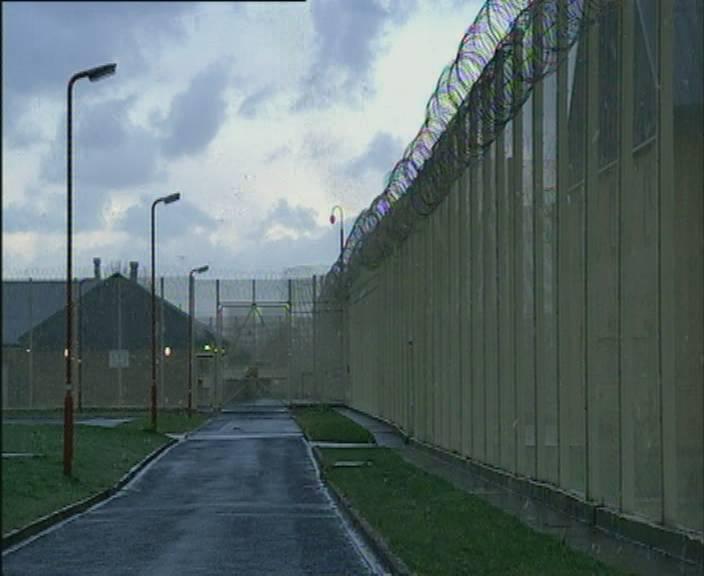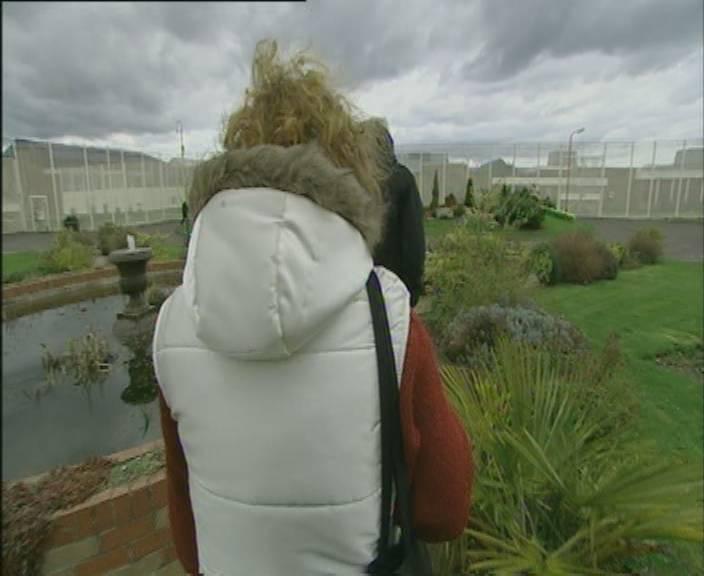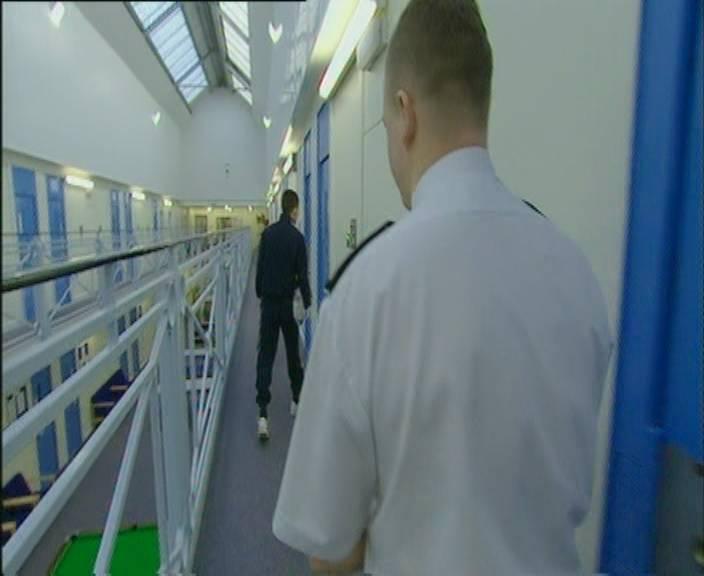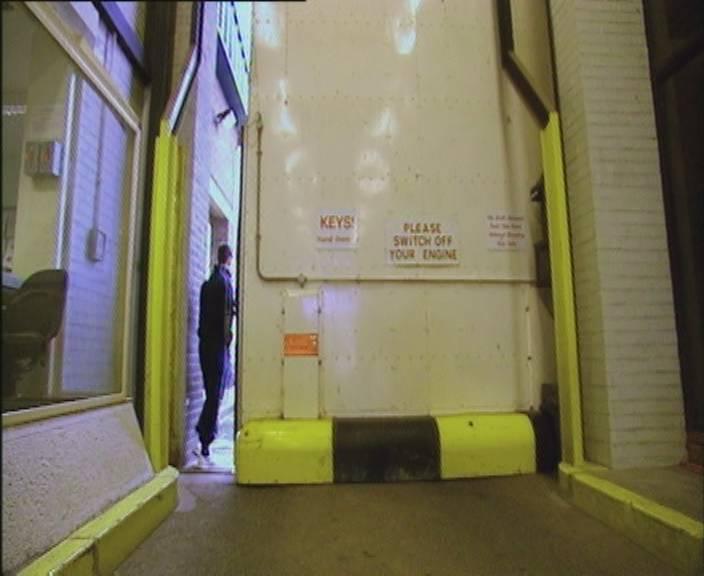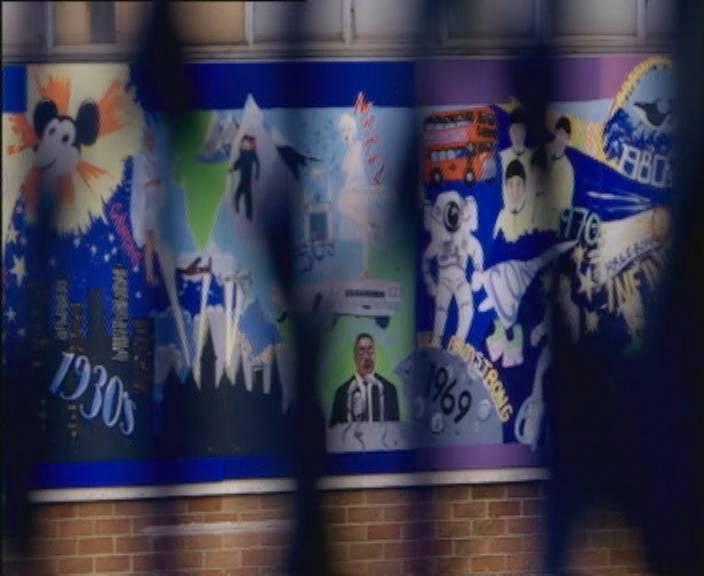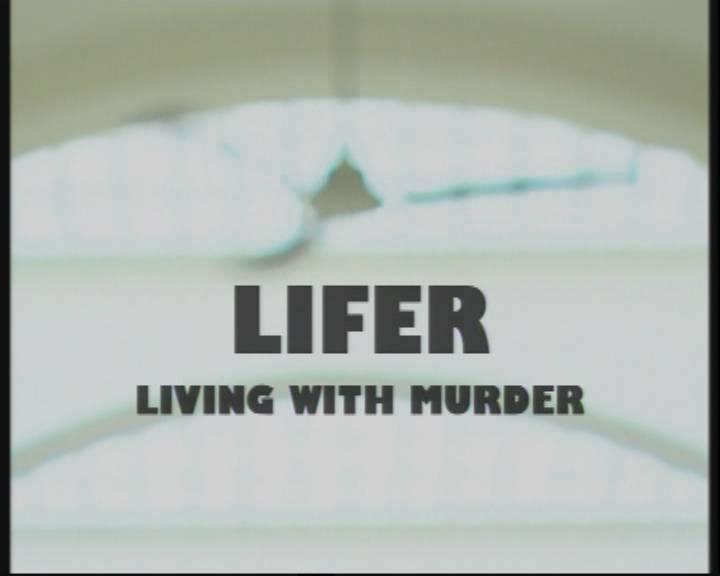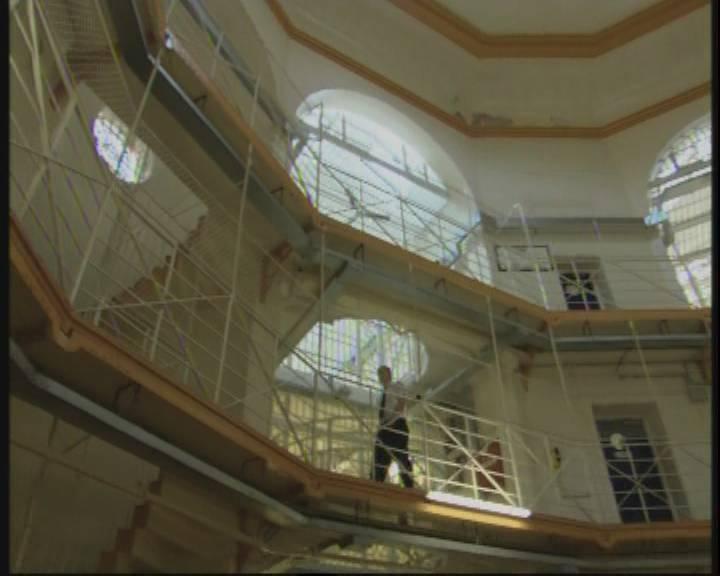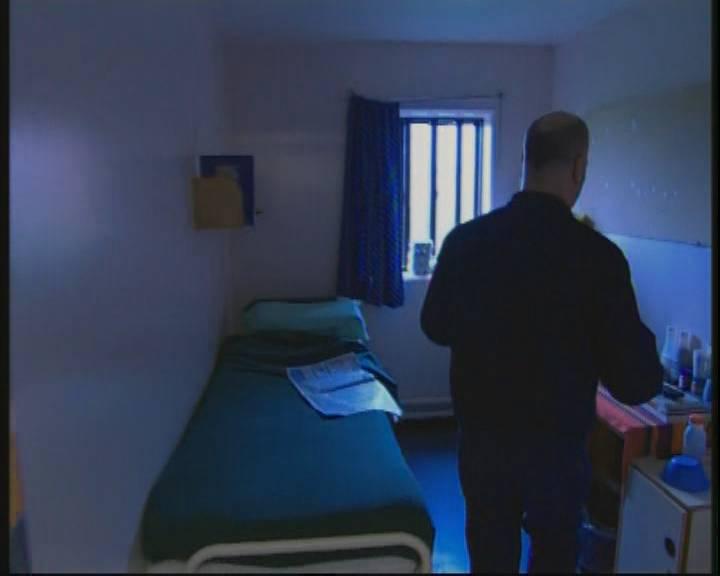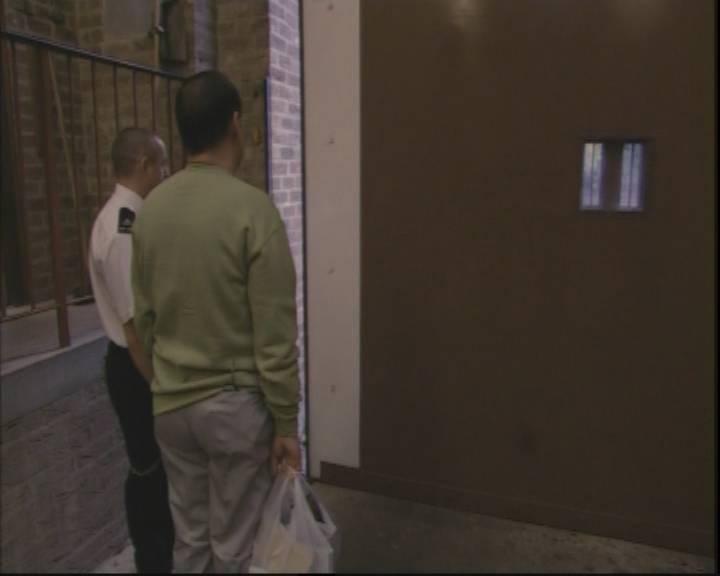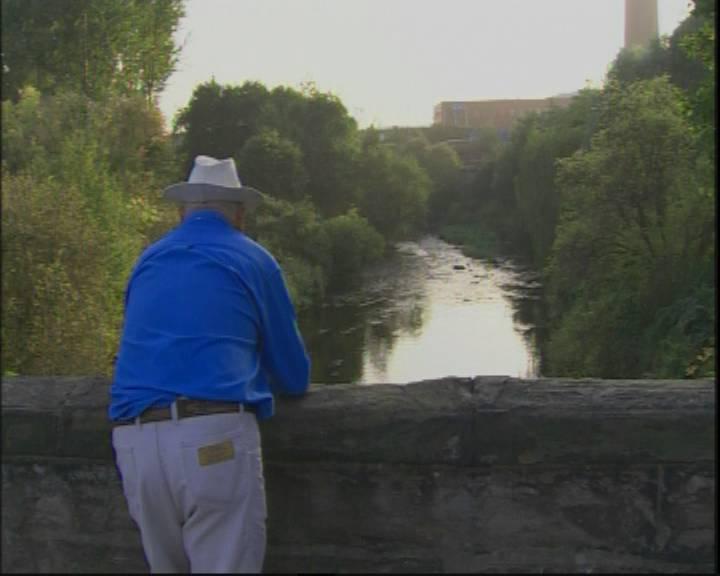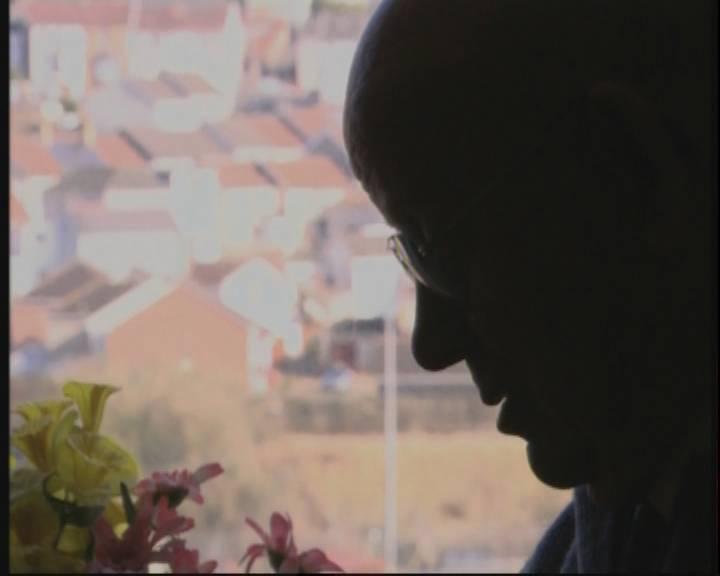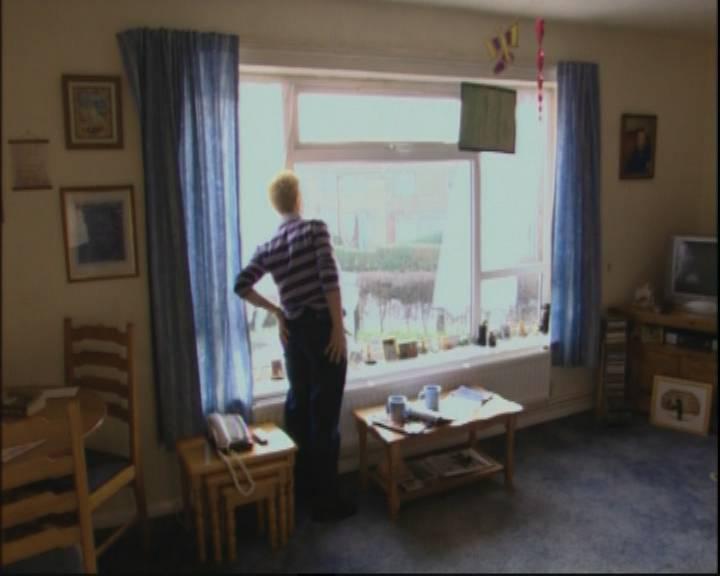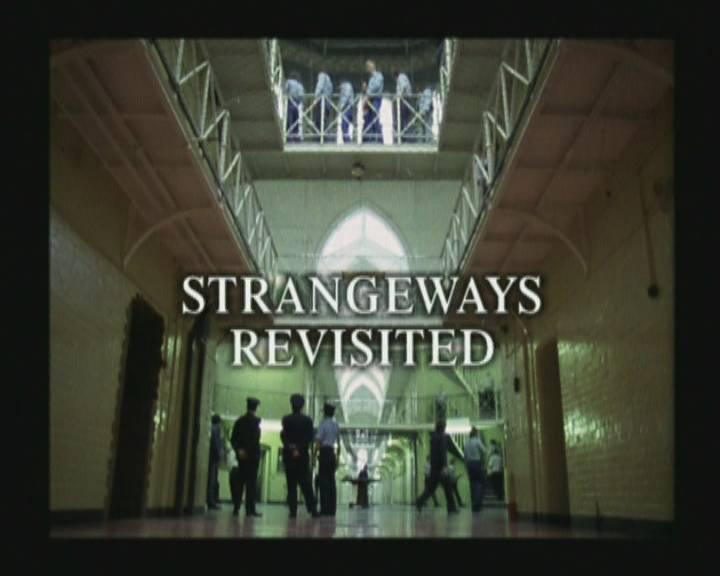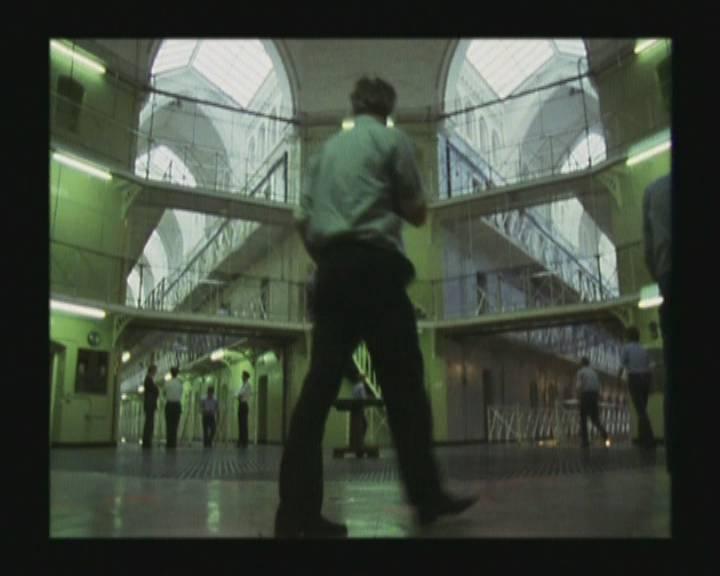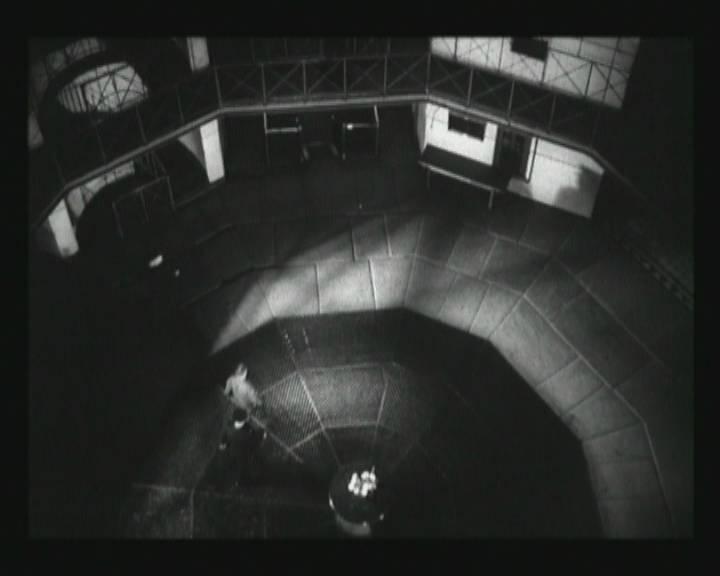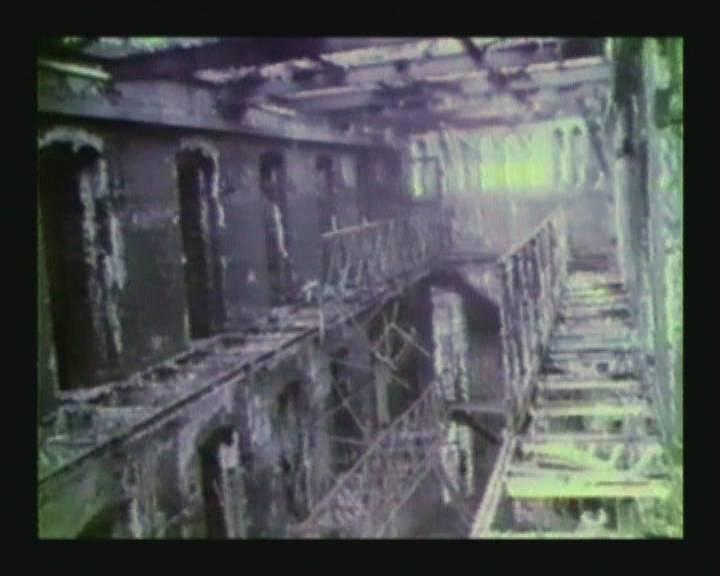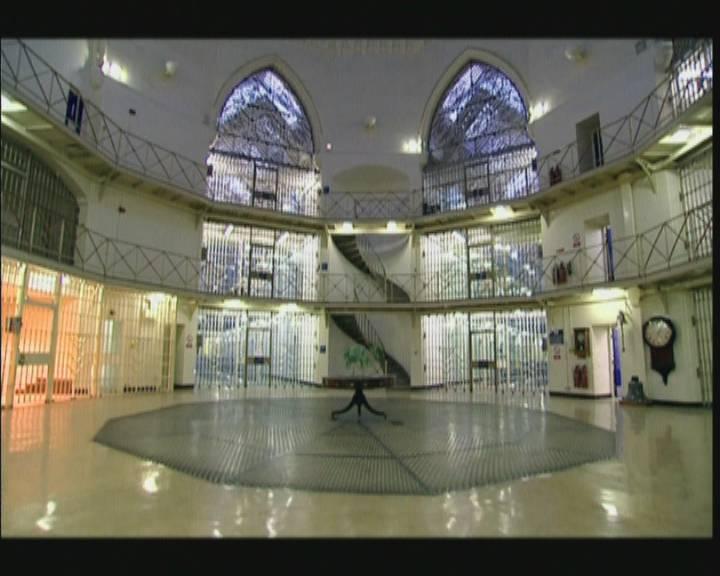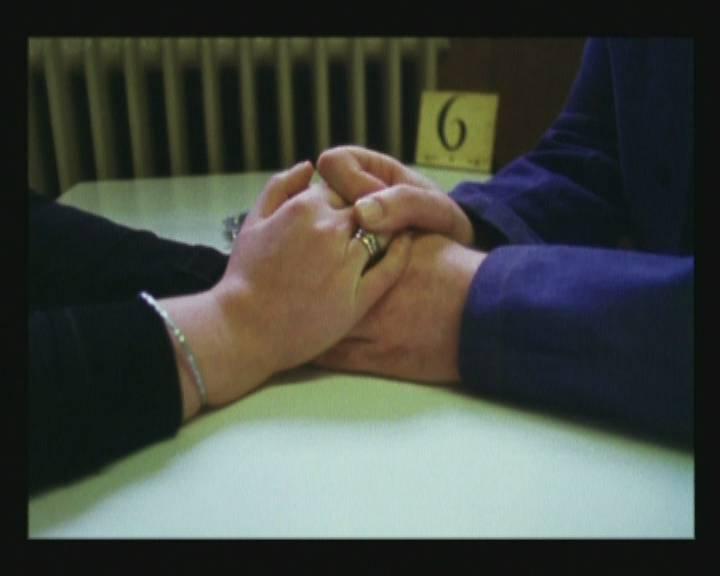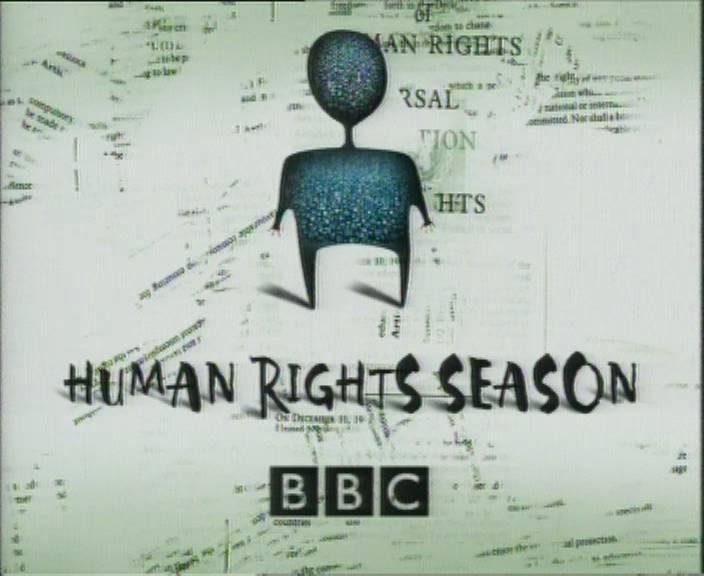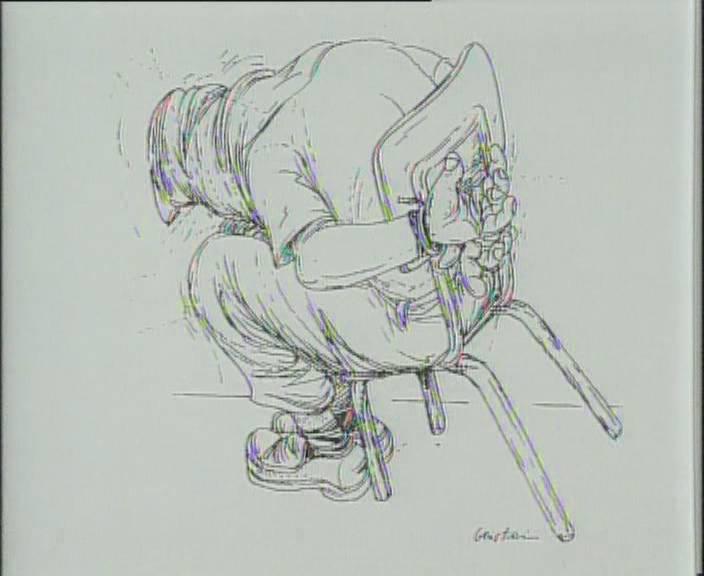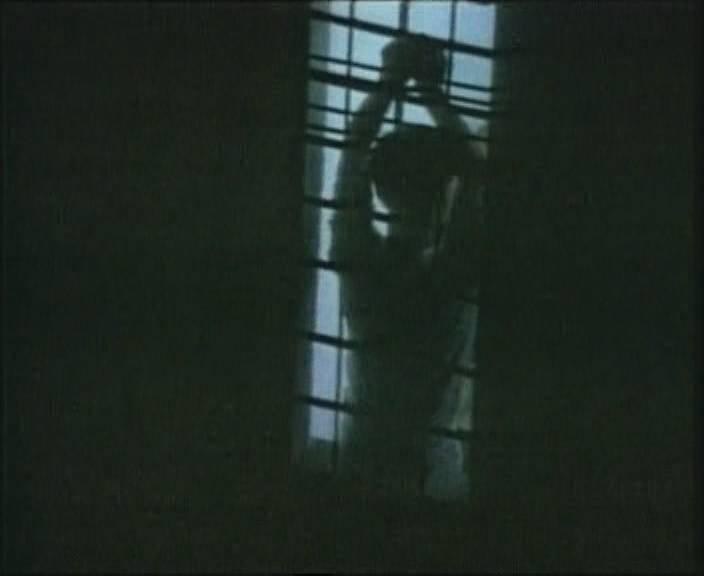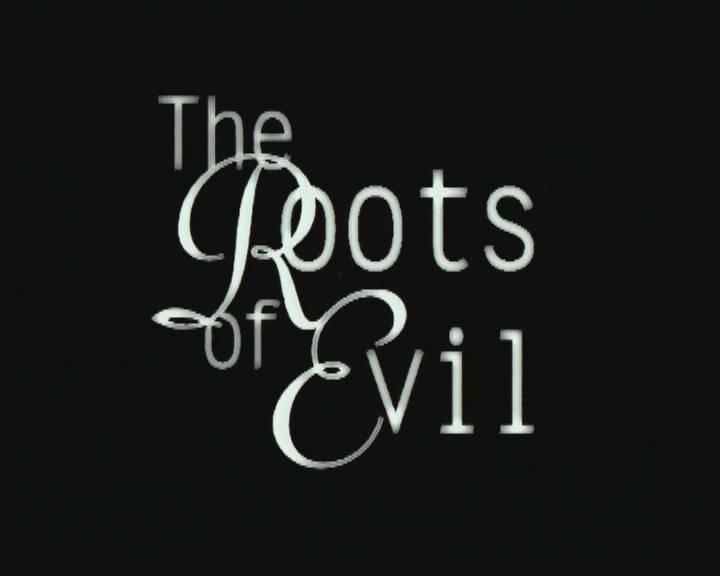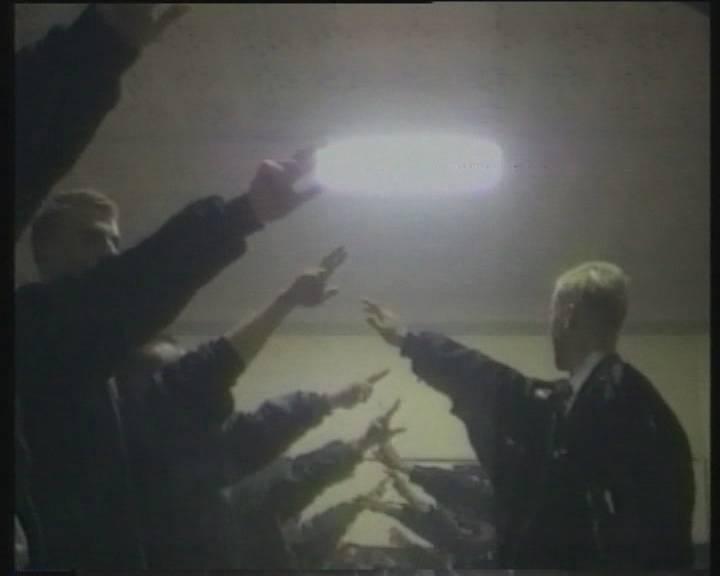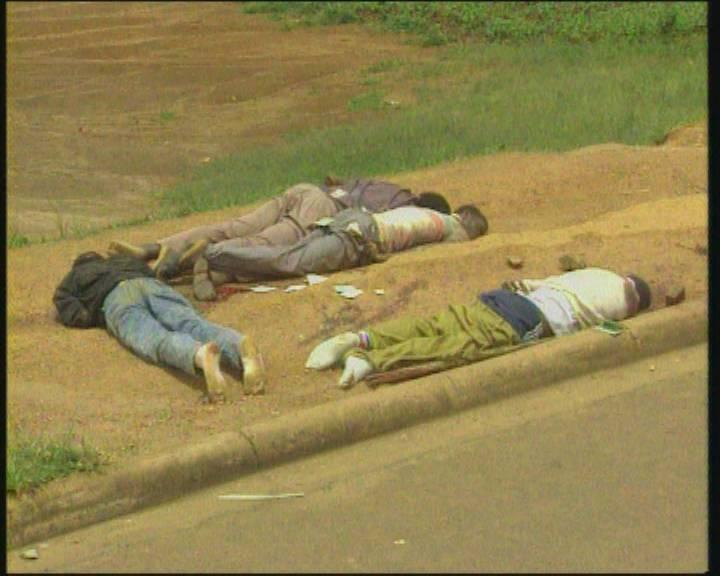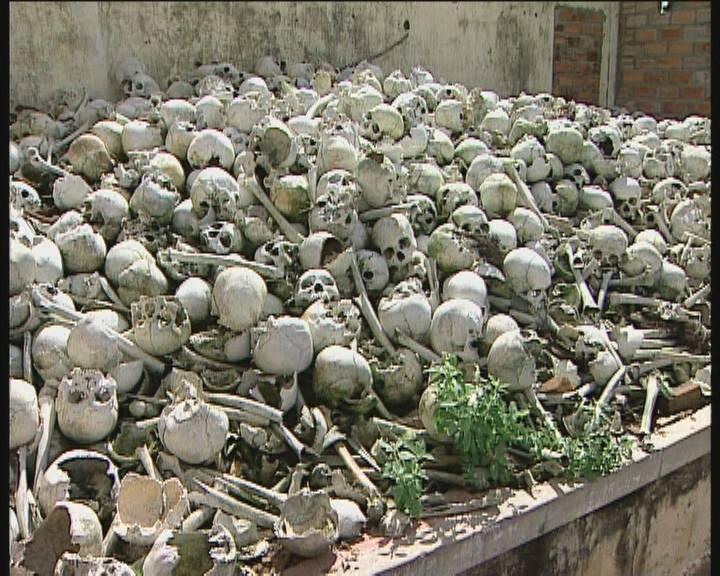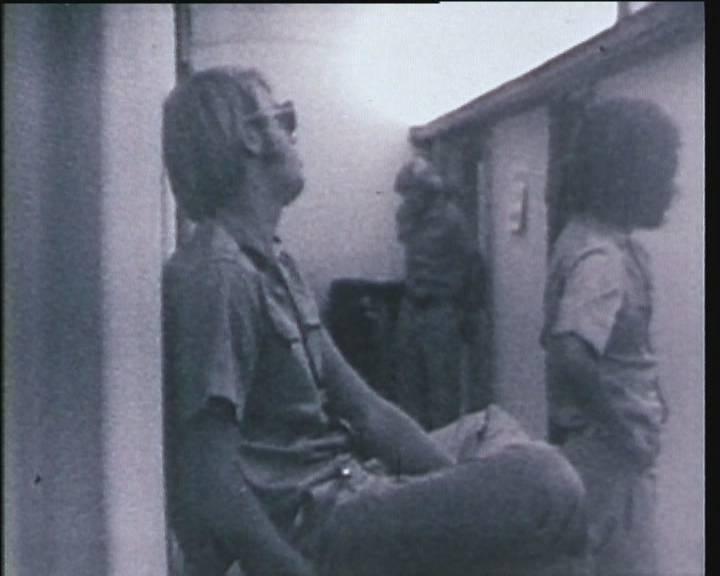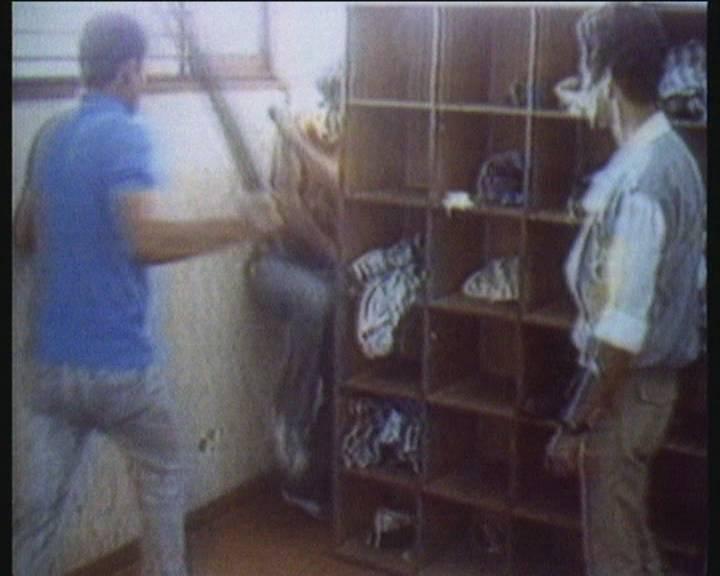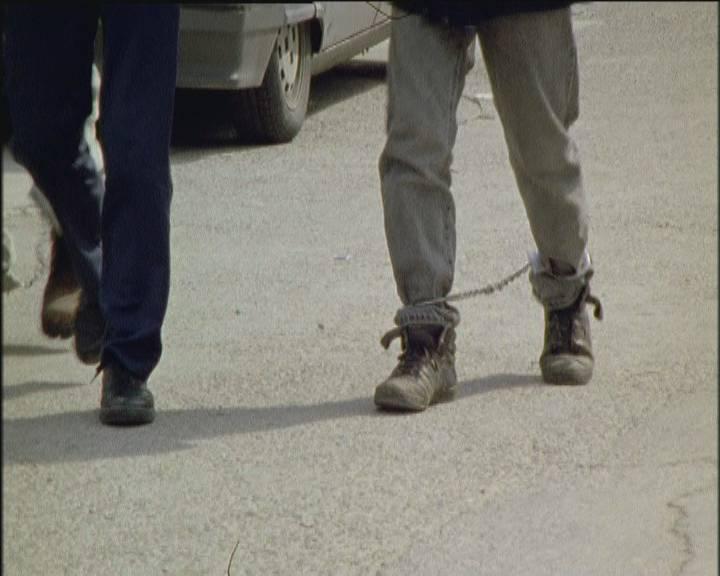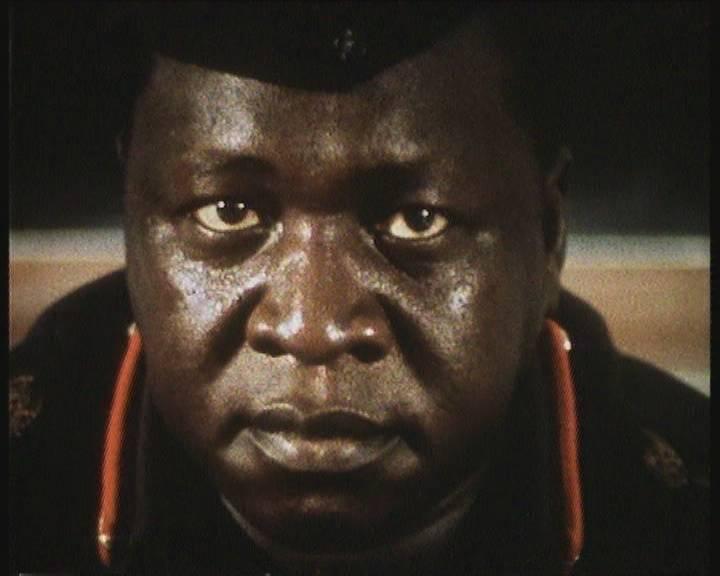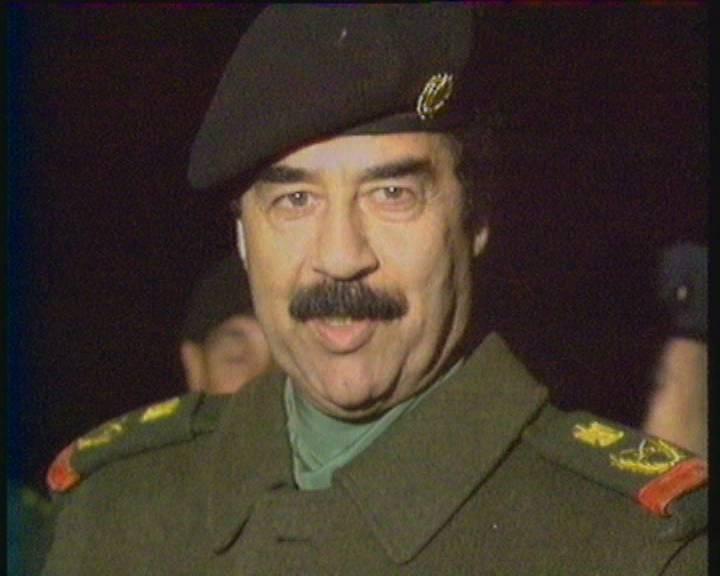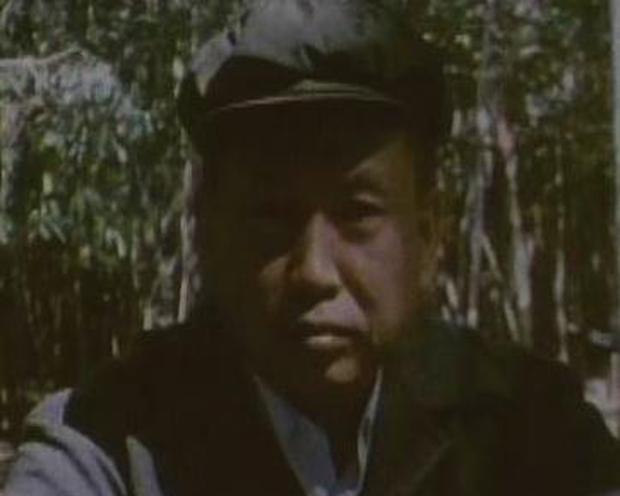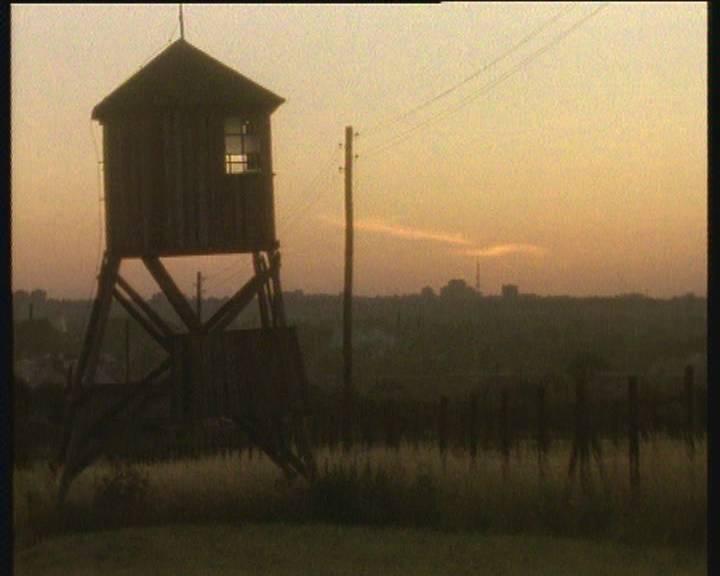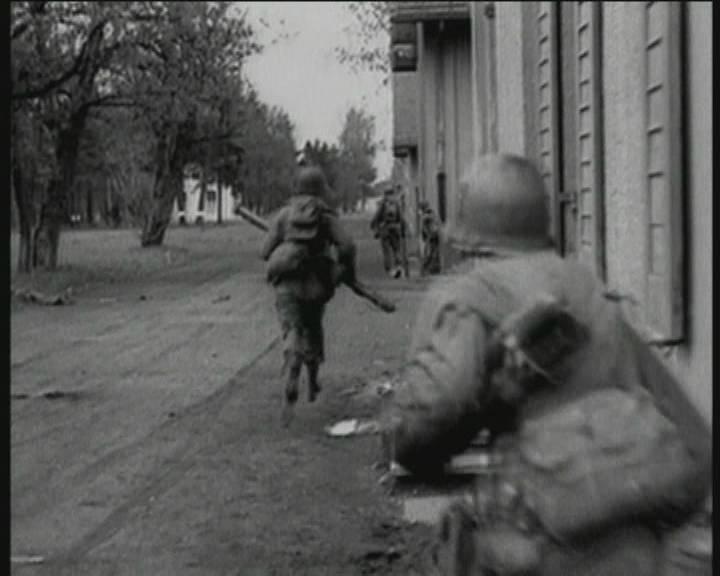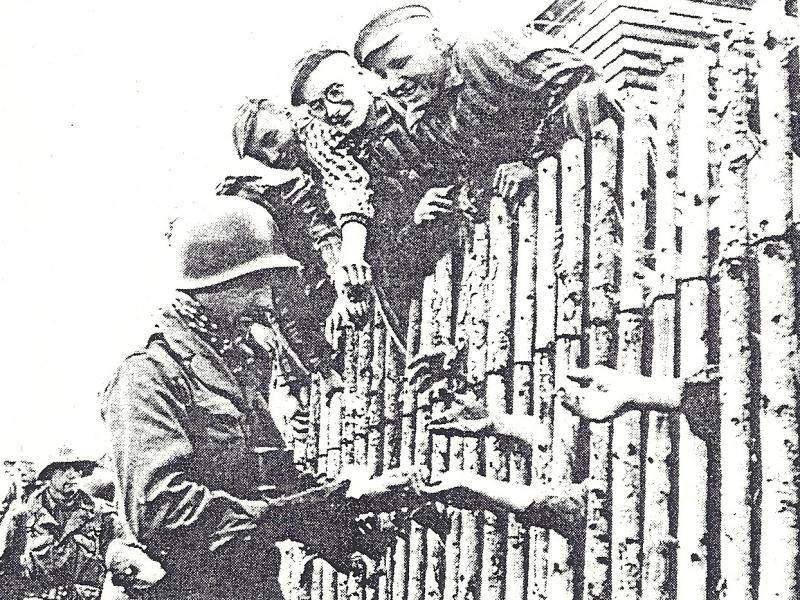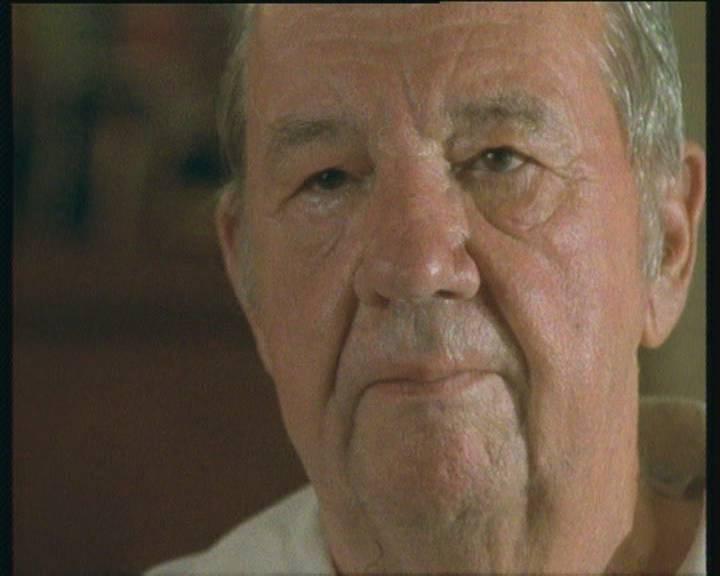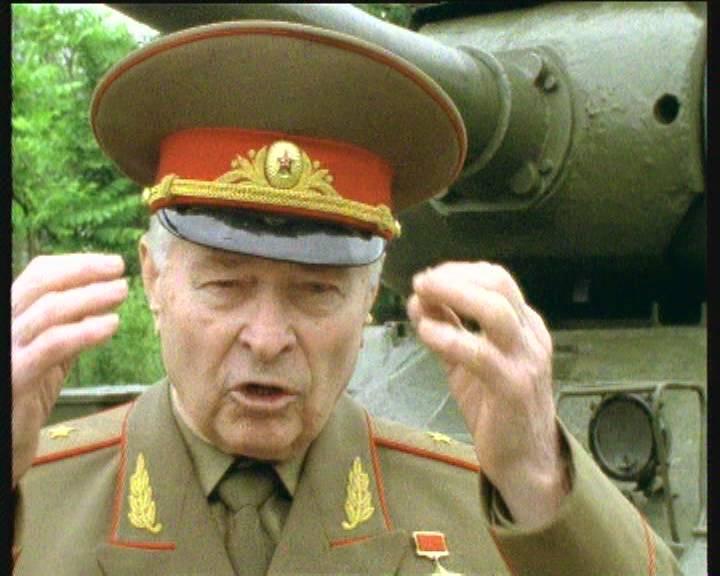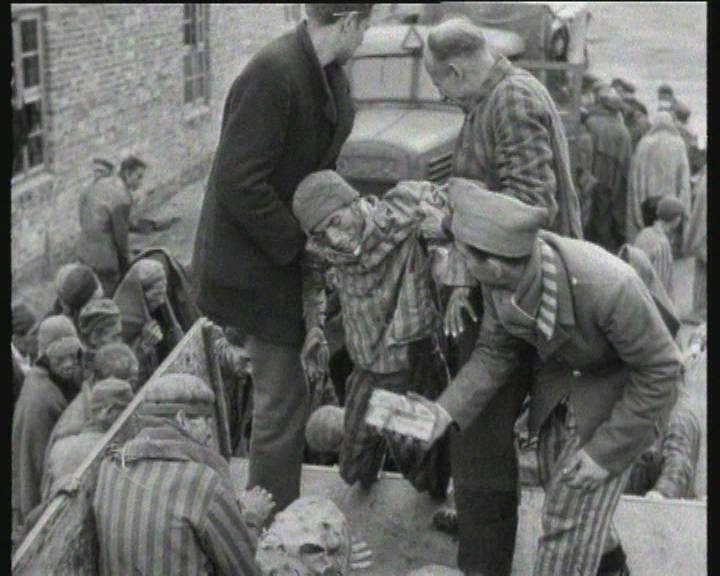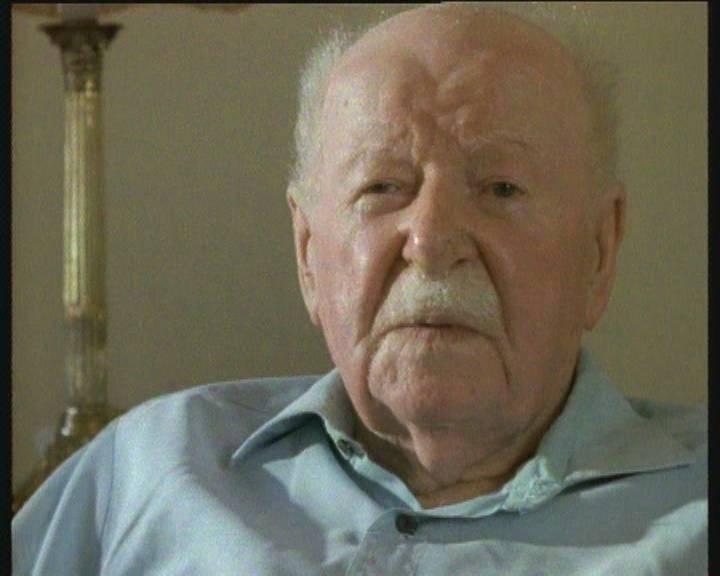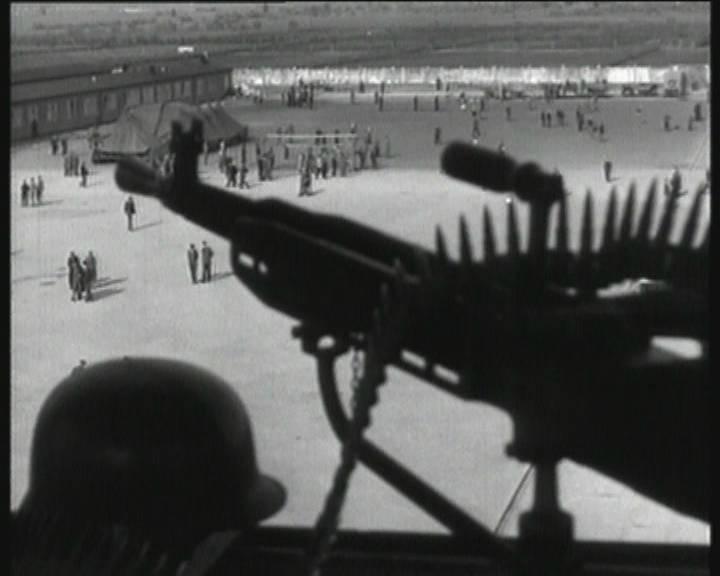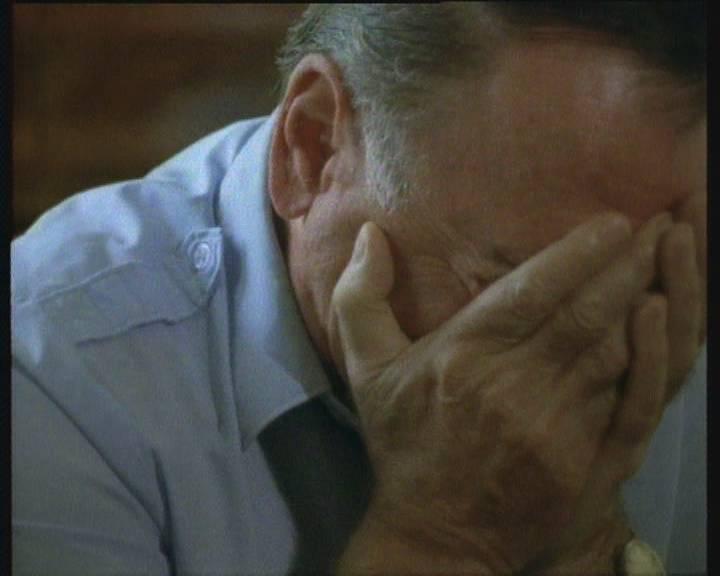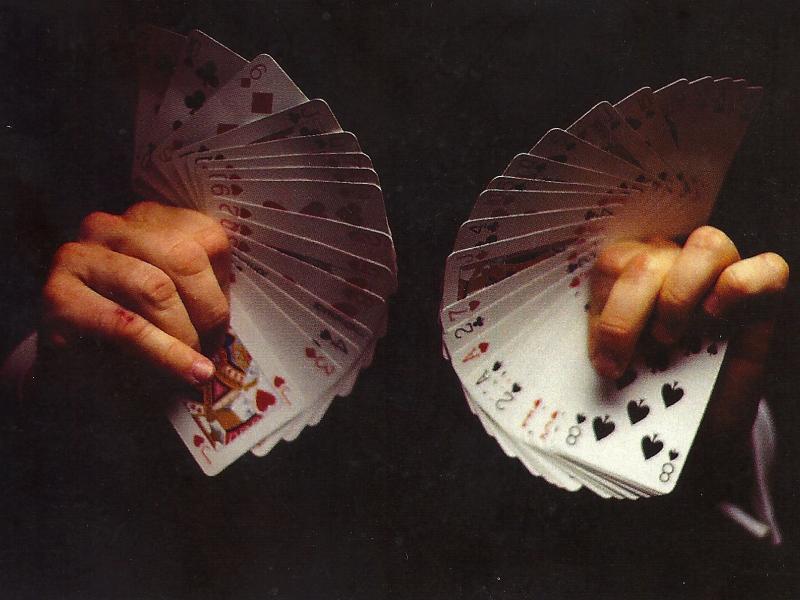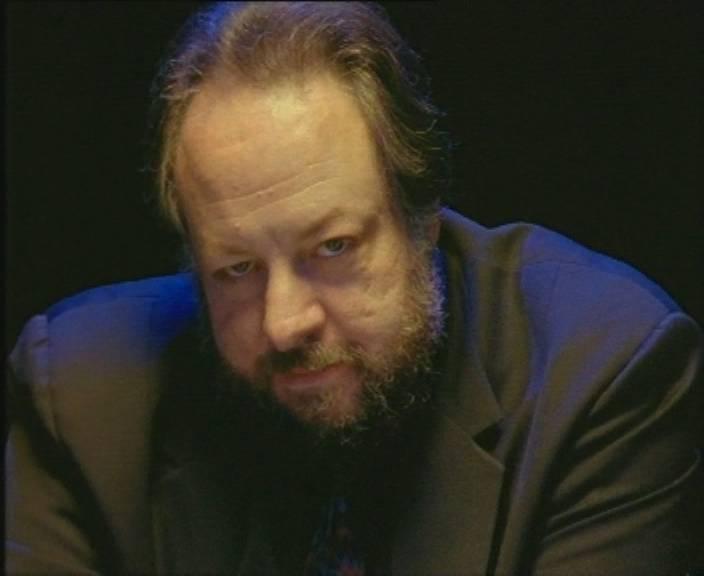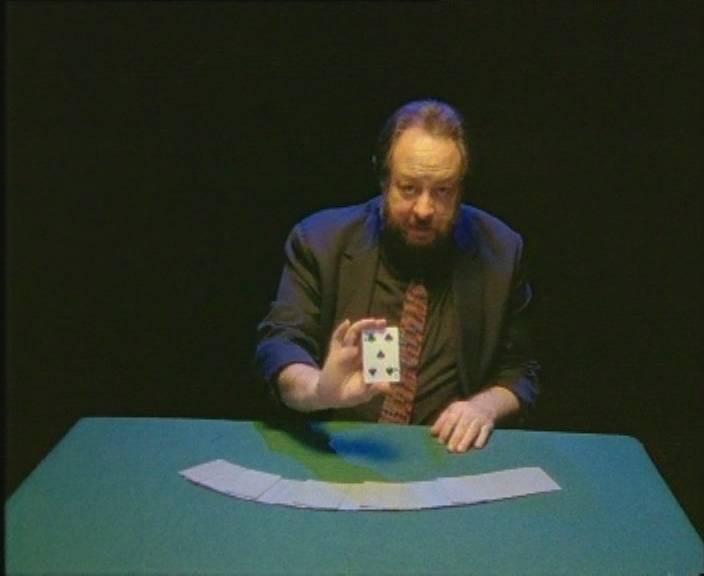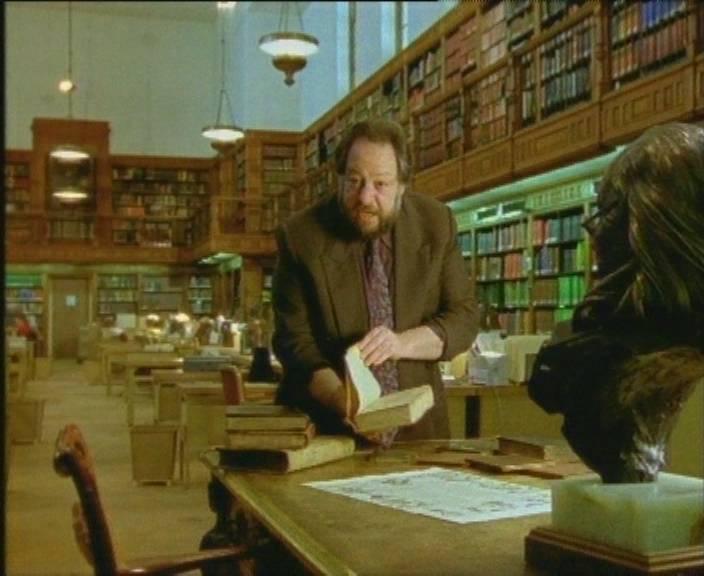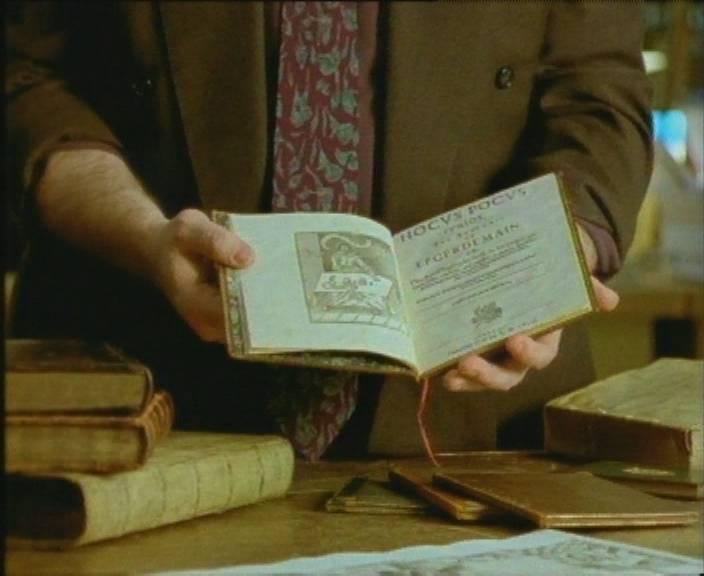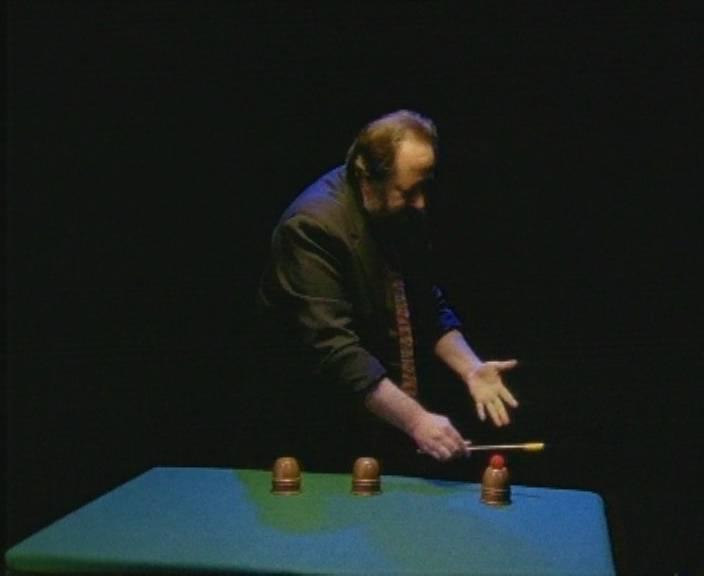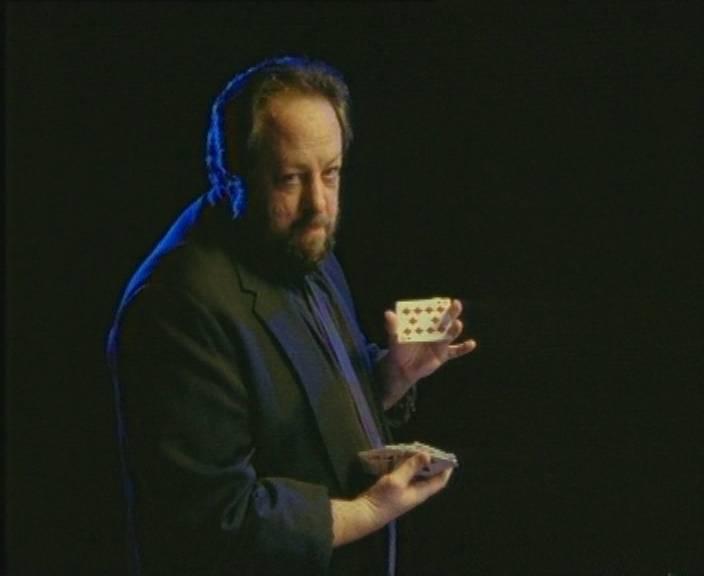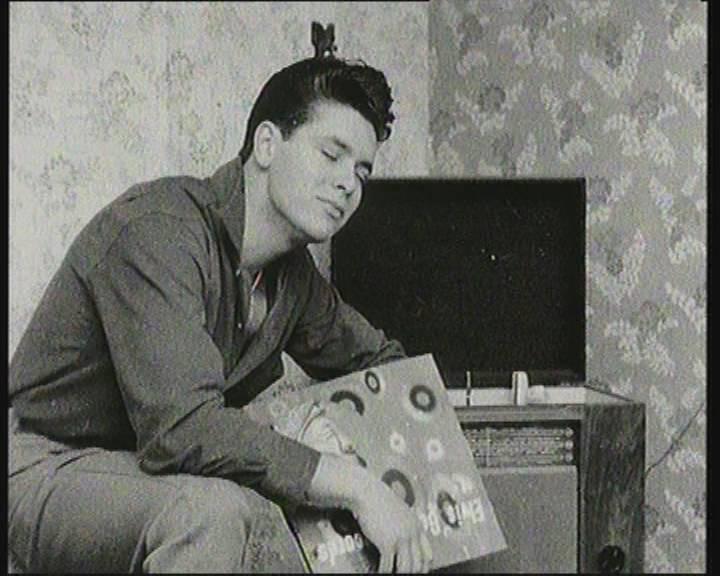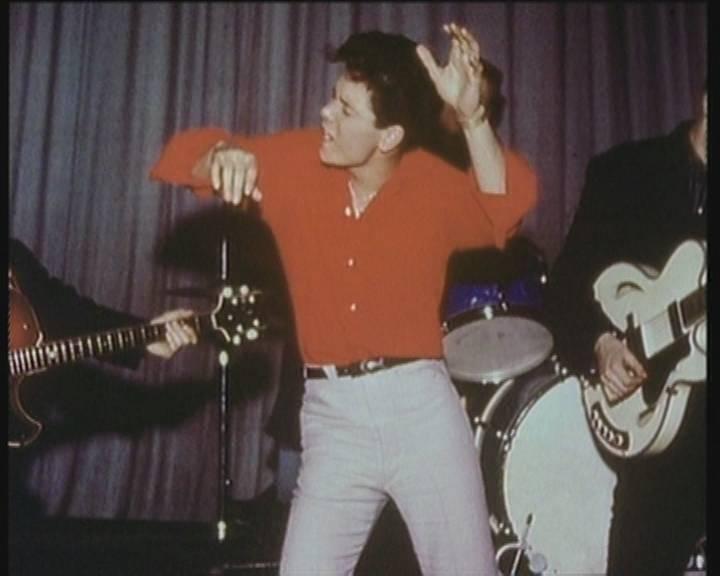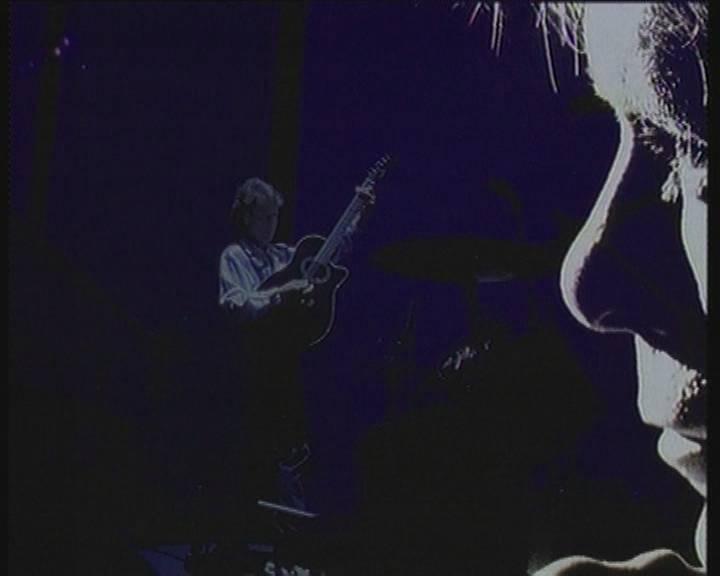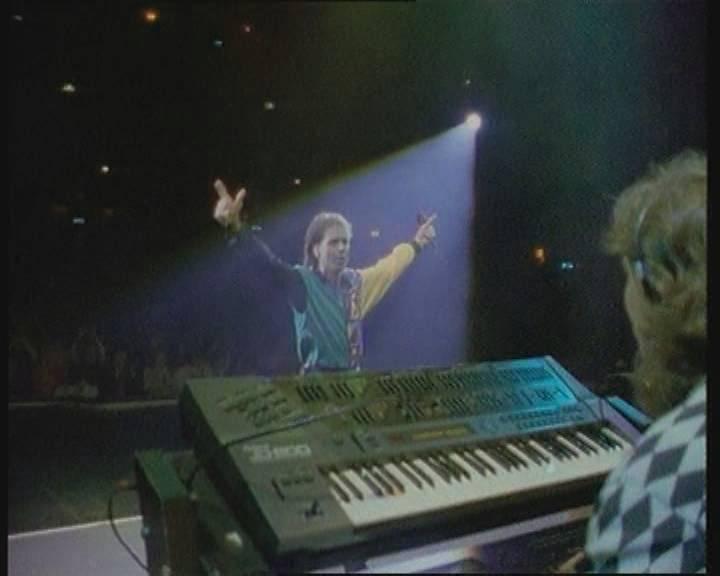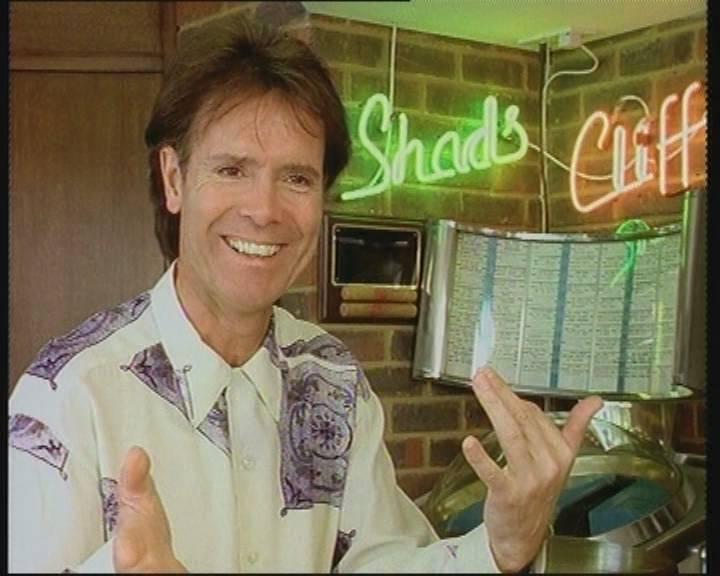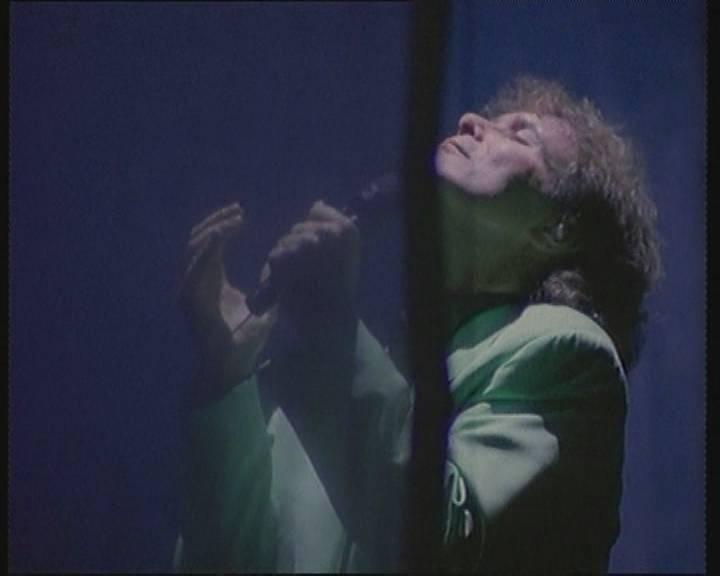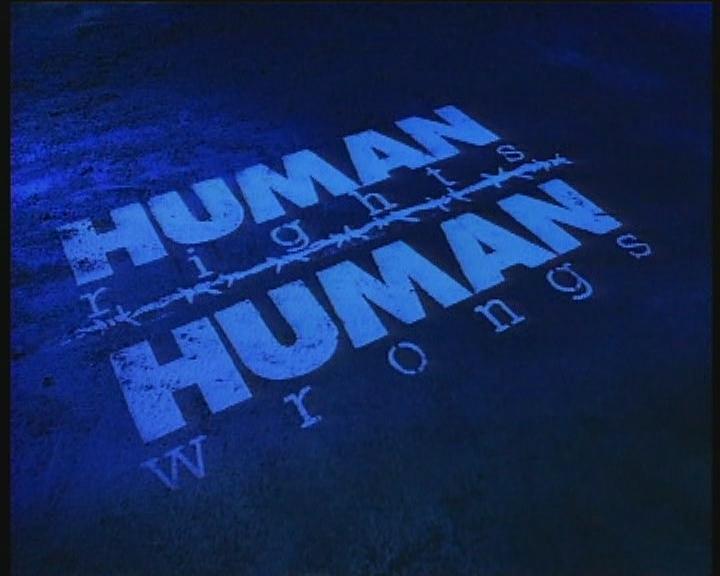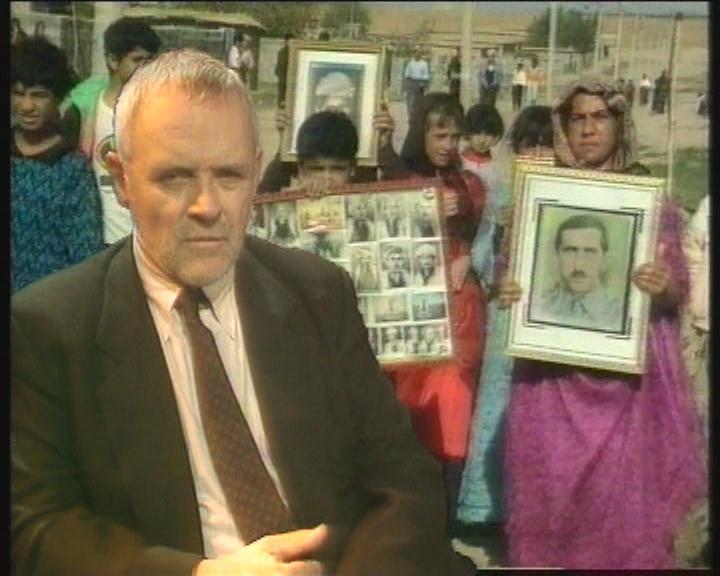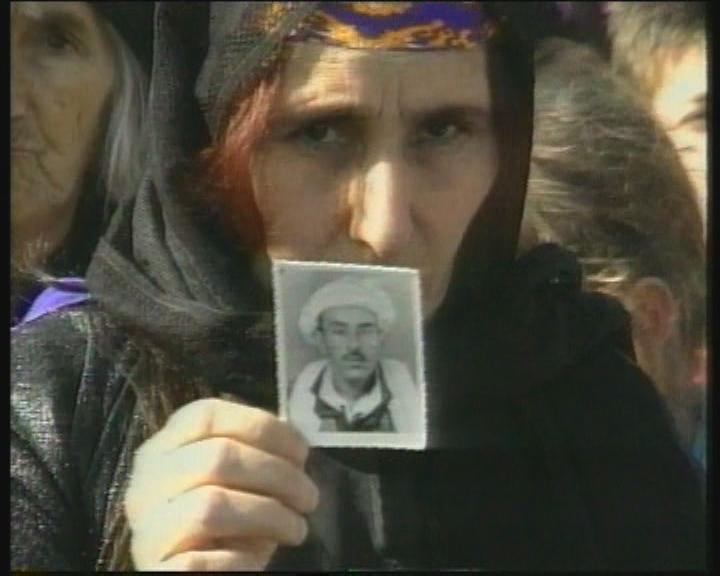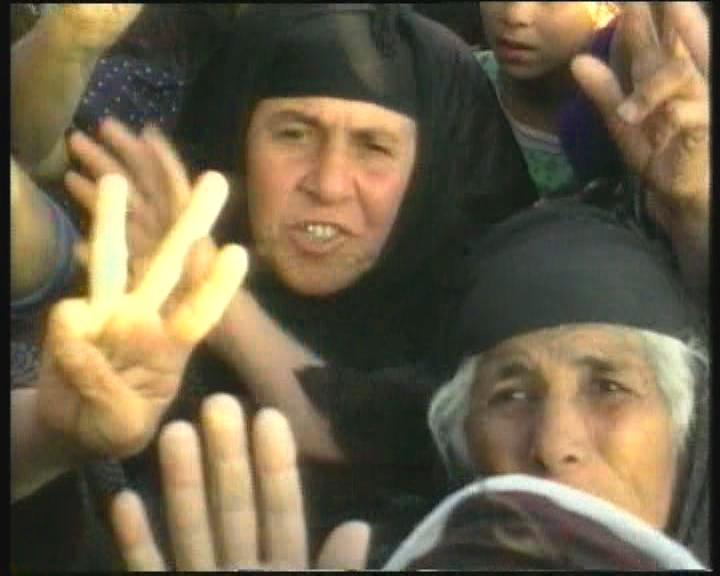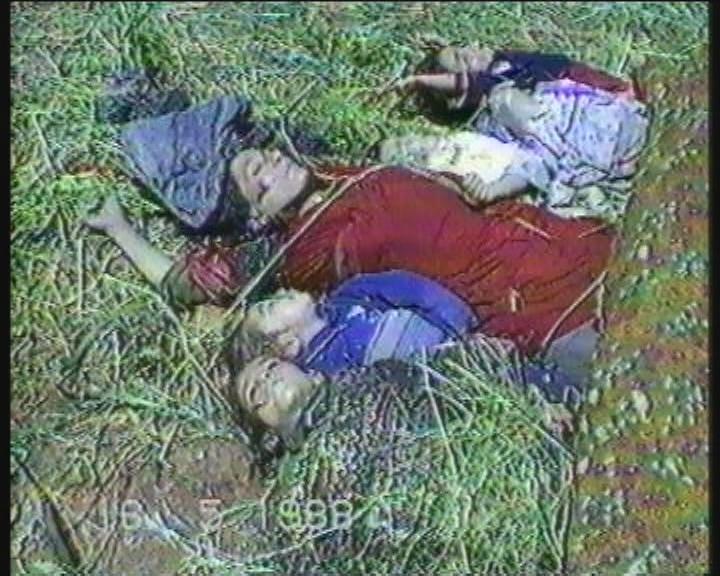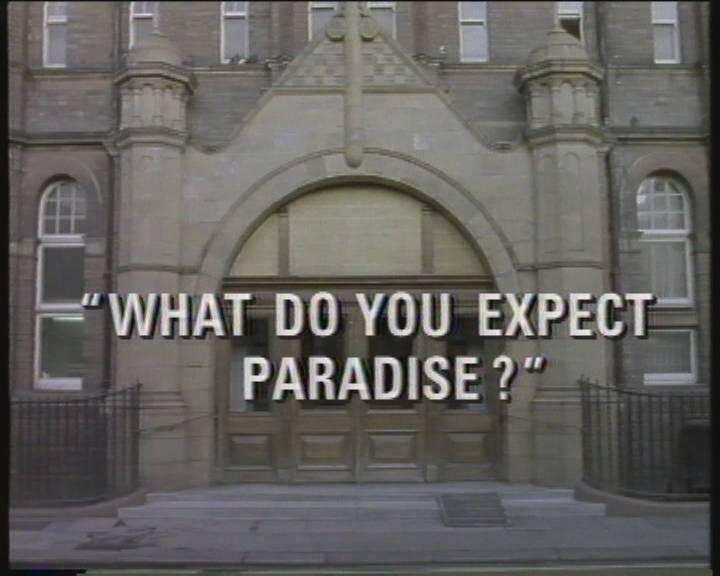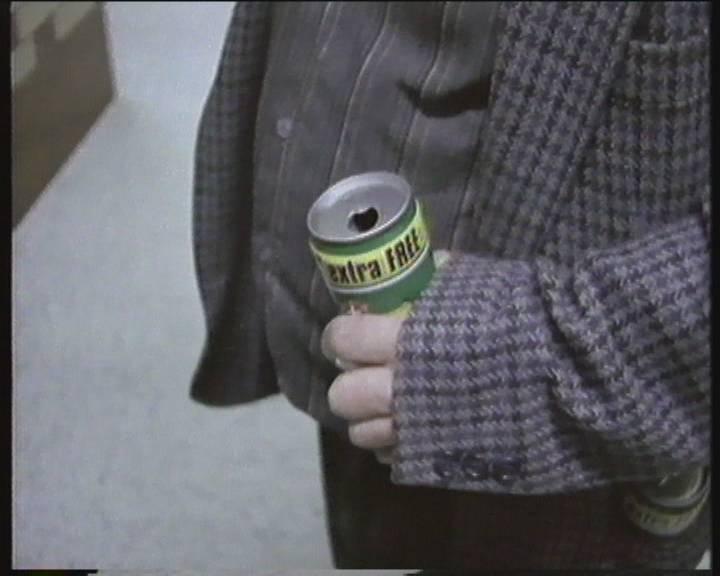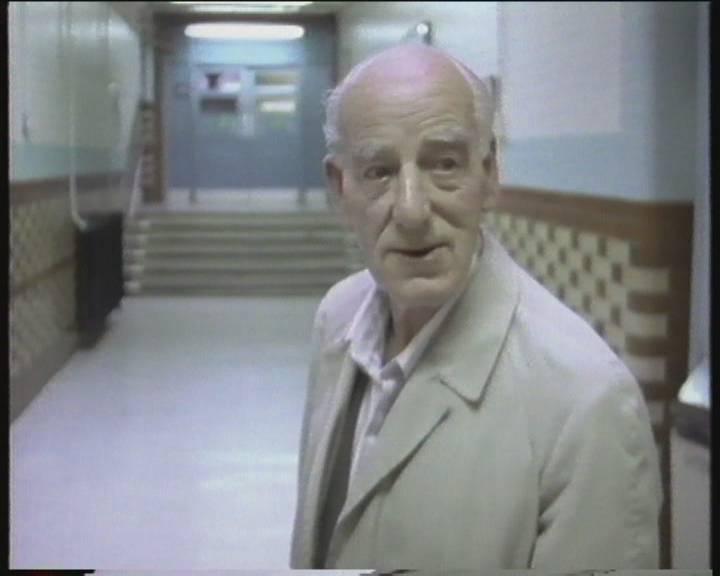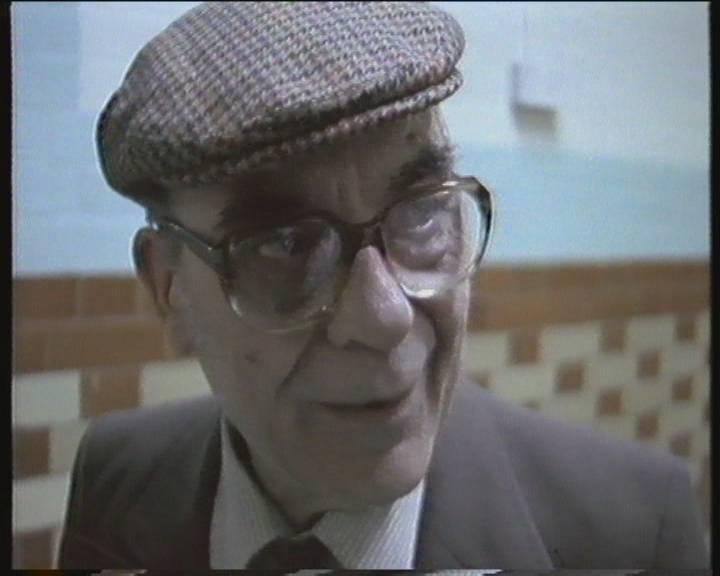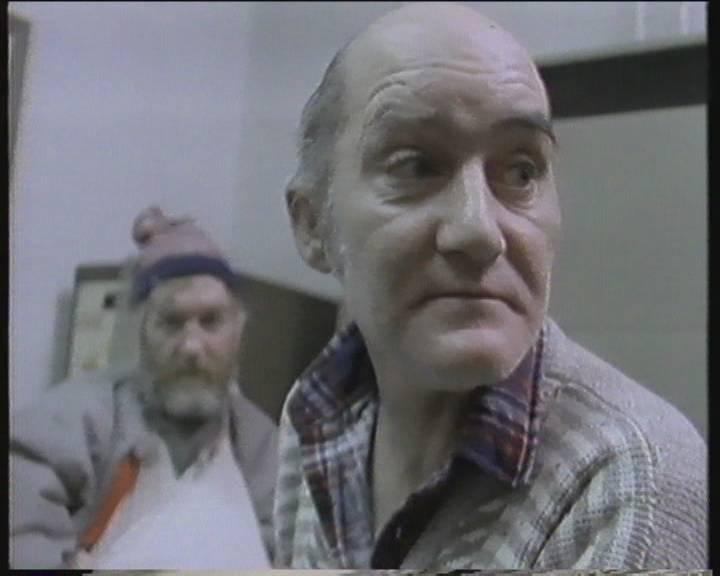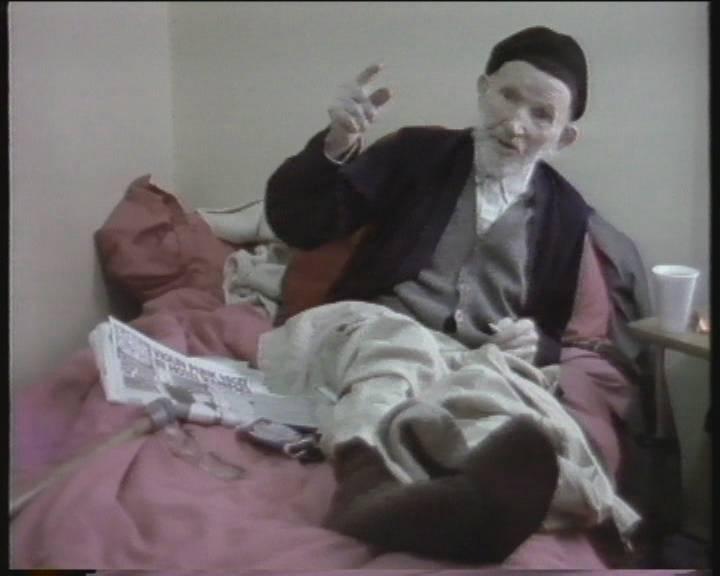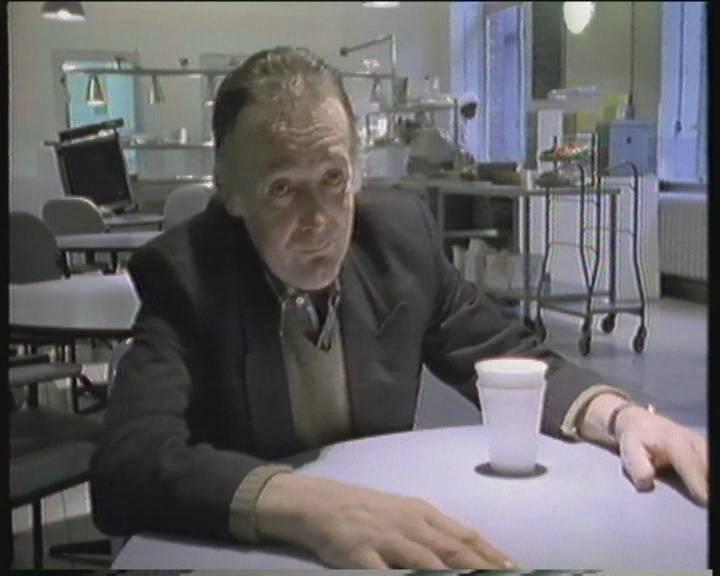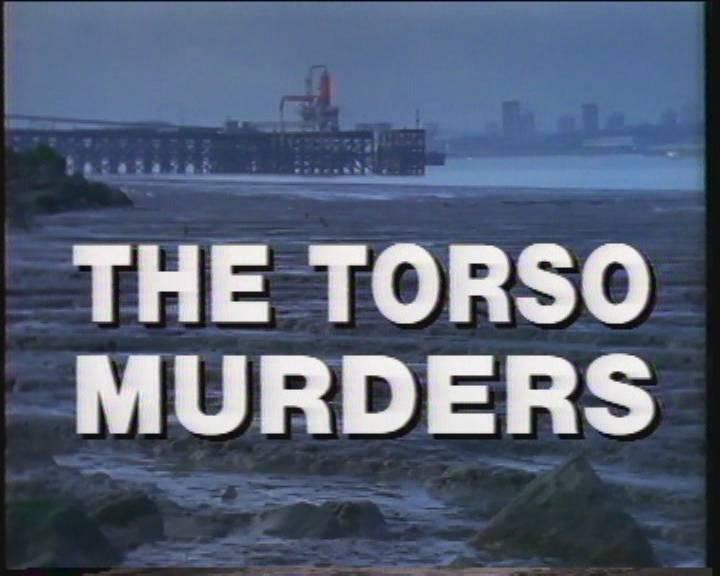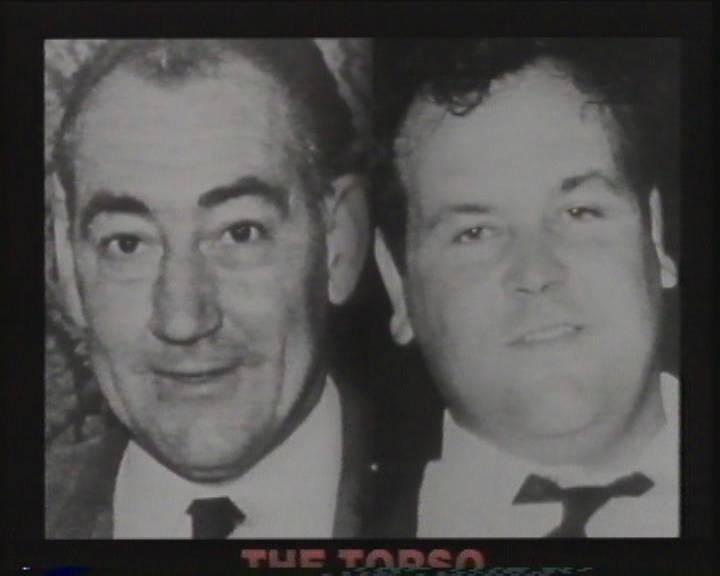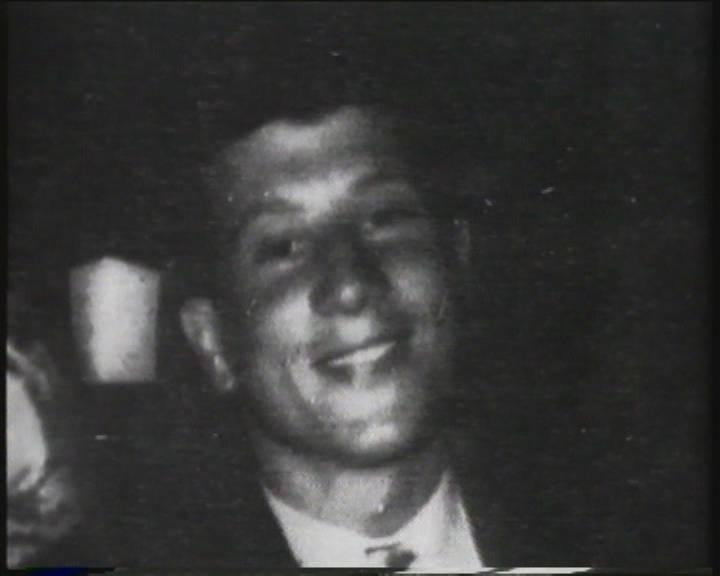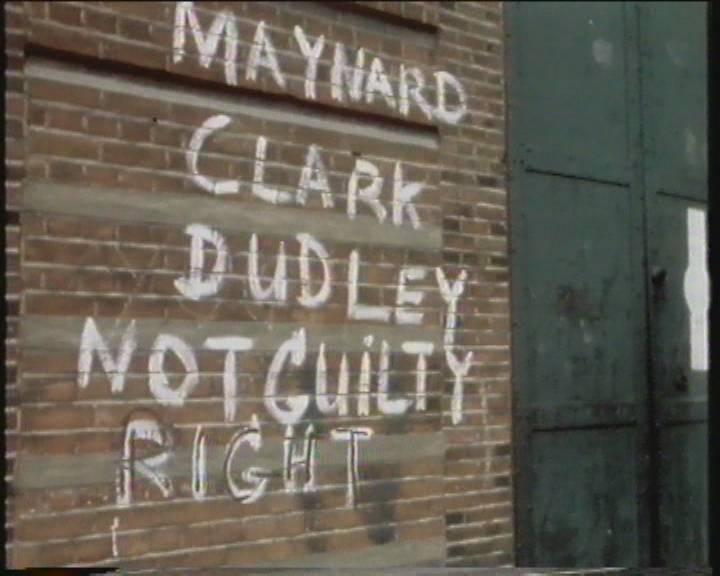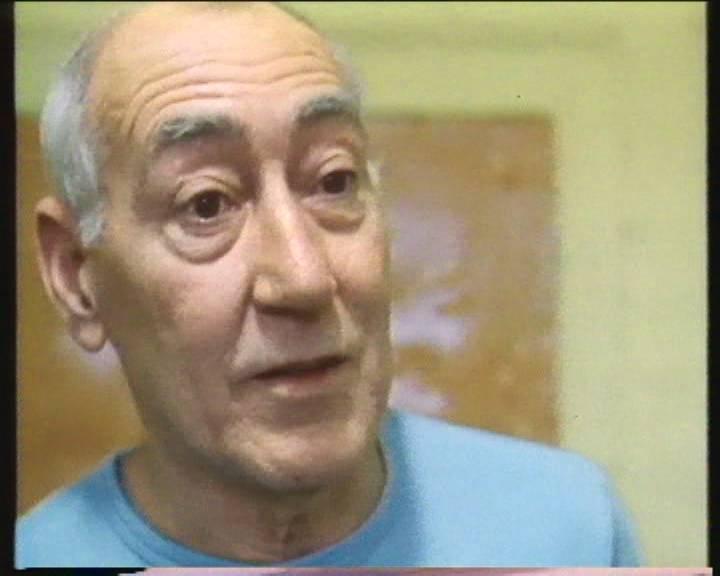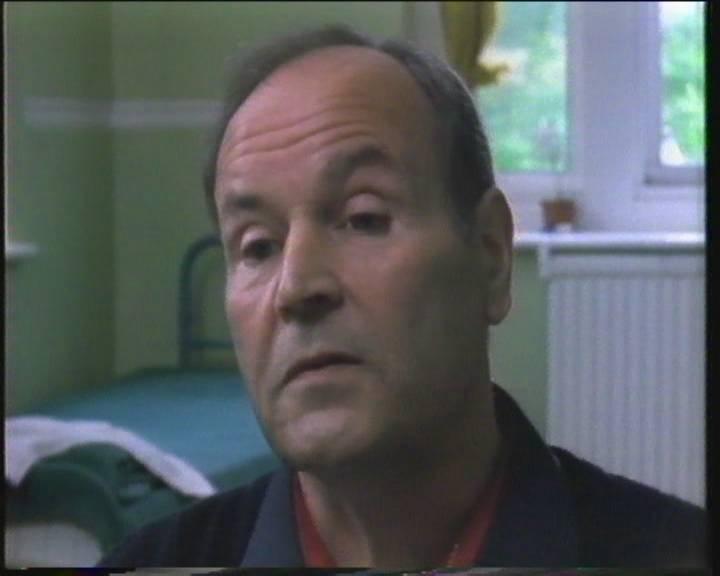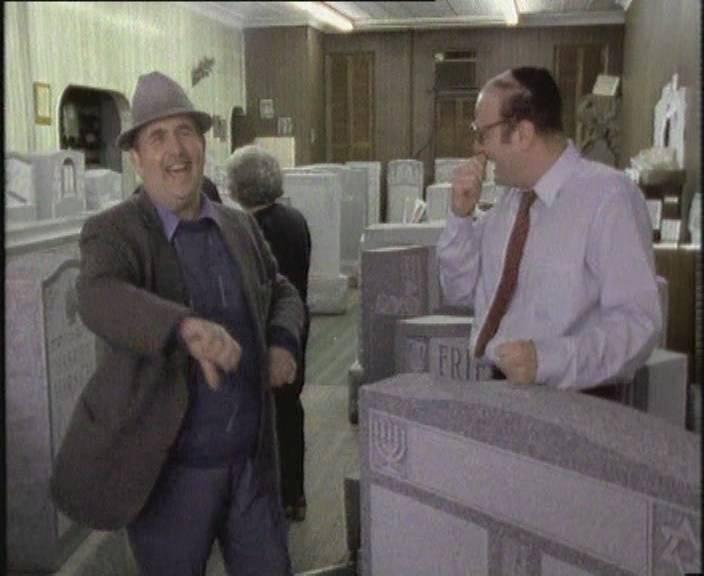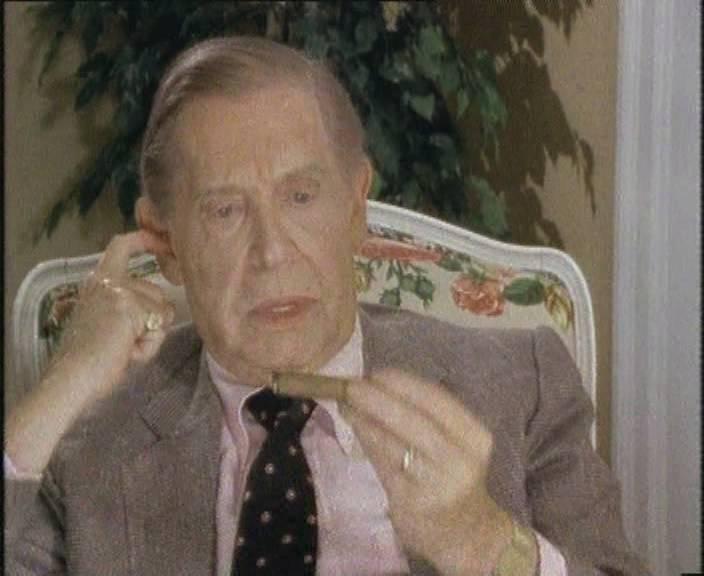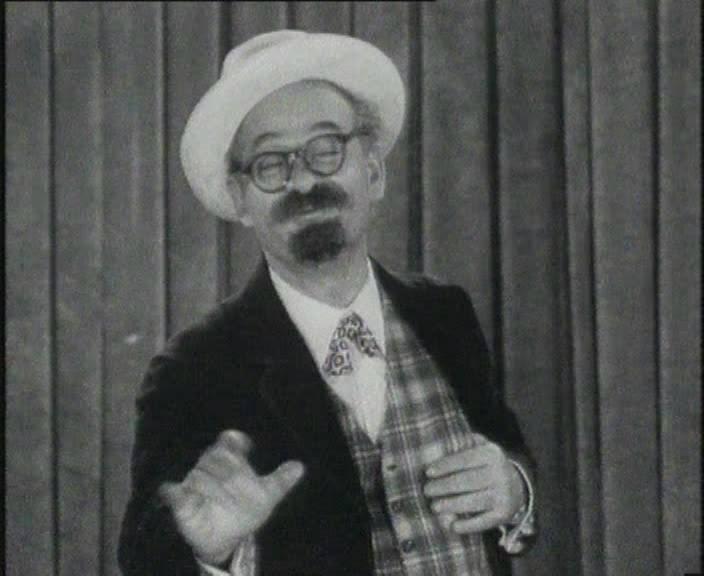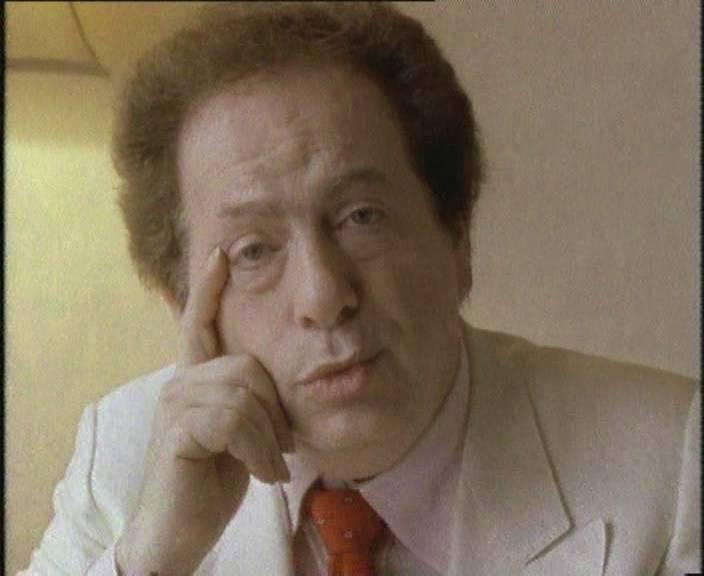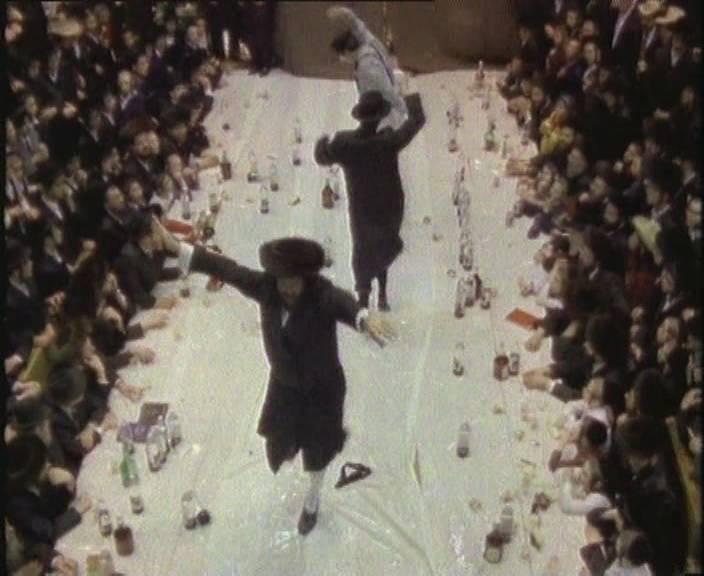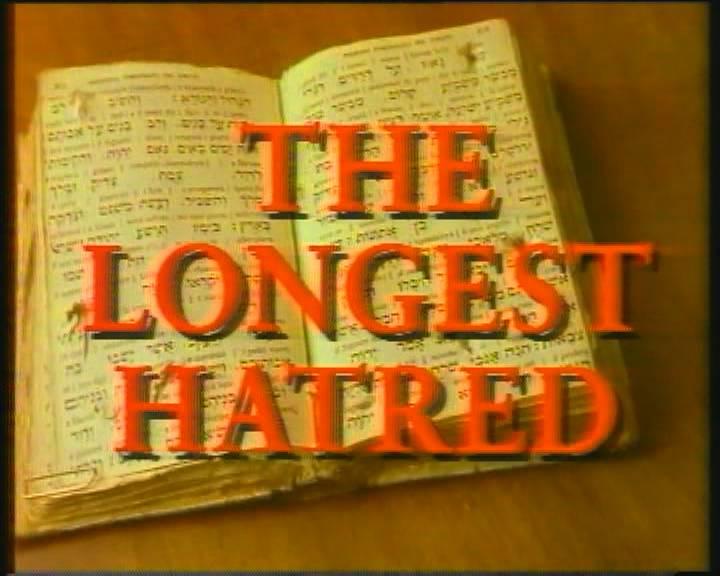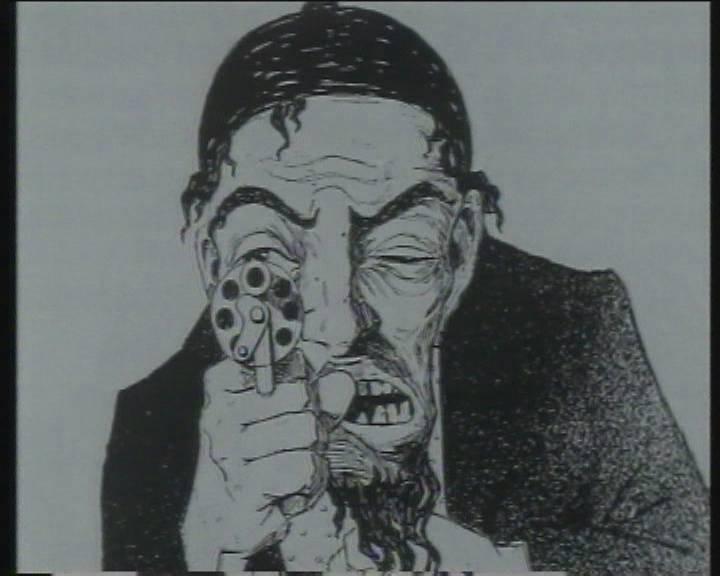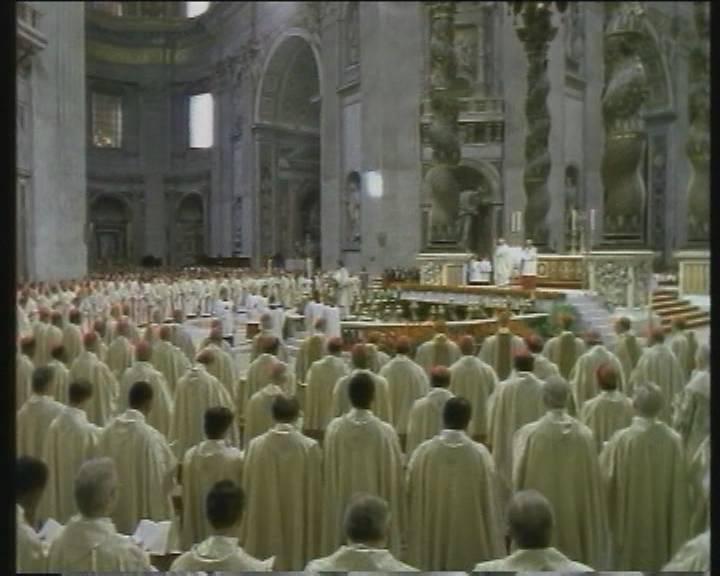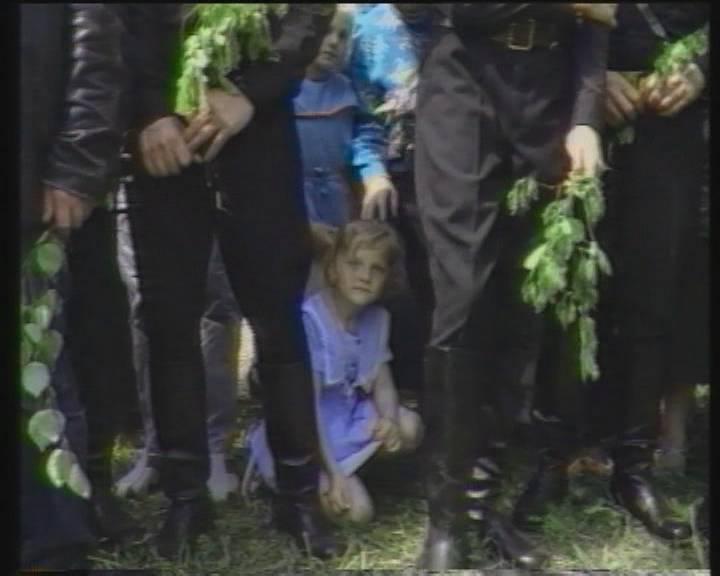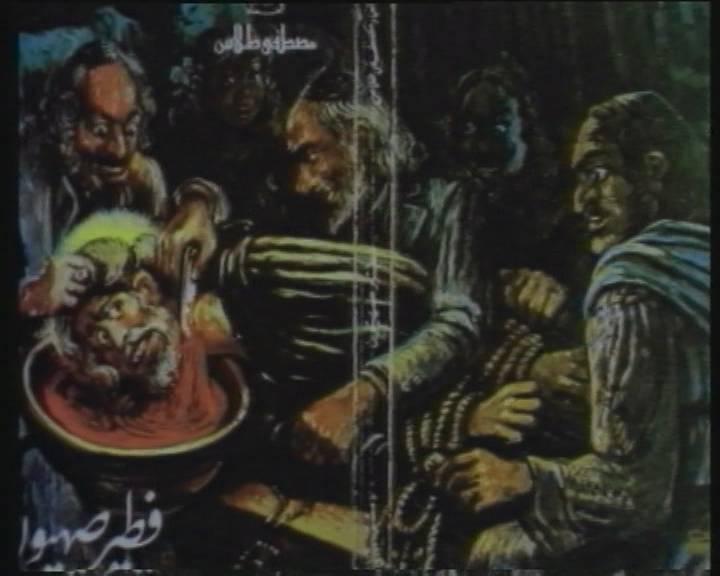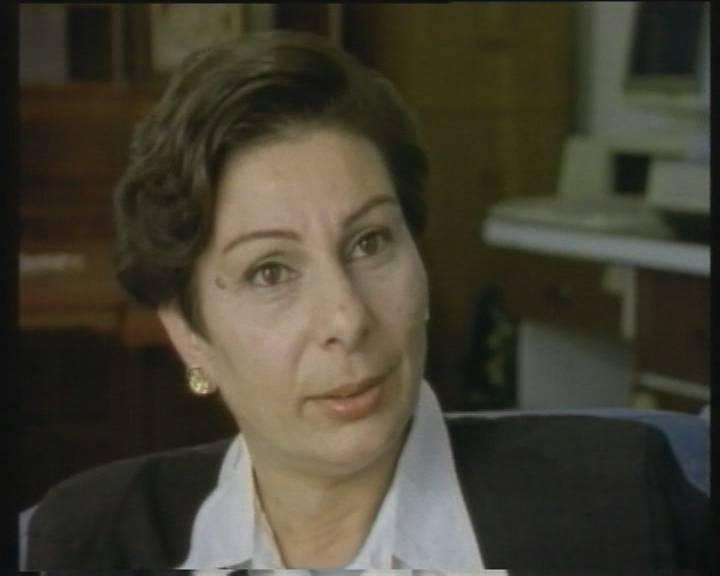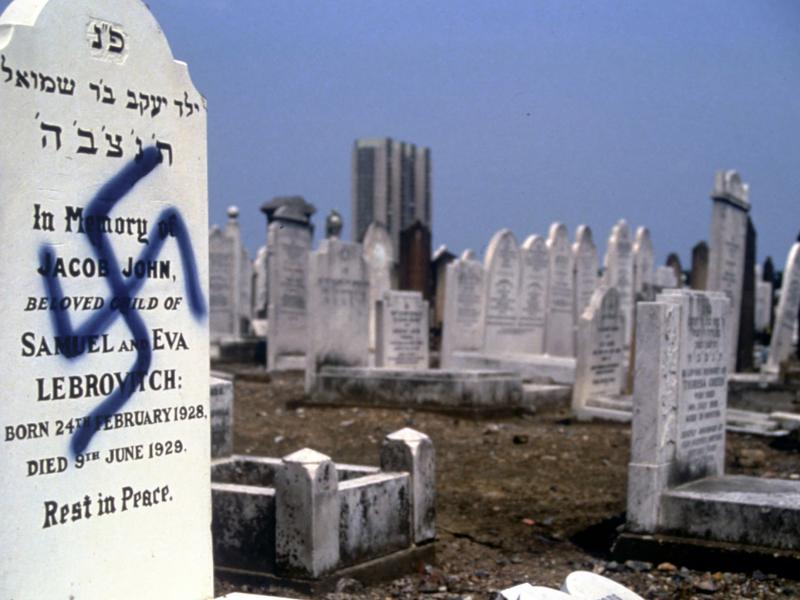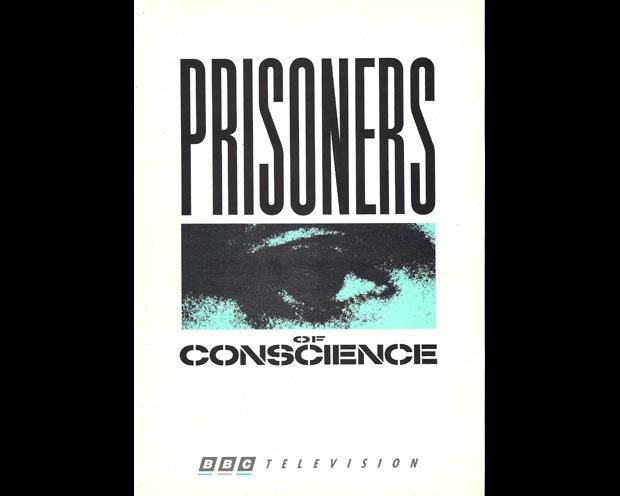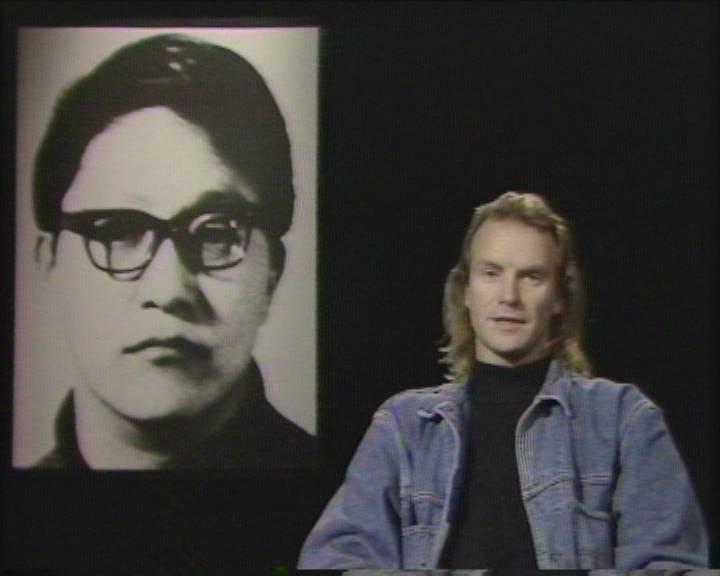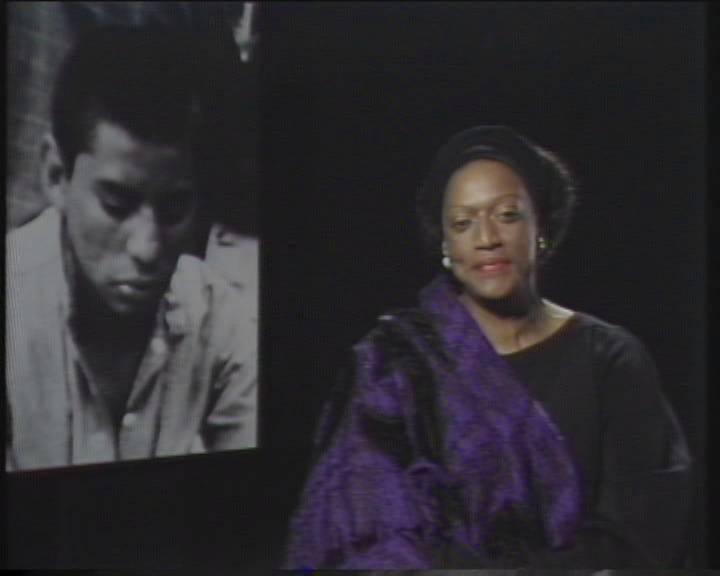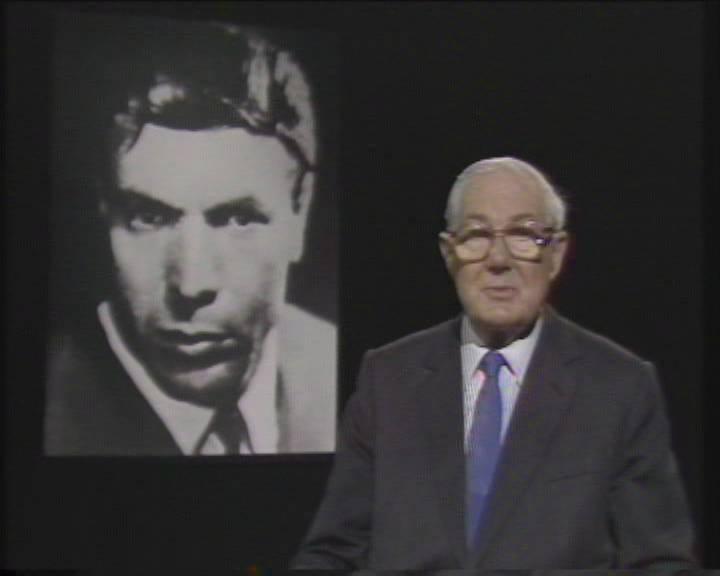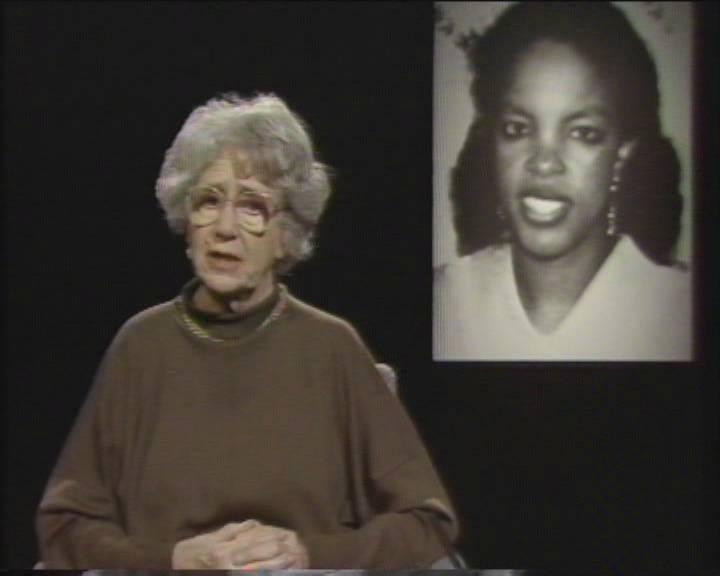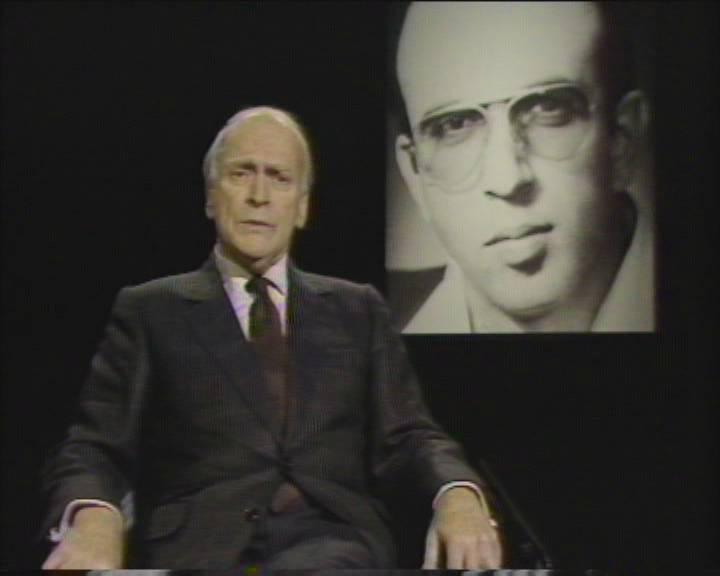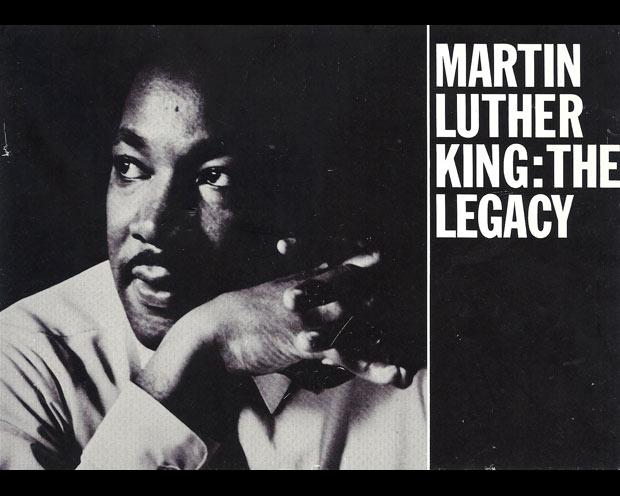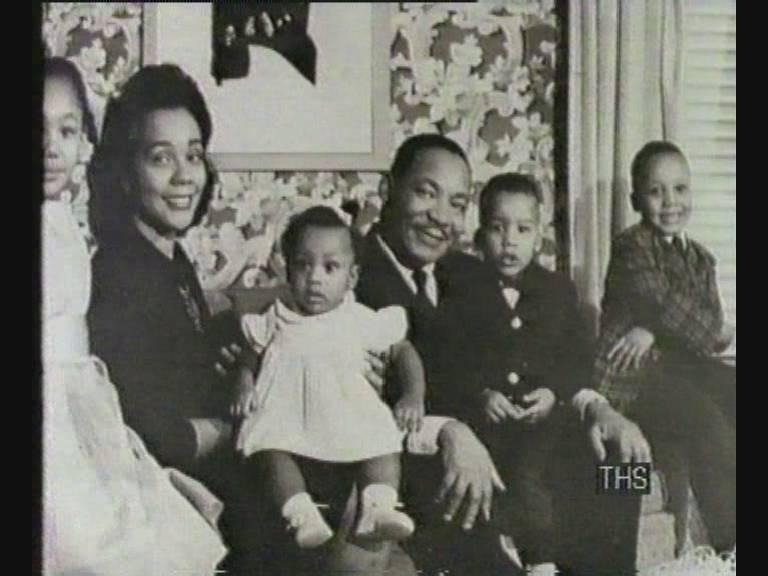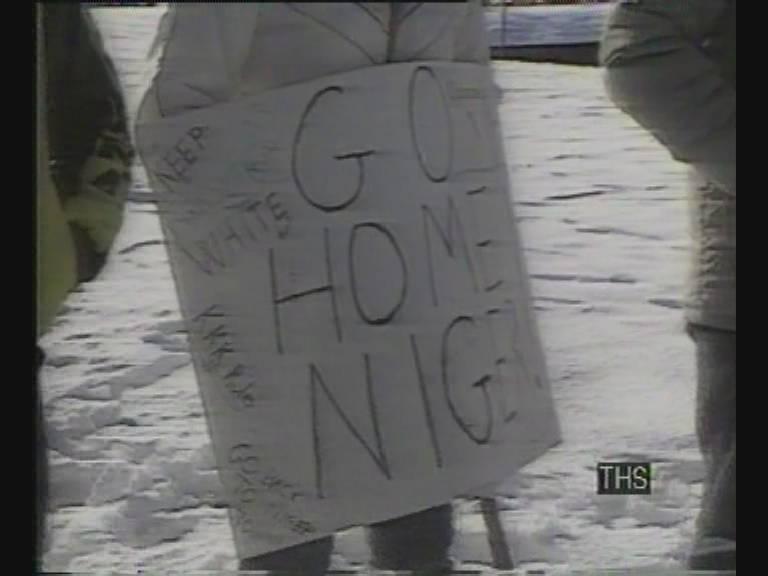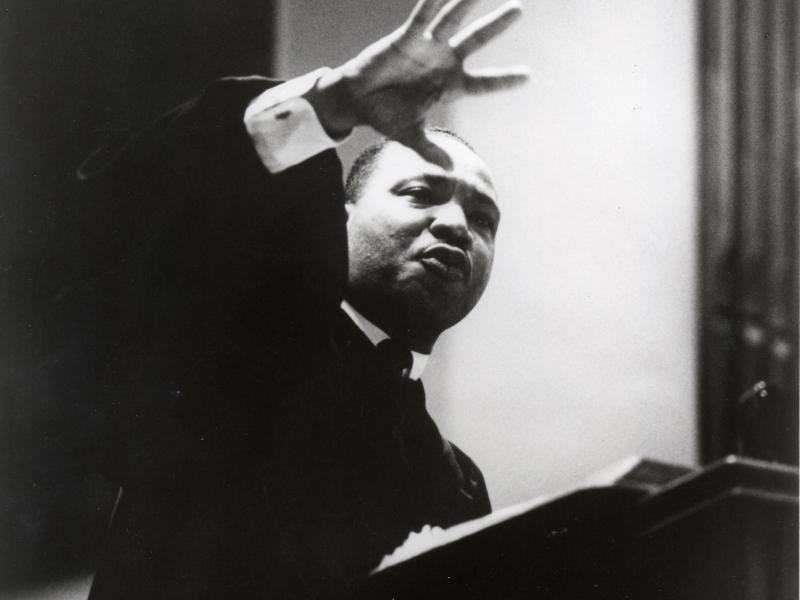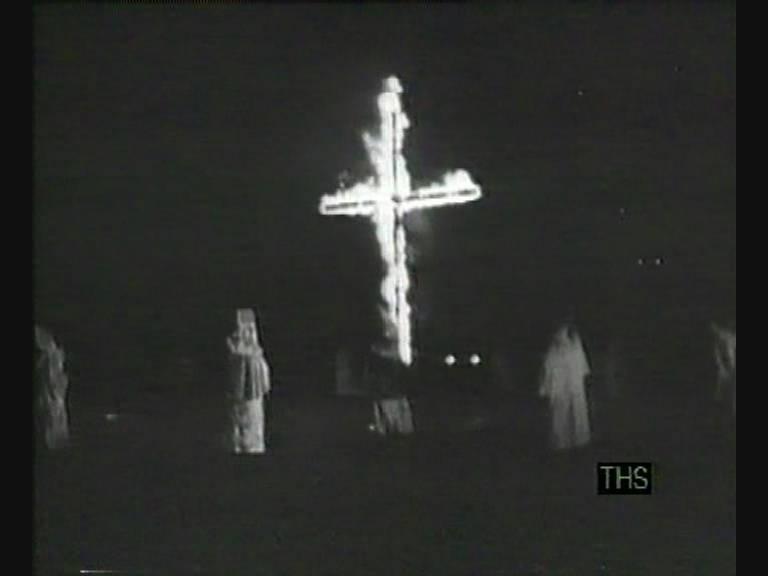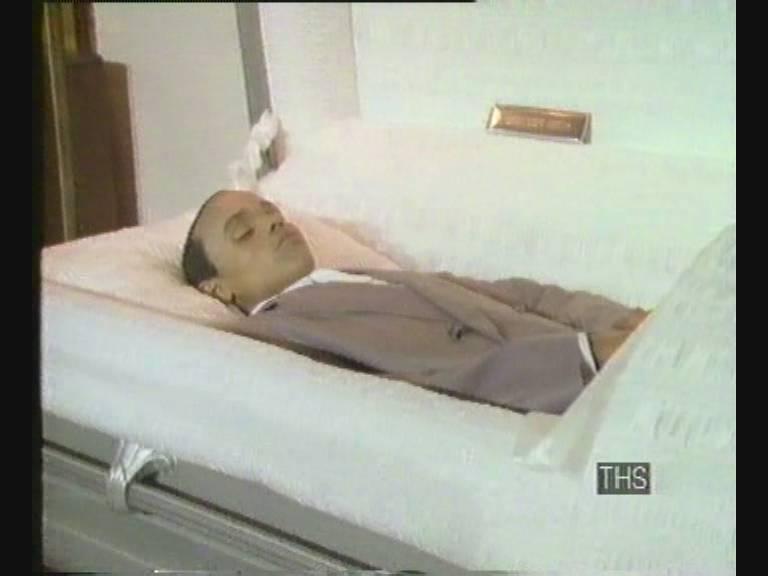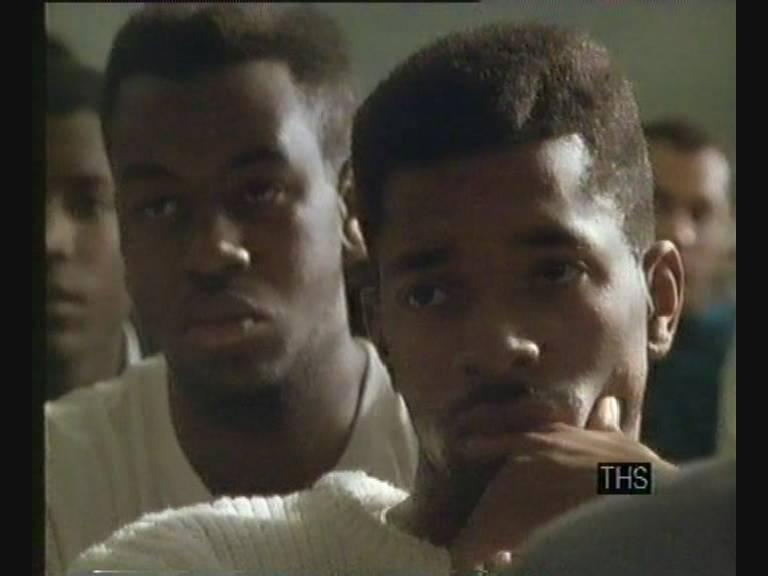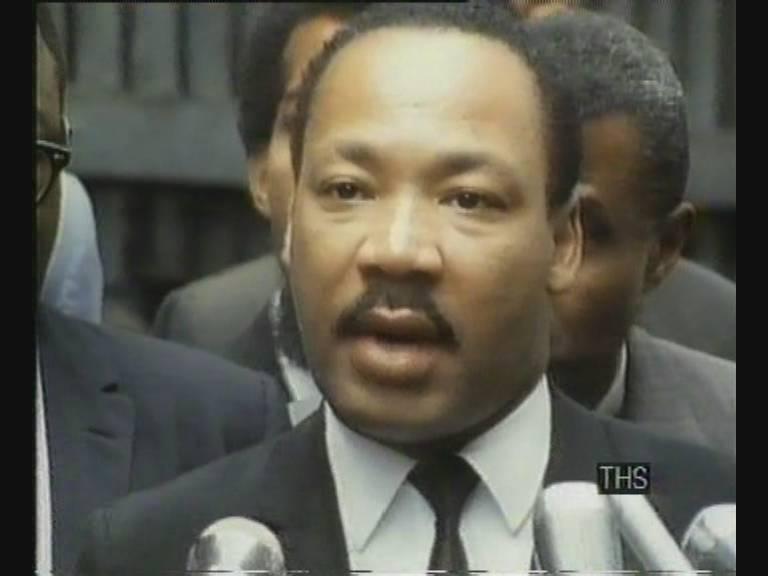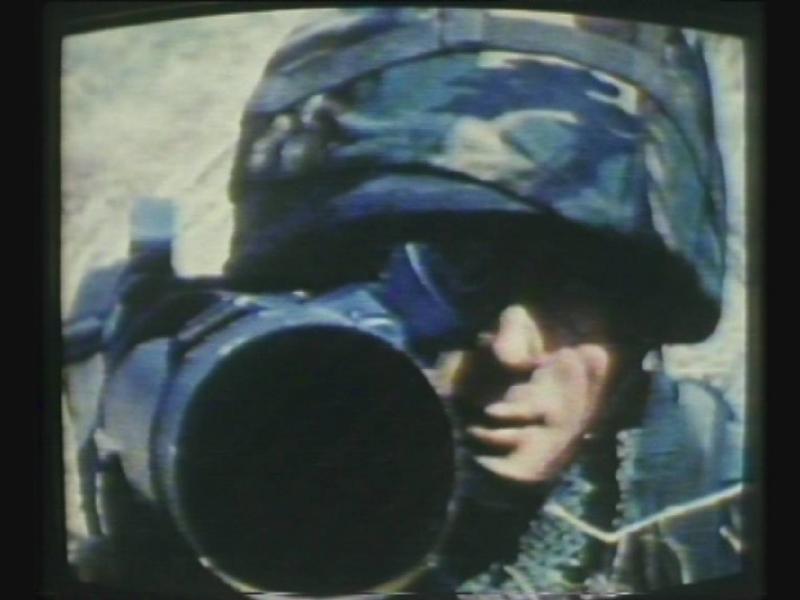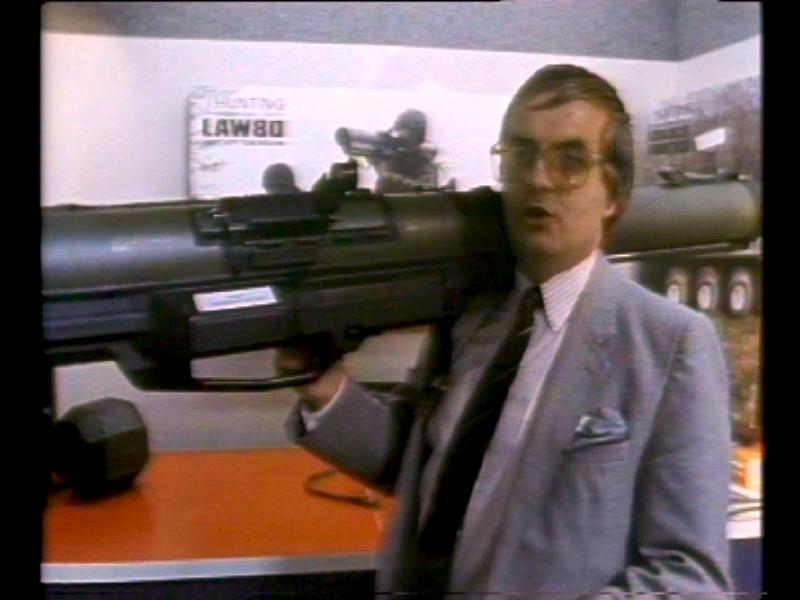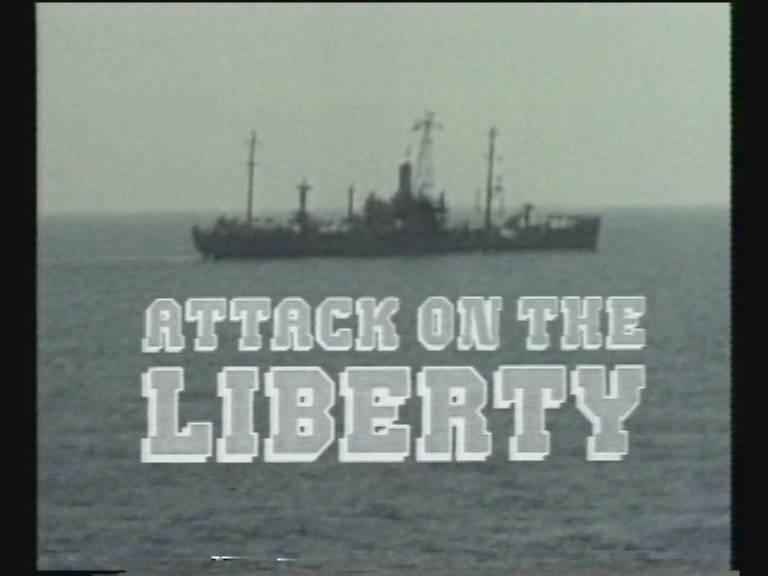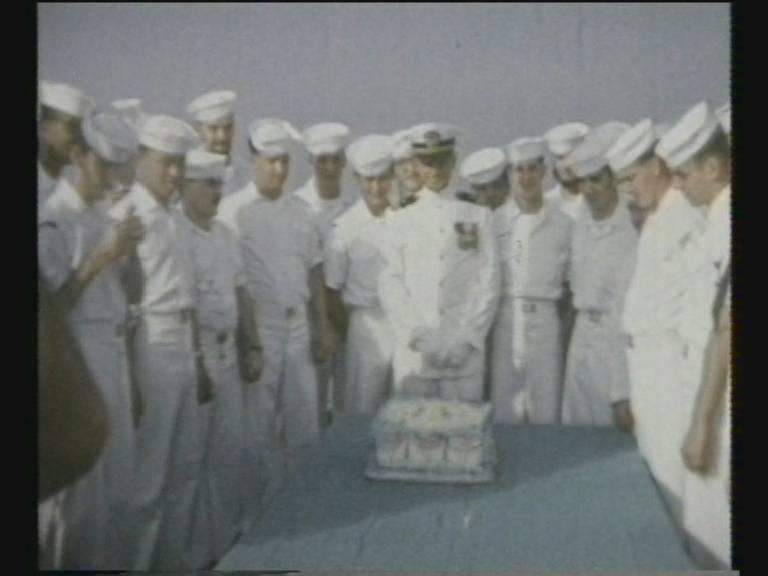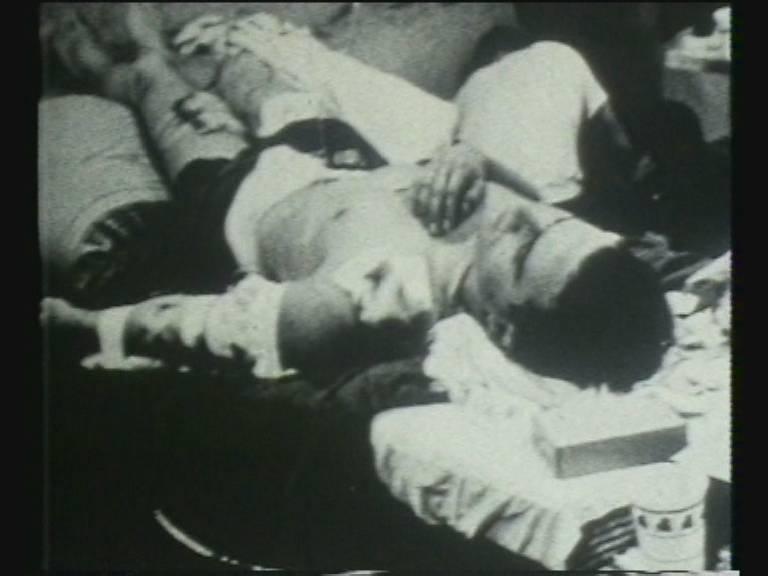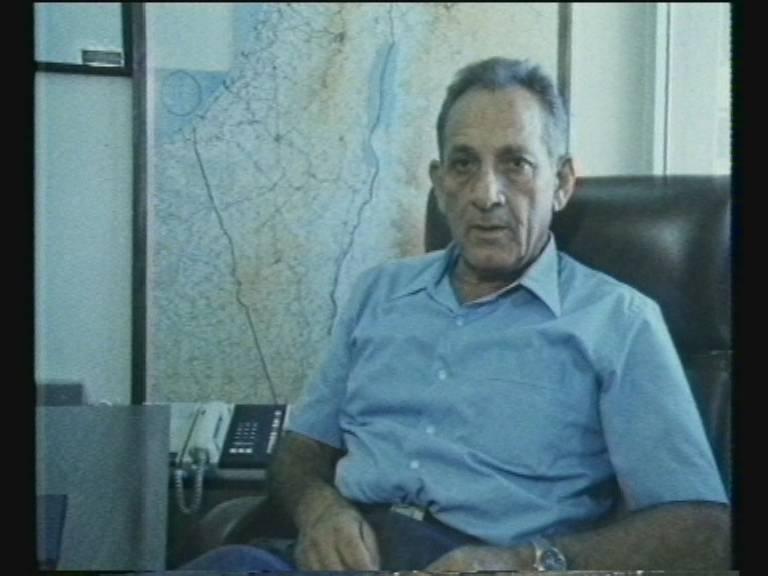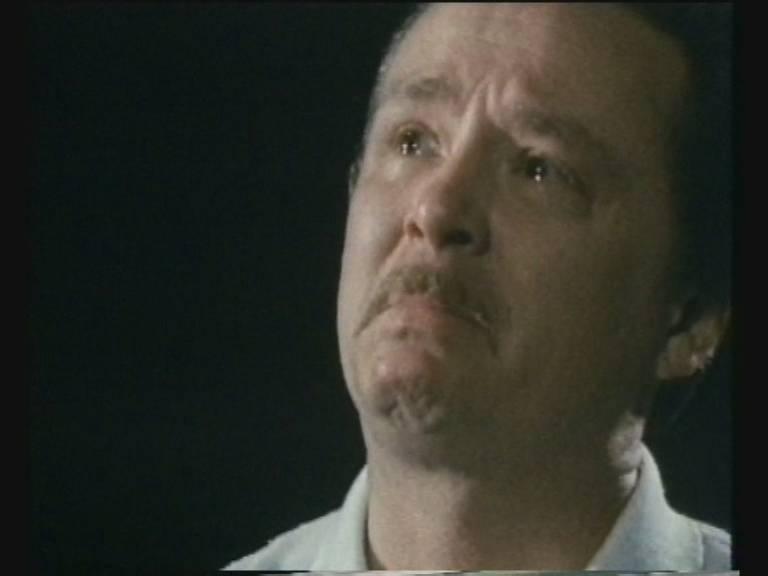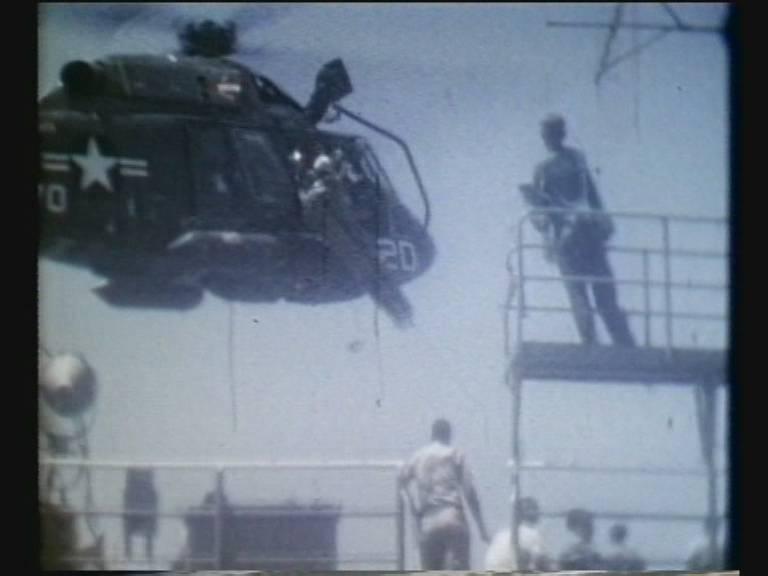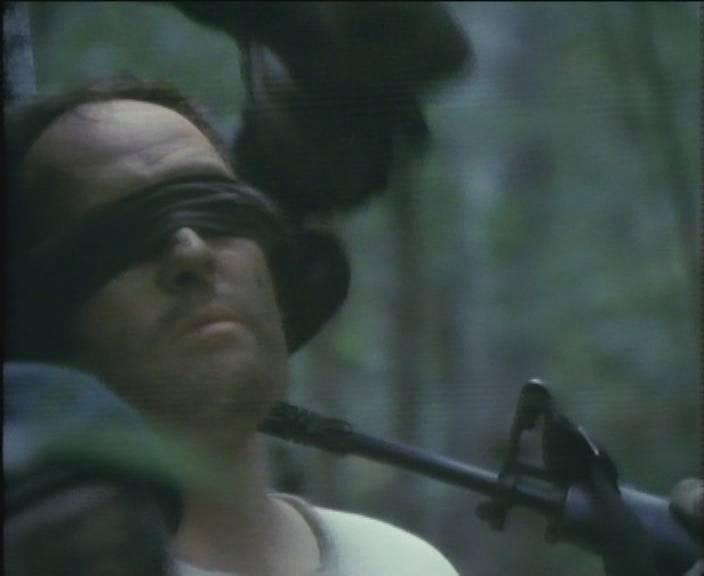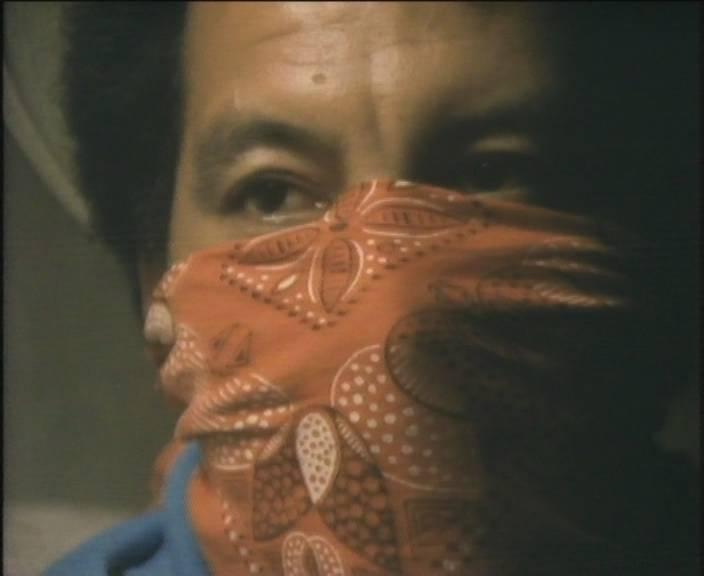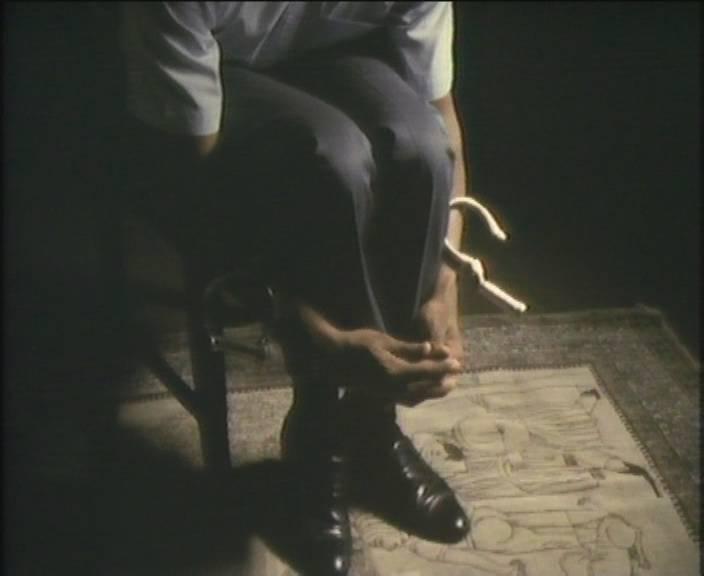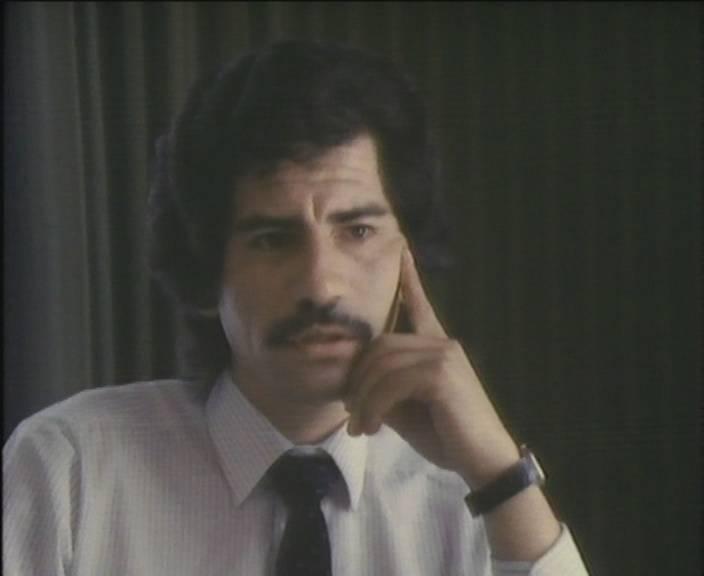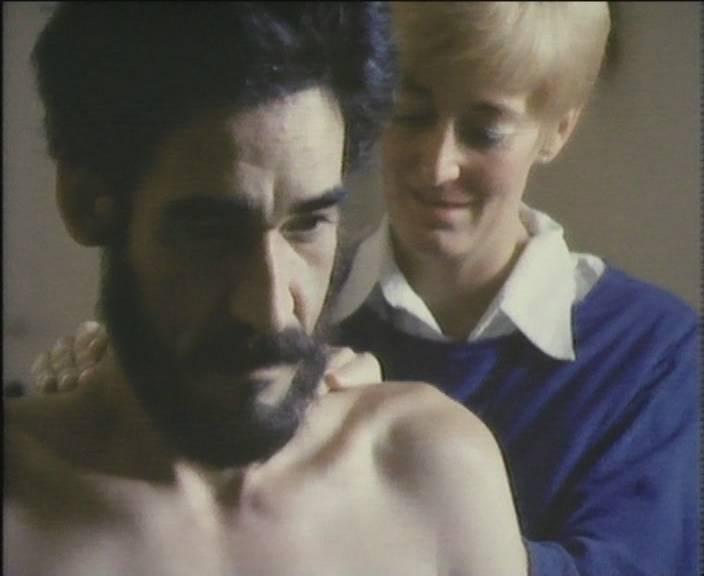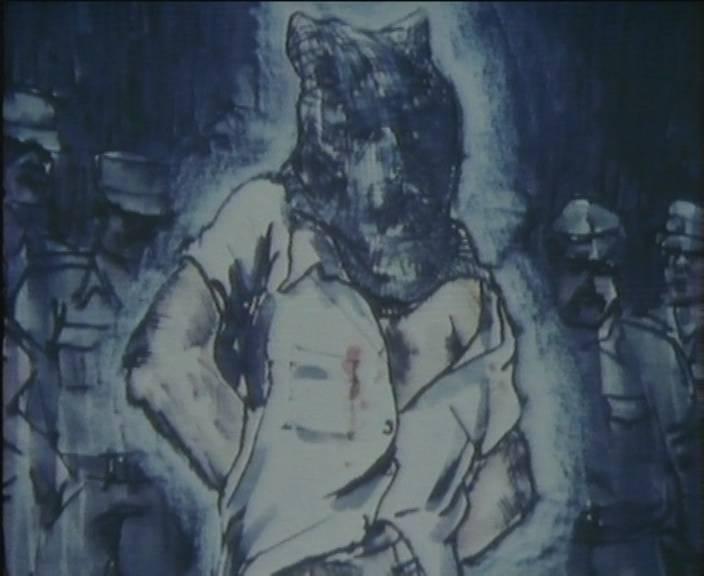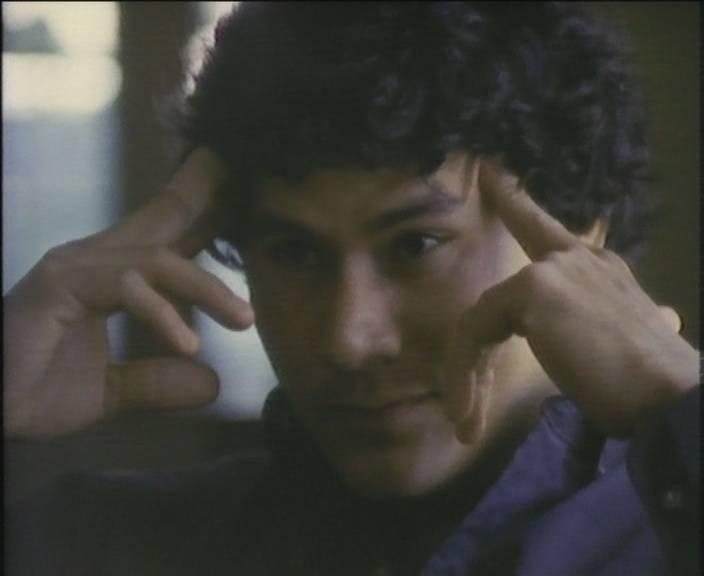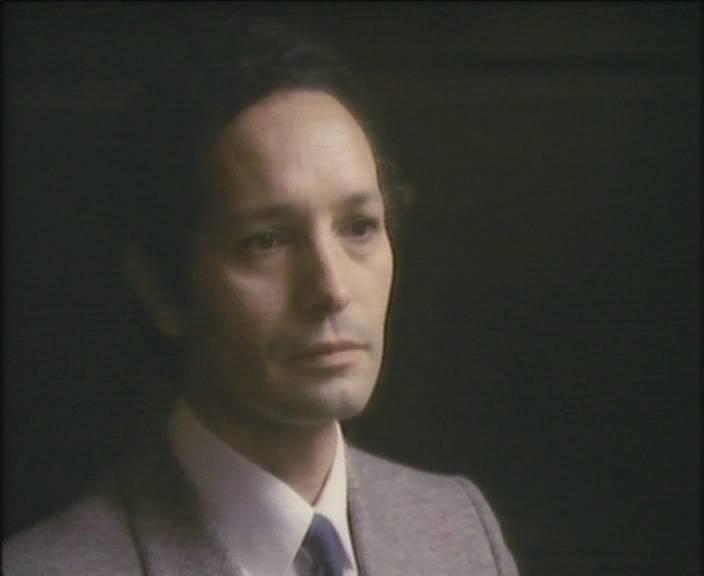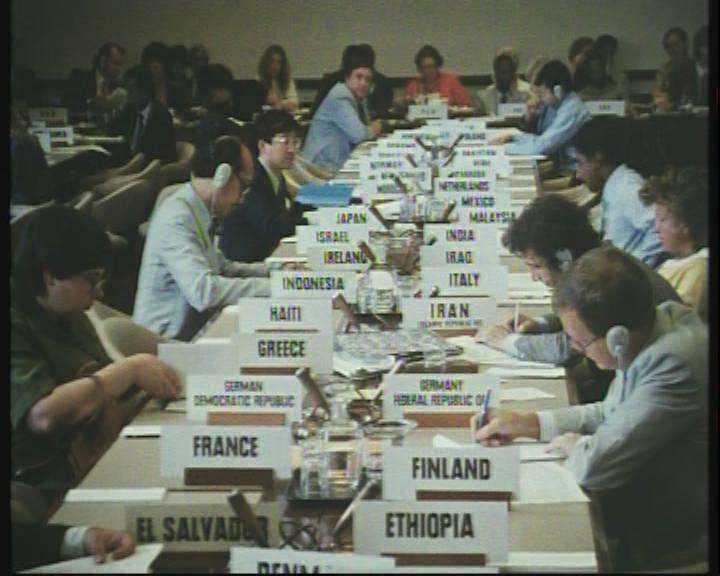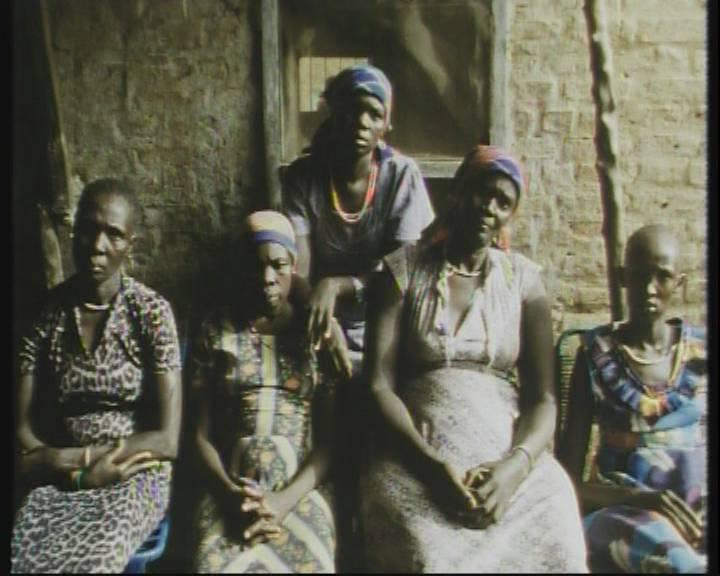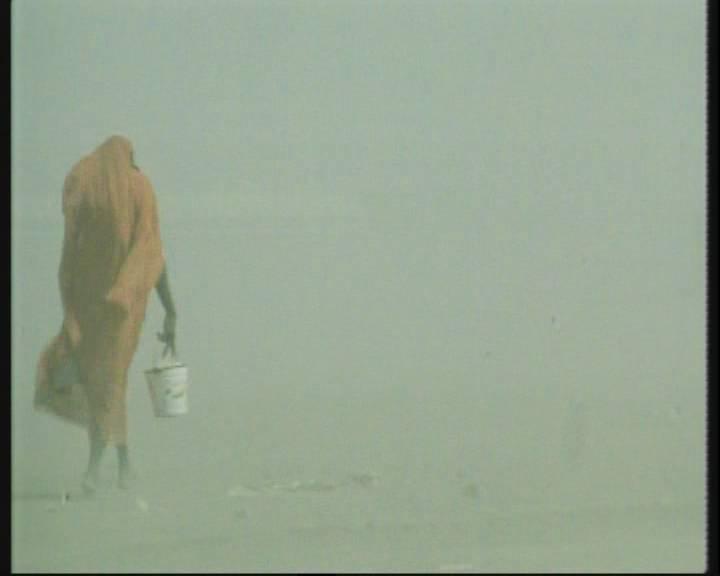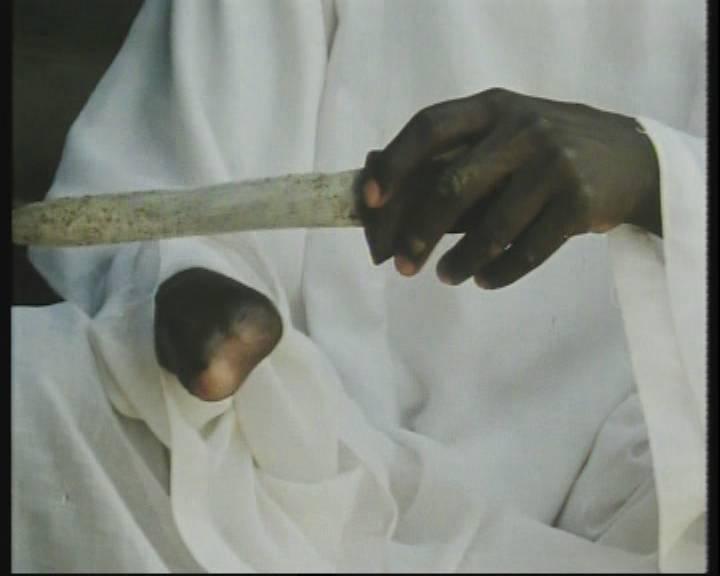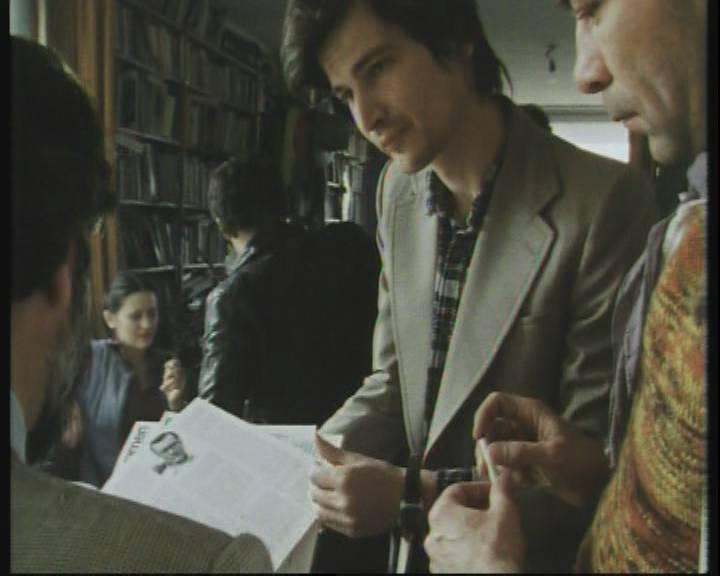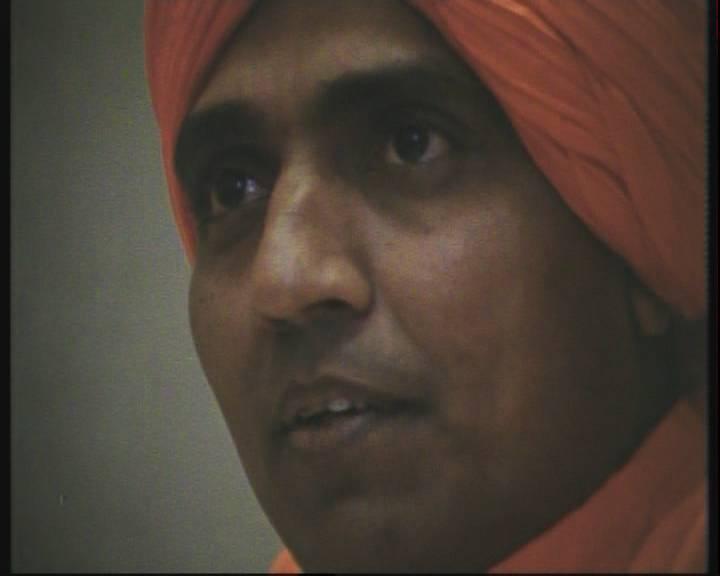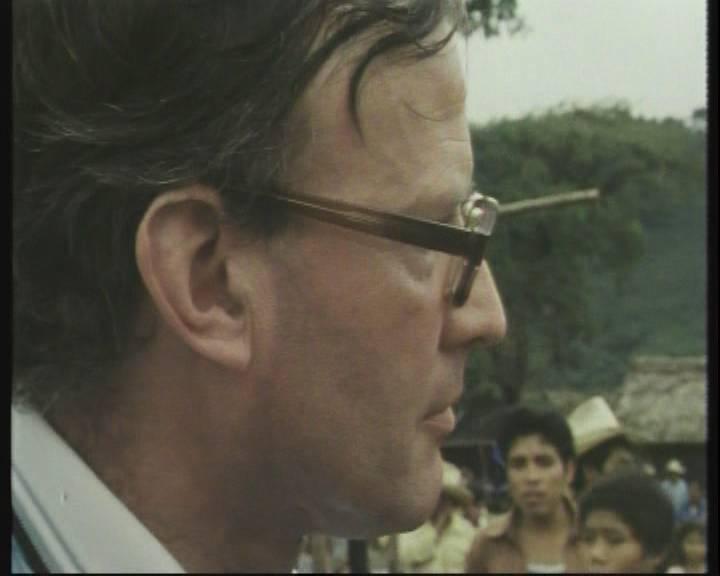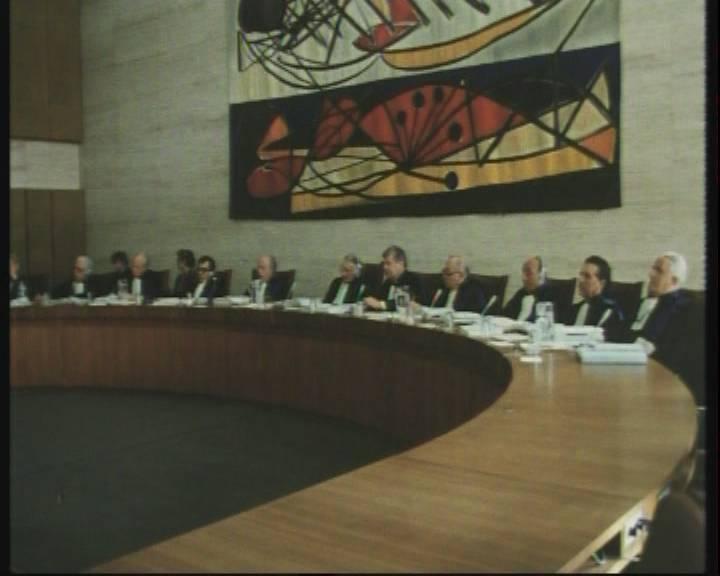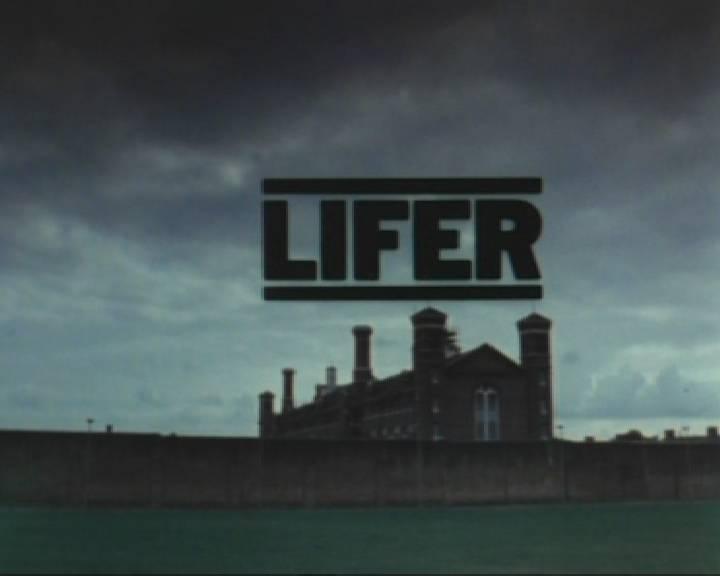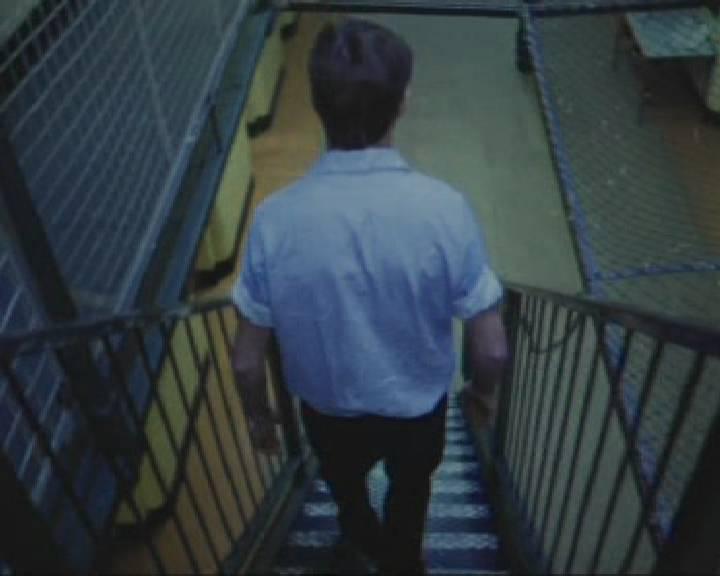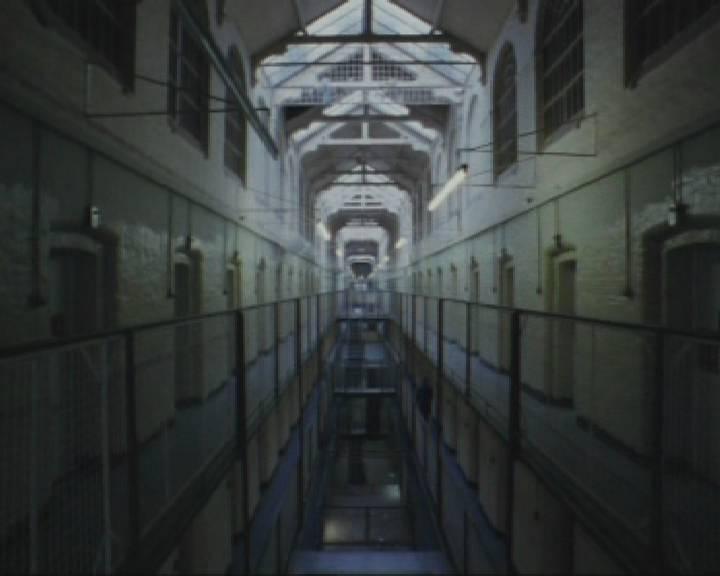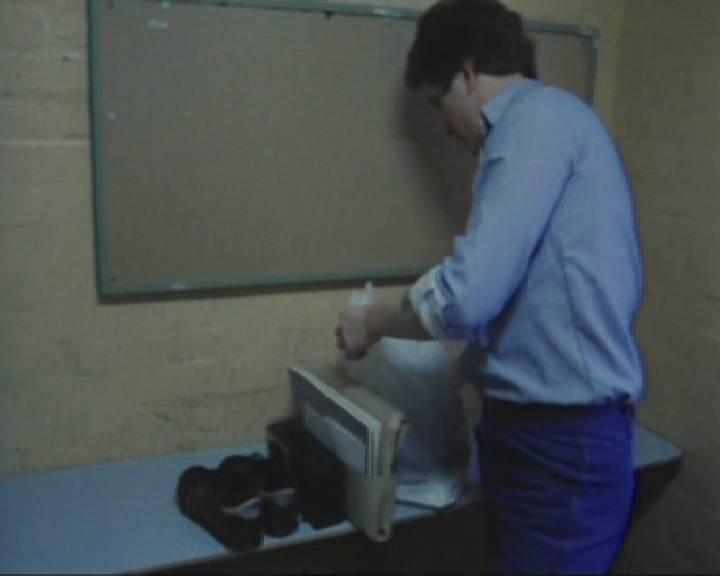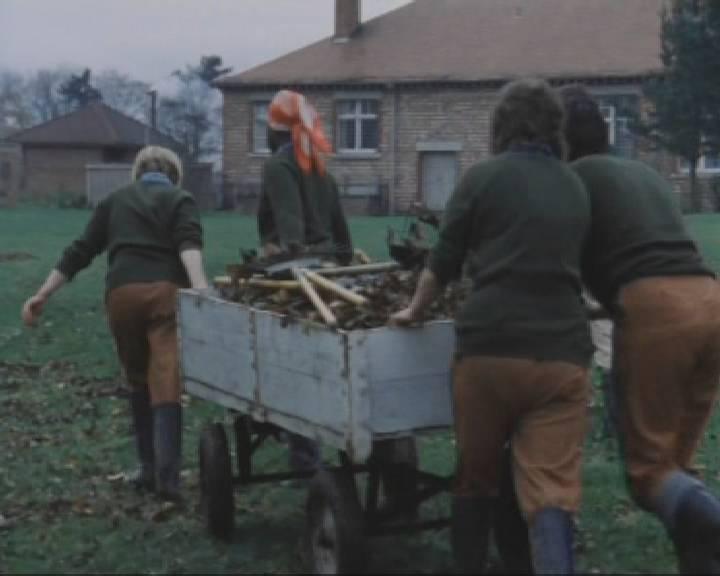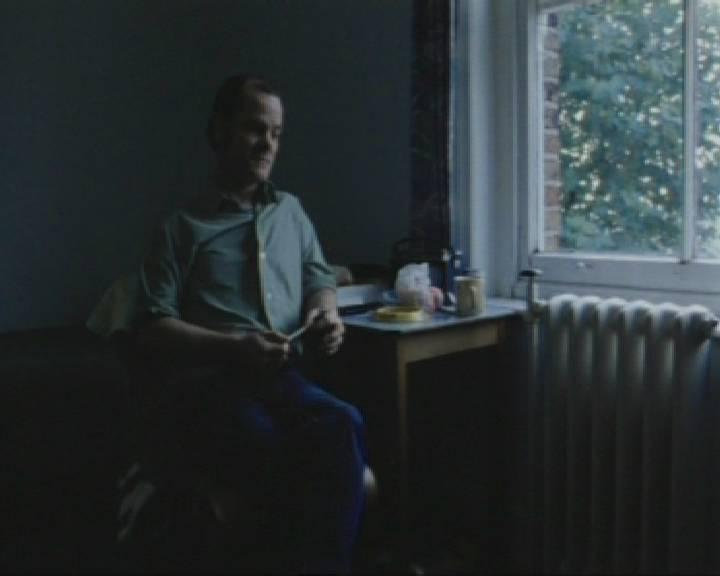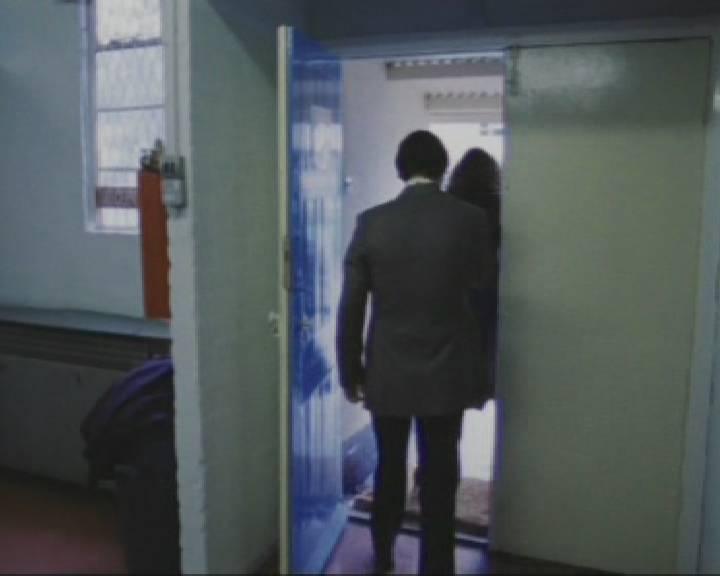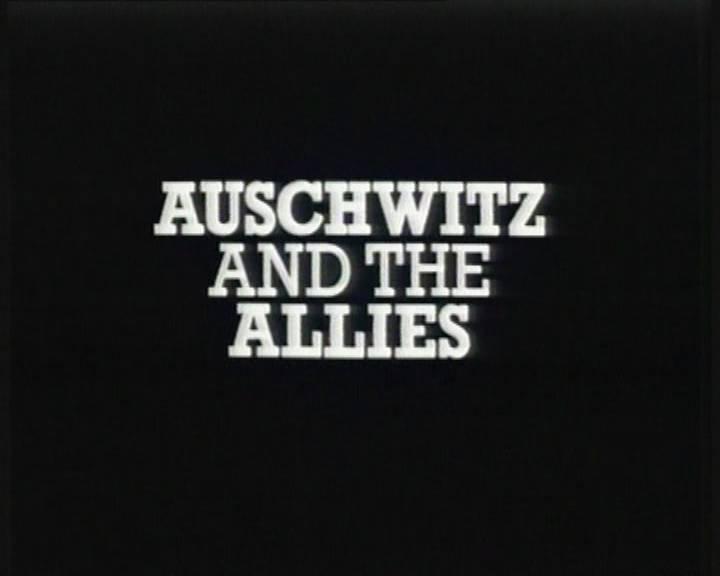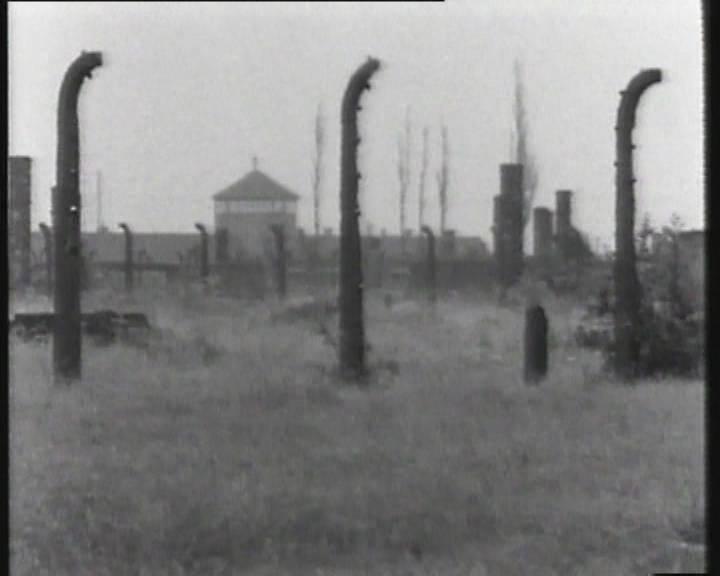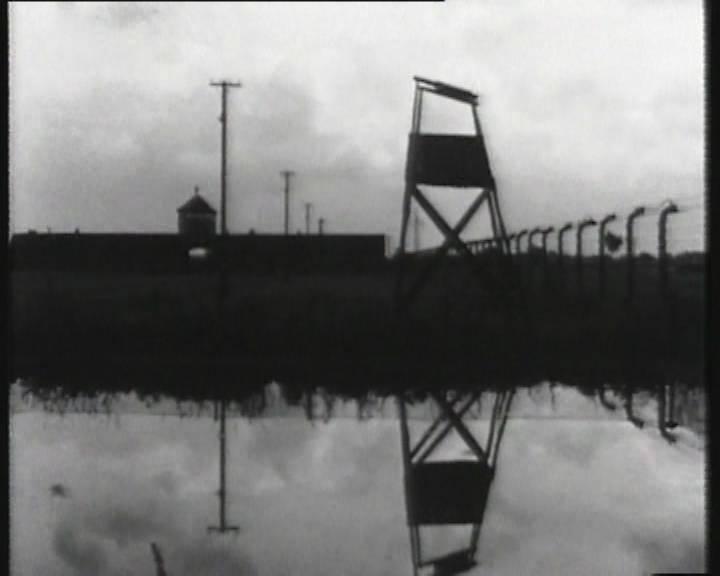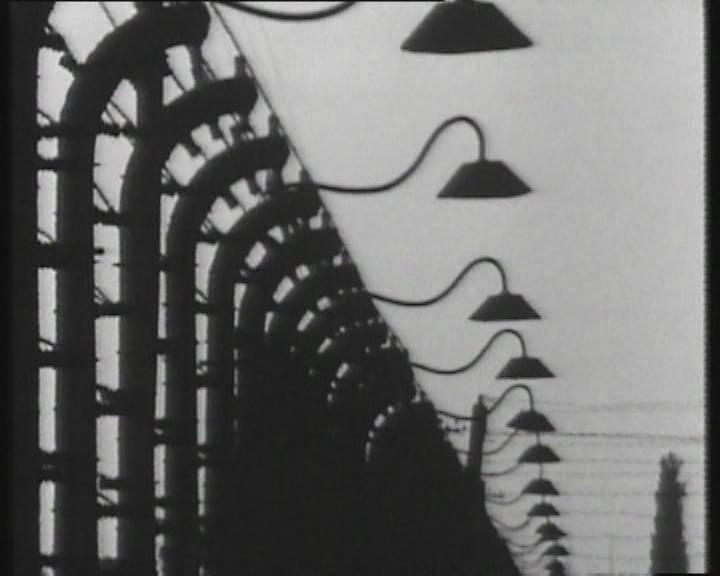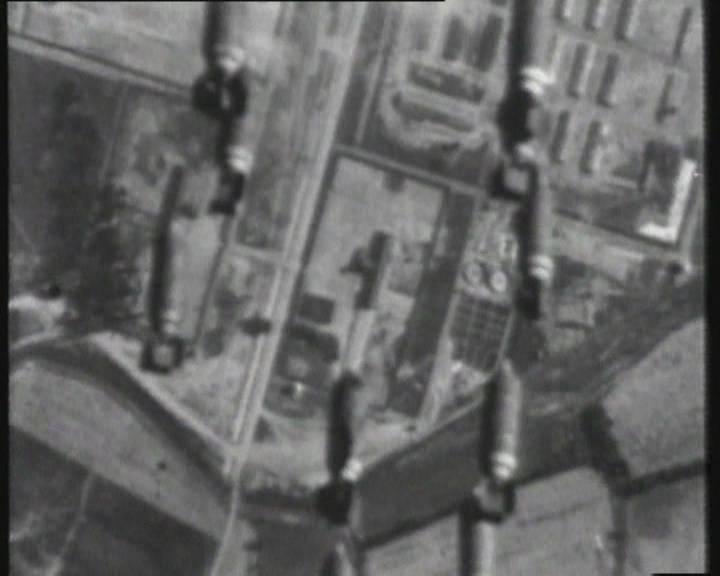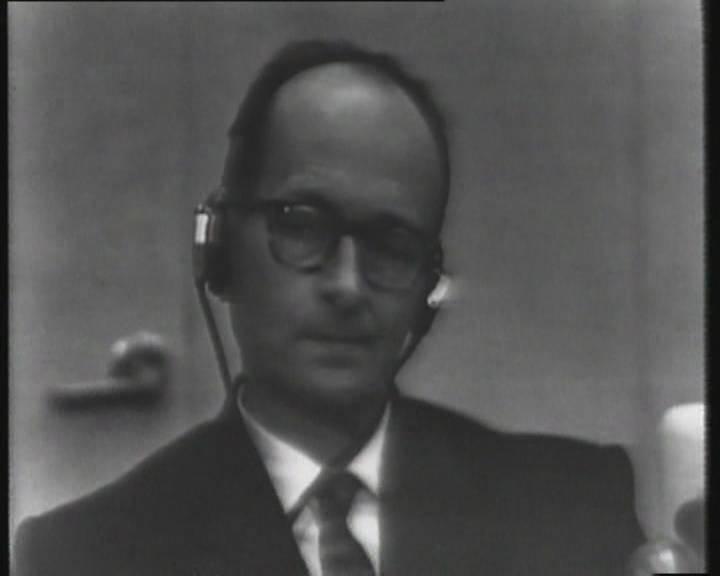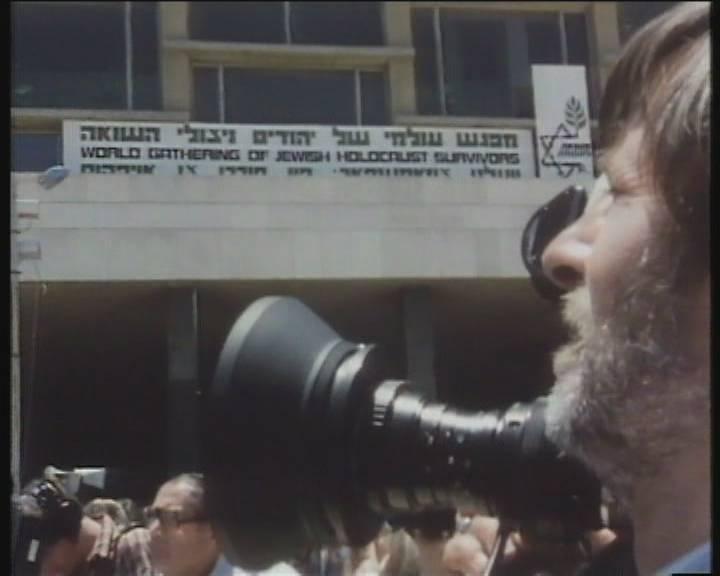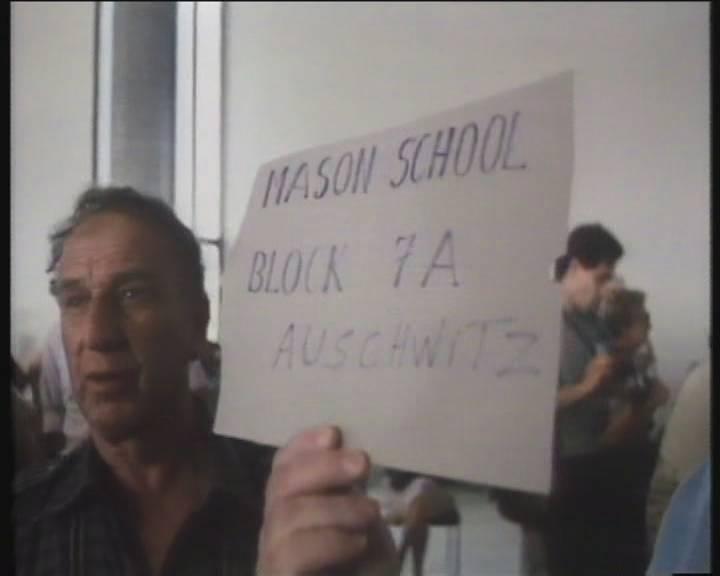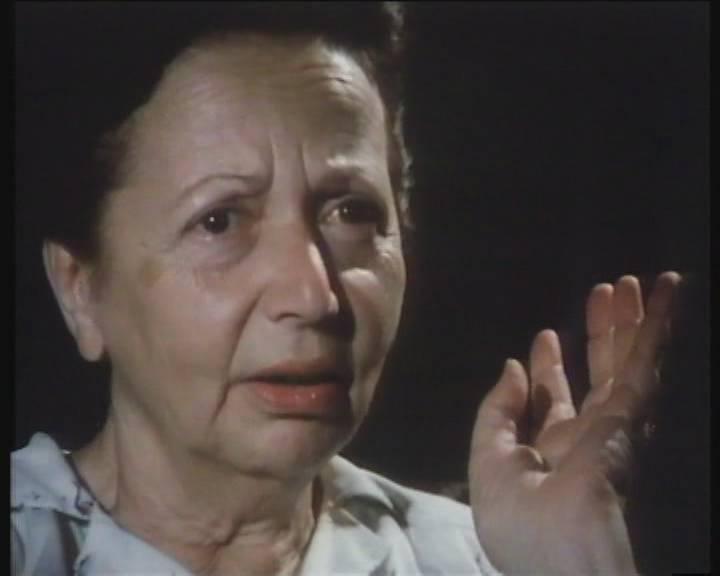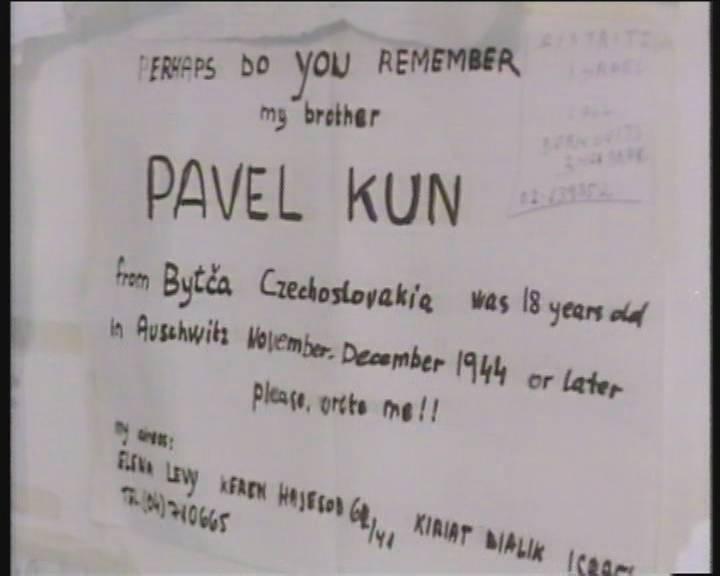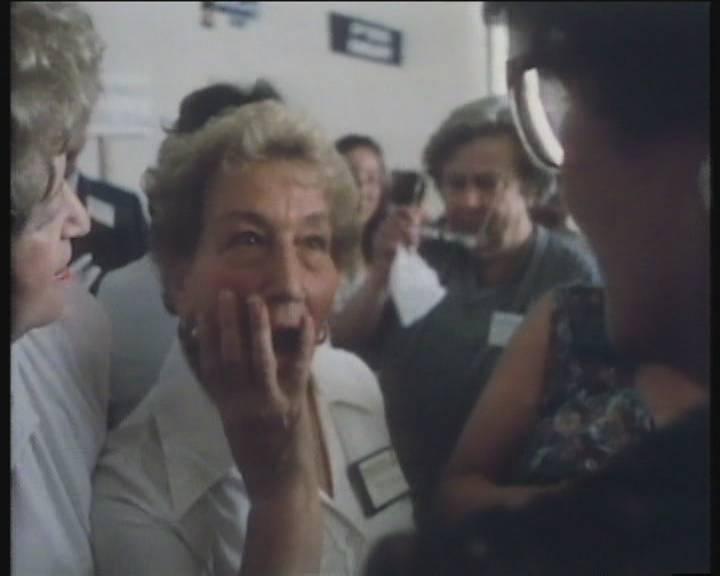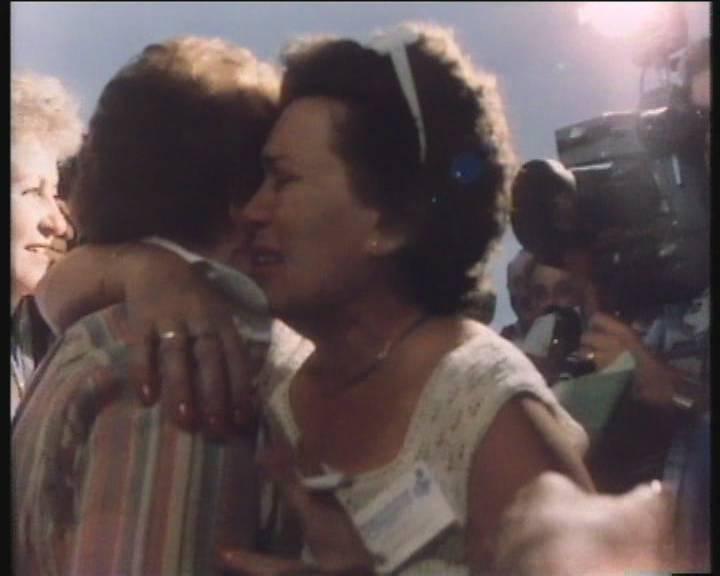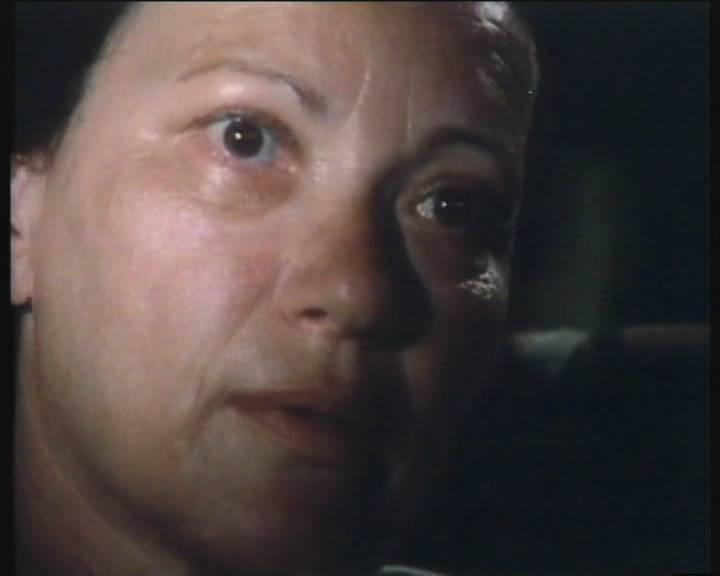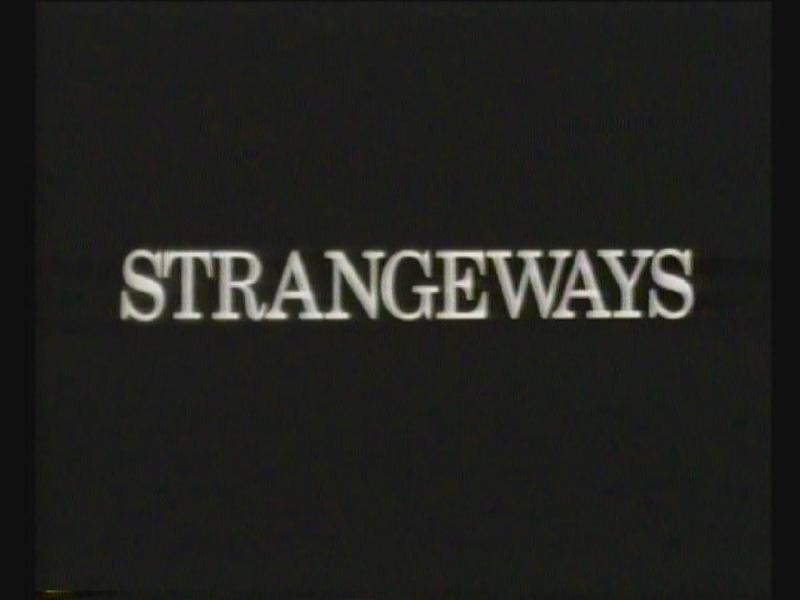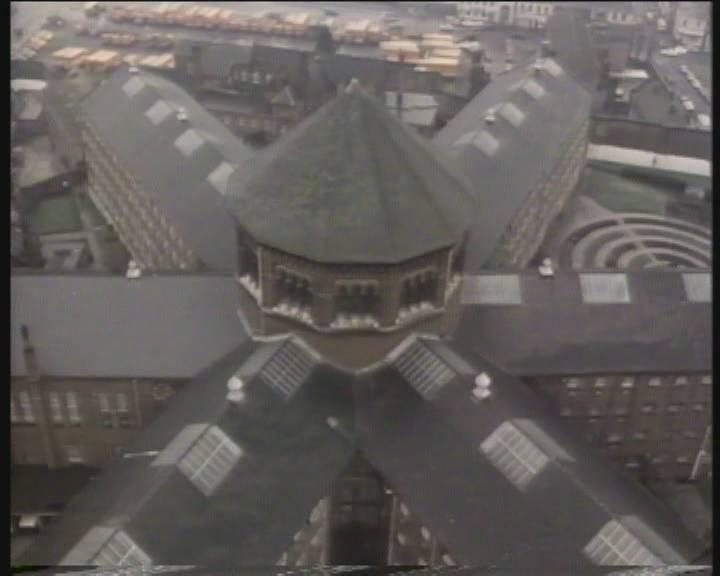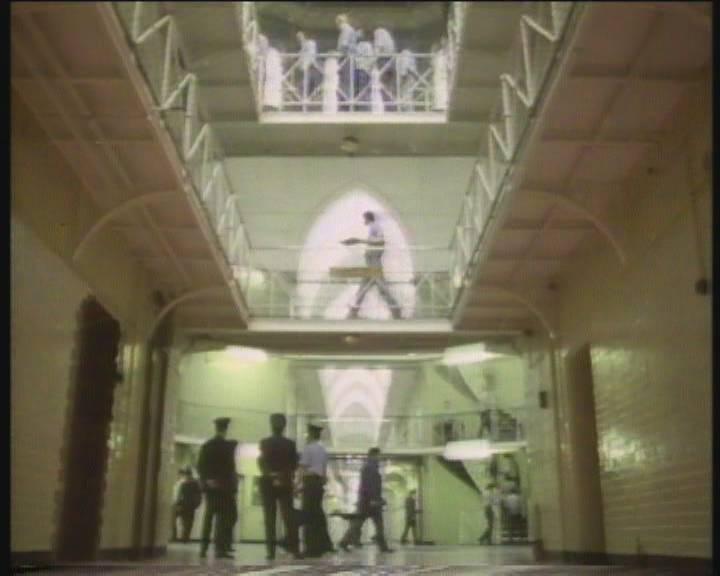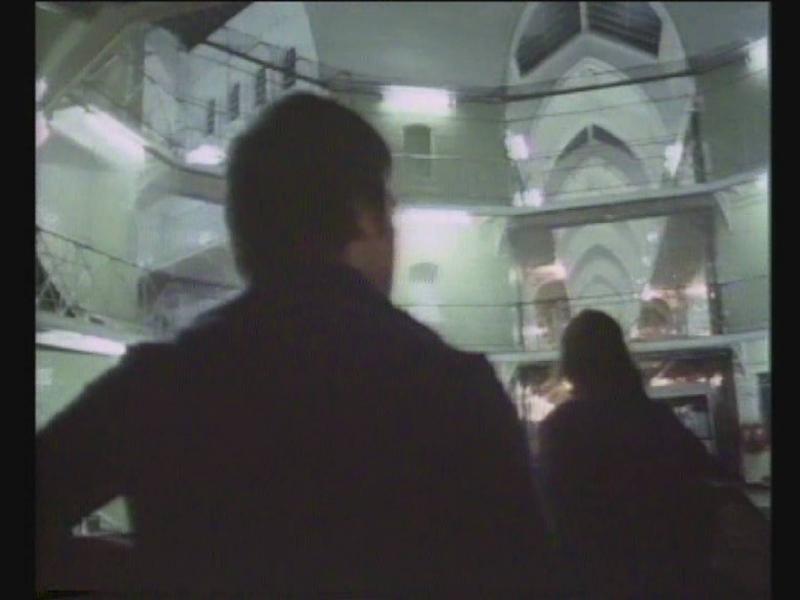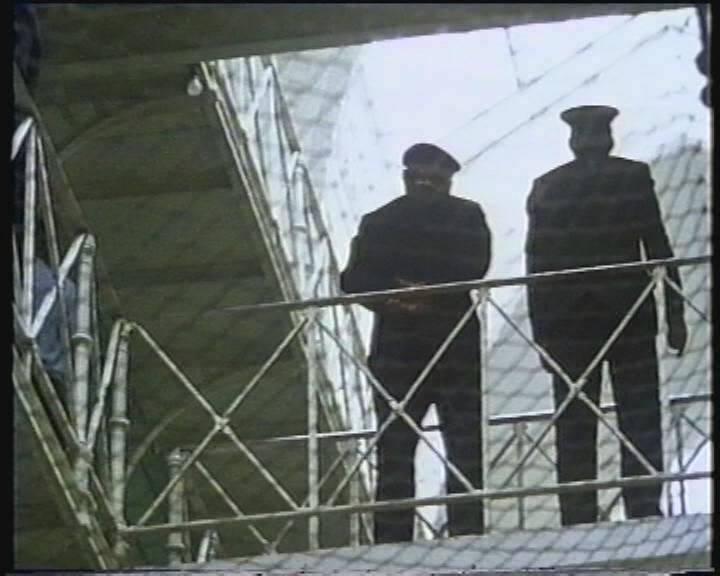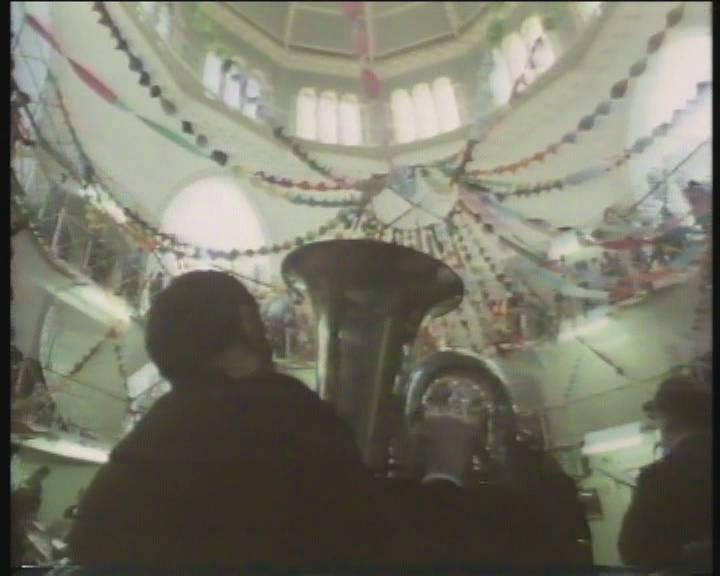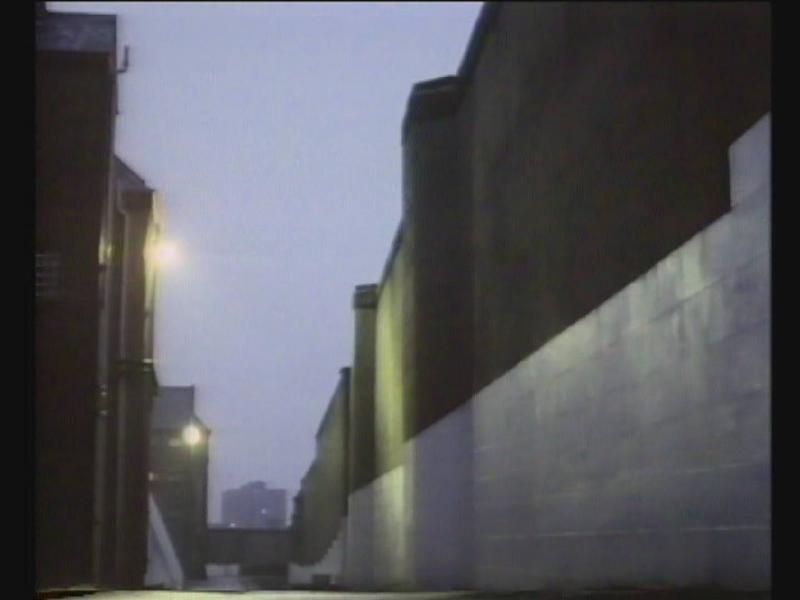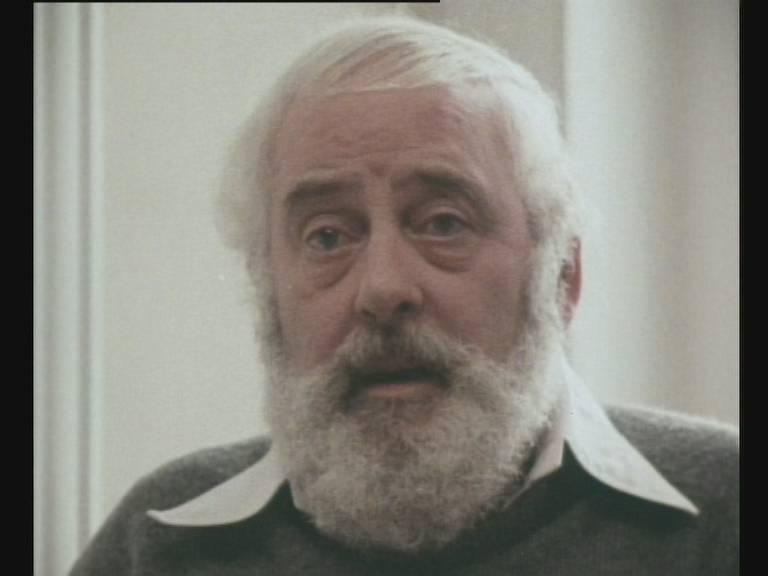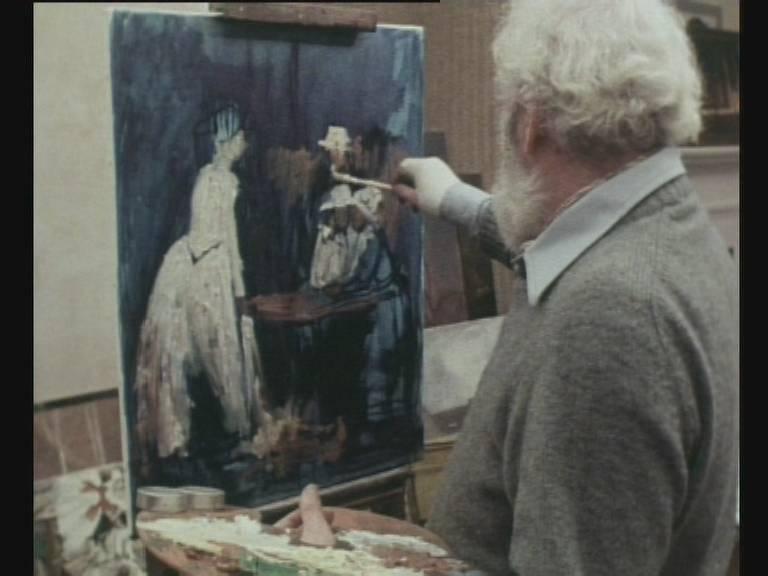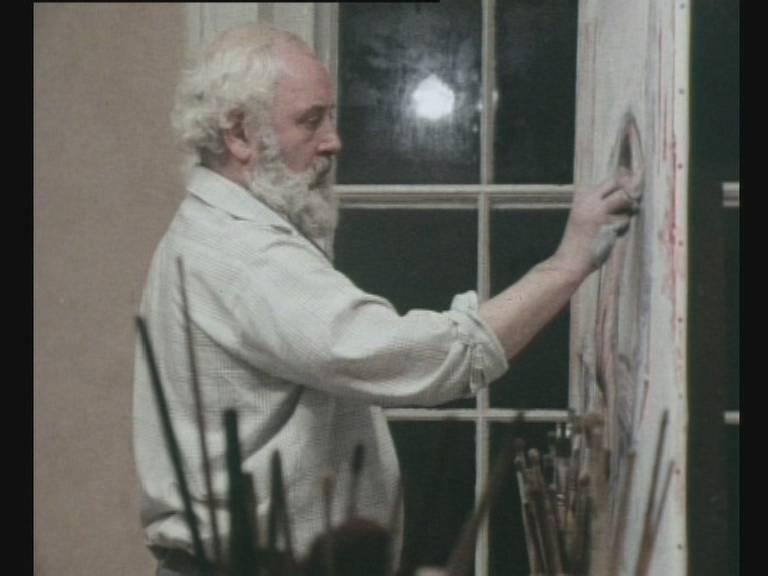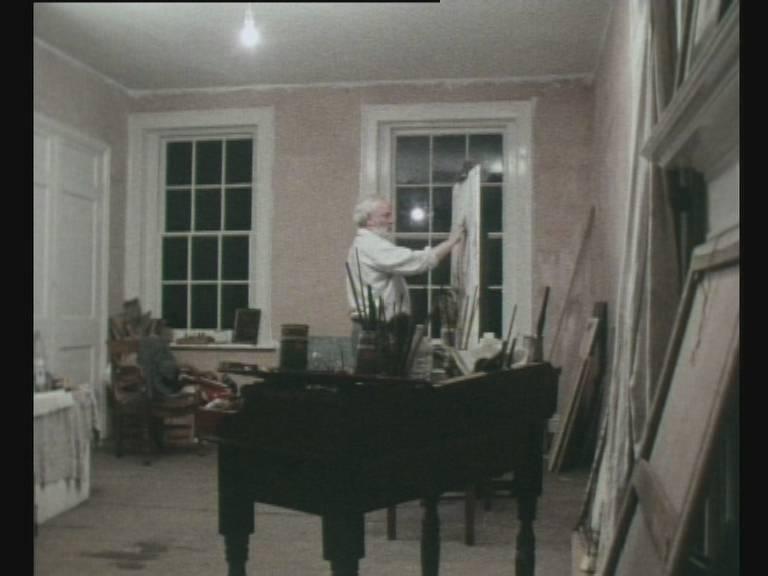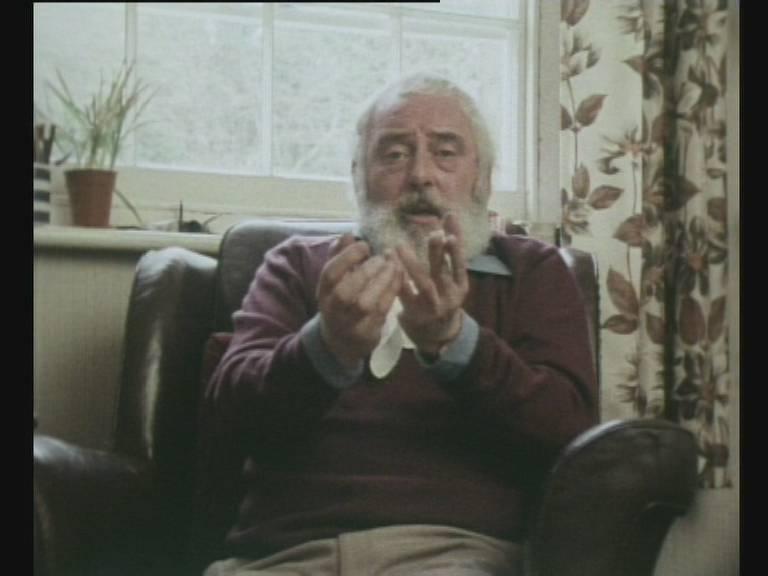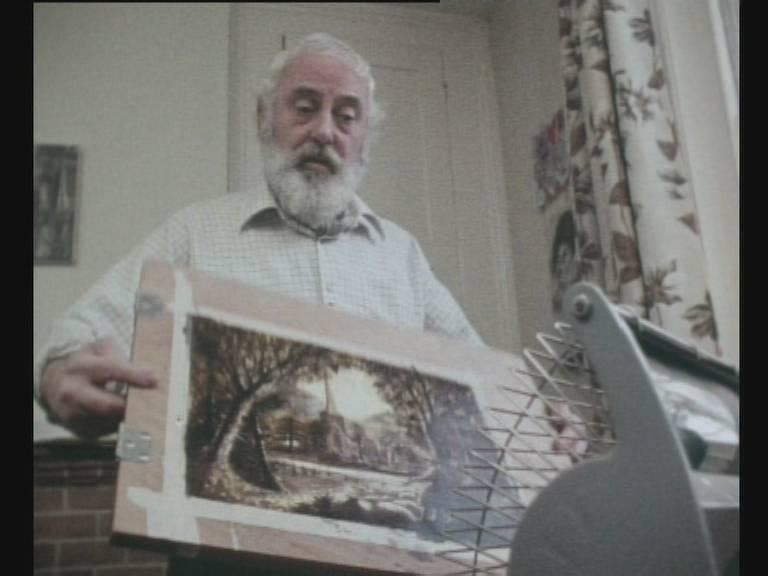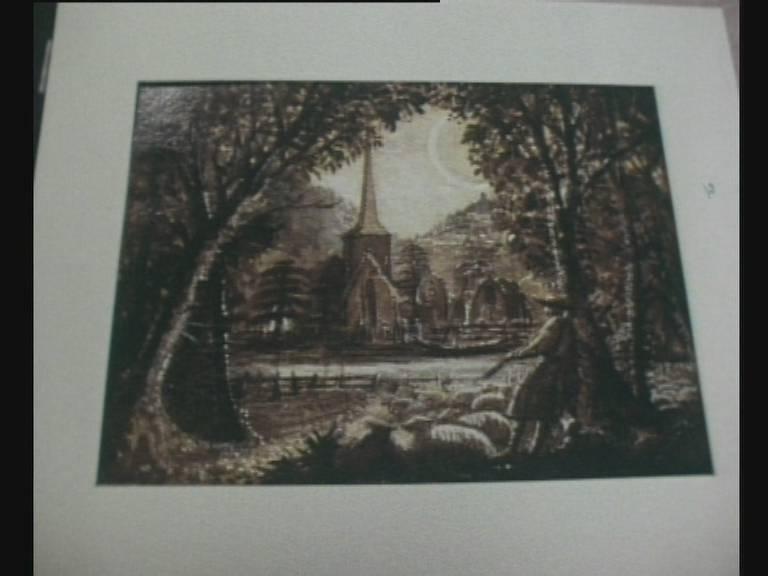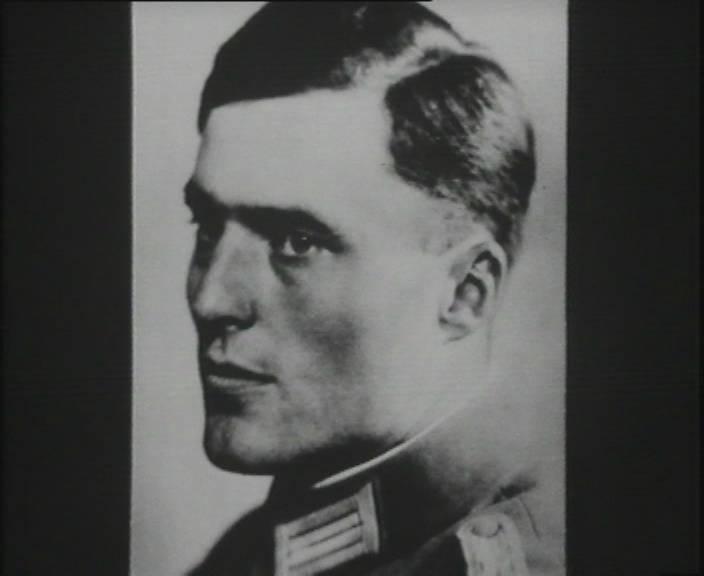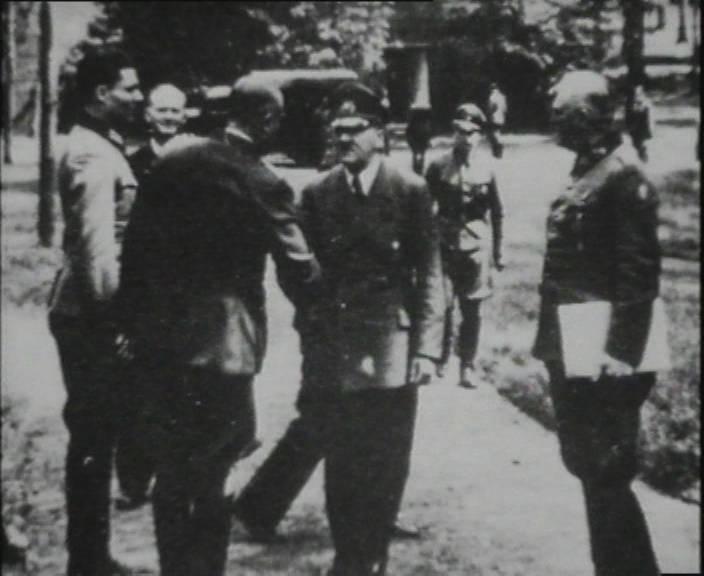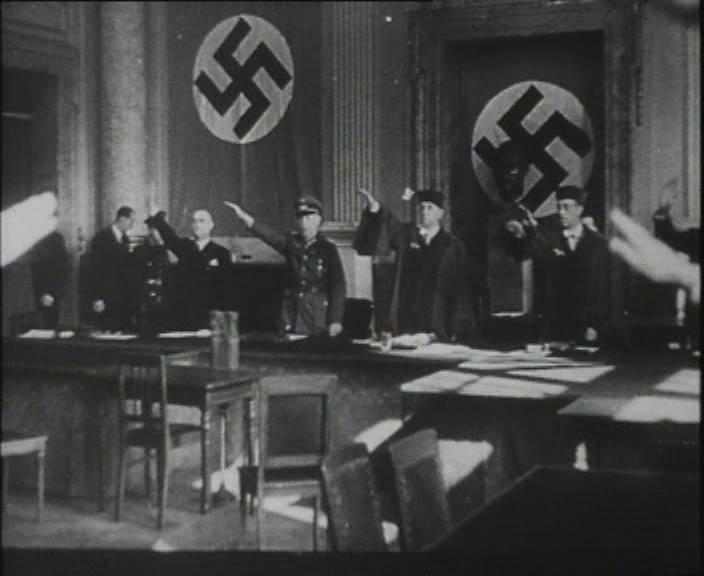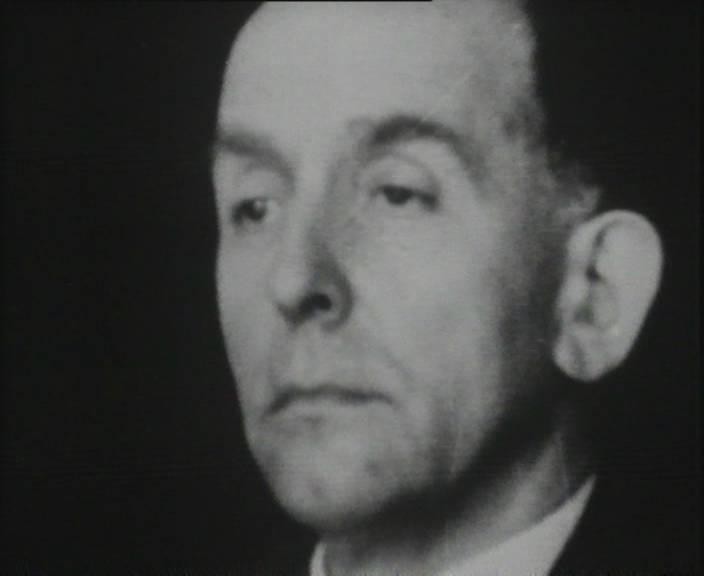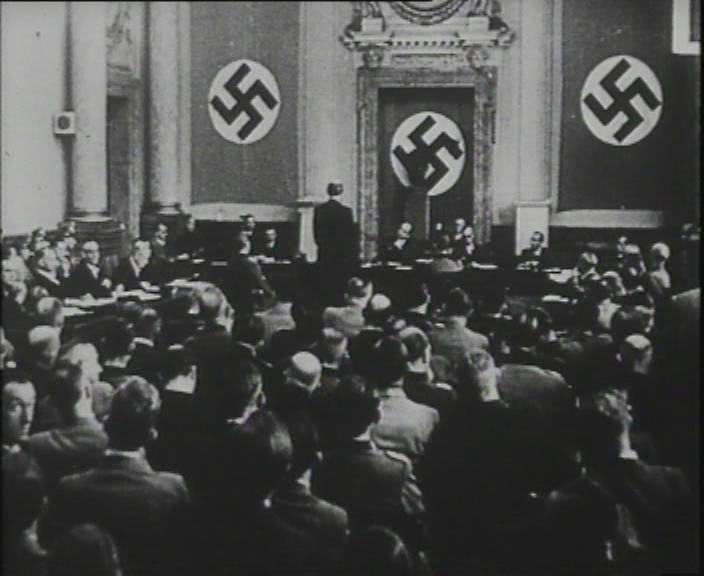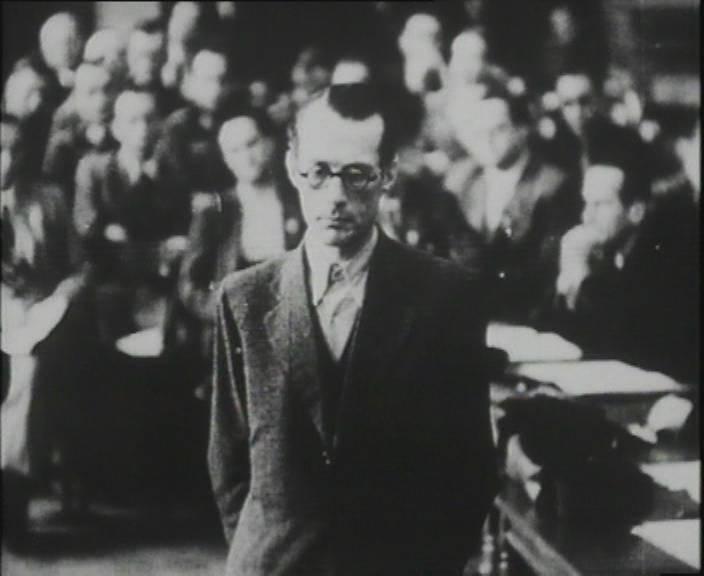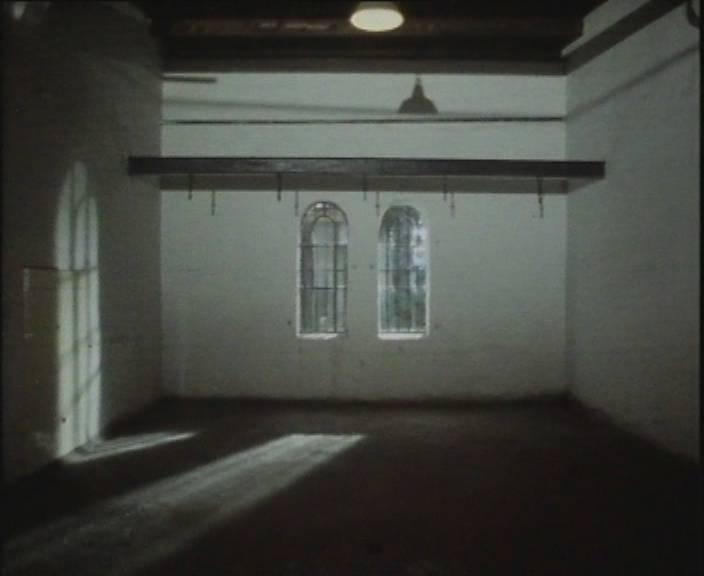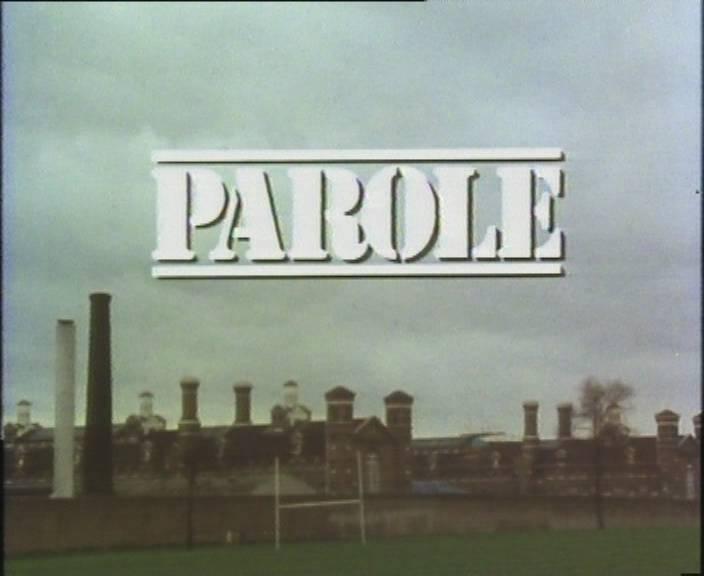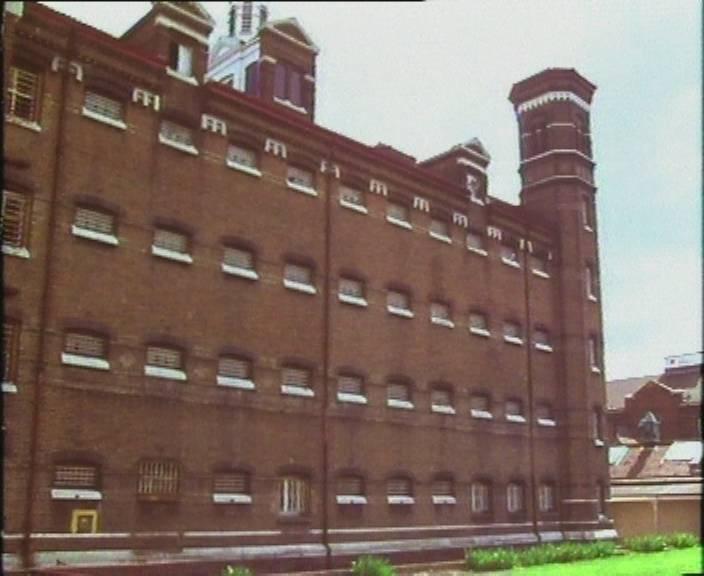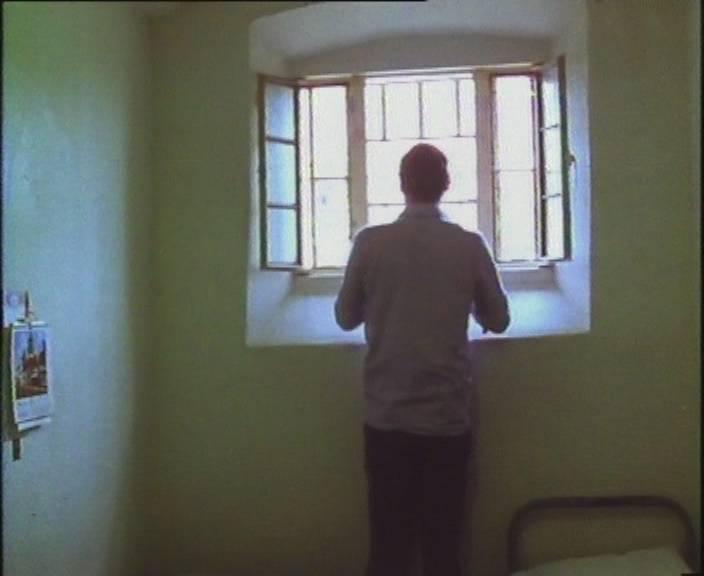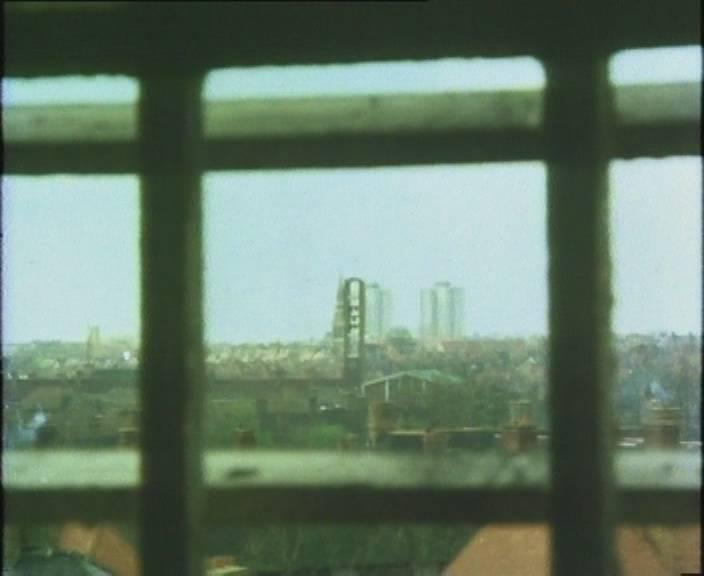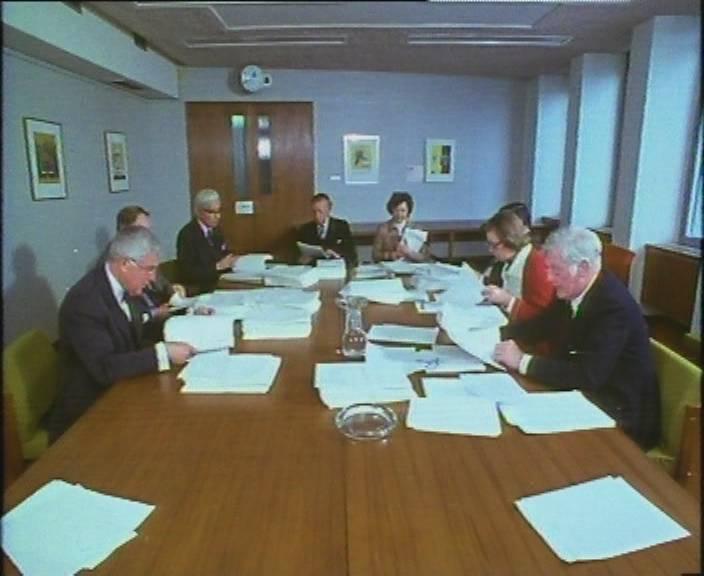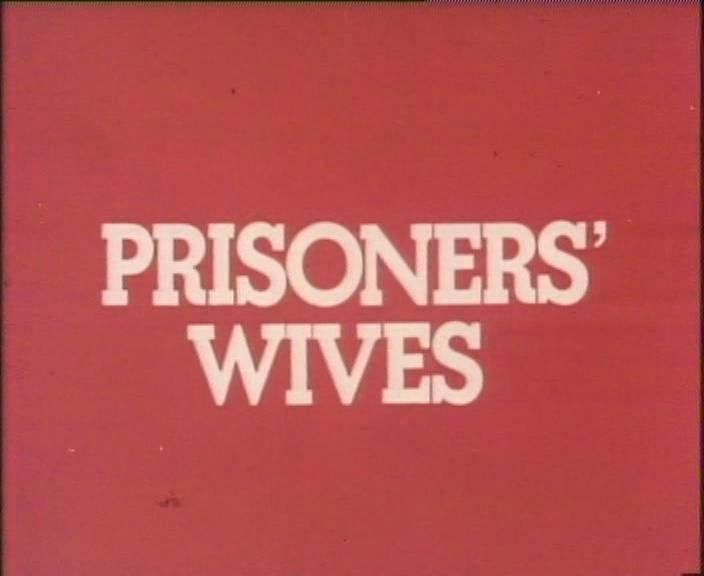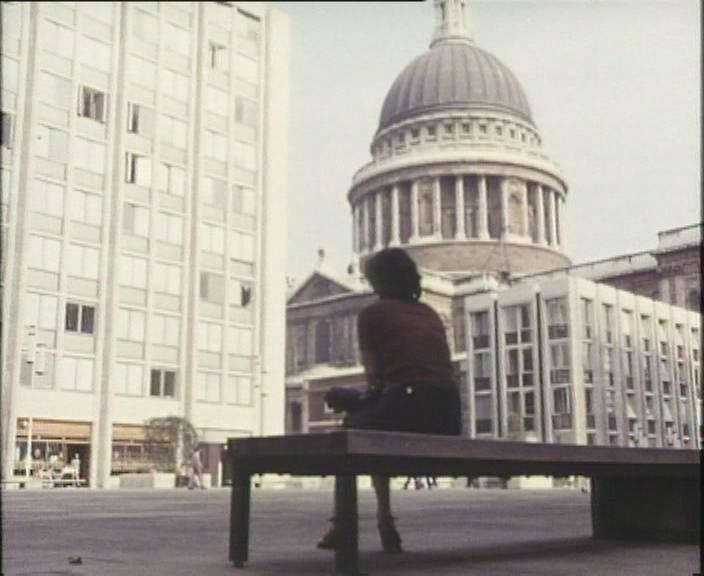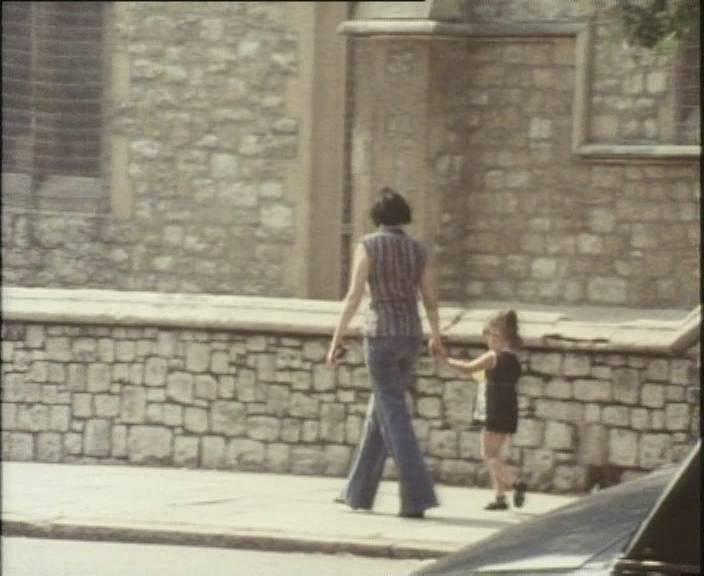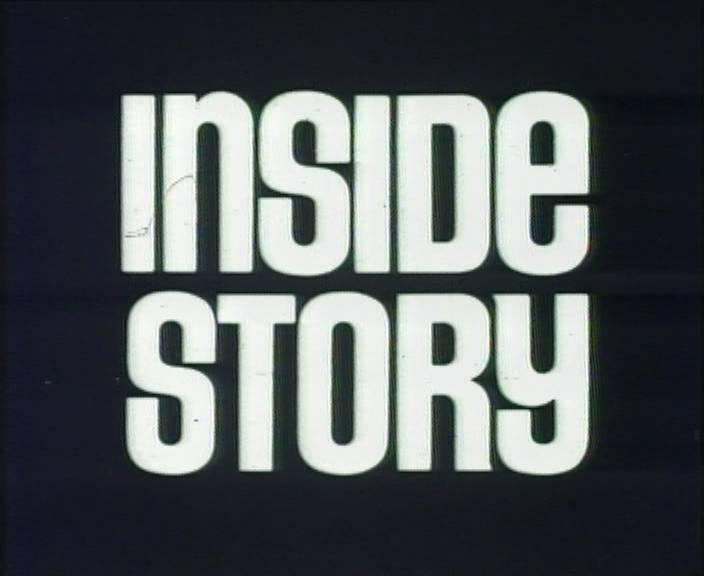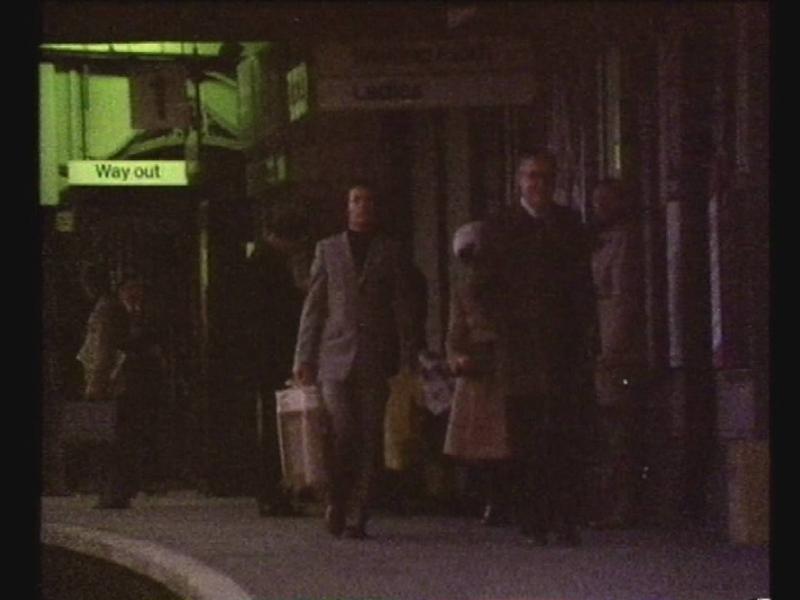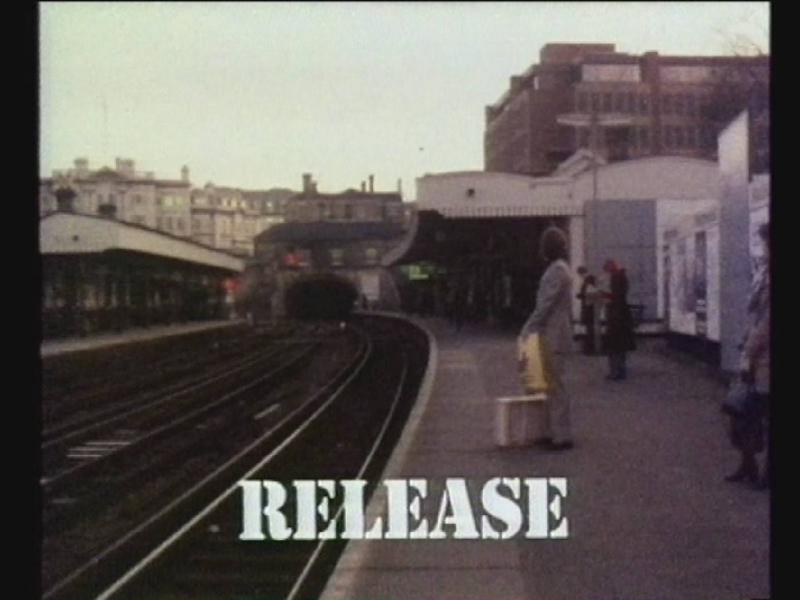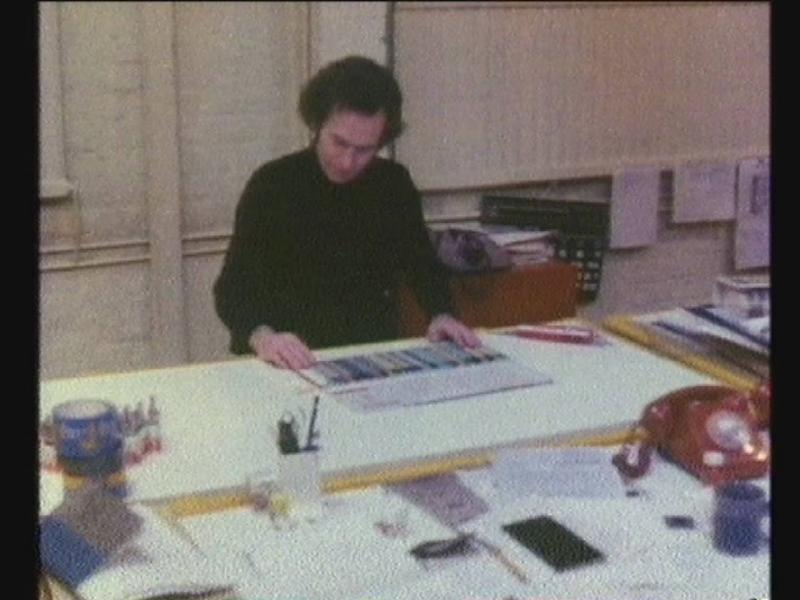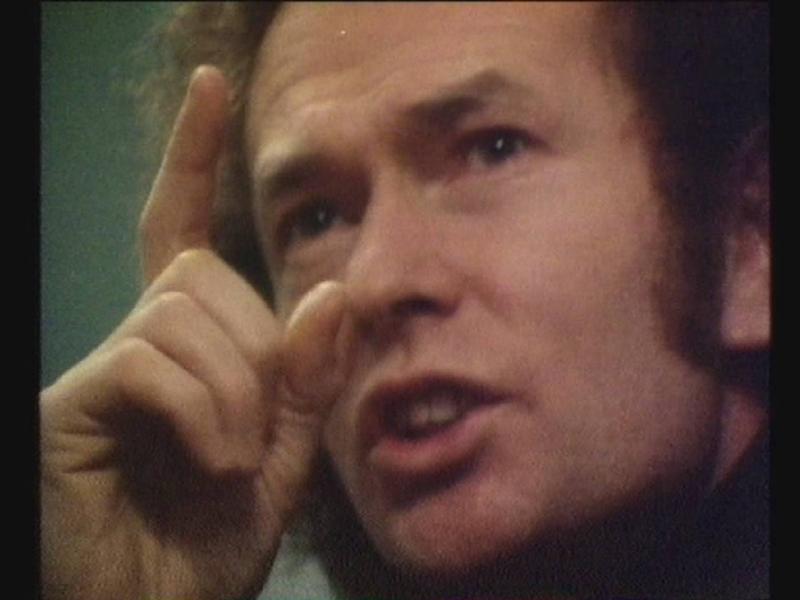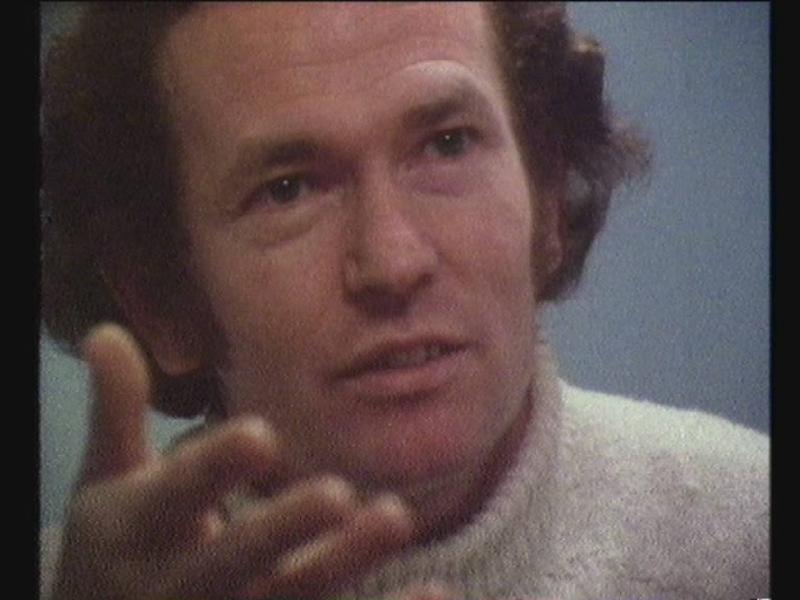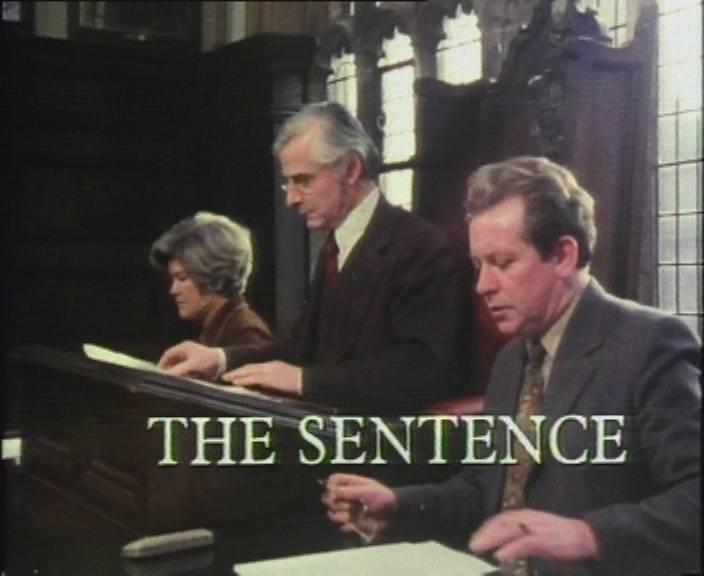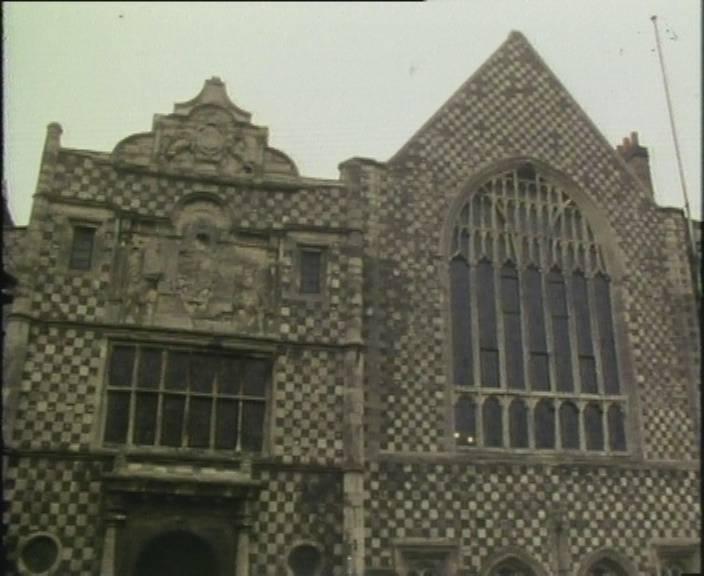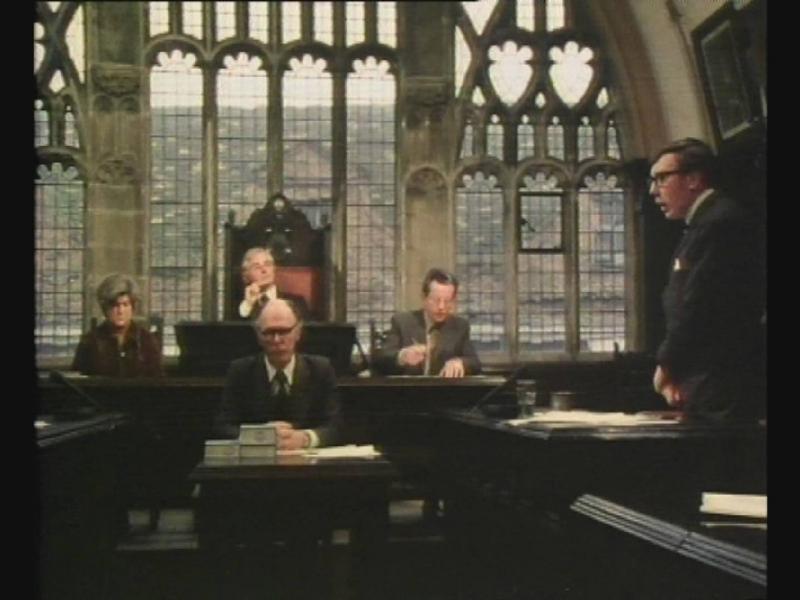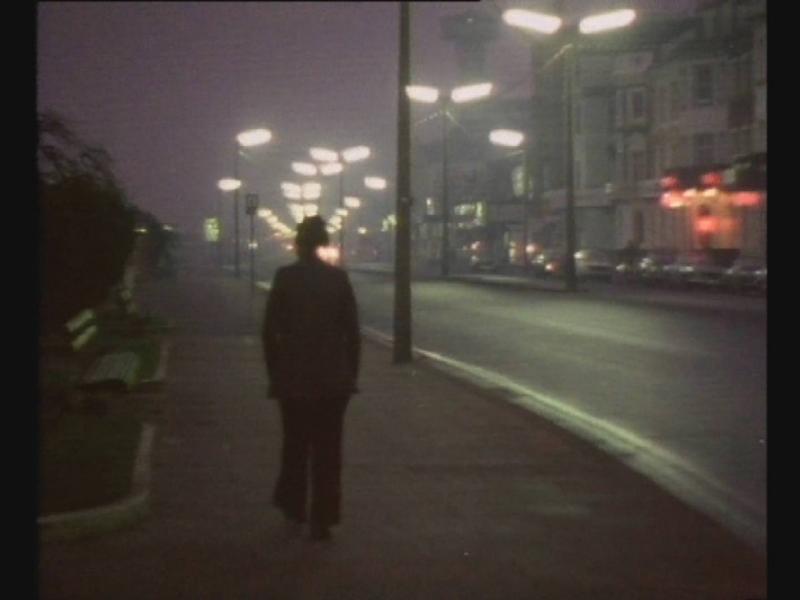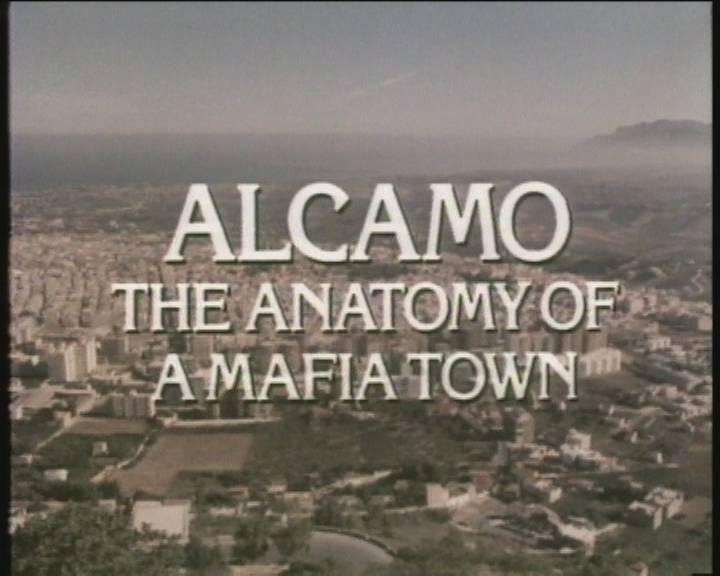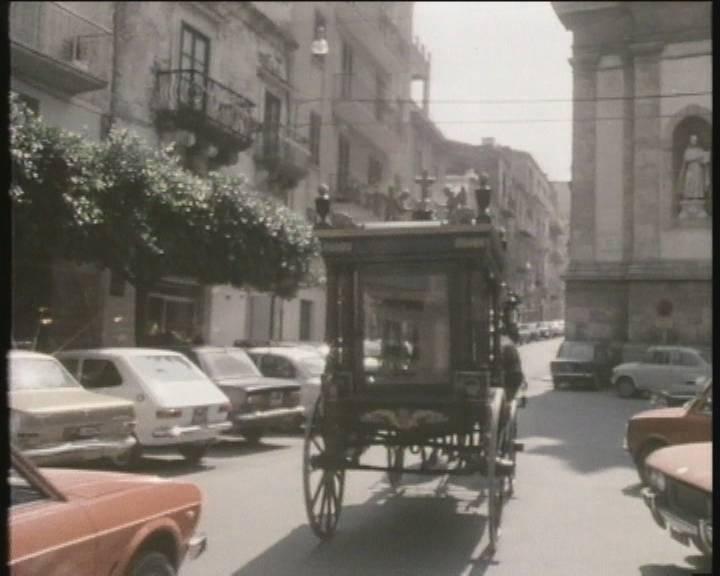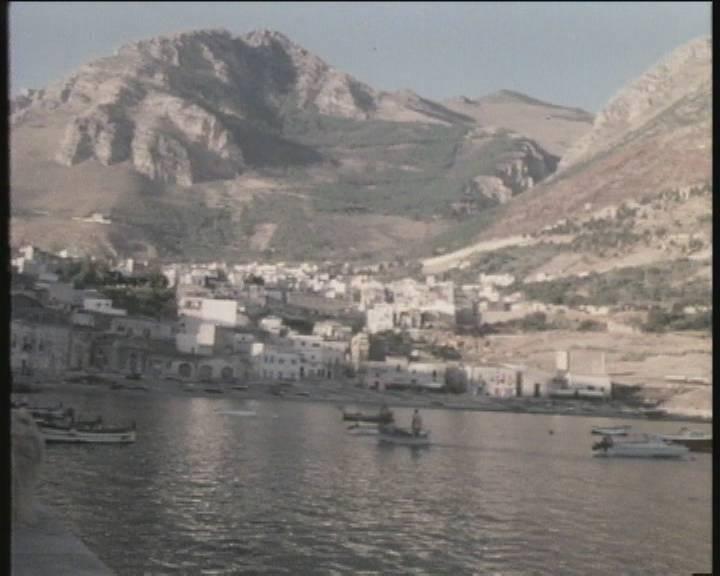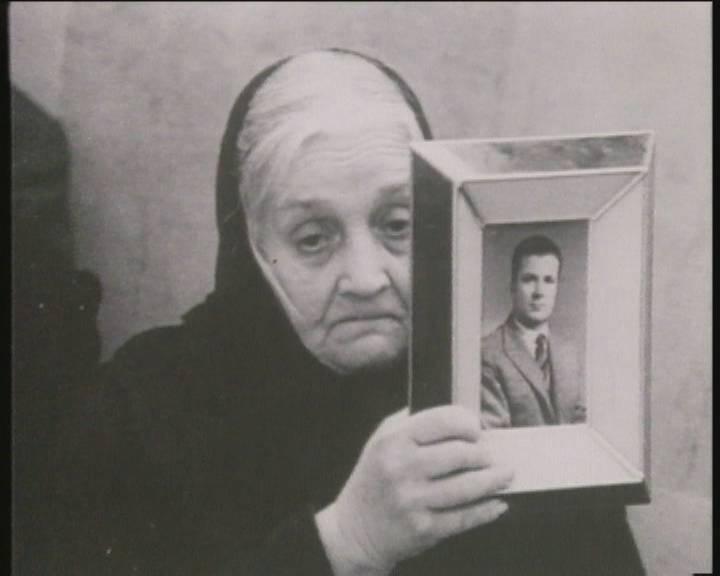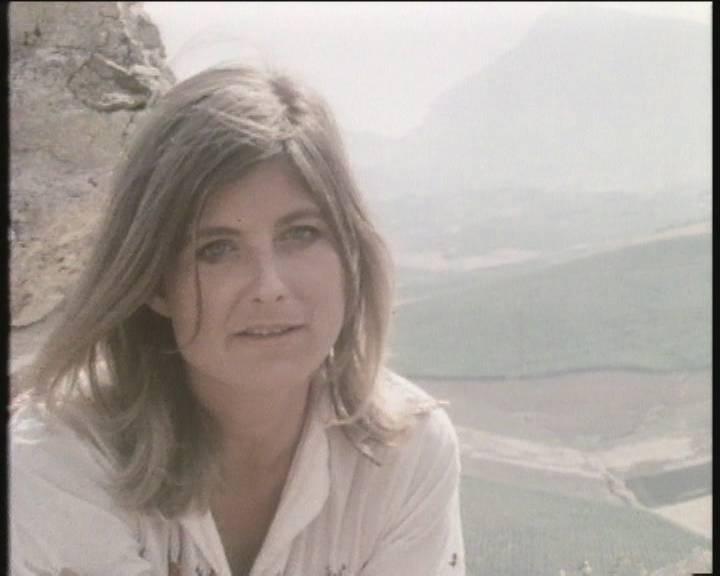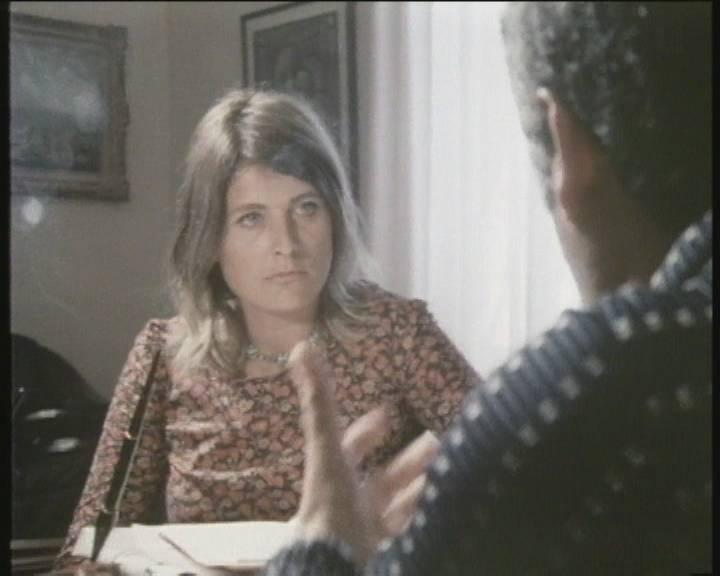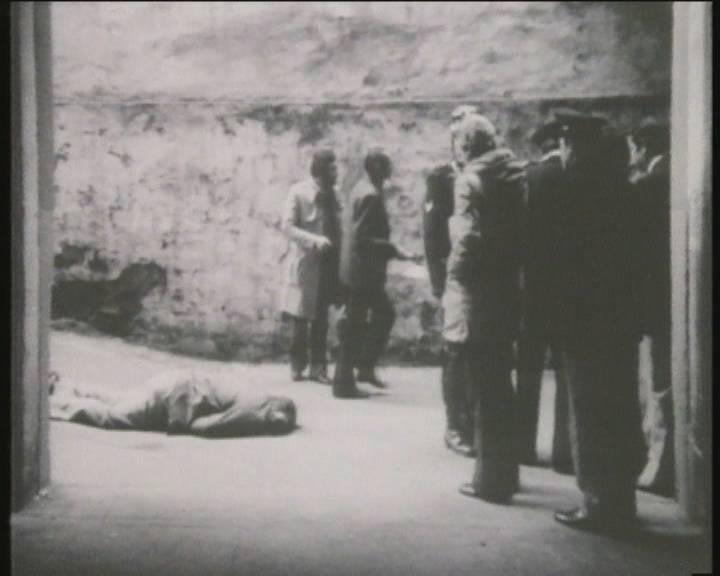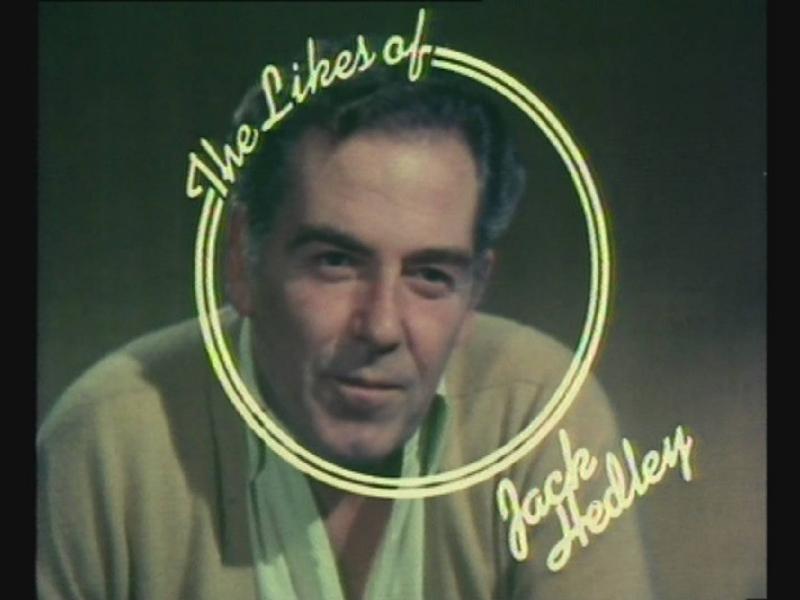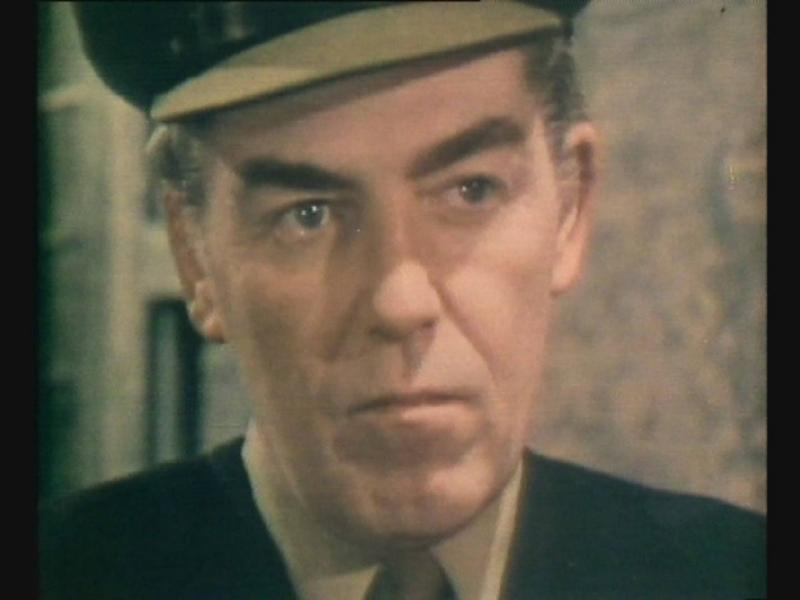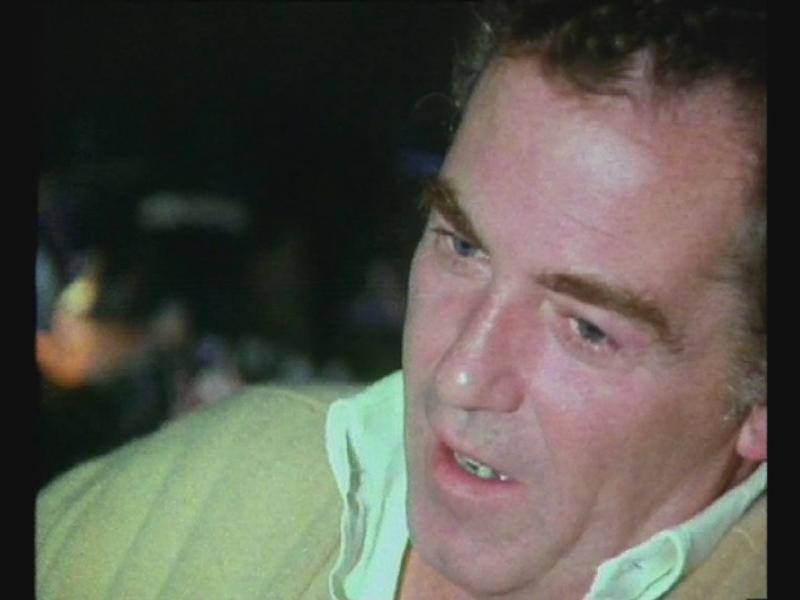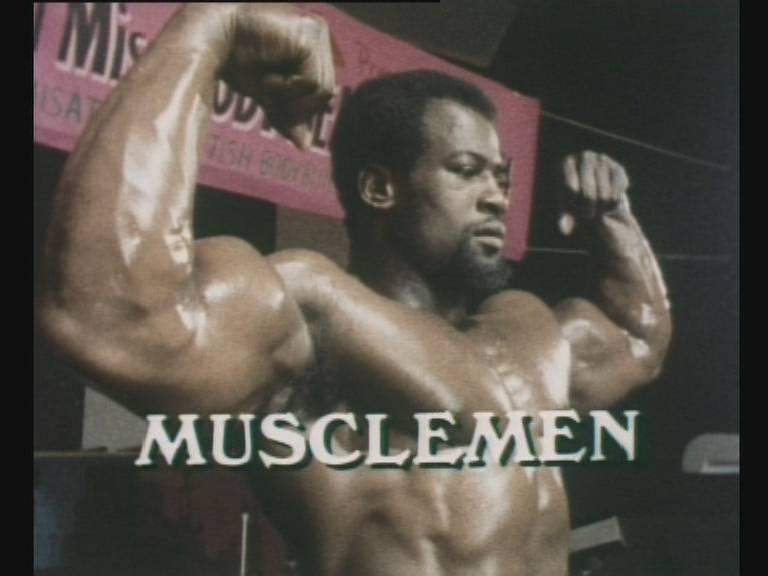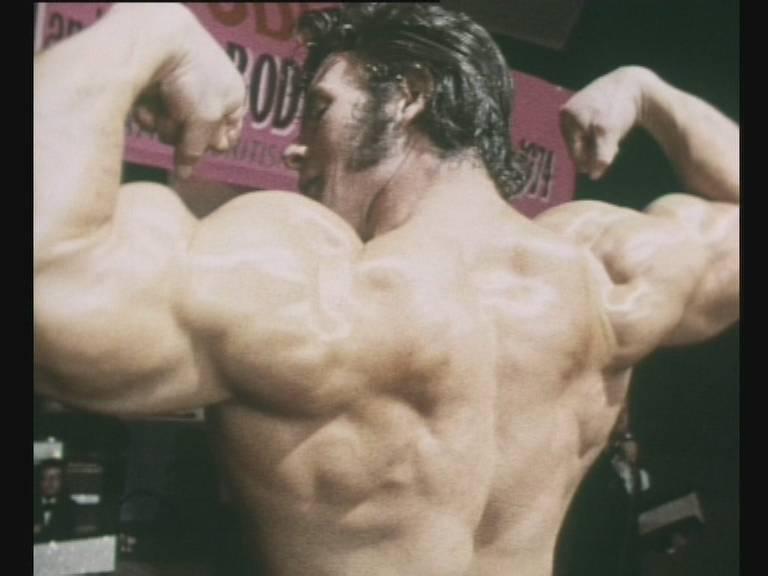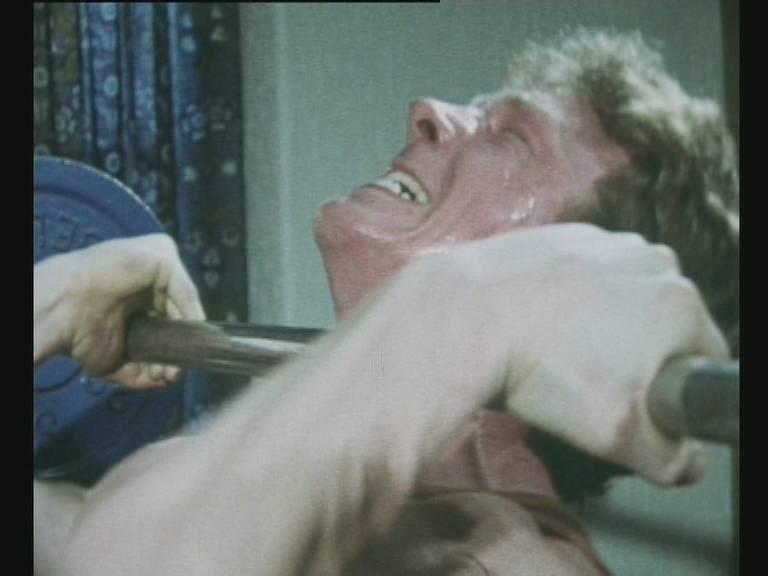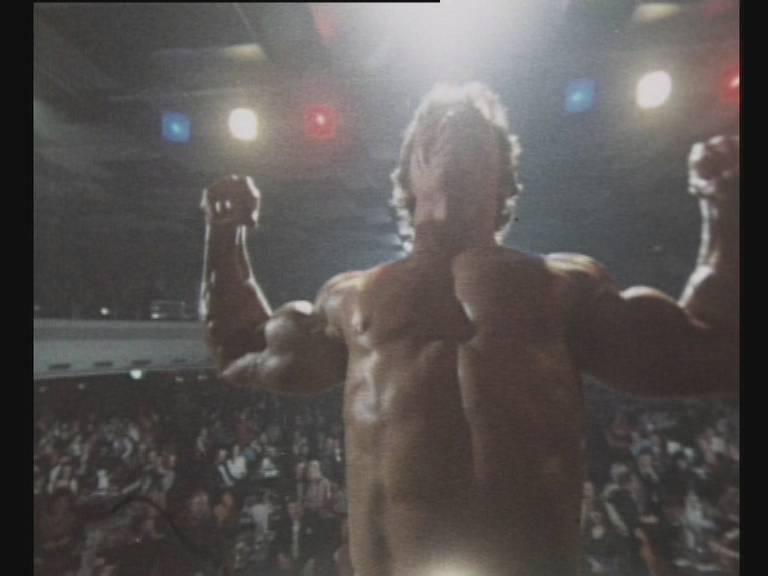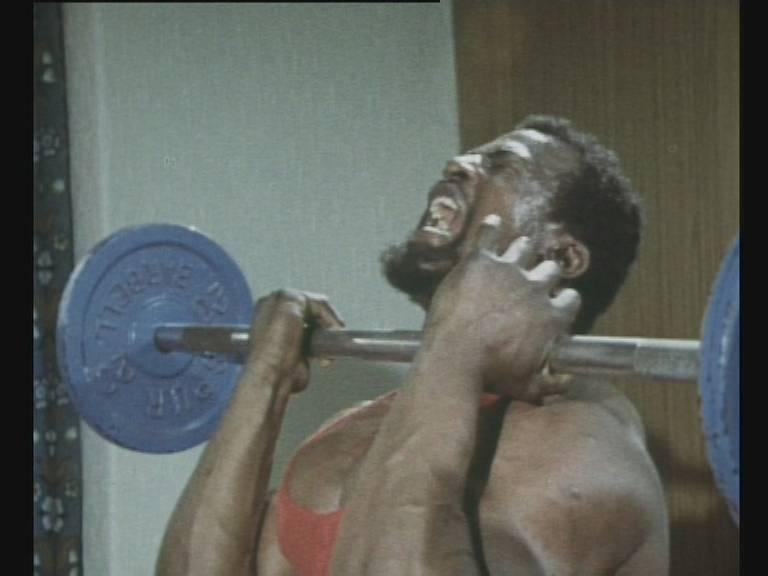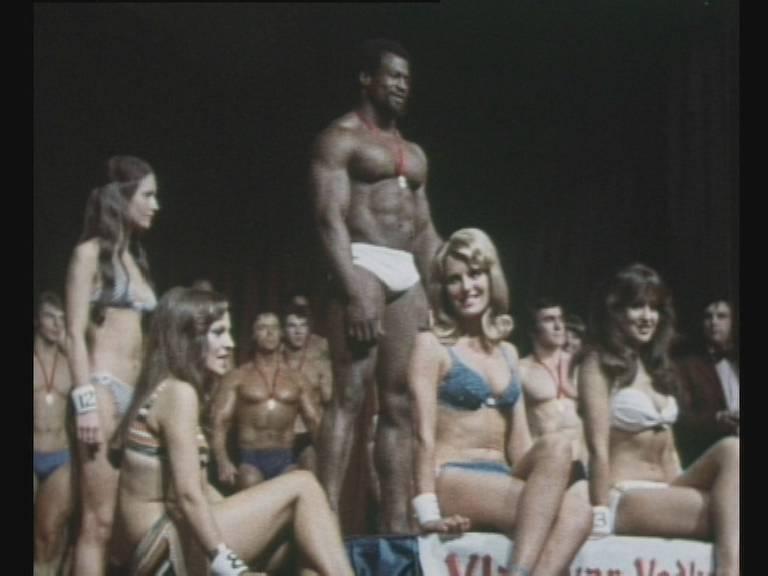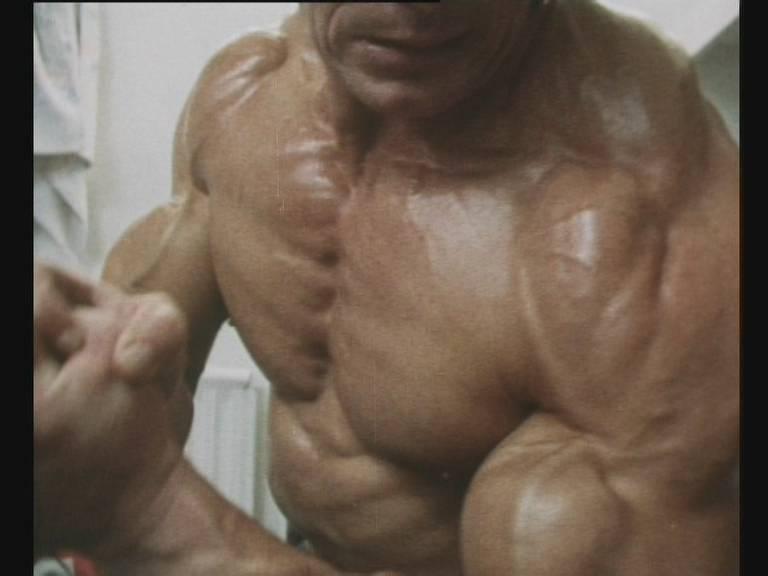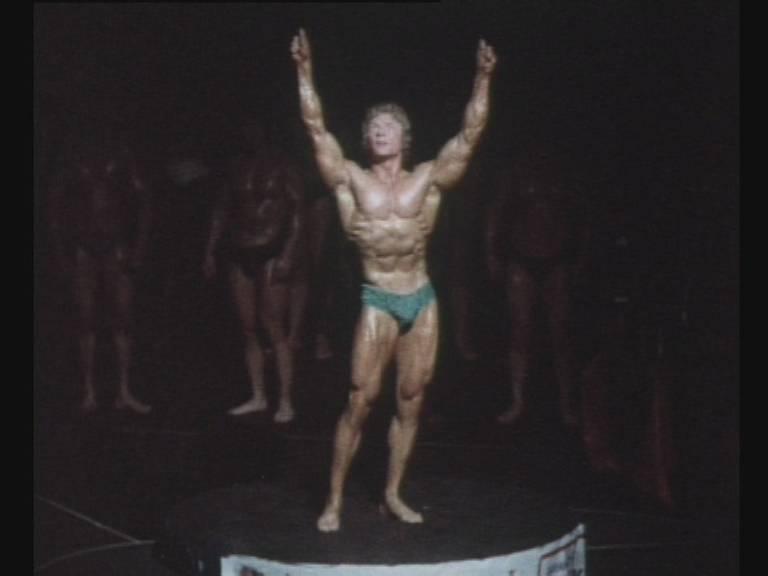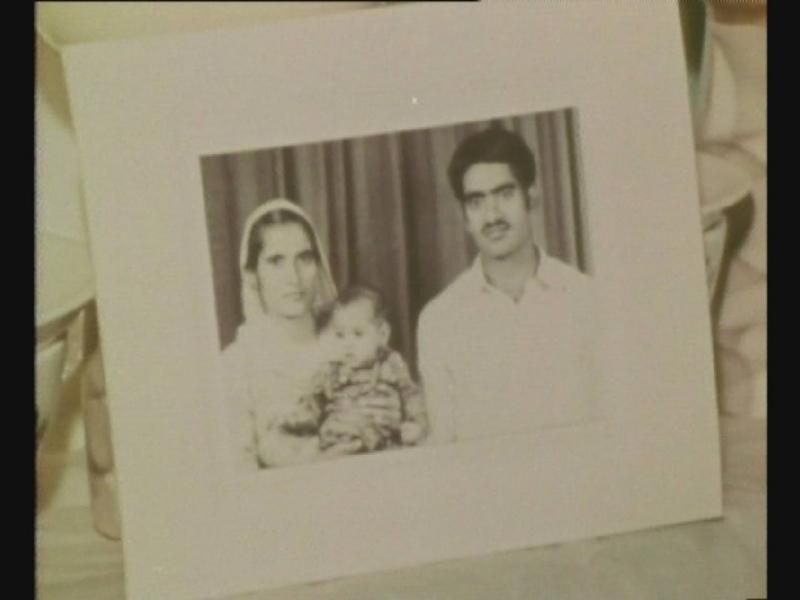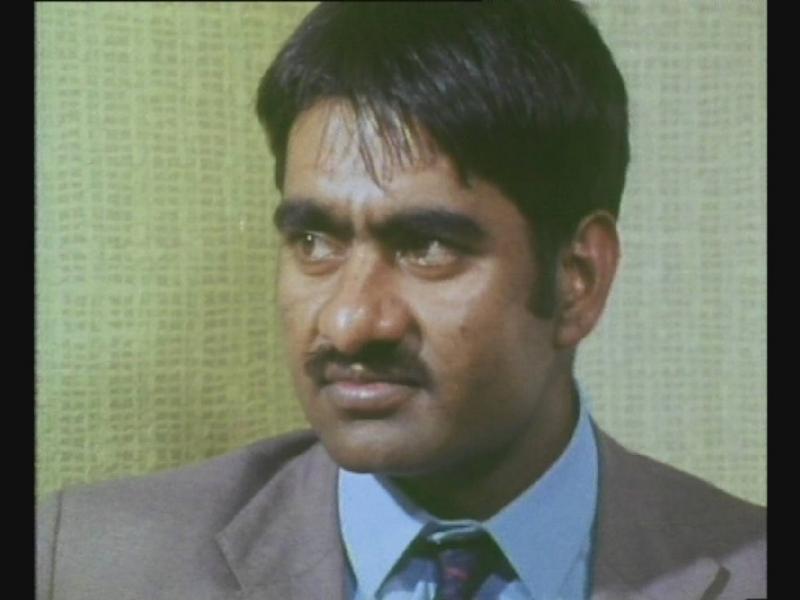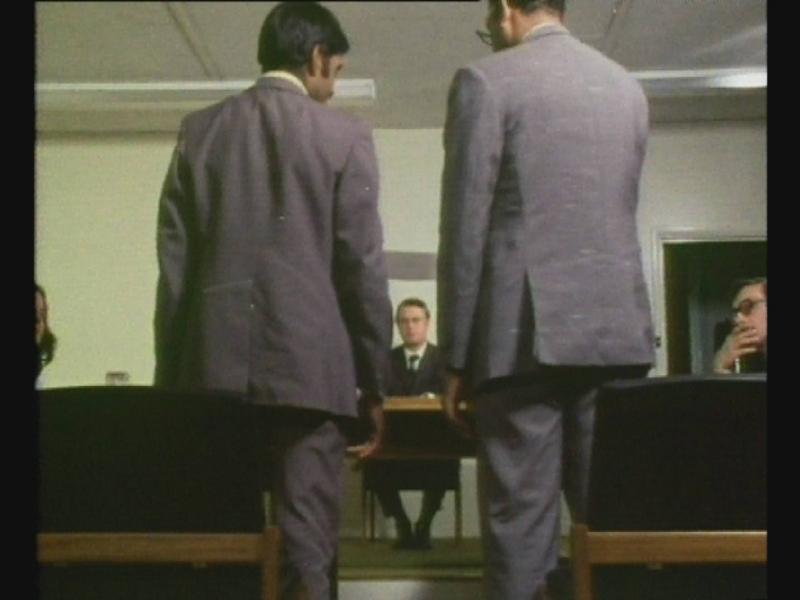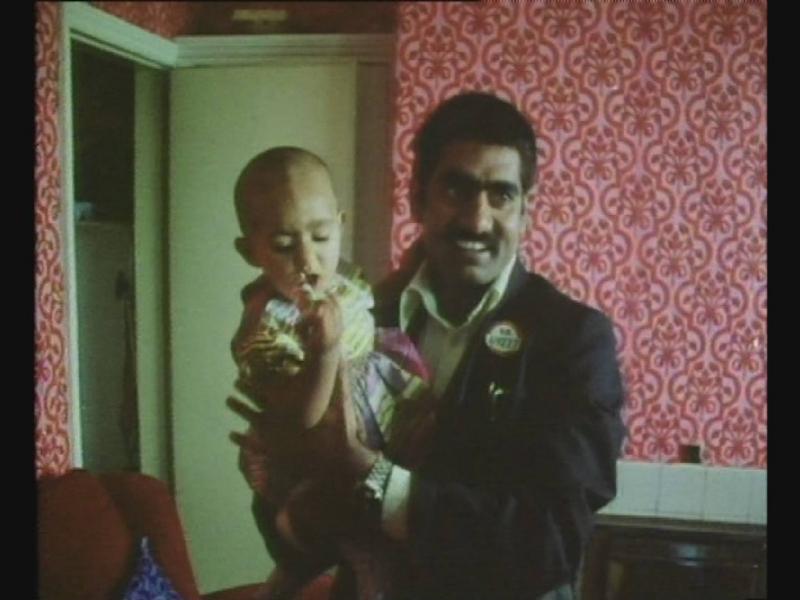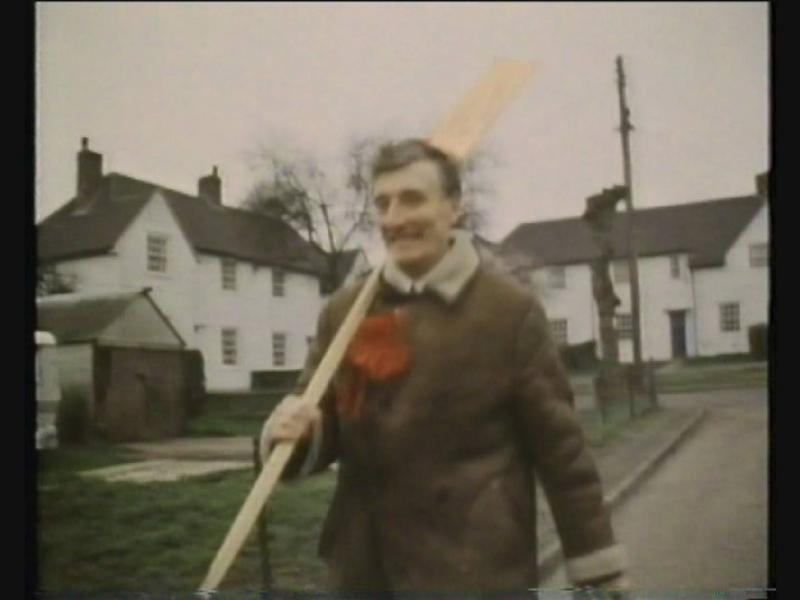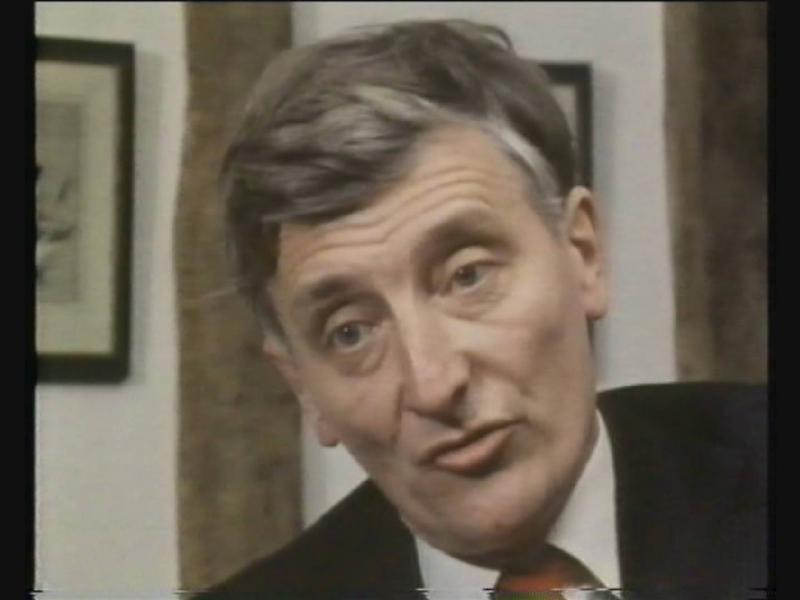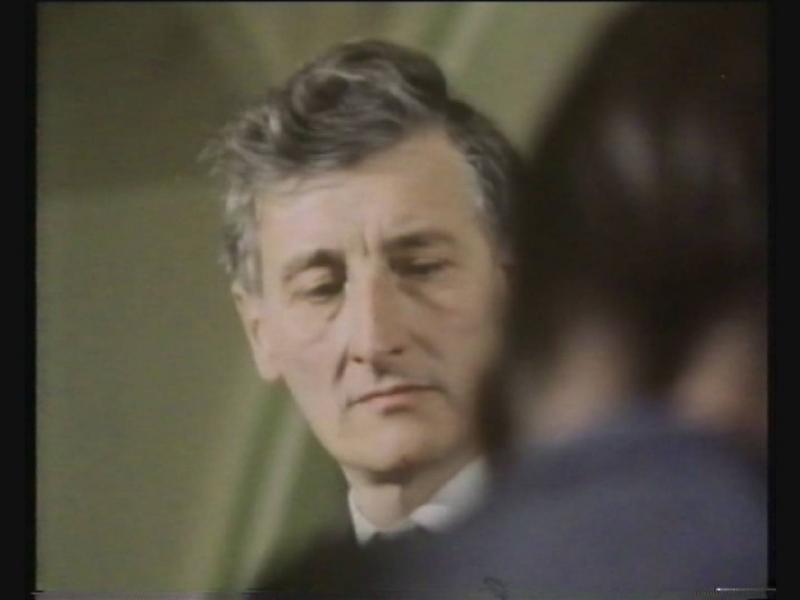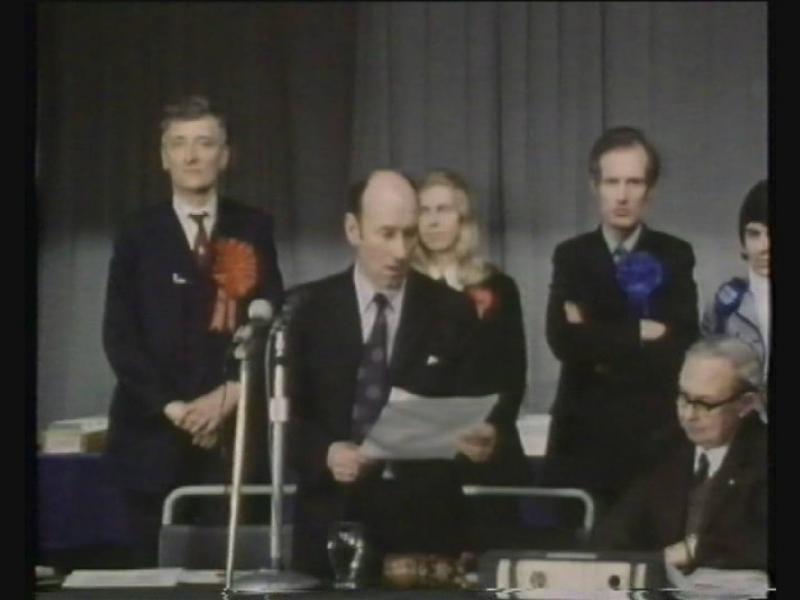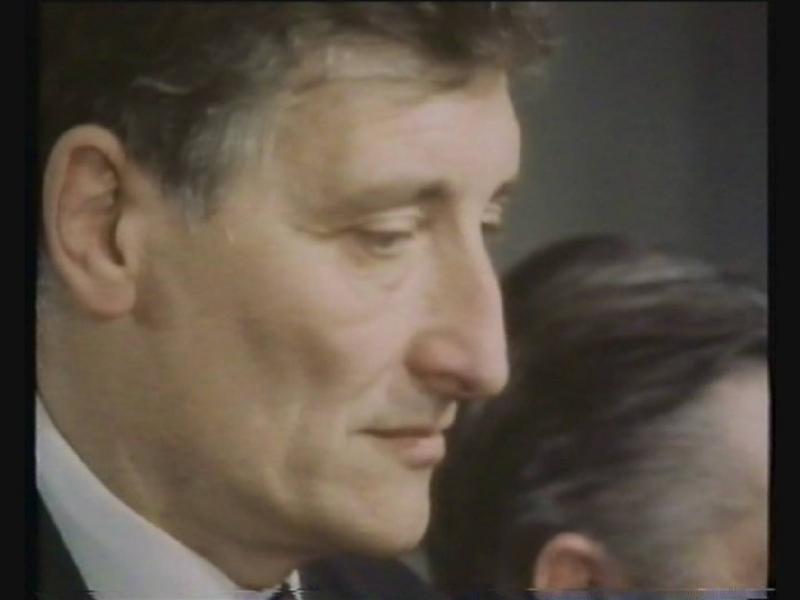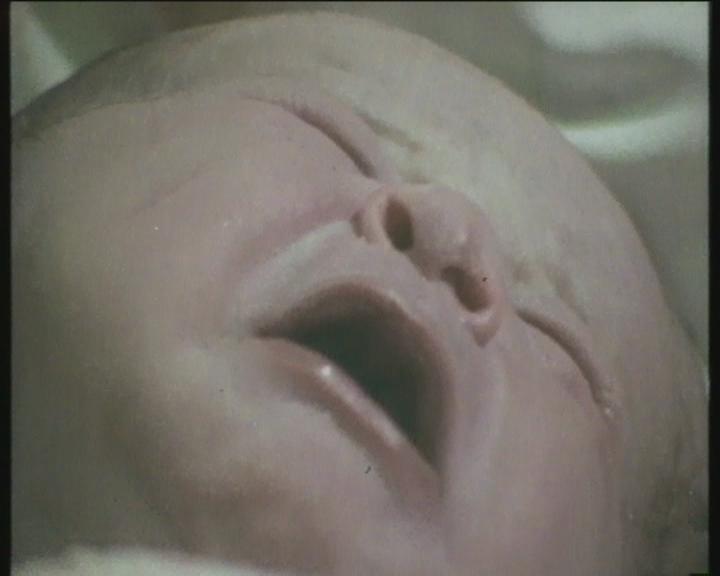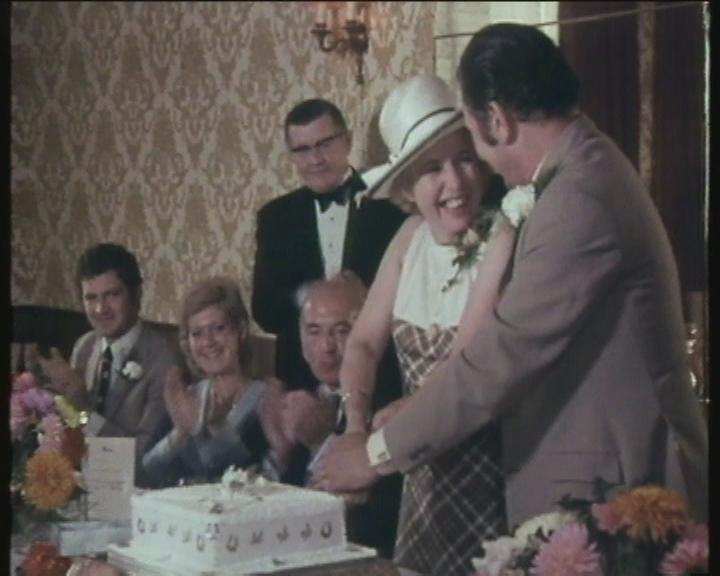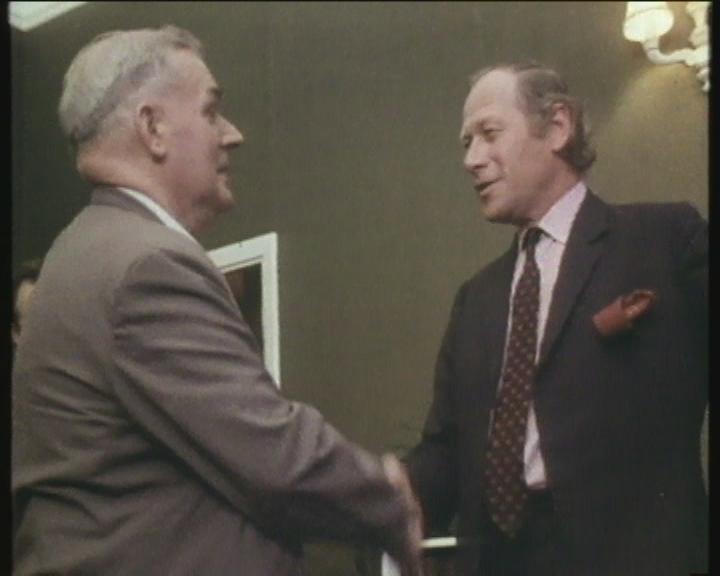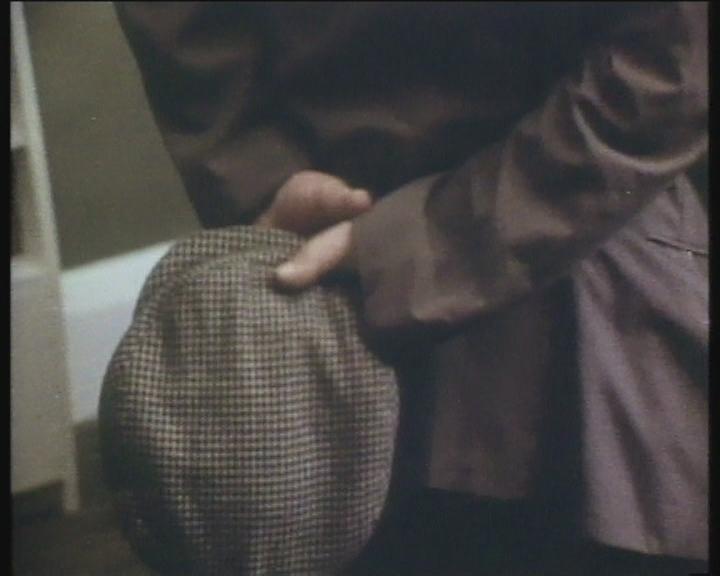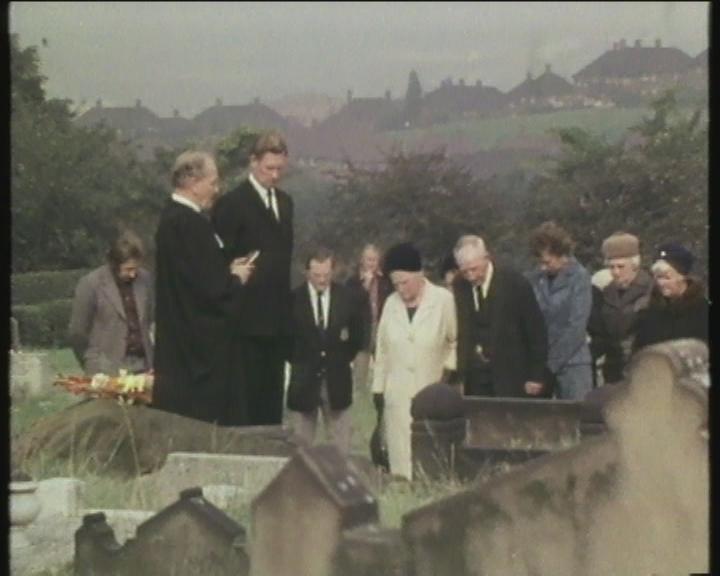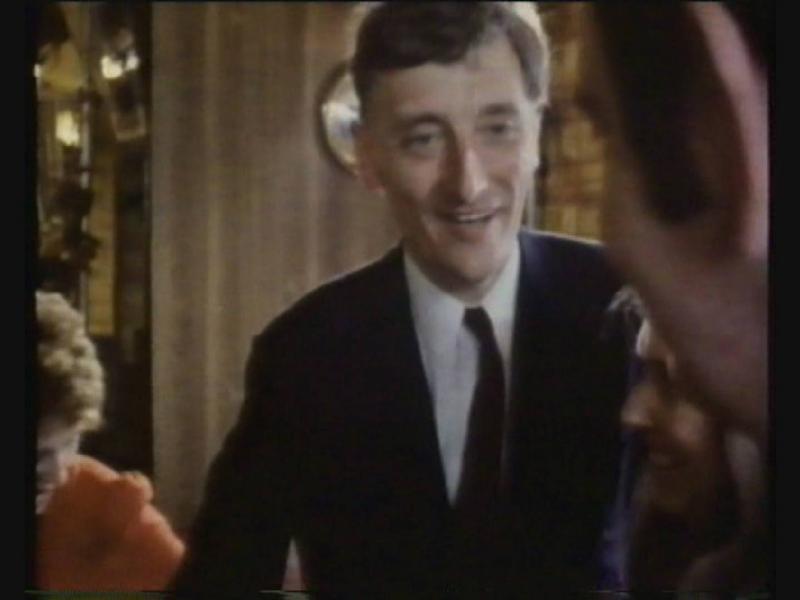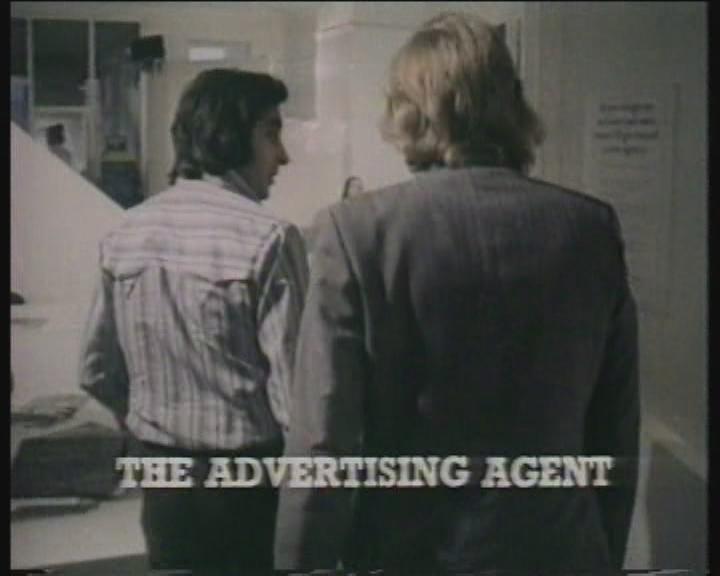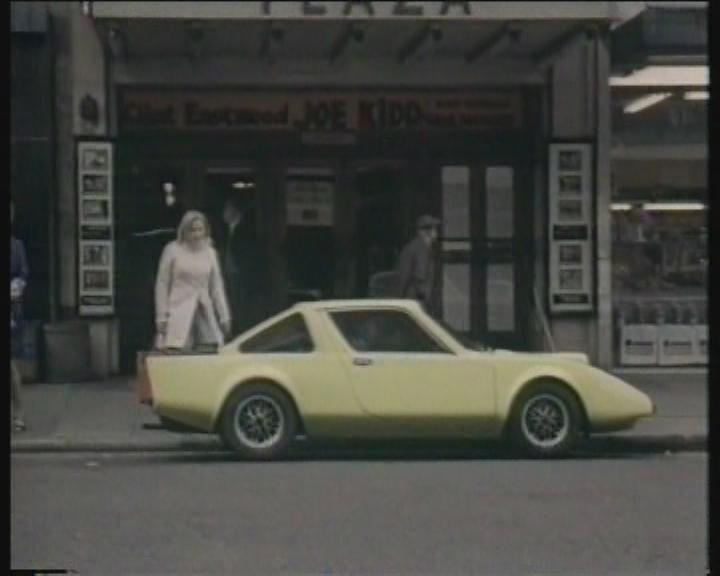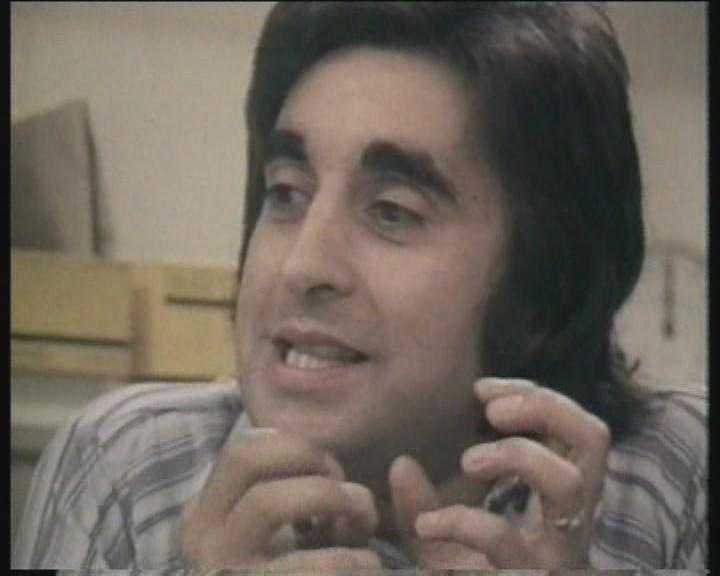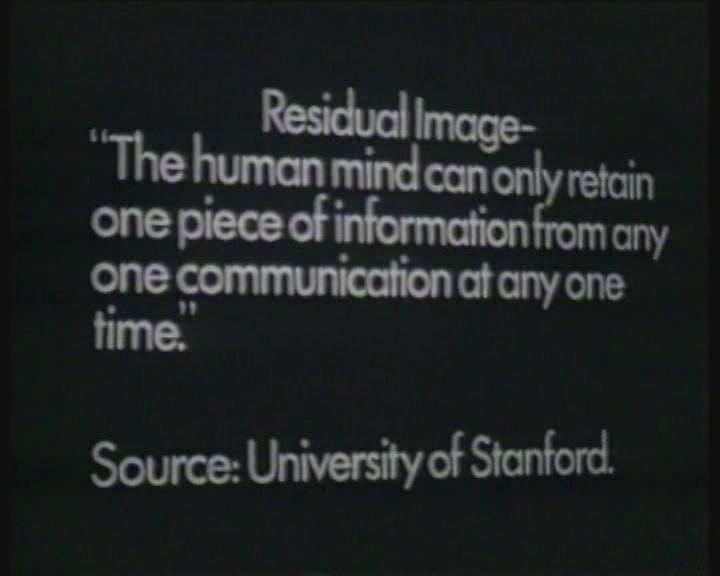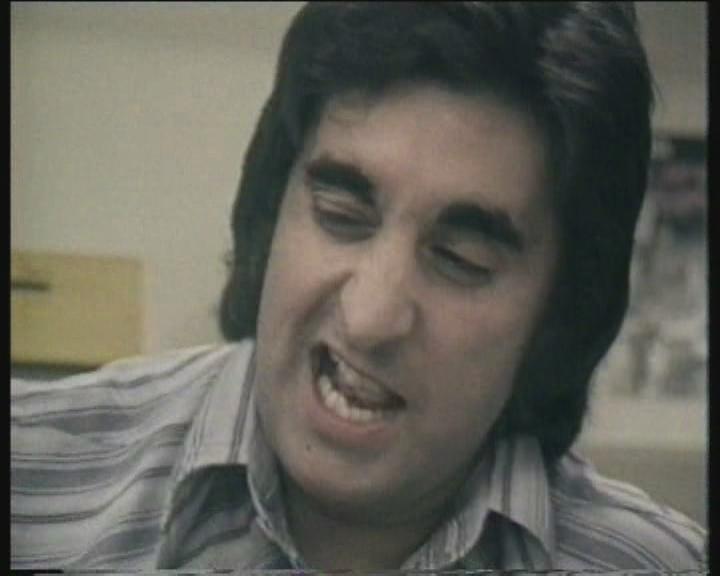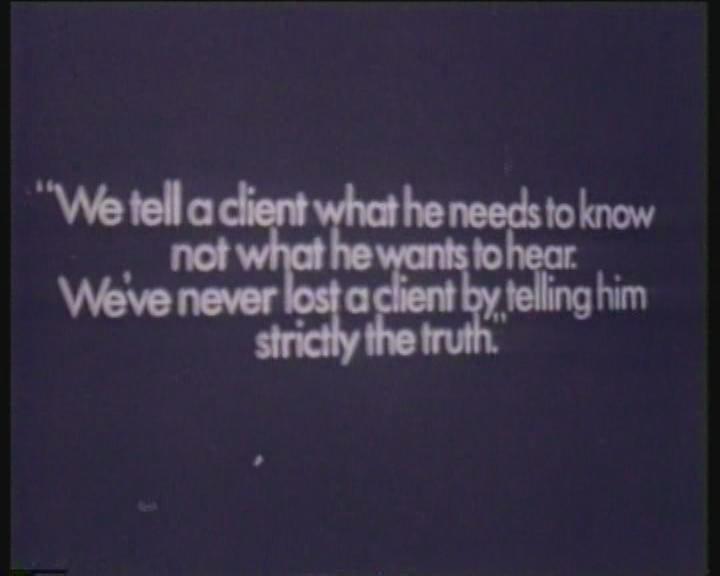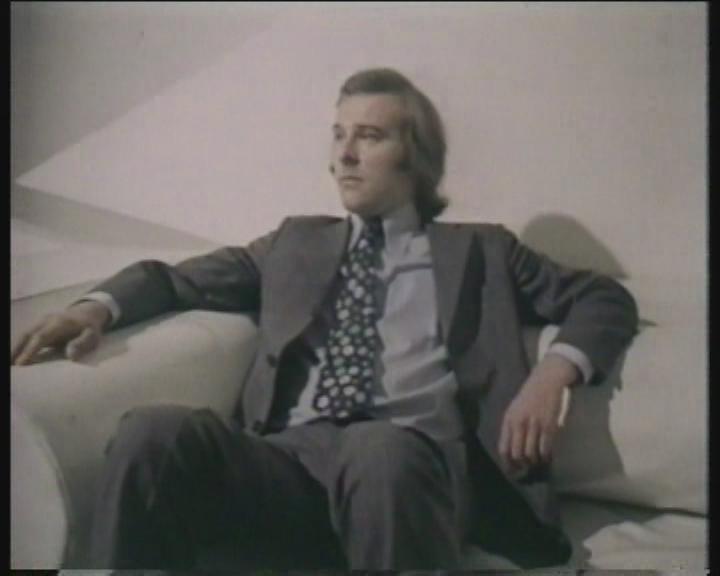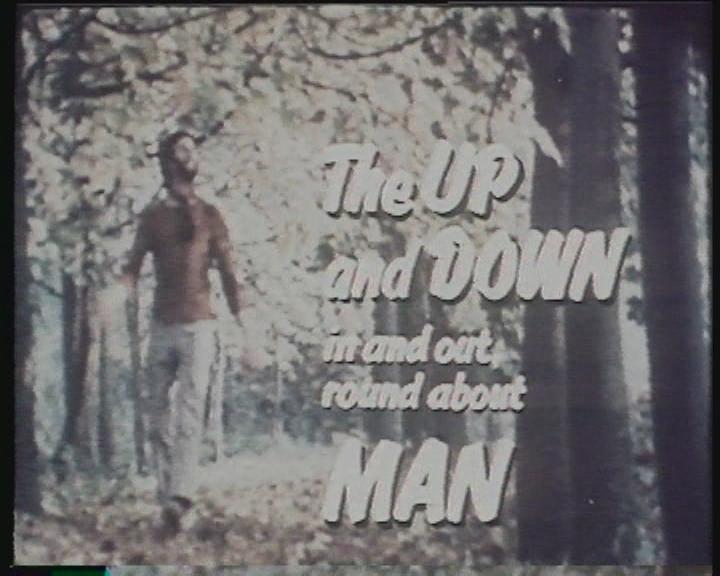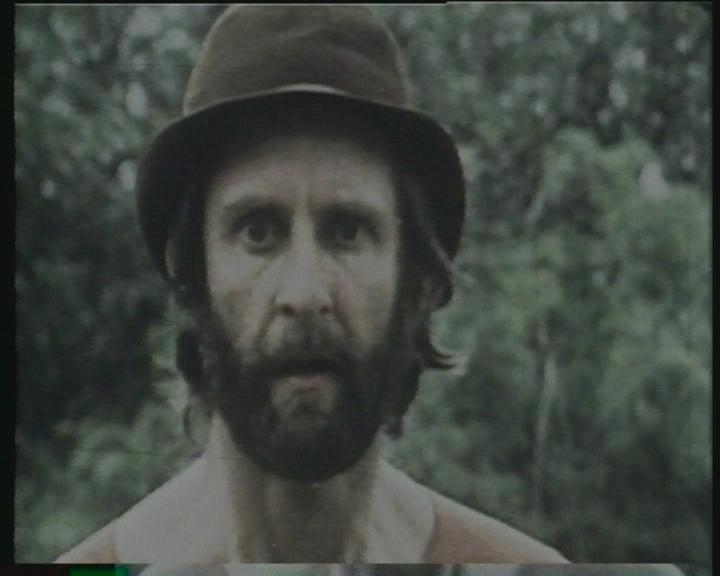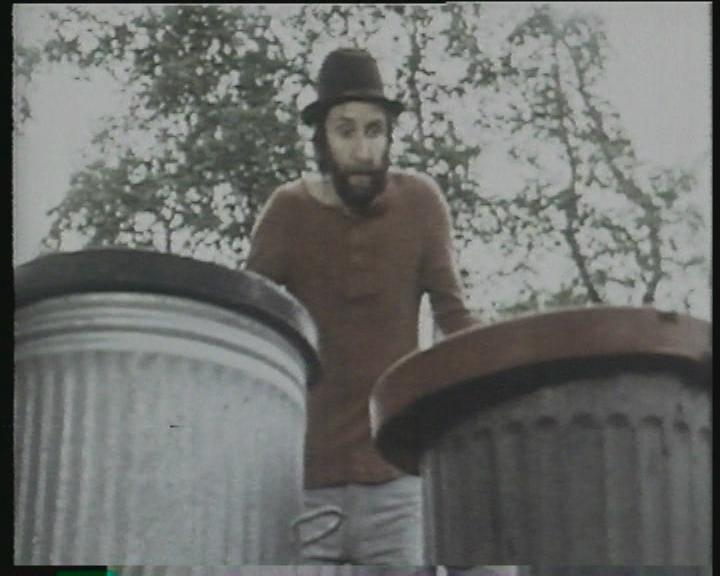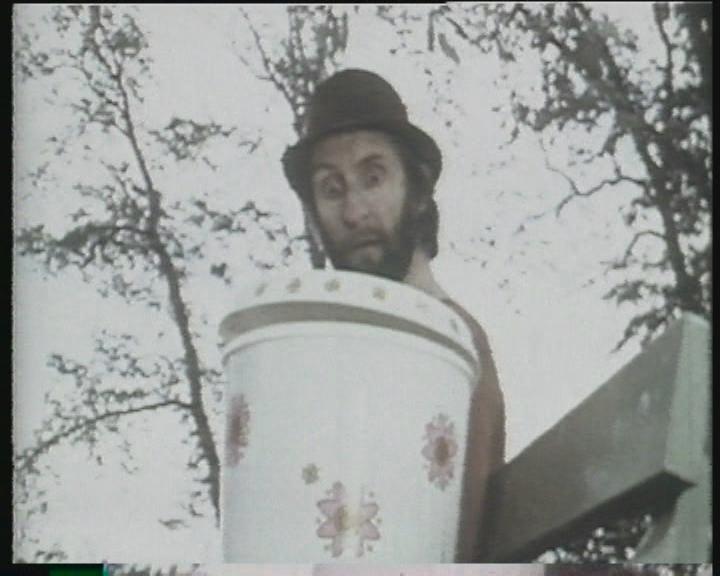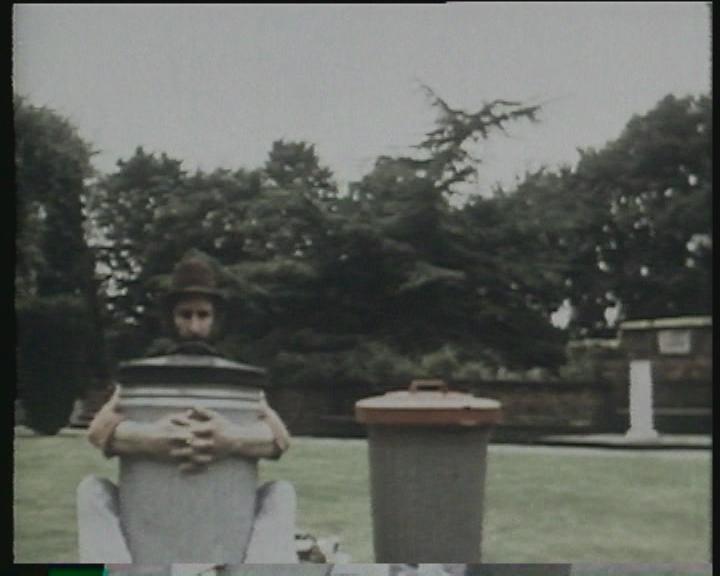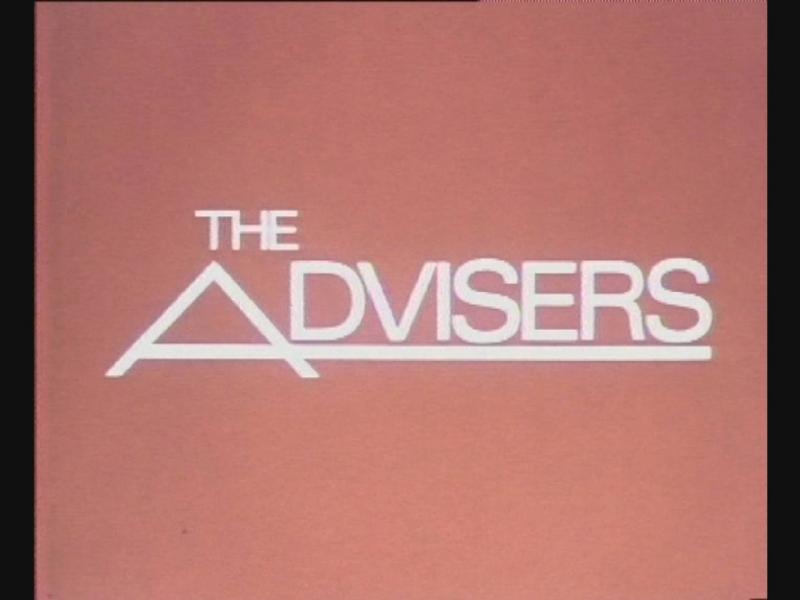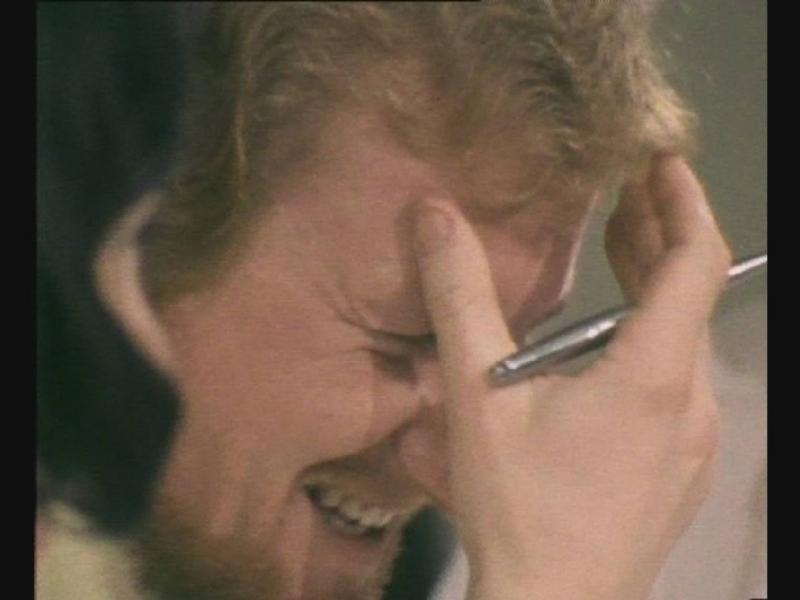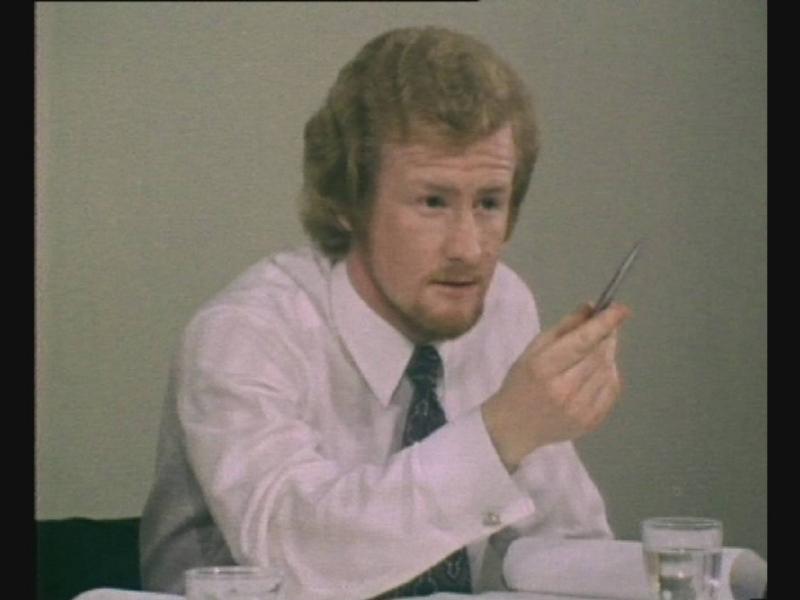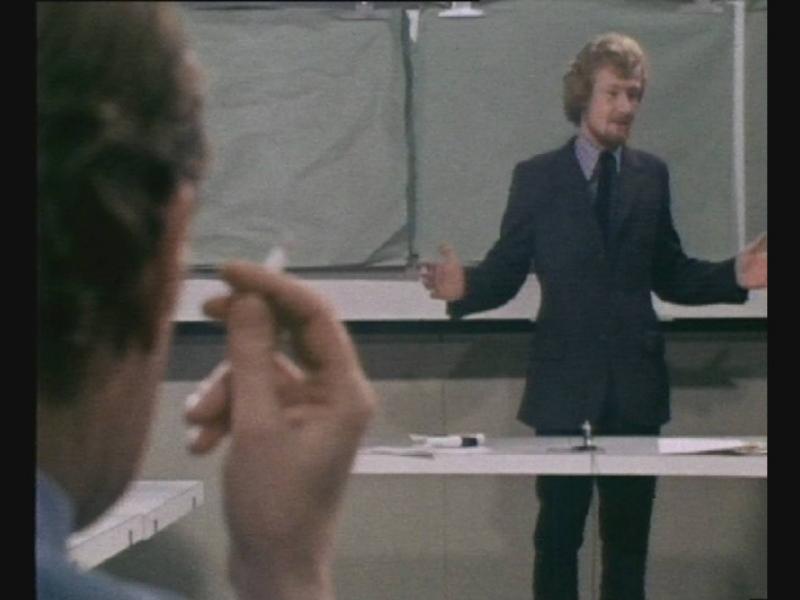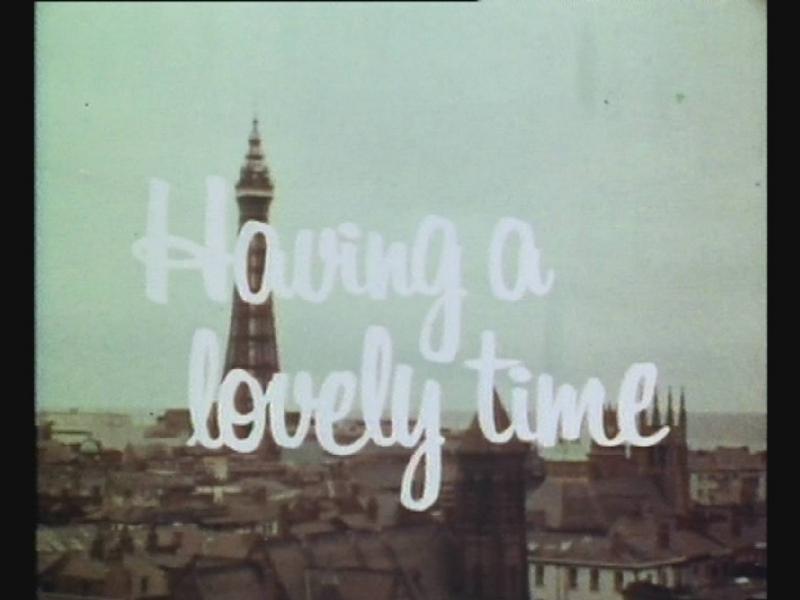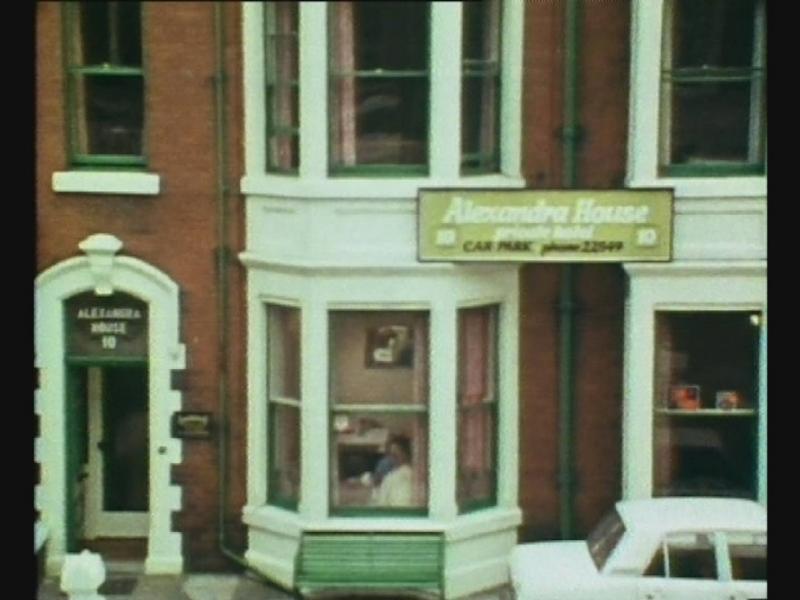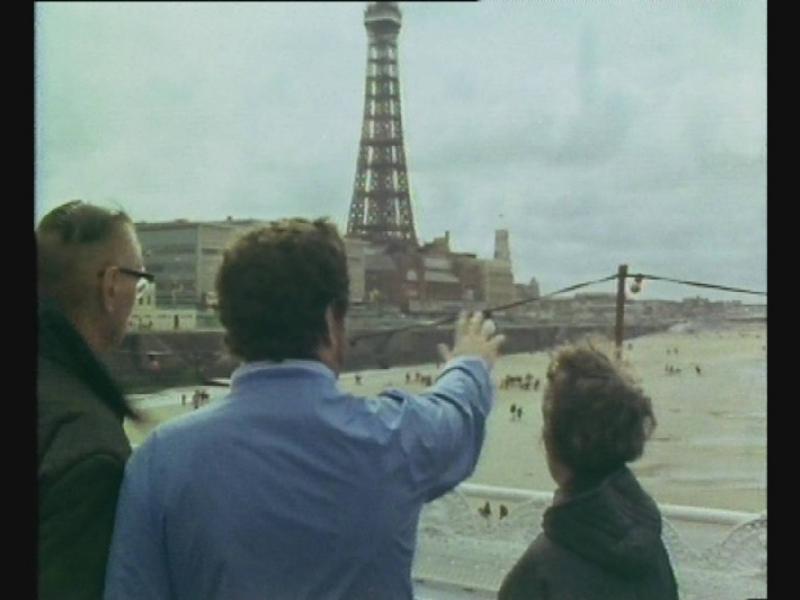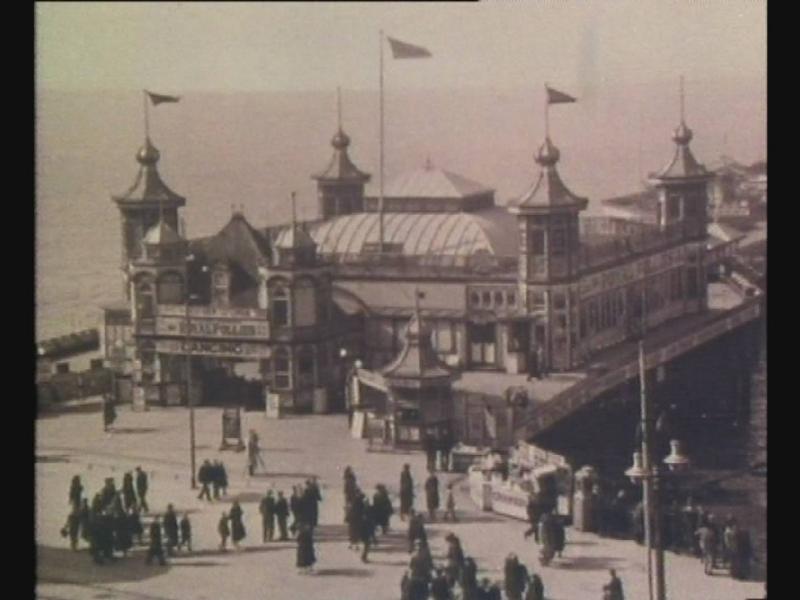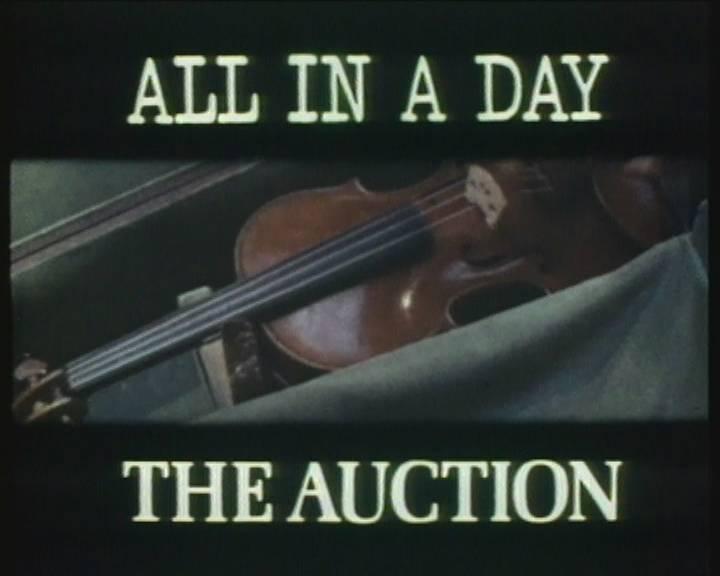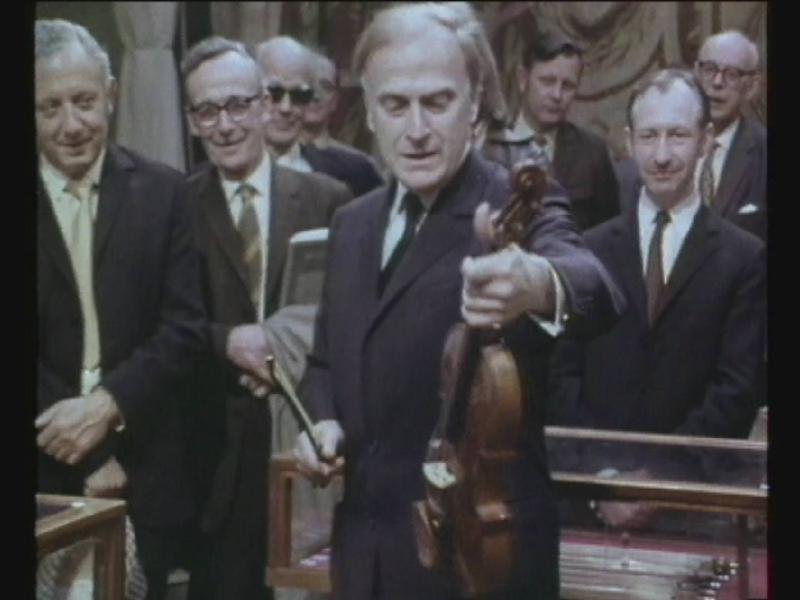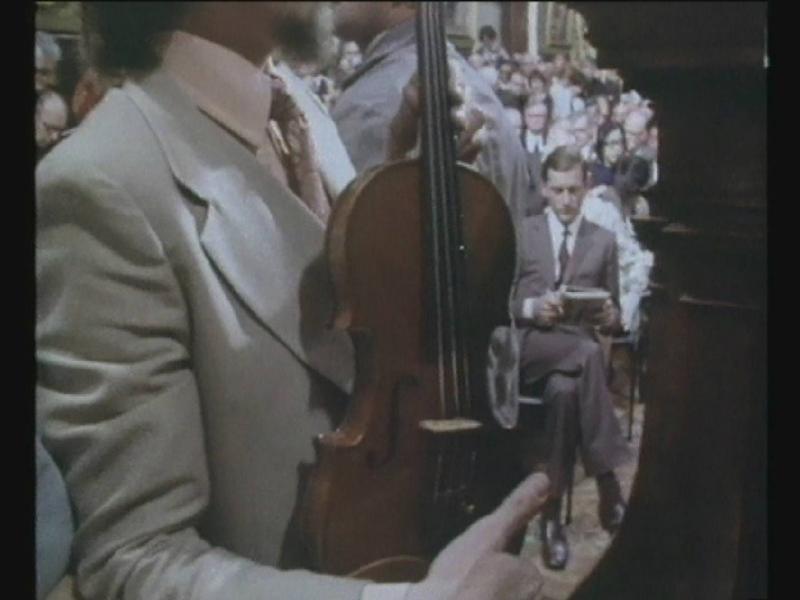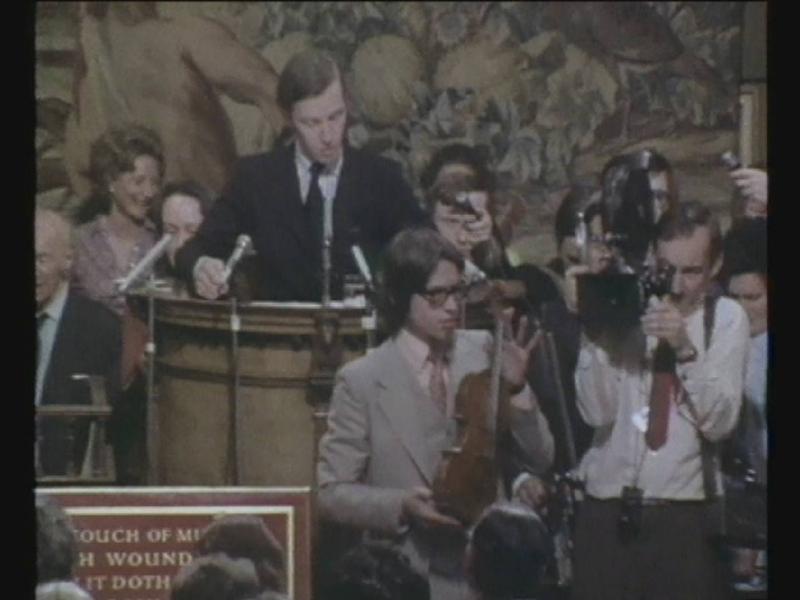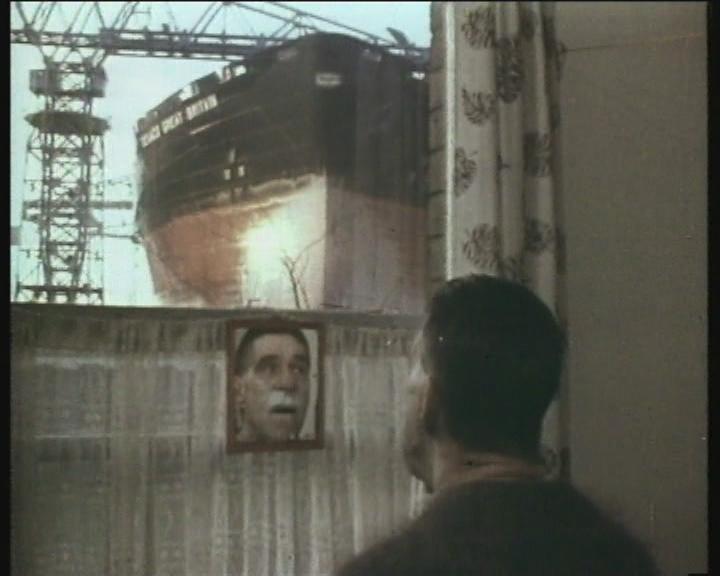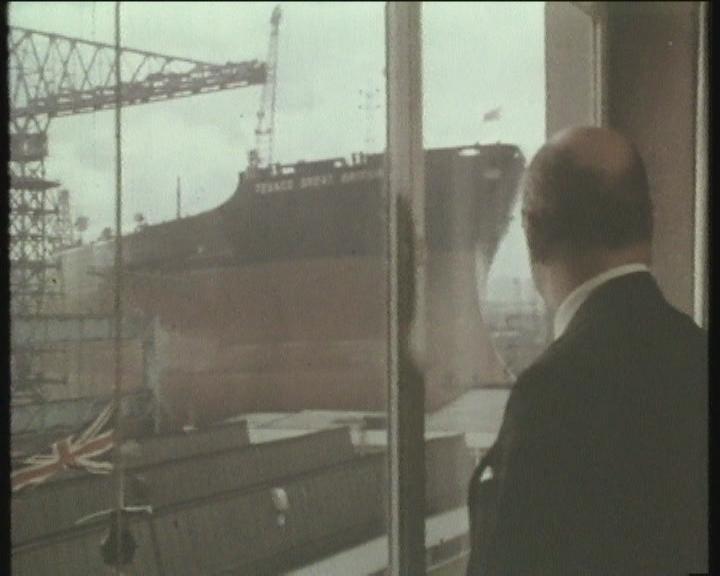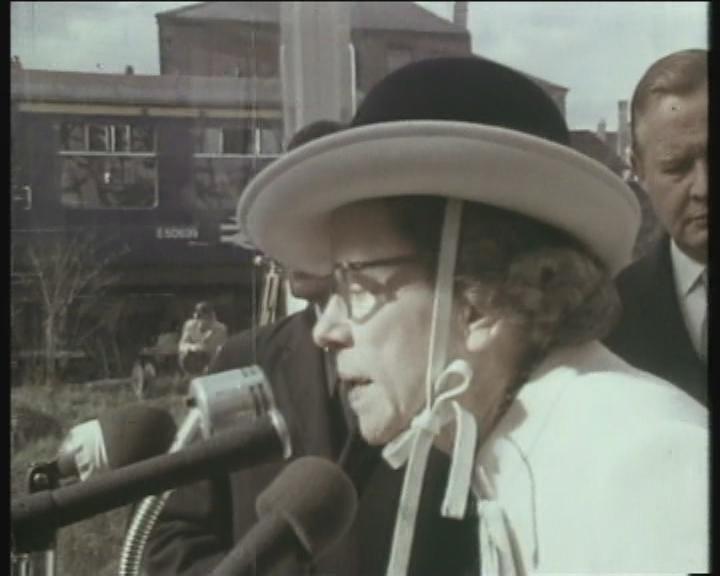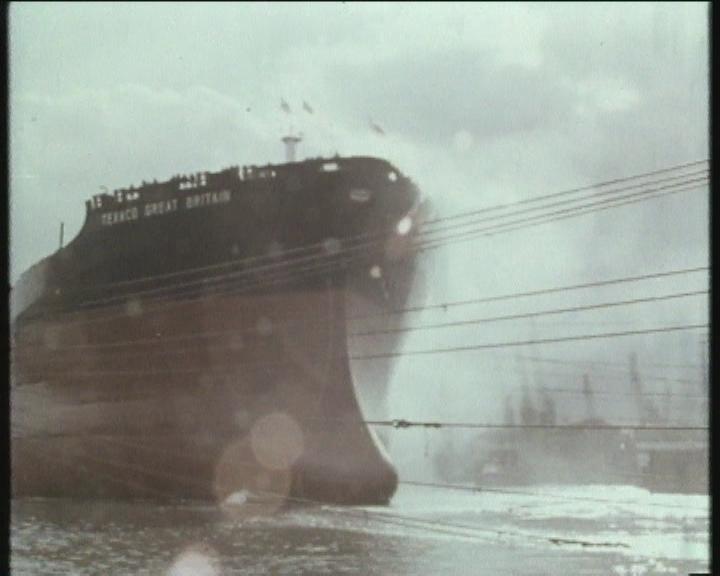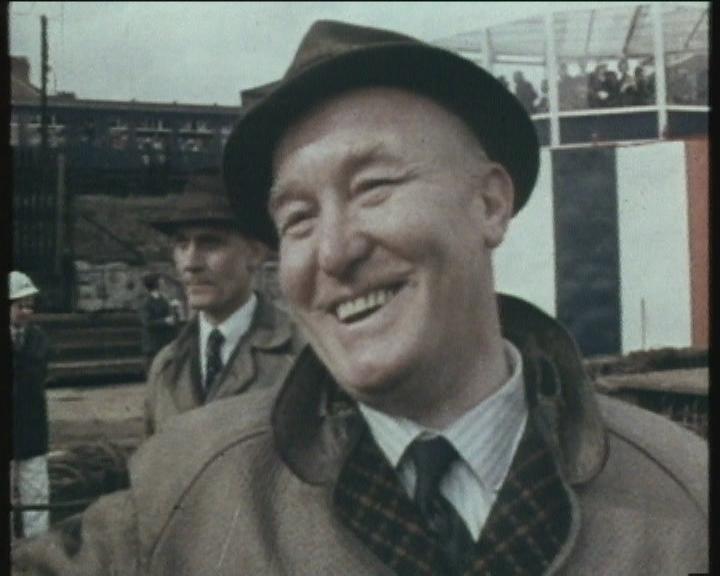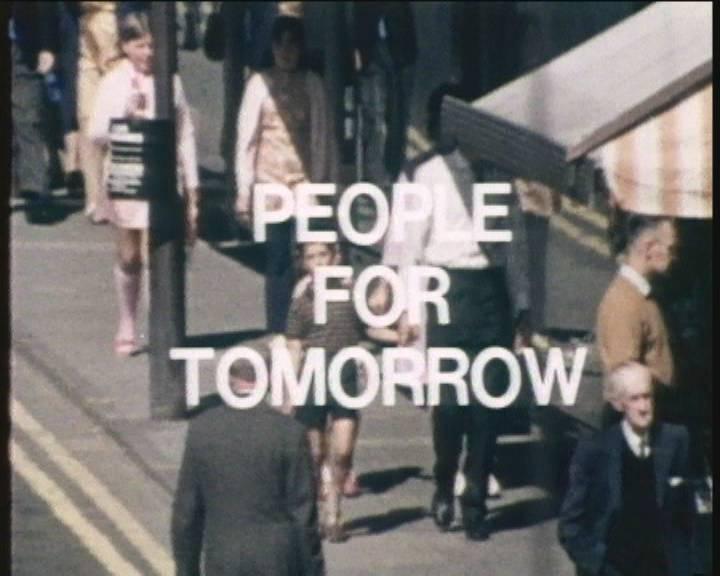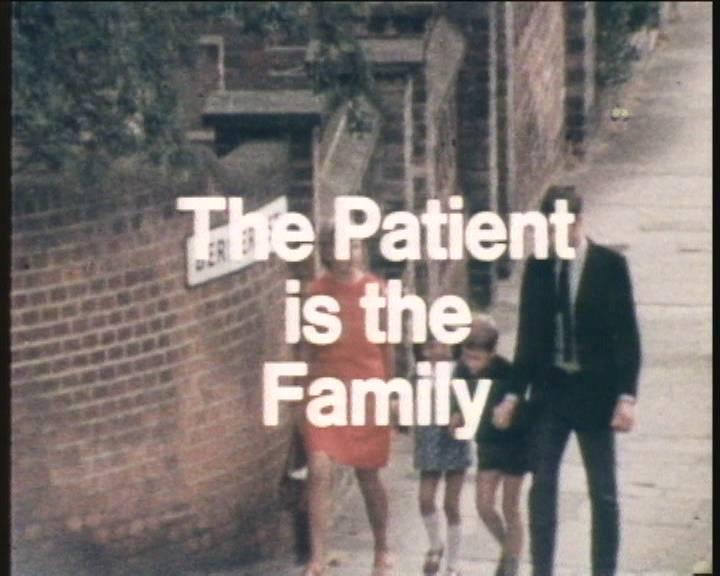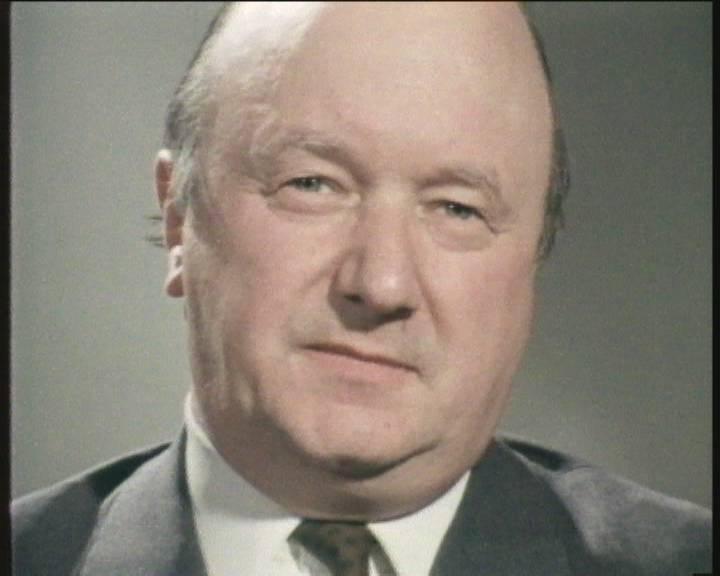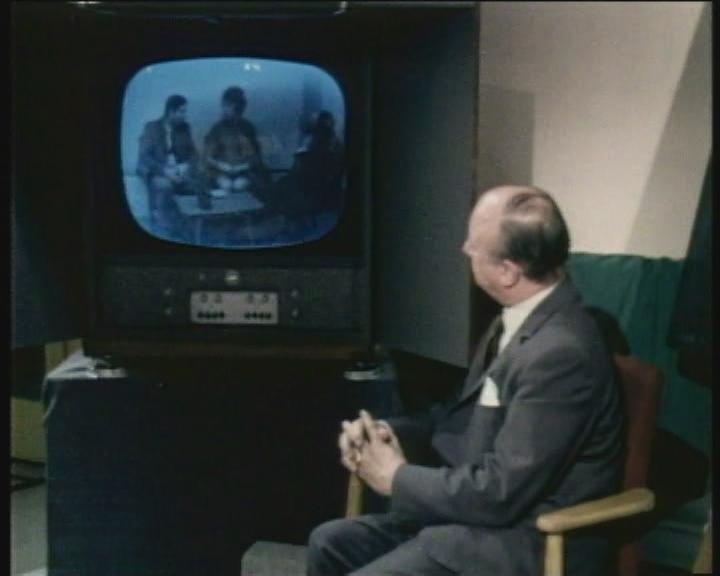REXENTERTAINMENT
“The phrase that I have come to believe best sums up what the documentary film can most hope for, is to ‘undermine the simplicities’. The challenge is to present a much needed sense of flawed humanity not stereotypes.”
Rex Bloomstein
Rex Bloomstein has made over 150 single films, television documentaries and series and, in January 2012, presented his first radio documentary, Dying Inside for Radio 4. He is currently developing a number of further projects.
For full details about his work, follow the links below.
Excerpt from an interview with Jamie Bennett, now Governor of HMP Grendon Underwood, for an article in Crime, Media, Culture
JB: What was your purpose in making this film? Organizations like the Howard League have a campaign to abolish child imprisonment and to improve conditions. You have also mentioned measures such as ASBOs, and there has often been a public panic about what is perceived as ‘yobs’. What is your purpose - is it to see the abolition of child imprisonment, or is it to reform what is currently done, or is it to alter public perceptions?
RB: I think to alter public perceptions. This was not me saying we should abolish such places. Nor was it me saying reform them. In this film there was not time to consider these very important issues that you have raised and I don’t think this film was particularly the right vehicle for it, or indeed I am not even sure documentaries are the right vehicle, because these are deeply complicated issues. What I was trying to do was to humanize the subject, not untypically in relation to my other work, because I think these kids are demonized, they are made sub-human. They are often regarded as evil. There is no doubt about it, they are deeply troubled and problem kids, but it seems to me that there is a process of dehumanization which continues throughout the media, certainly the tabloid media. I felt that this film could do something not attempted before; it could present a living human being whose age is between 14 and 18, has committed numbers of crimes and offences, and who has agreed to answer questions from me. The questions I asked I think are the questions any sensible, reasonably intelligent person would ask and in doing so, deepens, even just a little, a notch, our understanding of why these kids are as they are.
JB: With Lifer: Living with Murder, you started to develop an almost exclusive use of interviews. Some of your other films, as well as interviewing offenders, have tried to explain the system. In this film you specifically focus on the people and don’t make an attempt to explain the process or the policies. Was that a deliberate choice on your part?
RB: Yes. There is a price to pay for an almost total concentration on the young people. The price I paid was that there was no time for greater context, such as some of the issues you mentioned of youth justice and indeed the view that no children should be in prison at all under 18. In my view, some are very disturbed children, and they have to be in secure accommodation, if only because the public and the children themselves have to be protected. However, undoubtedly there are too many of them inside and there are huge problems in dealing with these kids. Listening to them a lot of these questions emerge, but I didn’t want to make a didactic film. I wanted to focus on the children themselves.
JB: Jean Rouch, an early Cinema Verité practitioner described how that approach was most effective when dealing with marginalized figures. He described the camera as a window in and a window out: a window in for society to hear these people, and a window out by providing an opportunity for these people to be heard. Your films appear to be deliberately giving a voice to people who aren’t heard and don’t have an opportunity to be heard.
RB: That is very well put, and I would very much subscribe to Jean Rouch’s view as you have expressed it. These are marginal figures, demonized figures, and they are presented as very threatening figures in our society today. People are frightened and these fears and anxieties are leading politicians to over-react and to encourage the use of custody far too readily. It seemed to me that many of the issues and patterns of behaviour that emerge from the interviews are ones that people are dealing with all the time, but the extraordinary thing is that in each case there is a unique combination of factors that makes that kid who they are. In my attempt to humanize, I want to bring out the uniqueness of each of those individual cases, as well as building a sense of the familiar and destructive patterns that these kids have experienced. Almost all of them have a disruptive family life, are socially excluded, have problems at school, start criminality early, experience peer-group pressure, and gain an emotional response from the crime. The end result is that all of them are prone to violence. However, there isn’t one factor that explains why this kid did what he did; it is a cluster. What I have done in concentrating on the children themselves is to give you the audience a glimpse of the person behind the offence – their feelings, history and attitude.
The problems of breaking the cycle of criminality echoed in my most recent film on crime and punishment, Kids Behind Bars. The numbers of young offenders in custody in this country have been reduced, but remain amongst the highest in Europe and are a continuing cause for concern.
This film was made with the help of the Youth Justice Boar and was set in Castington Young Offenders Institution and Aycliffe YOI. At its heart, are a series of encounters between myself, largely unseen but heard off-camera, and a number of young offenders.
In making the film we had to deal with victim issues, parental issues, and staff issues. All had to be overcome. Because of the constraints, it meant the interview became central and observational filming less possible. My questioning was direct, uncomfortable and uncompromising; and so were the answers.
“The first thing you notice is their dead-eyed look. The young prisoners in Rex Bloomstein’s film are almost always hard, inarticulate, yet strangely able to justify their crimes… The documentary is uncomfortable but compulsive viewing. It’s hard to know what the correct reaction should be: perhaps it is fear.” - THE SUNDAY TELEGRAPH
“Bloomstein says of his film, ‘Kids Behind Bars reveals the complexity of a group of troubled and troubling young people. I wanted to shine a light on the individuals that lie behind the headlines and the stereotypes.’ This is exactly what he has achieved in this excellent documentary, but be warned: it does make for extremely harrowing viewing.” - THE OBSERVER
“Rex Bloomstein’s bleak film about young offenders’ institutions in the North east leaves one with a sense of hopelessness.” - THE INDEPENDENT
“Compassionate but never sentimental. Highly recommended.” - TIME OUT
“The best test of a civilised society, it has been said, is how it treats its prisoners. Does the same apply to how we film our prisoners? If so, then Rex Bloomstein has been a civilising influence.” - THE TIMES
“Rex Bloomstein’s Kids Behind Bars was as depressing as television gets. Which is not to say that it wasn’t a fine, penetrating, illuminating documentary… this film had the hallmarks of an expert at work.” - THE DAILY TELEGRAPH
Excerpt from an interview with Jamie Bennett, now Governor of HMP Grendon Underwood, for an article in Crime, Media, Culture
JB: Your latest film is entitled Lifer: Living with Murder. The first thing that strikes me about that is that it is a much more evocative title than a lot of your previous films. Why did you use that title?
RB: Well it was suggested to me by an historian friend. When I described to him what I was doing he said ‘oh well they are literally living with murder aren’t they’ and I thought he was absolutely right. It encapsulated rather effectively and vividly what people have to go through when you have committed a crime that like, been convicted, been given a life sentence. You literally live with the fact of murder. Virtually all the people in the film had been convicted of murder except for two, and I thought it was very attention-grabbing as well - it would get the audience to look at this pretty stark film. So two things, it was an effective way of encapsulating what the subject was about and it was also an interestingly dramatic one to get people to watch.
JB: For both Lifer: Living with Murder and Strangeways Revisited, you went back 20 years later and interviewed people that you had previously interviewed. How did you manage to track these people down?
RB: Well, it was hugely complicated. The Prison and Probation Services were very helpful - I could never have done it without their help - and I thank them all for that, I really do. On the whole, people have been glad to support the idea of the films and take the chance that the films would be fair, accurate, compelling and above all increase people’s awareness of what was going on. But in both these films it is usually an interesting experience and quite a tough one to find people. People have moved on. I had been trying to get through to Probation Offices, Probation Services, asking the Lifer Unit to help, it took months and months, almost over a year when you are talking about 29 people being filmed in the major 2 hour film and the seven part series, 29 in all. So it took a long time, much of it in my own time, much of I wasn’t as it were on contract for, but that was the only way to do it. I don’t regret that at all - the films have had real impact.
JB: You go back to this very simple style of just filming interviews, why did you choose to do that?
RB: I wanted to retain the integrity of the way I did it before, and also I believed strongly that a lot of the fashionable tools to documentary film making were irrelevant for my purpose, and also distracting, and at its worst, meaningless frankly. I didn’t want to reconstruct. I didn’t want to have music. I didn’t want to have experts talking, interesting as they are. I didn’t want to cut it in a fast way and, with one or two exceptions, I didn’t want to dramatically light it. I wanted to observe in as naturalistic a way as I could. So, for all those reasons, I wanted to reflect what I did before. Indeed, what has been remarkable is that the austerity of the approach has been welcomed by so many people, because it is so different, so stark, so austere. I think it lent itself to the very dramatic nature of the testimony.
JB: This time the spine of the film, the arc of the film, goes from people who are still Category A and who have made very limited progress through to people who have been released and rebuilt their lives. So the spine of that film seems quite positive, it seems full of hope.
RB: Well that is a reality isn’t it, people do come out, most people come out. In the end, [we showed] nine of the people… who agreed to appear on camera. We filmed about 13 or 14 but several didn’t want to appear or be contacted at all, didn’t want to know and I fully understood and respected that. Of the nine, by coincidence, four of them at the time we filmed were still inside, the rest were on the out, so it naturally lent itself to a two-parter and of course led from Ted still Category A after 20 years, hasn’t moved on, to Trevor living his life now, a violent man, gone through so many experiences and was enjoying his freedom, trying to live with a life sentence. So there is a real journey in the films.
JB: In the film Gwilym describes how he feels like a dog on a lead and Trevor says that he cannot go out at night for fear of coming under police suspicion. Do you think that life sentence prisoners are ever free?
RB: No I don’t think they are ever free as you and I understand freedom. I think the licence is an albatross they have to live with. I suppose many of them are able to put it out of their minds, lead relatively normal lives, whatever we consider a normal life to be. But I think it is a reality that is inescapable and I think the licence with its potential threat that if your behaviour is deemed unacceptable, in whatever circumstance, you could be called back into prison, and that is something few of us have to live with. Now of course most people would think that they are lucky frankly to be outside, let alone having to live under the threat of the licence. I suspect most people will applaud the fact that the authorities have the right to bring people back if there are signs of danger.
JB: Joyce talks of victims and she says ‘it is there all the time, but I just live with it, it is not something I will ever forget’. Is that what you mean by living with murder?
RB: Yes, exactly that.
JB: What has the reaction been to Lifer: Living with Murder?
RB: A remarkable reaction really. I have had overwhelming support from the programmes, and people have been moved and interested, compelled by them and I suppose for me, I never thought it would have such an impact. I think it has made human, people who are often regarded as less than human. It’s really brought home what it is like to live with a life sentence and it has reminded us again, I think, of some of the reasons why people commit catastrophic acts of violence. In this recent Shipman affair of course people have said how unknowable they are, in the end you can never fully know why someone commits a terrible act of violence, and of course there is a lot of truth in that, but I don’t think we can give up in our search for answers, explanations, we cannot throw up our hands in the face of the human potential for violence, the challenge for all of us is to contain violence. What are the factors that make people do what they do? You mentioned before abuse, the opportunities that crime gives you, I have got people to talk about their crimes, I have got people to illustrate some of the tensions that led to it. Okay, these are glimpses, but they are not unimportant glimpses, and I think we can learn from that.
The experience of making Strangeways Revisited in 2001 led me to return to my Lifer films of the early eighties resulting in two programmes, which I called Lifer: Living With Murder.
Since 1983, there has been a dramatic increase in the Lifer population. At that time, there were around 1,700 Lifers in prison. There are now over 5,000 - twice the number for the whole of the rest of the European Community. With the help of the Lifer Unit and the Probation Service, I decided to find out what had happened to the people I filmed all those years ago. After research I discovered that of the 29 featured Lifers:
Two had been freed by the Court of Appeal;
One was in a secure mental hospital;
Six were still in jail;
Fifteen were on parole;
Three had died;
And two were on the run – one from an open prison, the other out on licence who never returned to the course he was supposed to attend.
Eventually seven men and one woman agreed to go back on camera.
There is a directness in these interviews. There is no music, dramatic lighting, short scenes, fast cutting and reconstruction. I have employed these stylistic devices less and less - deliberately adopting a pared down approach to avoid over-dramatisation and the obvious manipulation of emotions. I’ve come to believe that what we might consider truthful can be easily undermined by such techniques in what is, after all, a construct. As in any creative work it is edited, shaped, the consequence of negotiation, artifice and reality. In almost inverse proportion, the more extreme the evidence of cruelty and violence, the more austere has become my approach.
Part one of Lifer: Living With Murder featured four Lifers who had never left prison, or who had been recalled. Ted was in Wakefield and serving a life sentence for the murder of a social worker, and still Category A, as was Bob, who had murdered a young woman and was in a Special Unit in Whitemoor Prison. Then there was Steve, who had kicked a man to death, and was in the secure wing of a psychiatric hospital. Steve particularly reminds us of just how catastrophic imprisonment can be, when a combination of mental illness, an inability to conform and the full might of the system bears down upon you. The film ends with Ken, serving a life sentence for the murder of an acquaintance, preparing to leave Shepton Mallett prison on license.
Part Two of Lifer: Living With Murder looks at four Lifers who have been released back into the community on licence and who were in the main coping with their lives again 20 years later.
The film featured Gwlym who murdered his wife; Joyce, given a life sentence for the murder of a woman with an accomplice during a robbery; Peter, given life for the attempted murder of his wife; and Trevor, who had killed a man during an altercation. All of them as Lifers live with the fact that they can be recalled to prison at any time if they commit any further offence or if their behaviour is deemed a risk.
Remorse , pain and regret emerge from these interviews, as well as accounts of sometimes inexplicable explosions of violence. As always with these films my main intention was to present these people as human beings – flawed, troubled, troubling.
“Lifer: Living with Murder was a reminder that the best television is often the simplest. In 1982, the documentary-maker Rex Bloomstein interviewed a selection of prisoners who had been jailed for life. Twenty years later, he returned to see how, or if, they had changed. It was chilling …” - SUNDAY TIMES MAGAZINE
“Above all, Lifer offers an insight into worlds filled with turbulence, waste, suffering and remorse. It is a mesmerizing programme.” - THE TIMES
“Bloomstein’s style suits the material. It’s documentary at its most pared down – no experts, no music, no reconstructions. Basically, there are mercifully few distractions from the intense human experience coming straight from the horse’s mouth.” - TIME OUT
“More than 20 years ago, Director Rex Bloomstein filmed a group of prisoners who had recently begun serving life sentences. In LIFER: LIVING WITH MURDER, Bloomstein was back within some of Britain’s bleakest prison walls to see what had become of them. It was a grimly fascinating …” - THE DAILY EXPRESS
“If the title isn’t a big enough clue you should be warned that this is strong stuff.” - THE FINANCIAL TIMES
“Uneasy, thought-provoking viewing.” - THE DAILY MAIL
I decided to return to Strangeways for a follow-up programme 20 years after the original series was broadcast. Strangeways Revisited was made for BBC 2’s Timewatch. I wanted to see how much had changed since I had filmed there in 1980, what had happened after the 1990 Strangeways riot and £80 million of refurbishment.
We managed to track down a number of former inmates, who agreed to be interviewed about the lives they had led since. Strangeways itself was undoubtedly a cleaner, safer place with in-cell sanitation, TVs and better facilities all round. But the prisoners I now interviewed on camera spoke of more violence, more stigma, less chance of rehabilitation – many of the same themes we captured all those years ago.
“It is grim viewing, yet surprisingly moments of tenderness and hope alleviate the overwhelming air of doom and menace.” - THE TIMES
“Bloomstein’s pared-down approach – no visual trickery, no Smiths songs – may be unfashionable, but his riveting second encounters with the series’ interviewees testify to the skill of his probings.” - THE SUNDAY TIMES
“Rex Bloomstein… returns to the prison to see how things have changed and tracks down former inmates and staff. With stories of sexual and physical assault, as well as redemption and real efforts to go straight, this is a tough and emotional programme.” - HELLO MAGAZINE
“In 1980, Rex Bloomstein’s Strangeways went within the walls at the Manchester prison, and won two Bafta awards as well as the Broadcasting Press Guild award. Twenty-one years on, Bloomstein revisits for Timewatch. How has the place changed? More poignantly, the stories of eight former inmates and staff are featured in the original and traced to the present day. There is one-time gangster Vinny Valente who, since 1981, has returned to jail almost a dozen times for violent offences. Vinny tells of his efforts to go straight and what happened during his time as a child in care. Terry McDonald redeemed himself from crime after her visited his critically ill daughter in hospital. Happily his daughter survived and so, too, did his marriage. Naturally, there is tragedy too.” - , Pick of the Day, Nick Griffiths
“In 1980, Rex Bloomstein blew the lid on Manchester’s Strangeways prison with his ground-breaking documentary series. Twenty-one years later, Bloomstein returns, first to catch up with some of the larger-than-life characters from his original film, which is shown here in clips. They all talk of abuse heaped upon abuse, some of which is so extreme it starts to sound like Kes meets Guy Ritchie meets Shoebox-on’t motorway. It’s hard to tell how much is exaggerated - criminals love blowing their own horns - but the facts speak for themselves. The Terror of Salford (in the original film he was 16 and in solitary after two suicide attempts) was found at the bottom of a river aged 23. If you really want to know why some people turn to crime, watch this.” - THE EVENING STANDARD, Choice
The 50th anniversary of the Universal Declaration came along in 1998, and the BBC were planning a human rights season of programs, so we we interrupted our usual run of Human Rights, Human Wrongs, to create a special series of programs. The 24-hour news culture was beginning to emerge then; the potential for us to know so much about what is happening in the world increasing all the time. Yet the need to alert people to human rights abuses remains just as important. If we care to listen, we could do so much more. I particularly wanted to attack what I saw as this disjunction - to continue to make viewers aware, to make them angry, and to make them want to do something. I had been much impressed by Amnesty’s Urgent Action campaigns, on behalf of individuals or groups in need of emergency help. So we decided to go back to the five minute slot and concentrate on individual stories from around the world that demanded - Urgent Action.
In the end we made ten films, with Caroline Moorehead again co-producing, featuring people from a number of countries, with explanatory commentary from myself and without presenters. We created a web site and automated answering system giving names and numbers of Ambassadors and Embassies. I should say that I personally didn’t film in many of the countries we featured but instead commissioned BBC correspondents, or stringers, or human rights groups, or in one case a charity to get the material we needed. We then edited in London. A total of 17,000 rang the BBC - some 25,000 contacted the BBC’s web site and several Ambassadors got very unhappy indeed. The programme that got the most response was Women under the Taliban. Some 7,000 people rang and 3,000 got through.
By the time we finished the series, and several months later, we heard that a prisoner we featured from China had been released. I believe a number of results were achieved over these 11 years; we alerted a TV audience to the importance of human rights, perhaps made activists of some of them and, who knows, all those letters and messages from people all over the UK might have had a direct impact on getting a prisoner freed. I cannot prove this, but at the very least, this particular group of people were not forgotten. It was also my hope that our series, Prisoners of Conscience and Human Rights, Human Wrongs might have inspired other programme makers and networks in different countries to do the same – using what we tried to do as a template. Because I believe with the right approach, you can make people care.
Roots of Evil Part One: Ordinary People
The struggle between good and evil takes place all over the world, in every city, in every town, and in every community. This struggle is at the very core of the human condition. Is evil a malignant force outside of human control, or is it an integral part of every human being? This first film in the series examines the notion that most evil acts are committed not by monsters, but by ordinary people.
We ask how the great religions such as Judaism, Christianity and Islam come to terms with the existence of evil? What sort of man is Donald Harvey, a serial killer who confessed to the murder of 87 people? Is Detective Inspector Albert Kirby right when he asserts that the boys who killed the toddler, James Bulger, were born evil? What prompted neighbours to slaughter neighbours as happened in Bosnia and Rwanda? Why did the G.I. Ron Ridenhour expose the actions of American soldiers in the My Lai Massacre during the Vietnam War?
These and other questions are also illuminated by experts - Professors Robert Lifton, Ervin Staub and Fred Alford. If, as it is suggested, the vast horrors of this century have been committed by ordinary people, then we must all address what it is to be ordinary.
Roots Of Evil Part Two: Torturers
‘Torture is something that States deny. Torture is something that happens in secret. It’s a crime. It’s forgotten. But it’s a crime, a crime committed by law-enforcement officials, and people who are supposed to be upholding the law’. Thus Nigel Rodley, who reports on torture to the United Nations, shows us that this ancient horror continues to be practised in the modern World - in Torturers, Part Two of The Roots of Evil.
The film begins by revealing how ordinary young students can commit evil in the unique Stanford Prison Experiment, and how young soldiers can be conditioned to the practise of torture in Brazil. The example of Argentina shows the extent to which a country can be corrupted by the widespread use of torture as happened during the 1970s Dirty War. Also revealed is how a democratic country such as Israel condones the practise of torture in the name of anti-terrorism. But it is the tragic story told by Mikael Suphi of his experience as a torturer for the Turkish army, that encapsulates how an innocent young man can be turned into a torture machine. As he says “They make up that monster inside of a human being, they take out all the good and they put the bad inside”.
Roots Of Evil Part Three: Tyrants
Part Three of The Roots of Evil looked in depth at tyrants. Idi Amin, an old fashioned tyrant responsible for the death of tens of thousands during his period of rule in Uganda. Saddam Hussein, an ultra nationalist tyrant whose reign of terror in Iraq has included gassing, murder, and the destruction of whole communities. Pol Pot, an ideological tyrant, who committed genocide in his attempt to change Cambodia in the most extreme revolution the world has ever seen. Tyrants are the incarnation of evil. This film examines the lives of these men who exercised absolute power and have been corrupted absolutely.
It was in the Washington Holocaust Museum’s bookshop that I saw a copy of ‘The Roots of Evil’ by the American psychologist, Ervin Staub. Inspired by its sweep and scope, it became clear to me that I must try to tackle this subject on film. John Willis, Director of Programmes at Channel 4, eventually commissioned three one-hours. After much discussion with Ervin Staub, who became a consultant and appeared in the films, a trilogy emerged:
Part 1 - Ordinary People - reveals how most ‘evil’ acts are committed by ordinary people in extraordinary circumstances.
Part 2 - Torturers - includes shocking testimony from victims and perpetrators and looks at how torture is routinely practiced in a third of the world’s countries.
Part 3 - Tyrants - examines three 20th Century tyrants in depth - Idi Amin, Saddam Hussein and Pol Pot - who had devastated the lives of millions of people.
“Roots Of Evil was a fascinating documentary made with skill and belief and, crucially for a programme with this subject matter, maturity.” - THE DAILY EXPRESS
“... it was vastly illuminating to follow Roots Of Evil’s exploration of ordinariness.” - THE GUARDIAN
“Is evil something that exists outside ourselves or is it an intrinsic part of being human? Can a propensity for evil be inherited or is it a product of conditioning? And how is it that ordinary people can commit extraordinary acts of violence against each other? These are some of the questions that this lucid and powerful documentary by Rex Bloomstein, the first of three exploring the roots of evil, seeks to ask if not answer.” - THE TIMES
“Why Men Become Monsters
What drives people to commit wicked acts? Are torturers born or made? Is it possible to stop a country collapsing into tyranny by speaking out early? These are the profound questions raised by the human rights documentary-maker Rex Bloomstein in the austere but compelling series, Roots of Evil.
‘I’m trying to prompt the audience to think more deeply about the issue. There are explanations,’ Mr Bloomstein says. “The ordinary viewer needs to look at himself and understand how fragile civilised behaviour is. Even in a totalitarian regime, there are moral choices. People choose.’
What emerges through the programmes is not sermon, nor conventional documentary. Mr Bloomstein pursues his theme around the globe, through interviews with torturers and academic experts and psychologists. These are threaded with minimal commentary, and no music or special effects. It is television without frills. The urgency makes it compelling.
Mr Bloomstein, 55, is well qualified to tackle this huge issue. He founded the regular BBC2 series Prisoners of Conscience (based on Caroline Moorhead’s regular newspaper columns), which campaigned for individual sufferers. Much of Roots of Evil can be traced directly to the contacts Mr Bloomstein has acquired as a documentary-maker and humanitarian. He arranged and conducted interviews with ex-torturers because of this knowledge, from victims, of where the guilty men could be found.
Trained at the BBC - he made his first film in 1970 - he is most often associated with Strangeways, the award-winning series in 1980 about life inside the prison. It is credited with stimulating the creation of the Penal Reform Trust. The programmes also helped to open up prisons to the cameras. He has made 17 films about penal life, including Prisoners’ Wives, The Sentence, Release and Lifers.
And he is a co-founder and trustees’ chairman of the Medical Foundation for the Care of Victims of Torture, the British charity that tries to rehabilitate refugees. Mr Bloomstein belongs to the old school of programme-makers who believe in public service broadcasting.
‘I believe documentaries can activate people to do things. There is no point in being worthy but dull. I have spoken, more than most, to people who have committed terrible crimes. One is struck forcibly by their ordinariness. There is a huge gap in our understanding of how apparently ordinary people do these things. Because they are in a minority… it can be that at times of enormous dislocation, social upheaval, unscrupulous men and women can test depths of human potential for destruction and cruelty. I wanted to pose the question: how can a man become a torturer, how can a man kill his neighbour? Is evil within or outside?’
The series roams between Cambodia, Rwanda, Argentina, North America, Israel, Turkey and Britain, eclectically gathering information, which is spliced with historical footage about three particular tyrants, Idi Amin, Pol Pot and Saddam Hussain.
And they fit well with the current mood: The Nazis, A Warning From History, on BBC2 has a very similar message about the choices individual people made in colluding with Hitler’s terror. Next Sunday’s program examines how torturers are shaped and motivated. Mr Bloomstein explains how they are both brutalised and given an ideology, so that they treat their victims as both dehumanised creatures and threats to society.
One of Mr Bloomstein’s coups is an interview with the Argentine torturer Adolfo Scilingo: he explains how he stripped and pushed drugged students, ‘the Disappeared’, our of aeroplanes over the Atlantic. One ex-torturer, unnamed, filmed in shadow by Mr Bloomstein, calmly explained that the aim was to get the information by breaking the victim in three hours.
‘Minimum physical damage, maximum degree of pain’. He talks beside an electric grill ‘bed’, which combines with the picana, a type of electric prod, to form the theatre for torture. ‘Prisoners died on this bed,’ he says.
He believes that brutalising men - his film shows the process used in Brazil of forcing cadets to crawl through sewage and blood and beg for food - is only part of the story. They have to be given a motive for viewing their victims as sub-human. ‘Idealism can be the most devastating impulse. It can cover a multitude of sins and can be an excuse for unmitigated horror’. In many countries the authorities recruit torturers from the military police, and sift out those who are conditionable. ‘They don’t like people who are too ruthless. They like controlled people’.
In another frank interview, the ex-Turkish torturer Mickael Sufhi, explains how he was selected from the ranks of new soldiers, and sent to an interrogation centre in Ankara. For two days, the recruits were themselves tortured into a state of compliant fear.
Sufhi describes how they were taught the falala, beatings on the feet, until ‘pieces of meat’ came away, and how he forced one victim to eat newspaper. But he cracked after a week, when he was told to torture an eight-year-old boy. ‘It was too fast. That child probably saved my life’.
As Mr Bloomstein insists and his programmes teach: there are answers. Evil is fabricated within people, the potential runs through the heart of every person. These are not perfect programmes. But they make you think.” - THE TIMES, Maggie Brown
“Towards the end of the Second World War the first direct evidence began to emerge of the massive crimes of Adolf Hitler’s Third Reich. People from all over Europe had been deported, starved, used as slave labour, tortured to death and killed in gas chambers. They were Jews, Poles, Serbs, Gypsies, homosexuals, Jehovah’s Witnesses, Communists, Democrats - any opponent of the Nazi regime. It was the Allied forces who first entered the Concentration Camps. Without warning they confronted scenes of horror beyond the imagination.” These were the opening words of my commentary on the film.
It was the testimonies, the experiences, of these ordinary servicemen and women, who had become eye-witnesses to the truth of the Holocaust, that I wanted to concentrate on.
By 1945, American, British and Russian forces had entered and liberated the concentration camps. They were confronted by piles of dead and emaciated bodies, scenes of appalling conditions, neglect, starvation as well as brutality. However, the machinery of extermination was never filmed as it took place - it was strictly forbidden. So the famous footage that Allied cameramen took is essentially about the breakdown of the camp system under enormous pressure from the Allies’ advance.
To commemorate the 50th anniversary of the end of the Second World War, Channel 4 created a season marking this and commissioned a film I suggested - Liberation. The film was broadcast without any commercial breaks. In it, I interviewed servicemen and women who first entered the gates of Hell. A number had never spoken publicly about it before. One interview with a former American GI was particularly distressing and is the most graphic account of that experience that I encountered. After we finished he told me of his relief and that he had no regrets and wanted his interview to be seen.
“Living Memories Of Holocaust Death
We have seen these pictures before. We have heard these stories. They will not go away.
On anniversaries of the horrors, in history classes, at museums, we have come to know the footage too well: the bulldozers pushing emaciated bodies into a pit, mounds of shoes, piles of spectacles, corpses stacked like firewood, ready for disposal.
Nightmare’s End: The Liberation of the Camps, a 70-minute documentary premiering on the Discovery Channel tomorrow at 9pm and airing again at midnight, tells 10 more of the Holocaust’s millions of stories, this time from the perspective of the American, British and Soviet soldiers who first entered the Nazi concentration camps 50 springs ago.
This is a British documentary, and so the soldiers are permitted the time to breath and remember that American network TV values would not allow. No celebrity journalist poked his face into the tale, no coiffed anchor coaxes false emotion out of memories that require no embellishment.
Kay Bonner Nee, who served with the US Army Special Services, tells of her rush to help the starved prisoners she found inside the gates of Buchenwald. Gingerly, she admits she is haunted even now by the fact that she may have hastened the deaths of some camp victims by giving them K-rations. Their ravaged systems could not handle the rich chocolate and cheese Nee handed them out of kindness and helplessness.
‘Emotionally’, she says, ‘I never left Buchenwald’.
Those who witnessed the inferno are angry even now. They shake with sobs. Their jaws drop with incomprehension as they contemplate the phenomenon of Holocaust denial.
Felix Sparks, an American lieutenant colonel who led the 45th Infantry Division in Dachau, tells how his men reacted to the discovery of 39 boxcars filled with skeletal bodies. ‘My troops became extremely angry. Some threw up. Some of the I Company men simply went berserk’. One American soldier opened fire on a group of captured SS guards, killing 12 before Sparks could stop him.
These are the final years of first-hand accounts, and independent film-maker Rex Bloomstein deserves credit for seeing several powerful stories. More dramatic stories, better told, can be seen at the US Holocaust Museum, but there is much to be said for transmitting these reminders into American living rooms.
‘Memory should be permitted to sink in the sediment of time’, Guenther Gillessen told an audience of Germans, Americans and Israelis not long ago. A leading conservative newspaper editor, he is one of a growing number of respected German intellectuals arguing that documentaries such as Nightmare’s End, films such as Schindler’s List and museums such as Washington’s should be banned.
Gillessen argues for ‘a new taboo’ against photographic or film depictions of the Holocaust. ‘These awful crimes should not be permitted to become the pivot of our lives or the lives of our children’, he said. ‘It is a blessing and not a curse that human nature is apt to forget’.
Nightmare’s End concludes with the accounts of two German American soldiers who helped liberate camps in Germany and Austria. Werner Ellmann saw the bloodstained meat hooks on the walls of Mauthausen, the bodies piled up, ready for incineration.
‘I wanted to go out and kill every German I could find’, he says. He fled the camp and found some farmers outside the gates. ‘I said, ‘What goes on in that camp?’ And they said, ‘We don’t know’. And I just wanted to shoot those people, right then and there. That you can be 100 yards from that camp, smelling what I’m smelling, and tell me they don’t know what’s going on’.
Fifty years later, Ellmann’s two brothers, one American and one German, are Holocaust deniers. We have seen the pictures before. We should see them again.” - THE WASHINGTON POST, Marc Fisher
“Nightmare’s End: The Liberation Of The Camps
Half a century after the Allies pried open Hitler’s dirtiest secret, producer-director Rex Bloomstein brings forth a new and brilliant angle on the concentration camps in Poland, Austria and Germany: Remembrances by Allied service individuals who were among the first to step into the ghastliness. From a Polish-American soldier who witnessed Poland’s Majdanek to a German-born American soldier who helped crack open the last-built slaughterhouse at Mauthausen in Austria, the only word to describe the sights is horror. Horror, yet more horror.
As each testifier reports on what he saw, the extraordinary dock illustrates the appalling words with archival film (a few feet, surprisingly, in color) and stills of the interviewees from that period. German civilians file past bodies laid out in a town square followed by dead-eyed SS officers refusing to look at what they had done; former forced labourers and soldiers drag naked corpses towards mass graves.
Some footage may look familiar, but hearing these witnesses recount first impressions proves a genuine shocker. Bloomstein is unsparing in the important documentary, allowing unhurried recollections.
Fifty years later the witnesses still express undiminished dismay. Some weep, some choke recalling what they saw.
Among the speakers, a British brigadier remembers Bergen-Belsen, where an ‘immaculate German woman’ stalked the grounds with her Alsatian known for devouring an occasional infant. He remembers, too, Hitler Youth members shooting up prisoners caught on a barbed-wire fence.
An American colonel, on discovering Dachau near Munich, states that Allied soldiers had no inkling of concentration camps until he and his men came across a rail spur with 39 boxcars crammed with bodies. Once liberated, the ex-prisoners ripped apart camp informants with their hands.
Former US Army engineer Michael Calendrillo breaks down recalling what he saw at Ohrdruf in beautiful, springtime southeast Germany shortly after the place was liberated.
The Allied finders of Ohrdruf, members of the 355th infantry regiment, discovered an American pilot stretched out on a litter under a white sheet, a handful of yellow flowers laid atop his chest, and a note scratched by a fellow prisoner, ‘pilot from N. Jersey’; he’d been killed by a German guard, and the inside of his gaping mouth, where the bullet had entered, was purple.
Newsreels capture Calendrillo’s memories of the corpses, of EIsenhower and Third Army commander Patton visiting the camp days later. He also talks about a liberated prisoner who described life in the camp.
Actually, the only living person found in the camp was absently racing back and forth behind the fence. He’s glimpsed in a scene directly after a shot of Ike surveying the carnage. Still wearing the cotton uniform with vertical stripes, he’s led away from the brass and out of the picture by a GI.
Not mentioned is that Ohrdruf, where mostly Slavs were imprisoned, was unique in that a Wehrmacht camp, vacated just before the Allies arrived, stood atop a hill from which officer candidates could see into Ohrdruf. On another hill overlooking the camp stands a 1933-built mansion owned by a German chemical baron; he and his family left before the Allies hit the scene. The former engineer tells of troops bringing the town of Ohrdruf’s mayor and his wife to view the massacre; disclaiming knowledge of the camp activities, the couple hanged themselves that night. Calendrillo has suffered periodic nightmares since 1945, adding ‘You’ve gotta stop things before they even get started!’
A German-born American soldier vividly remembers Mauthausen and its meat hooks and furnaces. Docu shows a quarry where prisoners repeatedly carried rocks up 180 steps until they died. He was appalled that local citizens denied any knowledge of the huge camp despite the constant foul odor of burning flesh in the air.
Bloomstein has created a profound, invaluable contribution to the study of Nazi barbarism. Program, exceptionally organised and edited, aired in the UK last January. Unlike so many TV films and major features sidestepping the issue of German participation, Nightmare’s witnesses speak out about the perpetrated evil.
Now, with the neo-Nazi cells reportedly metastasising, there are those who deny the Holocaust too place or don’t know that there were camps in Germany itself. The GI who saw Ohrdruf groans, ‘If anyone didn’t believe this happened, I wish they were with us for a few seconds to see’.
Bloomstein’s purpose has been brilliantly accomplished.” - VARIETY, Tony Scott
“If you watch one programme in the current spate about the Holocaust, watch Liberation… It is a complex, compelling documentary that eschews music and commercial breaks so that we can concentrate on the stark message it delivers with great force.” - TIME OUT
“The visual footage of Nazi concentration camps on the point of liberation is always shocking. Rex Bloomstein’s film draws largely on verbal testimonies taken from the liberators themselves, and is just as hard to watch. Fifty years on, men break down and sob as they describe scenes of unimaginable degradation…” - THE SUNDAY TIMES
A documentary that explored the world of Ricky Jay - one of the great practitioners of magic. He is stage magician, actor, and writer. He is a sleight-of-hand expert and is notable for his card tricks, card throwing, memory feats, and stage patter. He is absolutely opposed to revealing any of the techniques of magic, he is passionate about collecting rare books and manuscripts, art, and other artifacts connected to the history of magic, gambling, unusual entertainments, and frauds and confidence games. He is the author of dozens of scholarly articles and books, including “Cards as Weapons” (1977) and “Learned Pigs & Fireproof Women” (1986).
I was asked to direct this profile of Ricky Jay, one of the world’s leading practitioners of close up magic. Ricky practises sleight of hand of the highest order – he is a master of deception.
Was I able to penetrate any of his secrets, understand the invented language he created with his partner, deal with his swings of mood, pierce the inner world of this historian of the magic arts? The answer is no. A difficult film to direct and one with probably the smallest number of scenes and cuts that I have ever made, because you had to let his extraordinary magic unfold.
What you see is what you get – or rather don’t.
“Hustlers, Hoaxsters, Pranksters, Jokesters and Ricky Jay is, without a doubt, a slow paced programme. There are no car chases, no sword fights, no ritual disembowelings, but trust me, it deserves your time on Saturday night.” - THE RADIO TIMES, John Peel
A profile of Cliff Richard for the South Bank Show.
The phone rang – a voice asked: “Don’t laugh, but would you like to make a film about Cliff Richard?” I laughed. Still, I was intrigued and, after negotiations with Paul Smith at Celador Productions, went on to make this profile of Cliff – his life and times as he turned 50. Whatever your reactions to the man, he is without doubt a phenomenon with more number one hit records than anyone else in the UK, spanning several decades. Everyone around Cliff also said to me that “what you see is what you get.” Perhaps. As he had been asked many times about his beliefs, his career, his sexuality – so I did the same. Perhaps I added some spice by revealing his one and only lover, perhaps some depth by questioning his Christianity and the inevitable self centredness of a life dedicated to his success. A profile is only as revealing as the subject wants it to be. Cliff goes on.
It had become clear that by the mid nineteen nighties the numbers of prisoners of conscience were declining world wide. It was time to change our BBC 2 Prisoners of Conscience series which had run for 5 years, so the decision was made to expand the former five-minute format to give more context and more time to chosen themes. A new 10-minute slot emerged, again with a presenter and again retaining a personal story, but this time taking as our focus a different subject or issue such as Genocide, Censorship, Slave Labour, Violence Against women and so on. We reduced the programmes to five, spread over the second week of December. Again the public were asked to phone in and ask for an information pack. The new series was co-produced by Caroline Moorhead and myself and called Human Rights, Human Wrongs. Presenters included Salman Rushdie, Arthur Miller, Meryl Streep, Isabel Allende, Richard Dawkins, Helen Suzman and Anthony Hopkins. The series ran for 5 years.
“From Rex Bloomstein comes a new series of short films, introduced today (International Human Rights Day) by John Simpson, who looks back at 1995 and finds little to celebrate. From tomorrow until Friday Isabel Allende, Archbishop Desmond Tutu, Catherine Deneuve, Dr Richard Dawkins and Billie Whitelaw focus on various aspects of human maltreatment.” - THE DAILY TELEGRAPH
In 1992, Channel 4 created a season on the homeless called ‘Gimme Shelter’. I had been aware of Arlington House, a Victorian hostel for homeless men in Camden Town, North London, for a number of years, and often thought about its potential for a documentary. The Channel commissioned it and much of what I felt is quoted in the reviews below.
Let me say that it’s not hard to imagine the problems that can beset any of us, for whatever reason, that lead to homelessness: family break-up, unemployment, mental health problems, addiction and so on. But when it does happen, it is harder to imagine how catastrophic and life-changing it can be. So there it is, this great Victorian pile - 400 single men; 400 hundred stories.
What Do You Expect, Paradise? emerged from these.
“If Paradise Is Half As Nice
Lager can in hand, Gerry sings ‘Roamin in the Gloamin’ while beside him Peter paints a mural on a bare corridor-wall. This is a typical scene from the bizarre life of Arlington House in Camden Town, north London, Europe’s largest hostel for homeless men, as captured in What Do You Expect, Paradise? (9pm C4), Rex Bloomstein’s engaging contribution to the ‘Gimme Shelter’ season. Inevitable, some residents appear to have been released from other institutions for ‘care in the community’. Theft is so rife that the figurines gathered around a Nativity crib have to be locked in a glass case to prevent them from being ‘kidnapped’. But overall the film serves to contradict the stereotype of the homeless man as a drunken illiterate. Peter the painter quotes Rembrandt on the art of self-portraiture: ‘I sense all the misery in my face’. Seamus, an articulate former chemist and property dealer, says he can cope with Arlington House because it is not dissimilar to the public school he attended. And an Ulsterman called Joe eloquently explains the effect the murder of 15 of his friends had on him: ‘the true homelessness is within yourself; I’ve never felt at home anywhere in the last 20 years’. Touches the heart as well as the mind.” - THE INDEPENDENT, James Rampton
“Home and dry
Dossers hanging out around the Tube are part of the furniture in Camden Town. Most of us don’t give them a second glance, but tonight’s main item in Channel 4’s ‘Gimme Shelter’ season, ‘What Do You Expect - Paradise?’, will make you pause next time you pass that way. It’s a vivid portrayal of life in Arlington House, the Victorian gothic pile around the corner that provides a home for 400 single men. And, unlike the majority of documentaries in this almost overwhelmingly depressing season, it provides a glimmer of hope.
‘There are any amount of stereotypes of down-and-outs, dossers and drunks that are pretty negative to say the least,’ says the film’s producer-director, Rex Bloomstein. ‘I wanted to undermine those images by showing the men’s humour and warmth, as well as the sadness.’
Best known for his 1980 series on the Manchester prison ‘Strangeways’, Bloomstein has a fine track-record of filming in institutions. In this case, he didn’t have to look far. ‘I live in north London, and it always interested me to learn what went on in that huge Victorian building. In a very basic way, I wanted to know how the place worked and how the men lived’.
There’s no question that his film does that; in an apparently artless way, it enables the tenants (and staff) of Arlington House to tell their stories, vent their feelings, and reveal their humanity. The film builds into a compendium of mini-biographies that underline the importance of security and shelter as the starting point for recovery from personal tragedy or illness. Above all, there’s a sense of reconnection, both among the tenants and of Arlington House itself. After being taken over by Camden council in partnership with a housing trust, Arlington House has been transformed from a Victorian hostel crammed with 1,000 tenants to a halfway house for 400 men.
‘For the vast majority of men who live there, I suspect it’s a very good place to be,’ says Bloomstein. ‘For some it’s a staging post on the road to recovery, for others with secure tenancies it’s a real home. It brings dignity to the lives of a lot of people who’ve never known any. It took three years from his first approach before Bloomstein was allowed inside with his camera, sanctioned by a ballot of the tenants. Research and filming occupied two months off and on, either side of last Christmas. There’s no sense of intrusion as the tenants reveal themselves in often eloquent cameos. The result is absorbing viewing that shows even the most rootless can put their lives in some sort of order when they have a roof over their heads. No moment is more telling than the answer to Bloomstein’s off-camera question ‘What’s wrong with him?’, asked of a man remaining stubbornly morose as others enjoy an evening of Irish music. ‘Same as all of us,’ comes the response. ‘Just getting over his problems’.” - , Geoff Ellis
“Deserts for the deserving
You braced yourself for What Do You Expect - Paradise? (C4), Rex Bloomstein’s portrait of Arlington House, which accommodates around 400 homeless men in Camden. Anyone who has walked the pavements that surround the great Victorian pile knows that the incidence of incoherent abuse, rambling pledges of affection and slurred chorales are as high as anywhere in London, so it seemed likely that the interior would be something out of Dickens, a sordid warren of decrepit corridors, squalid bedding and unexplained puddles.
What was actually revealed inside was astonishing - a clean, well-maintained hostel in which the dispossessed could find privacy, clean linen, some security and basic human sympathy. The punitive institutional architecture of Victorian benevolence had been partially tamed and the conditions in general would put many hospitals to shame. You never found out whether this is the result of munificent funding from Camden Council or simply exceptional management, but whoever is running the place should be asked to apply their talents a little more widely - they could sort out London’s problems first and when that’s done turn their attention to the country as a whole
When it was built, Arlington House was intended to house 1,000 working men - not destitutes, but the deserving poor. Now that the rabbit-hutch cubicles have been expanded it will hold just under 400 guests, each of whom will have been interviewed before they are given a room. On the evidence of some conversations in the film this cannot be an easy procedure. How do you interview a man who replies either without the use of consonants or with a medley of Harry Lauder songs? With considerable reserves of patience, I guess, a quality which Bloomstein’s touching film also had in large measure.
From the opening scene, in which a sprucely dressed man sang a song to prove that ‘everybody here isn’t a vagrant’, Bloomstein was at pains to listen to the men’s account of themselves, narratives shot through with pained candour and self-justification. One man, who had fled from the violence of Northern Ireland said of alcohol that it had given him ‘a glimpse of being without fear’.
A former public schoolboy, features now hidden behind a paste-brush beard, pulled tightly on a tiny roll-up as he explained how his father’s legacy had run out. He hated alcohol, he declared, though ‘I once tried ether - I looked it up in a medical book. It’s non-toxic and it gets rid of phlegm on the lungs’. He delivered this with a dry chuckle, a familiar sound in these bitter recollections, sanding the edge off remarks which would otherwise leave splinters in the mind.
‘It breaks my heart to look at the bastards’, said another guest. ‘I think I’d sooner be in hell’. Then he chuckled too, as though laughing at his own caricature of misery. Another man shook as he described how he had lost his lover through drink, his eyes trembling with tears like an overfilled glass. That you emerged from this hour feeling hopeful says a considerable amount for the businesslike love of those who run Arlington House and for the humane optimism of Bloomstein’s regard.” - , Thomas Sutcliffe
I had become aware of the campaign that Duncan Campbell, the Guardian journalist, had waged on behalf of Reg Dudley and Bob Maynard, career criminals who were convicted of of a double murder in the 1970s and both given life sentences after the longest murder trial in British legal history. Duncan was convinced, as were other journalists, that they were both victims of a miscarriage of justice - such cases were not uncommon at that time. After studying the case myself, I also became convinced of their innocence and approached Channel 4, who agreed to commission the film. Some years later their sentences were quashed by the court of Appeal and they were given compensation. Reg Dudley, who I had filmed for my Lifer programme in the early eighties, has since died.
“The same, only torso
In October 1974 a headless torso was washed up on the banks of the Thames, the beginning of a series of grisly finds in the mud, body parts found to belong to North London criminal Billy Moseley. Eleven months later, the body of another London con, Mickey Cornwall, was found in a shallow grave in Hatfield. He’d been shot through the head. This is the basis of the latest in the ‘True Stories’ series, The Torso Murders, produced and directed by the eminent Rex Bloomstein, responsible for the award-winning BBC2 series, ‘Strangeways’.
Seven people were finally arrested for the two murders and tried in what was the longest murder trial in legal history. Four were found guilty, and two, Bob Maynard and Reg Dudley, still remain in prison protesting their innocence. Bloomstein’s film is a long, complex affair, but stay with it: not only is it splendidly redolent of colourful cockney crimeland types like ex-bank-robber Bobby King (‘You must be fuckin’ joking… Maynard couldn’t terrorise his own kids’) but it ends with a considerable bang.
The case of Bob Maynard is particularly distressing: having served the minimum recommended term of 15 years, he still languishes in Norwich jail unable to be released because of his continued protestations of innocence. The Home Office allowed Bloomstein to interview Maynard, but on the same day ‘refused him permission to spend a day at home. It seems as if they are giving with one hand and taking away with the other.’
The programme originated with Guardian journalist Duncan Campbell, who first wrote about the case in Time Out in 1977 and recently profiled Dudley in a newspaper piece which, says Bloomstein, triggered off his memory of featuring Reg in his earlier C4 series ‘Lifers’.
Looked at in the light of the Police and Criminal Evidence safeguards introduced recently, the convictions of Dudley and Maynard would have been thrown out before they reached the magistrate’s court, an opinion backed up by the fact that there was no physical evidence linking any of the defendants with the murders. Dudley and Maynard went down, says Campbell, ‘on verbal confessions that would have been inadmissable today and on doubtful testimony from known criminals’. Tragically and suspiciously, all the handwritten notes referring to the case were recently destroyed, but the programme provides startling new evidence from forensic linguistics expert AQ Morton of Glasgow University, whose opinion of the typewritten interviews is ‘rubbish as evidence’. Morton’s method has been applied in criminal cases both here and abroad, and suggests that their statements were altered.
Bloomstein admits that the programme loses from being unable to confront any of the police involved, ‘although Commander Bert Wickstead has made it clear that his views haven’t changed since his last interview in 1978.’ Bloomstein has ‘avoided reconstructions and dramatic soundtracks, the kind of thing which I think creeps in too much… they are appealing within the next fortnight and I just hope the programme influences things for the better.’ - TIME OUT, Steve Grant
“In 1975 Reg Dudley and Bob Maynard were given life sentences for killing two fellow villains after the longest murder trial in British history. They protested their innocence but Chief Supt Bert Wickstead, the policeman in charge of the case, had no doubts. Interviewed in the same year, however, Wickstead predicted that “some idiotic do-gooder” would reopen the case and convince a gullible public that the men were part of a wicked police frame-up. Rex Bloomstein’s film alleges just that. Even the judge conceded that oral confessions were the only evidence against the men. A defence barrister says no jury today would have convicted, indeed the case would have been thrown out by the magistrates’ court. The programme includes a new interview with Maynard, recorded this year at Norwich prison.” - THE TIMES, Choice
“Horror Stories
Thursday’s True Stories (C4) focused on the so-called “Torso Murders” of 1974, when four people were imprisoned for murder, two of whom are still inside. From extraordinary Home Office memoranda, it appears that these two - Bob Maynard and Reg Dudley - will not be released until they have “addressed their offending behaviour”, or, in other words, stopped protesting their innocence.
Though theirs was the longest murder trial in British legal history, they were convicted with no physical or forensic evidence, no eyewitnesses, no murder weapons, no signed confessions and little or no motive.
As a straightforward documentary of injustice, it would have been hard to better, but True Stories also presented a fascinating, and often rather comical, portrait of the East End underworld in the early 1970s. I particularly liked one of the crooks being called Ronnie Fright, and some of the more strait-laced interviews with ex-cons over pints of beer were unintentionally hilarious.
“‘E was always firing after Richards,” reminisced an elderly bank robber.
“Richards?” queried the interviewer.
“You’re not allowed to say it anymore,” explained the bank robber, smiling into his beer, “Richard the Thirds - birds.” - THE SUNDAY TIMES, Craig Brown
A tribute to American Jewish Humour that features clips of Franny Brice in Broadway Nights, Eddie Cantor in Glorifying the American Girl, the Marx Brothers in Go West, Sid Caesar in Show of Shows, and the movie Catskill Honeymoon and Gilda Radnor,Tom Hanks on Saturday Night Live. That also includes specially shot material with comedians Milton Berle, Joan Rivers, Shelly Berman, Jackie Mason, Alan King, Jack Carter, Billy Crystal, Carl Reiner, David Steinberg, Robert Klein, Jan Murray, Gilbert Gottfried, Bruce Mahler, Susie Essman, Carloe Leifer, Mal Z Lawrence, Max Alexander, Richard Lewis, Black Shabbos, the writers Neil Simon, Leo Rosten and Moshe Walkdoks – can’t be all bad.
During the editing I tried out an alternative opening to the film – we would begin with a caption rolling down the screen which said:
“The following people will not be appearing in this film
Barbara Streisand,
Mel Brooks
Gene Wilder,
Danny Kaye,
Gerrry Lewis,
Zero Mostel,
Kinkie Friedman and the Texas Jewboys,
The Marx Bros,
Israel Zangwill,
Sigmund Freud
They were either unavailable, disinterested or dead.”
I didn’t use it – it wasn’t funny enough…
“Such a funny lot
Any analysis of humour carries a terrible risk - that it’s not funny. As a rule, we’re all keen to know why we’re laughing, but we want to laugh while we’re finding out.
By these criteria, last night’s Arena film, Next Time, Dear God, Please Choose Someone Else (BBC2) - subtitled Jewish Humour, American Style - was a triumph. In a shamelessly indulgent hour and a half, Rex Bloomstein’s documentary looked at the traditional dominance of the American humour industry by Jewish comedians, with much serious analysis from men with beards and, happily, lots of jokes from Jewish comedians.
Jews make up just 2.7 per cent of the American population, but about 60 per cent of the writers, directors and performers in the comedy business.
From Jack Benny, George Burns and the Marx Brothers, through Woody Allen, Mel Brooks and Neil Simon, to Billy Crystal, Tom Hanks and the Zucker-Abrahams-Zucker team (Airplane and The Naked Gun), virtually all funny Americans have been Jewish. Bloomstein managed to speak to a good few of them. Some (Allen, Brooks) couldn’t make it, one or two others were inconveniently dead, and Zucker-Abrahams-Zucker don’t appear to have been asked (shame), but those he did get to were more revealing than not.
Joan Rivers described her audience as her group therapy (‘all my routines come out of unhappiness’), Jackie Mason said it was Jews who criticised him for being too Jewish.
The jokes were the thing, though. Among some very funny clips from Saturday Night Live was Tom Hanks hosting Jew, Or Not A Jew?, in which contestants had to guess whether a celebrity was or wasn’t. There were some good gags from Billy Crystal, Milton Berle, and various Jewish New York market traders. There was even a funny sketch from Sid Caesar’s Your Show Of Shows.
The documentary, though, did tend to concentrate on the past - young Jewish comedians were dealt with very much in passing - and the reminiscences about the borscht belt - the traditional Jewish resorts in the hills of New York State - got a little tedious.” - THE DAILY MAIL, Marcus Berkmann
“The pain of Jewish humour
I suspect that Rex Bloomstein’s problem in putting together a documentary on Jewish American humour was what to leave out. Take away Bob Hope and almost all American humour seems to be Jewish. As it is, Bloomstein manages to get through a full 90 minutes without a contribution from Mel Brooks and without even a mention of Woody Allen. As one of the comedians interviewed for Arena: Next Time Dear God Please Choose Someone Else puts it, the Jews make up 2.7 per cent of the American population and account for 60 to 70 per cent of its humorists. Bloomstein’s method is anthology spiced with analysis. There are samples of Jewish humour, in person and on film, from the Marx Brothers and the octogenarian Milton Berle, through Jackie Mason and Joan Rivers to sharp young inheritors of the tradition still in their twenties. As for pinning down the essence of Jewish humour, as distinct from other strands, this is more tricky. The pain of the Jewish experience, as immigrants from European persecution from the 19th century through the Nazi holocaust, has done much to shape the irony and fatalism. Not for nothing are many Jewish jokes rooted in the pain of everyday living. Joan Rivers says as much: ‘My routines come out of total unhappiness. My audiences are my group therapy’. But it is always dangerous to generalise. As soon as Leo Rosten came out with his claim that there are no puns in Jewish humour, I thought of A Night At The Opera and Groucho Marx with his priceless muddling of Santa Clause and sanity clause.” - THE TIMES, Peter Waymark
“Arena: Next Time, Dear God, Please Choose Someone Else. Rex Bloomstein’s highly watchable tribute to American Jewish humour starts as it means to go on, with comedians suggesting titles for it. One ventures, ‘How come you never wear a sweater?’ in honour of his mother, while Billy Crystal proposes, ‘Everything must go - 40 per cent off’. Panning across New York’s Lower East Side, all signs proclaiming ‘Send A Salami To Your Boy In The Army’, the documentary traces the roots of the comic tradition in the immigrant struggle: ‘Being an outsider… from that viewpoint comes the humour’. From these humble origins came such greats as Eddie Cantor and the Marx Brothers - ‘Groucho was the shyster, the guy who’d got off the boat the week before you’ - and, later, Jackie Mason, Neil Simon and Joan Rivers. All this - and Woody Allen too. Enjoy!” - THE INDEPENDENT
“Arena: Next Time Dear God Please Choose Someone Else. Rex Bloomstein is given a 90-minute stretch for this exploration of American, and particularly New York, Jewish humour. Asked to rationalise comedy, the funniest of people may lapse into solemn pretentiousness. Bloomstein cuts down the risk by persuading his interviewees to illustrate rather than explain. The result is a delight, and not a minute too long. David Steinberg may convince himself that ‘most Jewish comedians are people who have their hands up on the window of the perfect world they are excluded from’. Viewers looking at the television window may judge that most of the living comics on view are already in the best possible world, and worried that if they admit this it will go away. Starting with the Lower East Side of New York, the compilation shows how Jewish humour originally flourished in adversity. There are reminders of past masters and contributions from the Marx Brothers (strangely not at their best), Lenny Bruce and Joan Rivers, and the stand-up talents of today operating in the clubs of New York and LA.” - , Pick of the Day
“The most outstanding entertainment of all in the next few days occurs on “Great Performances” with “The World of Jewish Humor” (Friday, Nov. 30, 9-10:30 p.m. EST, on PBS). The names it encompasses alone are enough to give a sense of the vast size of this venture - the Marx Brothers, Eddie Cantor, Jack Benny, Sid Caesar, Miltoft Berle, George Burns, Mel Brooks, Lenny Bruce and Gilda Radner to name a few. True, one might conclude, the strange strange initial footage that the chief contribution of Jewish culture was pastrami and stuffed derma. But after that, with hilarious but also serious contributions from Billy Crystal, Robert Klein, Neil Simon, Jackie Mason and Carl Reiner (who reveals what the virtually all-Jewish writing cast of “Your Show of Shows” used to talk about) and some masterful stuff from “Saturday Night Live,” this wildly funny hour-and-a-half flies by.” - THE WALL STREET JOURNAL
Programme 1: ‘From The Cross To The Swastika’
The first programme outlines the survival of the Jews against centuries of accusation, discrimination, massacre and pogrom to the promise of opportunity and equality offered in the Enlightenment, only for this promise to be accompanied by the development in the 19th Century of racial Anti-Semitism. Thus the poison of hatred toward Judaism and Jews nurtured through millennia has its apotheosis in Germany in the Twentieth Century.
Programme 2: ‘Enemies Of The People’
Neil Ascherson helps set the scene to the second part of The Longest Hatred. As he says in the programme: “It’s back. And so swiftly on the heels of Europe’s beautiful year of revolution when walls fell, mouths were opened and men to men were brothers. Many did speak with the tongue of angels. Others, though, opened their mouths and let out a small, smelly breath which they had been holding for 40 years. The Jews were behind it all, they said.” The programme looks at the development of Anti-Semitism and the role it plays in the Soviet Union as it then was, Poland, Austria, France and Germany.
Programme 3: ‘Between Moses and Mohammed’
In the third part of The Longest Hatred we dealt with the paradox of Ant-Semitism in the Arab world. A range of views are heard, touching on such issues as the impact of the Holocaust in the creation of Israel and how it shaped the attitudes of Israelis to their Arab neighbours, especially the Palestinians, a number of whom appear in the programme to give their perspective. What the sale of disturbing Anti-Semitc literature in Arab countries means is also discussed from these different points of view, as is legitimate criticism of Israel being seen as a mask for Anti-Semitism.The notion of suffering is particularly explored by Hanan Ashwari, professor of English at Bir - Zeit University on the West Bank. As she says: “The unique fact of suffering is real to the Jews and the unique fact of the Palestinian’s suffering is real to me… It should give us the depth, the sensitivity, the perception to deal with each other, to reach each other in a more human way.”
The Longest Hatred was a three-part series on the history of Anti-Semitism that had hitherto not been explored in such depth on television. We used the ‘traditional’ elements of music, commentary, interviews with historians to carry the narrative forward, still photographs and news footage. Professor Robert Wistrich wrote the script with me, bringing a masterly knowledge of the necessary historical background. Prof Wistrich subsequently wrote a book on the series called The Longest Hatred.
An annual series of 10, five-minute appeals on BBC 2, timed to coincide with 10th December, Human Rights Day, featured prisoners of conscience from around the world. Eminent presenters, from the arts, politics, science and sport, told the stories of these innocent men, women and children imprisoned in different countries and urged the audience to protest at their imprisonment and campaign for their release.
Excerpt from my lecture Human Rights, Does Anyone Care?
In the late eighties I noted a column in the Times Newspaper called ‘Prisoners of Conscience’. It was written by Caroline Moorehead. It struck me that I could do the same as Caroline was doing so compellingly in her column, namely highlighting an individual case of an innocent person unjustifiably imprisoned, but this time do it for television. Of course the concept of ‘Prisoners of Conscience’ had been developed by Amnesty International.
Caroline joined me as writer and we first went to Channel 4 who turned it down. We then persuaded the BBC, with the help of Executive Producer, Jenny Barraclough, and the Head of the Department, Mark Thompson, to produce 10, five-minute programs over two weeks - Monday to Friday - around Human Rights Day on the 10th December. Anne Morrison eventually took over as Executive Producer for the BBC.
Among the things we wanted to do was obviously to get the audience to watch such a series, and then to get them involved in trying to secure the release of an innocent person. To do what human rights organisations all over the world were doing, as well as bringing attention to the often appalling conditions and treatment that prisoners endured. A further point was that I decided we should get high profile and distinguished people to present the programmes to help make it as compelling as we could.
The first programme we ever did in our Prisoner of Conscience series was presented by Sting.
What were our main difficulties? Obtaining as much information about the case – finding as many visuals as we could including photographs, film footage to illustrate the case.
Who were our sources? All the major NGOs such Amnesty and Human Rights Watch, as well as smaller organsations and individual journalists and observers.
What effect did we have? An average of some 10,000 people either wrote or rang the BBC each year for an information pack that gave details of how and where to write on behalf of the prisoner. Of the 64 prisoners of conscience featured over those five years, at the last count over 40 are now free.
I became aware that we were soon approaching the 20th anniversary of the death of one of the 20th Century’s great figures - the assassination of Dr Martin Luther King on 4th April 1968. The brutal martyrdom of the civil rights leader whose courageous stand on the principles of non-violence had helped tear down the structures of racial injustice. Ian Martin, then head of Thames Documentary Department agreed we should make Martin Luther King: The Legacy. We would assess in the film the extent to which his dream of an integrated society has been realised for America’s blacks. It reveals the character of one of the greatest orators of our time and the FBI’s campaign to destroy him, retraces the historic march from Selma to Montgomery, and revisits the black ghettos of Chicago, at the time the most segregated city in America.
“20 years after King’s dream
The dream of the Civil Rights movement in America still waits realisation some 20 years after the assassination of Dr Martin Luther King. At the time of King’s campaign of civil disobedience, which helped end America’s version of Apartheid, TV news reporting began to use colour, which gives much of the historical footage used in Martin Luther King: The Legacy the look as if it happened only yesterday. For all the changes in the conditions among the shacks of the South and the high-rise slums of the North, it might have done. Rex Bloomstein’s harrowing documentary highlights the inequalities which still exist among America’s poor; the meaning of ‘the wrong side of the tracks’ in Chicago 88 is starkly illustrated. Despite the initial successes of King’s campaign, achieved against a backdrop of brutal bigotry and establishment opposition, members of the movement like Andrew Young, now Mayor of Atlanta, and Rev Hosea Williams cite examples in the Eighties of stonings, burnings and Klan lynchings. Pictures of the march in Forsythe County last year bear an uncanny resemblance to the bloody scenes outside Selma, Alabama, 22 years before. Notably, Jesse Jackson, one of the men at King’s side when he was shot is not interviewed in the film. If King’s dream is to be realised, then much will depend on the success of Jackson’s Presidential campaign.” - THE INDEPENDENT, Steven Downes
“Rex Bloomstein’s film Martin Luther King: The Legacy (ITV) was a long documentary which could well have been longer. As its title suggests it took on both the memory of the man and what his work has achieved. This made the film both very moving and profoundly depressing. On the plus side, there were the familiar images of Dr King and his companions marching with great courage and dignity through jeering white rabbles and vicious white policemen. And there were retrospective interviews with some of the old campaigners, including Andrew Young.
The fairly recent history of America is, in this respect, quite amazing, and was here revealed in all sorts of subtle ways as well as through the black and white footage. For example, one campaigner reminisced about a decision to move the marchers on to Montgomery: ‘There was a judge there that had a reputation for justice’.
On the depressing side, and almost worse than the vicious stupidity of the white crowds of the 1960s, were the contemporary scenes of desolation in segregated Chicago. Not much, it seems, has been achieved. The dream is still a dream. The black middle classes and intelligentsia have moved out of the inner cities, leaving the rest in decaying squalor. Even black professionals - one banker described himself as a buppie or black yuppie - have made slow progress.
Perhaps the film took on too much history and social analysis - certainly it was at times indigestible. I also found it distracting to see busy contemporary shots say of children in a school bus, as background to a piece of King’s oratory. Words and pictures were fighting with each other.” - , Minette Marin
“… It was a militant belief in the ideals of the Civil Rights Movement, rather than sheer optimism, that inspired Andrew Young’s verdict at the start of Martin Luther King - The Legacy (ITV): ‘We started out to redeem the soul of America, to rid America of the evils of racism, poverty and war… I think we came pretty close’. An hour and a half later, by the end of a superbly-orchestrated tribute to the man and his work, it needed a great deal of faith to believe in impending redemption. The film left no doubt that in some respects the soul of America has hardly budged in 20 years.” -
“Martin Luther King: The Legacy
Give a TV producer an anniversary and s/he will give you a 26 part series complete with accompanying book, T-shirt and hot water bottle-cover quicker than you can say ‘Alan Whicker’, as all you bicentennial-bashed viewers no doubt know to your cost. So it’s surprising that Thames is marking the assassination of Martin Luther King with a one-off programme rather than something a bit more substantial. It’s difficult to cram the history of the civil rights movement, and a profile of a modern day Gandhi into 90 minutes and still have time to examine his legacy. But despite the cramped slot, the programme-makers produced an excellent piece. We trace the preacher from Alabama from his early days in the South to his death in 1968. King’s policy of nonviolent confrontation meant that he (his followers) went forward day after day to have the blow fall on the same bruised spot that it had landed on the day before, until King was killed. The fact that this was the logical conclusion of his activism was not lost on the man. ‘Every morning when I wash my face, I look death in the mirror’ he told one of his friends. While the historical aspects are engaging enough (although there is no interview with Coretta King), the programme gets much more interesting when it looks at how much things have changed as a result of the movement. The answer is not a lot. Blacks may now be able to vote without fear of being beaten up but political power, without economic muscle, is just a philosophical privilege which won’t put food in your belly. In certain cities, infant mortality among black children is higher than in some third world countries and joblessness and bad housing is just as bad as ever it was. Even worse the Ku Klux Klan can still burn down a black boy for no other reason than to show its strength and black people who move into a white neighbourhood may not find their house standing the next day.” - , Alkarim Jwam
“There were moments in Martin Luther King: The Legacy (ITV) which were almost unbearably moving, including grainy film of some of the early civil rights marches, and the scene on the Memphis motel balcony where the apostle of Ghandian non-violence was gunned down 20 years ago next month.
I remember listening to Dr King in Chicago a year earlier and wondering why his non-violence provoked such violence and fear. The answer came to me last night: it was, I think, his constant rhetorical repetition of the word ‘Now!’ in relation to his demands. But would anything ever have changed if he had muted his oratory?” -
“King who dreamed of a promised land
Martin Luther King: The Legacy on ITV was both inspiring and depressing.
This excellent documentary looked at the life of the black preacher whose personal courage and inspired rhetoric did much for the negro civil rights movement in the United States.
Anyone with a vestige of human feeling could not fail to have been moved by the sound of his voice and newsreel shots of the protest marches he instigated.
But it was sad to face the realisation that 20 years after his assassination, racial bigotry persists.
You can pass laws giving blacks political freedom, but laws do not erase prejudice, nor do they ensure equality of economic opportunity.
It was pointed out that although President Lincoln gave slaves their freedom, he gave them no land, which was like releasing an innocent prisoner from jail without giving him the bus fare to anywhere.
As Martin Luther King said, it is all very well to tell a man to lift himself up by his bootstraps, ‘but it’s a cruel jest to a man without boots’.
The promised land he envisaged is still just a dream, but his successors are struggling to make it a reality.” -
BBC programme notes for publicity:
Le Bourget, the airfield made famous by Charles Lindbergh’s landing after the first transatlantic flight, would have been long forgotten were it not the modern setting for the most formidable collection of arms, ammunition and aircraft to be placed on collective display anywhere in the world. The biannual Paris Air Show is the market place for the world’s premier aeronautic manufacturers. A seemingly innocent display of civil aviation gives way to a remarkable array of planes, missiles, electronics, avionics and scientific wizardry designed by some of the planet’s smartest people to facilitate the effective destruction of mankind, Please God, Don’t Let Peace Break Out is a filmed portrait of this extraordinary event by Rex Bloomstein, whose documentaries include Strangeways, Auschwitz and the Allies, Lifers, and most recently Attack on the Liberty.
The film is a mosaic of images, scenes and vignettes drawn from the 10 days of the show and is without commentary. We see the arrival of President Mitterand; the competition between the new European fighter, the American F16, and the French Rafale; the Russians exhibiting only civilian aircraft while being second only to the Americans as the largest exporter of arms in the world; Rockwell Corporation displaying the gigantic Bl bomber and extolling its destructive fire power at a press conference. The British selling to the Indonesians; the Israelis selling their planes to the Nigerians; the French, their aircraft to the Egyptians; the Italians, the Brazilians and the Swiss offering their range of missiles and anti-aircraft guns; the magnificent receptions like the Canadian Embassy’s dinner at the ‘Conciergerie’ in Paris, and Agusta, Italy’s premiere helicopter company hosting a fashion show at the Grand Hotel.
Videos thunder their military products as the public wander in their thousands around the displays. Children fondle missiles and gaze wonderingly at these images of war. The more awesome the destructive power of the weapons on show, the glossier the packaging and the slicker the marketing techniques used to sell them. The ironies are endless. The opulence incredible. The technologies dazzling. It is the message of the show however, that is horrendous: the universal homage to the god of destruction. As the film’s last caption records:
“In 1986, the International Year of Peace, global military expenditure reached a record $900 billion - $1.7 million a minute…”
The Paris Air Show was suggested to me by the Israeli journalist and writer, Hirsh Goodman. He had attended the bi-annual event at Le Bourget and was amazed by the ironies, contradictions and lavishness of the arms trade on show. It led to my first independent production, an impressionistic portrait of the Paris Air Show – the most formidable array of arms, ammunition and aircraft assembled as anywhere in the world. Ever more sophisticated methods of destruction are sold by high-powered salesmen against a backdrop of beautiful women, lavish hospitality and extraordinary technical wizardry.
I became fascinated by a story that seemed as first sight an appalling and deliberate attack on a spy ship by the Israeli Navy and Airforce during the Six Day War. The facts were these: on 8th June 1967, the United States electronics intelligence ship, the USS Liberty, was steaming 14 miles offshore from the Egyptian coast. It was the fourth day of the Six Day War. Suddenly, two mirage jet fighters appeared over the Sinai Peninsula and, with devastating accuracy, proceeded to attack the virtually unprotected American vessel. Two bombers followed and, as the air attack ended, the Israeli Navy fired torpedoes.
Sixty-five minutes of bloodshed left 34 sailors dead and nearly 200 maimed and wounded.Was this a tragic accident, or a deliberate act of destruction? The official US/Israeli version has always been that Israeli forces mistook the USS Liberty for an Egyptian warship. But this is hotly contested by survivors who claim the attack was premeditated and deliberate. So what was the truth - the fog of war or a scandalous cover-up?
In Attack on the Liberty I examined these claims, fully prepared to believe the survivors’ stories as they told them to me. Frankly, I could not believe that the Israelis did not know the identity of the ship, with its American flag and clear large letters on its hull. The film digs deep into the rival claims, but in the end reveals an extraordinary story of appalling communication failures and the stress and panic of war. The verdict of what actually happened is left to the viewer.
I
“Victims of the truth
Rex Bloomstein’s investigation of a 20-year-old mystery, Attack on the Liberty (Thames) failed to convince me of any particular thesis.
In the end it was still impossible to identify a villain with any certainty or to feel any of the agreeable heat of righteous indignation. But this failure (from the investigative journalist’s point of view) was Bloomstein’s success.
The American spy ship USS Liberty was strafed, napalmed and torpedoed by America’s allies, the Israelis, on the fourth day of the Six Days War.
Men died in a pathetic state of shock and bewilderment and those who survived have not got over it. Bloomstein may not have produced a shock-horror scoop, but he told the story of their ordeal with vivd sympathy.
There are two possible explanations of the attack. One, the official version, is that the Israelis blundered.
Messages were misrouted. Calculations as to the ship’s position were mistaken. The reports of the pilots flying the jets were misinterpreted. By the time they had told their headquarters that they had seen CTR 5 (an American identifying code) on the side of the ship, the torpedoes had already been launched. And so on. It was all a ghastly mistake. The Israeli government apologised profusely and paid damages to the dead men’s families.
The unofficial version, advanced by Bloomstein, is quite different. The Liberty was eavesdropping on Israeli radio communications. The next day the Israelis were to launch their attack on the Golan Heights. They did not want the Americans to pick up any information about this. They especially did not want the Liberty, deliberately or inadvertently, leaking such information to the Arabs.
So an order came from very high up, probably from Moshe Dayan, to destroy it. After the war the US government accepted the ‘mistakes’ story for diplomatic reasons.
Bloomstein balanced his documentary scrupulously. In the first half men who had been sailors on the Liberty, and American high-ups including Dean Rusk spoke for the cover up theory. In the second half the Israeli top brass put their version. Appalling though it is that 34 men might have been killed by accident, and nearly 200 wounded, the way the Israelis told it, it sounded quite credible.
Interviewed in a darkened studio, the survivors described the horror of being strafed in confined space. A tearful one explained that he feels all the worse because he doesn’t know who to blame. American and Israeli governments have come and gone since 1967. ‘I can’t direct my anger there’.
What emerged with disturbing clarity from this elegant and powerful film was that, whichever story is true, he and his mates were cannon-fodder.” - , Lucy Hughes-Hallett Evening Standard
Torture is practised in over 70 countries. It is a global phenomenon, although banned under international law. From extreme physical brutality to the sophisticated use of drugs and electricity, it comes in a number of forms and many victims believe this terrible, traumatic experience will always remain with them and may even be passed indirectly to their children.
But are torturers psychopaths or can anyone be trained to torture another human being? What conditions are necessary for torture to flourish? Can victims be helped? These were among the questions I asked in this exploration of torture in 1984, in which perpetrators talked to me about administering terror and victims spoke about enduring these terrifying experiences.
The Universal Declaration of Human Rights was passed in 1948 yet every day we hear of civil liberties being violated in countries round the world, of justice taking second place to greed and manipulation, of fundamental rights being abused. The words ‘Human Rights’ roll glibly off the tongue of many a diplomat or politician. But what do they actually mean? Whose human rights? Do one man’s rights encroach or violate his neighbour’s? How do East and West interpret human rights?
I wanted to investigate this relatively modern concept and record the development and advance of human rights since the Second World War; how the international community tries to implement them through the various bodies that have been created – and what they actually mean for victims and perpetrators; to examine if the machinery of human rights can actually make a difference to people’s lives when so many vested interests stand in the way of a safer and more just world.
Human Rights is a two hour film, that attempts to examine and explore these questions placing the idea of rights in its historical as well as a contemporary context. The film looks at the developments in the United Nations in Geneva and New York as well as the European Court of Human Rights in Strasbourg. Filming took place all over the world , from Hungary to the Philippines, from Russia to the Sudan.
Thames Television publicity material:
This documentary affords a remarkable insight into the condition of men, women and young people who have been sentenced to life imprisonment. In Britain there are nearly 2,000 of them, out of a total prison population of over 43,000. They differ significantly from their fellow inmates, not just because of the seriousness of their crimes, but because of the nature of their sentences.
In a series of interviews, lifers talk with complete freedom about the offences, the system which contains them and the pressures of long-term imprisonment. Their experiences make compelling, and disturbing, viewing.
Lifer was a two-hour film broadcast on ITV in 1983. A year later Lifers, a series of seven 30-minute films containing further interviews with lifers was broadcast on Channel 4. In all, some 29 lifers appeared.
The unprecedented access I was given during the making of Strangeways meant that I was able to persuade the Prison Department to further allow interviews with lifers directly in their cells. These interviews revealed men, women and teenagers who had committed such crimes as murder, rape, arson - all of which had resulted in a life sentence. They were free to talk to me without supervision, though I remember prison officers insisted that the door of the cell had to be left open if they were Cat As, the highest security category. Lifers spoke of what happened, and why, of lessons that could be drawn, of having to cope with the long years ahead. It seemed to me they spoke to us of the darkness in human behaviour and what we as human beings are capable of.
Filming took place in several prisons with lifers in different stages of their sentences. Some just starting, some half way through, some on the way out on life licence. Their stories varied so much: Dennis who wanted to die in prison; Dave who thought he would never be released; Alistair who couldn’t understand why he was in prison at all.
Excerpt from Rex Bloomstein’s introduction to a screening of Lifer at the Institute of Psycho-Analysis:
Why did these Lifers agree to go on camera? An expiation, a rare opportunity to say something about that moment of explosive hatred? A baring of the soul? The possibility to show the authorities the necessary remorse? Or simply that they were asked?
What emerged were part-confessionals; anguished, self-serving, intense and perhaps revelatory. In their directness I believe they present a challenge. The challenge to make something meaningful of actions condemned by society and which reflect such disturbing aspects of human behaviour.
I hope just a little they might have ‘undermined the simplicitie
“… Programme-makers are entitled not to defend their work if they don’t want to (and we are entitled to draw our own conclusion), but I think they should be encouraged to. Perhaps 10 per cent of their fee could be withheld until it becomes clear whether or not their subsequent presence is required.
Rex Bloomstein, for instance, dutifully turned up to face a rather overstaffed panel of experts after the showing of his film Lifer (Thames), though doubtless the knowledge that he’d made an extraordinarily interesting documentary gave him confidence. It was fuelled by the strong by simple desire to inform (What exactly is a life sentence? Who gets one? How does it work?), and had presentation to match: much of the film consisted of lifers talking straight (or deviously) to camera.
Bloomstein wasn’t allowed to interview terrorists or Krays; but he got a good spread of killers, who on the whole looked slightly less villainous than, say, a line-up of young British novelists. There was a transvestite homosexual (‘There’s a big demand for people like me in prison’); the no-hoper who thought euthanasia ought to be available to murderers; the psychopath who hammered in a homosexual’s skull and remarked, ‘If society could relate to what I did… ‘; and the ordinary domestic killer who was drunkenly playing games with a gun and shot someone he loved (in America he’s called William Burroughs; here he gets life).
They told their grisly stories persuasively, though of course prison gives you time to work on your persuasiveness. One irate ex-con rang in to comment: ‘The prisoners are playing a game for the TV - I’d have done the same’. They’re also, of course, playing a game for themselves; as a parole board psychiatrist pointed out, lifers are masters of self-deception. Trying to unpeel the onion layers was one challenge presented by this impressive, sober and admirably unslanted film. For once, too, the prison service emerged in a favourable and uncaricaturing light.” - THE OBSERVER, Julian Barnes
“Human life, prison life
Hannah Arendt’s famous phrase ‘the banality of evil’ was coined to describe the crimes of the Nazi era, crimes more heinous than those explored in Rex Bloomstein’s television film Lifer which was screened on Tuesday night. But the phrase came irresistibly to mind during this poignant, often chilling, constantly riveting documentary. Here were men and women who had committed murder, the most abhorrent crime of all, talking articulately about their crimes and their reactions to their punishment, displaying variously insight, self-delusion, pain, intelligence, vulnerability, despair, even remorse. In short, they were revealed as recognisable individuals, and in that lay the film’s most valuable contribution to the penal policy debate. For it is difficult to face the fact that we lock away for 10, 15, 20 years or more people with whom we can perhaps identify, even sympathise. It is far easier to think of such criminals in the larger than life terms of lurid newspaper headlines which present them as monsters, aberrations from nature, who can therefore be conveniently forgotten as soon as they have disappeared from the dock. They may have committed aberrant acts, abhorrent offences, but they are still people. There was eloquent testimony to the fact that this is a difficult truth to swallow after the programme, when of the hundreds of viewers who rang into the talking heads debate after the film, the majority seemed to be appalled at the apparently sympathetic manner in which these criminals had been interviewed.
Yet, 18 years after the abolition of the death penalty, it is surely time we adopted a more reasoned approach to the disturbing questions raised by sentences of life imprisonment. In 1957, there were 140 prisoners serving life sentences in our gaols. In 1981, there were 1,750; by 1985, it is estimated there will be around 2,000. In part, this is explained by the abolition of the death penalty. But some of the increase is because life sentences are being used more and more for lesser offences such as wounding with intent, rape or arson.
Life is the maximum sentence for such offences; for murder, it is mandatory. There is a strong case for saying that it should be the maximum for murder as well. For murder should not be seen as a homogenous offence; some murders are worse than others. Who would say that the man who killed his wife committed as grave an offence as the terrorist who blew up the pub? Who would claim that those who commit ‘crimes of passion’ are as dangerous to the rest of us as the psychopathic armed robber? Yet mandatory life sentences allow no such distinctions. The mental suffering caused to prisoner and family by the indeterminate nature of the sentence is spread impartially among people who kill their wives’ lovers and people who blow up public houses. The Advisory Council on the Penal System, the Butler committee and half of the Criminal Law Revision Committee thought this was wrong. Perhaps Mr Bloomstein’s film will add urgency to their arguments.” -
“... splendid and absorbing… This is the first time that life sentence prisoners have been allowed to speak freely on television and the result is revelatory.” - THE SUNDAY TIMES
“... a remarkable series of interviews, reaching beyond mere voyeurism… an extraordinarily interesting documentary… impressive, sober and admirably unslanted.” - THE OBSERVER
“Sometimes the camera draws more out of themthan the authorities ever did.” - THE SUNDAY TELEGRAPH
“This was the richness of television…” - THE MAIL ON SUNDAY
“... superb…a series of near hypnotic interviews…” - THE EVENING STANDARD
“... the most gripping documentary in ages…” - THE DAILY MIRROR
“This was a chilling, yet riveting programme.” - MORNING STAR
“Provides a penetrating insight…” - THE DAILY TELEGRAPH
“Rex Bloomstein’s documentary must have altered some easy pre-conceptions about what kind of people are capable of taking an innocent life.”- THE DAILY MAIL
“Totally engrossing, totally fascinating achievement… LIFER was a remarkable in television journalism.” - THE DAILY EXPRESS
“LIFER was strikingly open and honest and elegiacally beautiful.”- THE GUARDIAN
“Fascinating …….absorbing.”- THE TIMES
“... so watchable. It made marvellous use of the eloquence of men who have spent decades focused on a single ‘dramatic’ moment in their lives, from which everything spreads outwards, as in a play”. - THE NEW STATESMAN
“... quite simply the best film of its kind I’ve ever watched. Great stuff and all the better for being kept simple.” - BROADCAST
Most historians now agree that by the end of 1941 the Final Solution had begun and it was at the Wansee Conference in January 1942 that the details of this infamous plan were discussed and agreed.
In 1982, I made Auschwitz and the Allies, broadcast on BBC 2 and inspired by a book of the same name by the Churchill biographer, Martin Gilbert. This film at almost two hours long, shows evidence of inertia, ineptitude and downright callousness to the fate of the Jews in the British and American administrations. We reveal the reports emerging of the destruction process from 1942 onwards from Gerhardt Reigner, a Jewish official in Geneva, and the extraordinary attempt by two men, Wirba and Weztler who escaped from Auschwitz in 1944 to warn the Hungarian Jews of the fate that awaited them. Their report was dismissed and ignored.
Another factor was the timorousness of American Jewry, which failed to exert significant moral and political pressure of the Roosevelt administration. It was left mainly to Jewish extremists, such as the reviled Irgun, to actually protest and try to raise awareness. There was our discovery of an Anti-Jewish conspiracy within the US State Department. Josiah Dubois, a senior treasury department official revealed that when his department had worked out plans for the relief and rescue of Jews, these plans were systematically sabotaged by Anti-Semitic officials in the State Department. Meanwhile the death camps continued their systemised mass murder.
The Allies learned as early as 1942 what Hitler’s plans were. It was the American War Department that turned down requests to bomb Auschwitz and the railway lines leading to it at the same time as their own flying fortresses were actually bombing the IG Fahrben plant three miles from the main killing centre in Auschwitch itself. This has led to the oft asked question, could the railway lines to Auschwitz have been destroyed by the Allies? In Auschwitz and The Allies I put this to the legendary pilot, Group Captain Leonard Cheshire VC, who agreed that by 1944 the railway lines to Auschwitz could have been bombed and who says later in the interview: “that in the name of Bomber Command we would have done it… if we had received the request from the inmates themselves.” Numerous requests were made by Jewish organisations to the Allied authorities. The requests were refused.
Here are the haunting words of Auschwitz survivor Samuel Pisar:
“I think that, sitting there in Auschwitz with my comrades, we were asking ourselves: what is going on in the world outside? Is there still a world outside? There was no evidence of it. It looked as if Auschwitz was commensurate with the entire extent of the universe - nothing. We kept asking ourselves: do they know what is happening here to us? Do they care? Are there no Allied bombers to come and wipe out these tremendous railway lines and gas chambers and crematoria and hundreds of barracks and what must have been at that time one of the most populated cities of Europe, with the most transient population in all history, arriving, going to the gas chamber, constantly replenished? Where were the Allies? Was there no Red Army left? Were the British still fighting? America, where are you? All of these, unanswered questions. And that was, to us, incomprehensible. And I think that many of us must have come to the conclusion that the millennium of the Third Reich had really begun - this, from now on, would be the world for a thousand years to come.”
Excerpt form lecture Confronting The Holocaust
Anti-Semitism held a fanatical grip on Adolph Hitler and those who commanded and serviced the machinery of destruction - with the acquiescence of sections of the German population. This had devastating consequences in instigating the programme of genocide. It has to be said that even members of the Allied bureaucracies were not free of racist attitudes towards Jewish people. As one historian has put it: “there is little to celebrate in the account of British policy towards the Jews of Europe between 1939 and 1945. A few flashes of humanity by individuals lighten the general darkness. The generous impulses of a small number of officials and politicians stand out from the documents, mainly by virtue of their isolation amidst an ocean of bureaucratic indifference and lack of concern.”
“Lest We Forget
It’s a long way to Tipperary, we used to think: and to Auschwitz - and Beirut, too, for that matter. The distance, however, gets shorter by the week. Mr Begin’s ultimate bottom line - that he is doing what he is doing in Lebanon in order to make sure that what happened in Auschwitz can never happen again - is beginning to fall on ears deafened by the news from Beirut. Whether the massacre in the Palestinian camps occurred through Israeli connivance, naivety or sheer incompetence, is it beginning to look as though those who would remember history are condemned to repeat it.
‘Lest we forget’ could have been the collective title for Rex Bloomstein’s pair of programmes on the Holocaust. But remembrance is a curiously impotent state at the best of times - as the families of those killed in the Falklands must know. Even to those who were aware of them at the time, the Nazi extermination projects seemed an enormity beyond comprehension. One of Mr Bloomstein’s interviewees - who, as a young girl, had mysteriously been sent back from a camp - made the point: when she got back home, she could not persuade people that what she had seem was conceivable. In the end, she had to choose between silence and the diagnosis of insanity.
The problem remains. Nowadays we do not question the veracity or lucidity of the survivors, but we still cannot take in what they have to tell. In that sense, The Gathering (BBC2), was a disappointment, an anti-climax, a let-down. It had to be, for the whole enormity is greater than the sum of its parts, and Mr Bloomstein only had the parts. He had, for example, a woman who had given birth in Auschwitz and whose breasts had been tied by Mengele in order to ascertain how long a human infant could survive without nourishment. She told us how she had eventually killed her own child rather than allow this barbaric experiment to take its course.
She talked - and we listened - in a calm daze, a mood drained of outrage, of indignation, even of disgust. So she killed her own child; so what? Which of us would not have done the same in her position? Another woman recalled how, while employed in the camp bureaucracy, she came across her father’s corpse in a routine body-count. She said that she had been unable to weep, and seemed unsurprised by that fact. So was the viewer. It was all part of the disorder of things.
Wittgenstein once remarked that anything which could be said could be said clearly. The wisdom of that epigram lay in its implication that there are things which cannot be said. that there is a territory beyond the reach of language. The Holocaust lies somewhere out there, and 40 years of bitter experience have not brought it within our grasp. Even those of us who - like Mr Bloomstein or Bruno Bettelheim or Hannah Arendt - have the courage to reach for it find that they lack the tools for the job. There are no words or pictures which are up to it. So one is driven to assemble the parts, and survivors to speak them, and leave the viewer to sum their total in his own mind.
The fact that one cannot do it does not, however, mean that one is unaffected by the experience of attempting. It is impossible to think about Auschwitz and its implications (or, for that matter, about Hiroshima and Nagasaki and Dresden) without being brutalised, without losing one’s faith in humanity. For concentration camps - as well as nuclear weapons and firestorms - are the product of human rationality. They are practical means to politically defined ends, and the men and women who bring them to fruition are not exclusively psychopaths, although in the case of the Nazis many were.
This point about the essential ‘banality of evil’, was made decades ago by Hannah Arendt, writing about the trial of Adolf Eichmann. I’d never really understood it, and it was only when watching Mr Bloomstein’s second programme, Auschwitz and the Allies (BBC2), that its full import dawned. The first salutary shock came from the mind-blowing footage of the Eichmann trial (which I hadn’t seen before), and the contrast it drew between the mild, schoolmasterish figure in the glass dock and the crimes for which he was being arraigned. This is surely what Arendt meant, and the editing of the final sequence, in which shots of Eichmann’s wryly smiling face were intercut with sequences from a film of Auschwitz made by the liberating Allied forces, made the point in a way that I will never, ever forget.
The second shock administered by Auschwitz and the Allies lay not in its revelations about the anti-Semitism of the Foreign Office and the US State Department, nor even in its account of the Hobbesian scepticism of Allied governments towards reports of the slaughter, but in its portrayal of the extent to which the Holocaust was a bureaucratic response to a political imperative. For although we all know that Auschwitz represented the application to the business of killing of the methods applied by Henry Ford to the construction of automobiles, the implications of that thought have never really sunk in. For if this model of bureaucratic rationality actually applies, then might it not have been possible to persuade the Germans simply to deport the Jews (on the grounds that, in doing so, they would be saving scarce resources for the war effort)? But for that to work, the Allies would have had to open their frontiers to the deportees - something they were never willing to do. Would they have been more accommodating if they’d known what was really going on? Mr Bloomstein’s programme was so devastating precisely because it argued, convincingly, that they did know. In which case, even the plea of simple ignorance cannot be entered in our defence.
Auschwitz and the Allies therefore forces the viewer to look into his soul, and to see there nothing more than a can of worms. - THE LISTENER, John Naughton
The Gathering is a record of a unique event that took place in June 1981 in Jerusalem. After years of preparation, Jewish men and women from 21 countries met for a once-only occasion - to celebrate their survival from Hitler’s death camps, and to remind the world that the unprecedented crime of genocide should never be forgotten. With modern aids such as computers, the underlying hope for these survivors is that relatives and friends long thought annihilated in the Holocaust might still be alive and here in Jerusalem. But this is also a media event, with film and video crews hungry to capture the poignance of the occasion, and under their obsessive scrutiny, they search for these dramatic moments when friends and relatives, brothers, sisters and cousins might recognise each other after 40 years of separation.
Our film mingles elation with despair as we hear of the scale of the personal tragedy that engulfed whole families, villages, towns and cities and that remind us of what is irredeemably lost. The film is interlaced with the testimonies of those survivors who experienced life and witnessed death in Auschwitz and other camps: several had never spoken before about their experiences, such as Helena Markovitch, rescued by an SS Officer from certain death in the gas chamber; Aurelia Pollak, who eventually realised the significance of a barrack full of toys; Lilli Kqpechy, who was told ‘three typing errors a day, and you go up the chimney”. There is also Ruth Elias, whose breasts were bound so that she could not feed her newly born daughter, as part of Dr Mengele’s experiments, and one of the authentic heroines of Auschwitz - Dr Gisella Perl who aborted hundreds of women so that they might survive. The film begins and ends with the story of Jona Malleyron, who, after years in a concentration camp, reaches Palestine in 1944, only to be confronted by disbelief by her own family and friends.
“The Gathering (BBC2) opened with the memories of a survivor, Jona Malleyron: ‘My mother was unconscious. My grandmother was lying on the floor… My mother remained unconscious for seventeen days, then she died’.
She escaped from a German concentration camp and brought back news from the Inferno. She sat in front of the camera, bathed in a light as harsh as the revelation of her own suffering, in direct and unadorned speech. This is a dramatic documentary technique which the producer of this programme, Rex Bloomstein, has always used to great effect. We see the speaker naked, as it were.
When Jona Malleyron reached Palestine, in 1944, no one believed her stories of the horrors in Europe. ‘I thought that was going to be my haven, but I was made to feel a liar’. The truth was not credible because it was, literally, unacceptable.
In our time, however, by the cruel impercipience of history, that truth has become almost too easily accepted. The term ‘holocaust’ is now used indiscriminately as a catchphrase and even the images themselves, as a result of their exposure on television principally, have reached a dull, dutiful and secondary level of public consciousness.
The Gathering itself provided evidence of this. It took its title from a meeting of European Jews in Jerusalem last year; they had come to bear witness to their sufferings and survival, and also to search for old friends or for members of their dispersed families. It was, frankly, a ‘media event’ with American reporters thrusting their microphones and cameras into the recesses of private grief: ‘Do you know each other… tell us about it’. One man could not bear the intrusion any longer and turned away from the microphone in tears. ‘He’s had enough’, a friend said, almost apologetically.
But the title of the programme was in some respects a misnomer, since the burden of this documentary consisted of a series of interviews with the survivors of the death camps. Who could watch them without turning away from the screen in horror and in shame? A mother’s breasts were bound together, and she watched her baby starve to death beside her. Pregnant women were used for experiments in vivisection. A typist - ‘three mistakes a day and you go up the chimney,’ she was told - heard terrible screams behind a closed door, screams ‘like an animal that is deadly hurt’. Her account of what she saw behind that door urned blood to ice.
These experiences cannot, quite simply, be taken in. And it is at this level that it becomes important to consider the role of television in employing them. Does the repetition of horrors inhibit reflection, and block the mind with unassimilable words and images: does it, in other words, act as an anaesthetic? It is possible, after all, that if you assault the mind and imagination in this way, the effect will be the opposite of that which the programme makers intended.
This is something which Mr Bloomstein himself must have considered, since it leads to general questions about the nature of television as an historical or documentary record. He must have considered, for example, the possibility that the cold eye of his camera in fact distances everything which passes in front of it, placing the memory of horrors within a frame which is as narrow as it is temporary, locating the Holocaust itself in a continuous stream of undifferentiated television images which pass and, in passing, are forgotten. Certainly there are aspects of the television age which need to be properly analysed.” - THE TIMES, Peter Ackroyd
“Out of their hell a kind of hope…
It looked like an airport arrivals hall. Everyone was waiting and looking, trying to catch sight of someone they knew once in another world, to hear a name perhaps, or recognise a face they had not seen since 1945.
It was a gathering of survivors: thousands of middle-aged and elderly people who had survived the Nazi death camps.
It was a reunion of men and women who shared the common experience of having lived through systematic and institutionalised evil on a scale which grows no easier to comprehend no matter how frequently we are reminded of it.
It was also a media festival as the prying, prurient lenses of video and film cameras weaved among the seekers, hoping to catch that moment when brother recognises brother, or father sees daughter for the first time in 36 years.
It was a bazaar for the lost and found, for the generation of European Jews who are still seeking to make some final order of their shattered lives.
Made in Jerusalem last year The Gathering (BBC2) was more than a film about loss, never-forgotten grief and shuddering nightmares. It was also, I think, about hope, about some kind of human tenacity which survived throughout the most terrible torment.
A wall was covered in messages, last desperate hopes that someone, somewhere may be also searching among that army of casually dressed people.
A woman found the sister she had not seen since 1945. One lived in America, the other in Germany. Words did not come easily. A computer ticked away.
The personal testimonies which were inter-cut into film of the gathering re-created a world of filth, arbitrary death and sadistic depravity.
There was the woman who gave birth to a baby in Auschwitz. A beautiful baby girl, she said; Doctor Mengele ordered her breasts to be bound up so that she could not feed it.
He was doing an experiment to see how long a baby could survive without food. He measured the infant every day. On the eighth day the mother, faced with death herself, killed her own child.
In the morning they took it away with the other corpses. There was the doctor who believed Mengele when he told her that he was providing better rations for pregnant women. She recruited some for him.
Two weeks later she discovered that he was actually carrying out vivisection on the foetuses.
And there was the woman whose job it was to make a list of the corpses’ numbers in the gas chamber and found herself looking into the face of her dead father.
Tonight producer Rex Bloomstein presents a sequel to this film when he asks the most uncomfortable question of the war: how much did the Allies know?” - THE EVENING STANDARD, Ray Connolly
“… The Gathering, BBC2’s documentary about the meeting of Holocaust survivors in Jerusalem last year. Here, in the intimate, underlie interviews, the emotional response of the speaker was crucial to the testimony. ‘A dream… you were like stone… I was dead… You had to be there to know, just for one night, you had to be there…’
The most effective witnesses were invariably women. They could talk and feel at the same time, whereas the men either broke down or turned away, wagging their fingers with a smile of pain. One woman said that when she escaped to Palestine in 1944 no one would believe her talk of ‘shootings, beatings, mass graves’. ‘I was made to feel a liar’. Well, who could believe it? Often, not even the victims themselves.
The same question was asked in geopolitical terms by Auschwitz and the Allies, the follow-up documentary on the next night. Auschwitz was incredible; the Allies were incredulous (also negligent and vindictive, in some cases). Here we saw, as a background, much of the usual footage: Eichmann smirking in his glass-shielded dock, the squat towers of the camp, men and women as thin as coat-hangers…
But if the purpose of popular history is to make you feel the weight of critical events, then The Gathering had far greater power to disturb and impress. It showed that something was salvageable from the psychotic and inexpiable riot of Nazi Germany. As the survivors recounted the last words of their dying loved ones - in camps, in cattle-trucks, in death-lines - a refrain emerged: ‘Remember who you are… Keep the name… Always remain what you are…. Survive’.
They did survive, and they were all, in their way, beautifully expressive. The stills, the footage, the facts - these are still inadequate, still incredible, still almost meaningless. But the faces of the survivors as they talked gave you some idea, and some hope, because they had survived in such resplendently human form.” -
Our eight 40-minute programs were based on Manchester’s giant local prison known as Strangeways. The access we were given was unprecedented. Thanks to the courage and integrity of Norman Brown, the Governor, no part of the prison was off-limits to our camera.
The series revealed the squalid realities of a vastly overcrowded Victorian jail, with inmates living three to a cell, with a bucket in the corner as a toilet. We met fine defaulters, thieves, drug dealers and sex offenders. We witnessed prison justice with an allegation of brutality against a prison officer; filmed life as it was lived on the punishment block and experienced the poignancy of ‘Xmas’ day in jail. We looked at the prison from the different perspectives of ‘screws’ and ‘cons’ and called the first programme in the series A Human Warehouse – a title that perhaps aptly summed up Strangeways and many of our other local prisons in England and Wales, both at that time and to the present day.
Excerpt from my lecture, Crime and the Camera:
By the end of the 1970s my most ambitious aim was to document the prison itself. Up till then it wasn’t documentary that offered the best insight into prison life, but that marvellous comedy series Porridge.
But what was prison life really like? At that time there was enormous concern at the impact of overcrowding within the prison system where, amongst others, fine defaulters, thieves of every type and description, drug dealers, etc jostled with a minority of violent offenders. The prison population had reached the shocking total of 47,000 people. (It is now over 84,000).
I think this was a factor in senior prison management being prepared to consider my request for a major fly-on-the wall -series, where nothing was off limits. This was the key to capturing the realities as far as it was possible to do so - the willingness to risk the cold eye of the camera. By this time my work was known, as was my insistence that in the end it was a question of trust, because editorial control lay only with me and the broadcaster. It had to.
So it was, in late 1979, after intense negotiations on all sides, I was finally given unprecedented access to film inside HMP Manchester – better known as Strangeways. A chance to reveal the daily realities of an overcrowded, giant local Victorian gaol as it had never been seen before. It is why I called the first episode, A Human Warehouse. The titles of other episodes reveal the different perspectives that we uncovered within this extraordinary community: Screws, Cons, They Call Us Beasts - the name given by other prisoners to the despised and rejected sex offenders - Borstal Boys - 15 and 16 year olds awaiting their dispersal to borstals in a separate wing within Strangeways - The Block - the punishment wing housing those who had transgressed against the system.
“Rex Bloomstein’s devastating Strangeways series ended with an account of Christmas in prison which I have no hesitation in nominating as the best single documentary of the year, and one which in 1990 will be looked hack on as a classic.The grotesque contrast between the bleakness of prison life and the efforts to introduce the trappings of Christmas celebration - religious and musical, culinary and decorative - produces an initial lump in the throat which grows to bursting point throughout the 45 minutes.” - BAFTA NOMINATION
“Strangeways ‘Xmas’
The best documentary series of 1980 bows out with the poignancy of isolation ironically underlined by the tinsel trappings of the ‘festive spirit’ inside the prison. Watch it and ponder. There is more to the real meaning of Christmas here than perhaps In any other programme currently on the box.” - THE DAILY MAIL, Elizabeth Cowley
“Packing ‘students’ into the school for crime
There are more children going into Institutions in Great Britain than in any other country in Western Europe, writes Rosalie Horner. Tonight “Strangeways”, BBC 1’s outstanding documentary series about the Manchester prison, looks at the “Borstal Boys.” The Borstal Allocation Centre at Strangeways is a prison within a prison, a sort of junior school of crime before the “student” matriculates to the big school, which tragically he almost inevitably does. In fact, a recent Parliamentary report has claimed that it is a scandal to keep young boys incarcerated in such surroundings. The place may technically qualify as an assessment centre, but with its rules, punishment block
and uniforms, it is a prison in everything but name. It holds 500 young men aged from 15 to 21 who should only be contained there for a few days, but ofter they remain for up to three months due to a shortage a space which prevents then being placed elsewhere. This extra time can often do irrevocable damage to a young person by firmly establishing him in a life of crime.” - THE EVENING STANDARD
“‘I’ve always been rejected. I’ve never been wanted. And that’s why I made myself a female, because I wanted someone I could love. A girl. All the gentleness of a girl’. The Bible lay open on the bed beside him as Roy told his tale. How he had wanted to have the operation, how his mother had told him to pack his things and go, how in desperation he had turned to the Holy Spirit and how, in return for Roy’s love, the Holy Spirit had taken away the awkward urge.
Over the past six weeks, Strangeways has shown us many strange and terrible things, but among the strangest and most terrible were some of the things shown last night. This report on the junior prison within the adult one opened with a bloodcurdling hymn of communal hate blaring from the floodlit windows, and it then cut into Roy’s humble abode. We were not told the crime that had put Roy there in the first place, but for the crime of resisting homosexual advances, a mixture of water and urine was nightly poured into his ceil.
We met a nest of jail birds, three from the same family. We doubtless glimpsed the odd psychopath. We also followed the senior medical officer on has morning rounds. ‘Morning!’ Boy stands up, naked apart from a blanket. ‘How are you this morning?’ - ‘All right, thank you.’ He had attempted suicide the day before. ‘Got it out of your system Good. You’re not prone to do this are you?’ - ‘Yes sir.’ - ‘You are? Oh.’ On, with breezy disapproval, to another cell. ‘What’s all this wrist business?’ The scar is hesitantly proffered. This inmate, it emerges, had tried to hang himself at Risley. ‘What was that for?’ - ‘I just didn’t like the place.’ - ‘You’ll be giving it a bad reputation! You look like a lively lad to me. You’re not serious are you?’ - ‘I don’t know sir.’
Yes, the mind boggled. Jean Genet would have got overexcited, Joe Orton would have felt out of a job. Dickens would have known exactly what to do. The Home Office does not know what to do. Thanks to Rex Bloomstein and his admirable team, it has once again been made clear that a great many inmates of our prisons simply should not be there.” - THE TIMES, Michael Church
“Rex Bloomstein’s exploration of Strangeways, without doubt the most searching anatomy of a single prison ever undertaken on television, tonight reveals what happens on C landing, where inmates labelled ‘beasts’ by their fellow prisoners serve out their sentences. They include the sex offenders and child batterers, a detested breed. For their own sakes they have to be kept segregated from the other prisoners - Rule 43A, we learn, is their life-line.” - THE TIMES
“Strangeways covered the Borstal-replenishment side of prison work, using more of the astonishingly revealing film which has characterised this series. This excellent production has a paradoxical effect on the viewer: for it leads one to wonder what must really go on in prison if they will allow stuff like this to be shown.” - THE OBSERVER, John Naughton
“Prisons will never be quite the same after Strangeways, Rex Bloomstein’s all-revealing fly-on-the-wall documentary series. Surely it is the most compulsive viewing of the week.
It has swept away the prejudices, destroyed the illusions. No on can ever again kid themselves that prison life is some sort of Butlins with bars, or that our prison service is staffed by neolithic bully boys.
Strangeways has been an eye-opener. Filmed without censorship and with few apparent restrictions it has, at least to this outsider, appeared to tell it as it is. The anger, the humiliations, the pettiness and above all the waste.
Last night’s film took us to ‘The Block’, the punishment and segregations landing that houses the hard cases. An appalling place seething with resentment and, even though the camera tends inevitably to prettify the picture, you could feel the brutality and sense the violence.
A man beaten up in the showers excused his black eye: ‘I slipped on a bar of soap’, Afterwards he confided to the camera that he was a victim of ‘Cons Law’, the unbreakable code that no prisoner may inform on another.
There were extraordinary, almost Hogarthian, glimpses of life inside. Barry, a compulsive sex offender who has to be kept apart from other men, played up to the camera, flirting coquettishly. Even the warders were wary, everyone seemingly sexually threatened by him.
What is surprising is not that there is trouble in prison, but that there is so little trouble. Amazingly the prison staff keep their temper and their good humour. There are a lot of jokes and friendly banter between them and the prisoners.
‘How many slices of liver of you want?’ asks a prison officer at lunchtime. ‘How many am I allowed?’ ‘Only one. It has been a bad year for liver. There has been a strike in Liverland!’
Already it has been possible to spot a good prison officer, the dedicated professional from the time-server. You can tell that against all the odds there are men there who really care.
I wish the picture of some of the other prison services was as encouraging. But there was a welfare department apparently so overloaded it had little time for tact and could barely tell one prisoner from another.
There is little chance that prisons like Strangeways can reform or rehabilitate. I doubt that it even deters the real villain. One of them said last night, after years of borstal reform schools and prisons: ‘All it does is give you a bad insight into society and make you want to get back at it’.” -
Tom Keating came to my attention because of a book he had written with Geraldine and Frank Norman about his life as art restorer and, above all, as one of this country’s most accomplished art forgers - he claimed to have faked more than 2,000 paintings by over 100 different artists. The BBC acquired the rights to the book, which gave access to Tom. We filmed whilst he was out on bail and awaiting trial for allowing a fake Samuel Palmer he had painted to be auctioned. The fake Palmer had been bought by the Leger Gallery for several thousand pounds.
Tom was a working-class man who fell in love with the Old Masters such as Rembrandt and Titian, became a painter and restorer and developed an abiding contempt for the art world, which he saw only as ‘parasitic’. He took his revenge by painting as he called them in cockney rhyming slang, ‘Sexton Blakes’: fakes.
I asked him to paint some ‘sextons’ for the film – he agreed, asked me to choose and then set about it. He painted a ‘Renoir’, a ‘Munch’ and a ‘Samuel Palmer’. As he painted, he cried, felt the masters’ spirits, showed me how to age a painting by heating it over an electric fire, smoked endlessly, talked of Jane, one of the loves of his life, joked, laughed, was pensive and thoughtful about faking as an art in itself. He talked about his own paintings and described himself as essentially a provocateur – exposing the gallery system as “utterly rotten and the art world for what it really was.” A marvellous character. The trial was called off because of his weak heart.
My producer for many of the films I made at the BBC was Roger Mills who, sometime in 1978, came into my office with a newspaper review of a feature documentary just screened at the Berlin Film Festival called Geheimer Reichsacher (Secret State Trial). It seemed interesting, and I obtained a copy from Chronos, the German company who had made it. The film was a potted history of World War Two, the German resistance and ‘never before seen’ footage, in synchronous sound, from the trials of the the men who plotted to overthrow the Fuhrer on 20th July 1944. This footage was immensely powerful. I travelled to Berlin and, in a cutting room, looked at the rest of the trial footage not used by Chronos in their documentary. As I watched the president of the court, the relentless and merciless Dr Roland Freisler, force army generals and officers, senior policemen, diplomats, clerics and politicians, to answer as to their role and attitude, an outline of the plot emerged. This was the film I wanted to make. I would use these extra-ordinary and dramatic fragments as the basis for a film and, with my commentary, add crucial details. To further this, I filmed in Wolfschanze, Hitler’s former headquarters in East Prussia, where the remarkable Count Claus Von Stauffenberg set the bomb designed to kill the Fuhrer under the map table. I also discovered the actual room where the trials took place – not the People’s Court as previously assumed, and which was eventually destroyed in an Allied air raid, but the Berlin Supreme Court, housed in what was then the Allied Control Building. This room had not been used since the end of the War. I quietly filmed it and it opens our film. This building is now, I am told, the Ministry of Justice.
“Traitors to Hitler (BBC2) was, you might say, produced by Joseph Goebbels and directed by Rex Bloomstein, as improbable a co-production as one could hope to see and an outstanding programme full of pain and pity.” - THE GUARDIAN
Excerpt from Rex Bloomstein’s lecture, Crime and the Camera:
The Parole system at that time in the late seventies was severely criticised as arbitrary and impenetrable. Some thought it actually cruel, as no reasons were ever given when a request for parole was turned down, often leaving a prisoner in a despairing limbo, at the mercy of a seemingly secretive bureaucracy.
The Parole Board had never been filmed and had refused all previous requests, but they finally agreed to a two-part study which was broadcast in 1979. We witness a part of a parole board panel’s discussion of a young sex offender who had committed a sexual assault on two young girls, followed by the then chairman of the Parole Board, Sir Louis Petch, whose comments illustrate only too well the assumptions and thinking at the time, and my critical conclusions on the parole system as practised then.
It is interesting to note, that all those critical concerns have since been met. Parole has become automatic for prisoners serving fixed term sentences over 12 months. Prisoners have the right to an oral hearing; the right to be represented; the right to know reasons for refusal; the right to appeal. The Parole Board is no longer an advisory body but a type of court in its own right, dealing with mainly indeterminate sentences and reviewing disputed decisions to recall prisoners back to prison. Whilst controversy remains over the Board’s ultimate independence, its transparency and role have profoundly evolved since our film in 1979.
In my experience of filming inside prison, I came to recognise how important Parole was to every prisoner. It took a long time, but I was finally able to persuade the Parole Board for England and Wales to allow me make a first time exploration of the parole system as it was practised in the 1970s. Filmed in several jails, the two parts reveal the cases of four men being assessed and evaluated for parole.I was not allowed to film a Parole Board Panel discussing their actual cases. The film also includes interviews with prisoners, prison officers, and scenes of a Local Review Committee panel discussing cases, as well as members of a Parole Board panel evaluating prisoners’ applications. I had a number of issues about the fairness, and even cruelty, of the procedures and expressed these concerns in my commentary for the programmes and in my questions during interviews.
Eileen, Lorraine and Kathy are the subjects of three films that focus on the pain and pressures on the wives and families of prisoners.
It became clear that families play an important role in the lives of career criminals, part-time criminals or even people convicted of one-off crimes. Many families genuinely suffer, caught up in a vortex from which they seem unable to escape. Some are enthusiastic players in a criminal sub-culture. However, as I recall, research suggested families being ostracised, enduring hardship and deprivation as well as having to be a support to their jailed man or woman.
In Part 1, Eileen awaits the verdict of the court as to whether her husband, John, will go ‘down’ again. John was on trial for various offences including possession of a firearm. The film details Eileen’s efforts to keep the family going, to keep herself going.
In Part 2, Lorraine gives birth to a son while her husband Steve serves a jail sentence for rape. Lorraine shares her pain and anxiety at what has happened - can she come to terms with it? How will her feelings for Steve develop?
In Part 3, Kathy and her four young boys await the release of her husband from a prison sentence. Can he adjust to their crowded council flat? Will he get a job? What will their future be?
Excerpt from an interview with Jamie Bennett, now Governor of HMP Grendon Underwood, for an article in Crime, Media, Culture
JB:
Your next film was Release… How did you come to chose to do that?
RB: I thought of the idea of Release - following someone literally as they were released from prison. I got in touch with the Prison Service and I remember going to Maidstone and, through the Governor, got in touch with one guy called Charlie Smith who agreed we could film him.
JB: Charlie Smith was very charismatic and a dominating character and was released… pursuing his ambition to become a commercial designer. Just that fact is in itself a very unusual story. Do you see his experiences as being generalisable or do you think it is something very specific to Charlie Smith. So is that particular film about release or is it about Charlie Smith?
RB: Both. An interesting point. Mind you, I am intrigued by the fact that you say it is unusual. In your experience of course of prisoners their aspirations, where they come from, what work they do, I suspect you know more than I do, but he was certainly unusual in any context. I think the film is about release, it is about paranoia, it is about how ill-equipped Charlie is and yet there is something very moving about his genuine aspiration to be an artist, and his desperate inability to take criticism, to do what most of us do, to roll with the punches. It throws up the hugely difficult task of preparing people for release, coming out, the trying again, adapting to society. I think it is always a big problem for the Prison Service and I know a lot of people are concerned about how do you prepare people for release, for the real world and all its pressures, problems and tensions. Charlie was articulate, and a very unusual character.
JB: Do you think having the crew with him filming actually had some benefit on his job opportunities? He did get a couple of opportunities, so do you think he was actually helped by this fact?
RB: I am sure you are right about that and indeed I tried to alert the audience [to that fact] in the film. I remember a commentary line saying we may have affected reality. He felt that Social Services would have treated him in a more unpleasant way. Undoubtedly the filming of him was unique, but contained within that unreality, I still think that Charlie’s mesmeric personality, the collision of his interest with the characters he met in the art world, certain sorts of truths emerged about him and his personality. I think it was intriguing that we were with him, and I think that people were amused and interested, and that may have helped him. That throws up the whole issue of capturing reality. To what extent were people behaving in a particular way because of the filming, even agreeing to see him because of the film and responding to him? Despite all that, I still think you get interesting realities emerging and interesting questions emerging about the challenge for an ex-prisoner trying to adapt to society, especially one so self aware and self conscious.
JB: How was he to work with?
RB: He was a very up and down character.
JB:Tell me what happened to him afterwards.
RB: We did the filming and at the end of it I did try to help. We got quite close as you can imagine. He got the job placement shown in the film but it proved short term and eventually he had to leave. I kept urging him to take a course. He tried and he got a place at the Chelsea College of Art, but unfortunately he couldn’t afford the grant, so he never went. And then literally six months after filming I got a call from him. He was at the Hayward gallery. I asked him how he was and he said he was ‘all right’, that he would ‘always try to ring and try to keep in contact if things went wrong.’ Anyway he said, ‘look after yourself,’ and I said, ‘look after yourself.’ I never heard from him ever again.
JB: The end is rather ambiguous, I feel. Charlie has secured a placement as a designer but also in the final interview he pessimistically predicts that he will be back in prison within 6 months. Does that reflect some of your ambiguity as well about the effectiveness of rehabilitative efforts?
RB: Yes, I think I felt very concerned for him that his over-sensitive response, his inability to take criticism, would tell against him. Charlie needed much more rehabilitative help to be able to use his talent, undoubted talent, for commercial ideas. He spurns the chance offered to him in the film. Also Charlie threatens to take revenge and go back to stealing if he is not allowed to become a designer. That is his bitterness and anger about society. So there was a tremendous mixture of things wasn’t there? I think because he was able, with my encouragement, to really let it all out, one got a rather extraordinary glimpse of a very interesting man, torn by various emotions, various needs; anger, self pity, desire, ambition, inability to take criticism. All of that may well be something a rehabilitative process couldn’t deal with. It may well be he was going all out to make sure it never happened, and that it all went wrong. I felt a self-destructive element within Charlie. But he was there on camera, expressing himself in a wonderfully interesting way.
JB: It raises for me some issues about rehabilitation. Whether rehabilitation is some kind of medical or scientific treatment or is it just a matter of personal choice and personal development? What would your observations be on that?
RB: I think it is a focus the Prison Service has got to put energy into. So many people go out, so many people come back, and reconviction rates are sad news for everybody really. It may well be that there is a limit to what anybody can do, if people are determined to carry on with a criminal career. It is what alternatives they get outside, what support they have outside the basics. Some people need clinical help for addictions, a huge problem, but also it is really about encouragement and whether there is a support system around people. The more isolated you are, I think the less chance you have. And again, perhaps at the heart of it all is whether a man or woman really wants to give life a go again and not take the criminal path. It is very complex and I think we should know much more about the factors that tip someone from one direction or another. In the end it has got to be a choice.
The idea for this film was to literally follow a man being released from prison and see what actually happened to him. We began filming Charlie Smith as he stepped out of the gates of Maidstone prison, setting out on a path to a new life and a new career as a commercial designer. Having, as he told us, cut all ties with his family, with no formal training, but with the help and encouragement of his probation officer, whom he loved. He was determined to do another ‘break-in’ - this time into the advertising industry.
The film documents Charlie’s struggle to find a job and get round the Ad agencies that he had contacted himself. Eventually Peter Mead, an advertising executive, gave him the chance to develop some ideas including ‘a lollipop with a personality’, offered him a £100 with an advance of £20 to get started. But Charlie misunderstands what he needs to do, is told this by Peter Mead, over-reacts, and walks out of a potential job. We see Charlie eventually given a chance with another design company working for the advertising industry. The film ends with Charlie threatening ‘society’: if after all this effort to go straight, he is not given a chance to design, he will go back to stealing.
The Sentence was the first film I made on the criminal justice system in England and Wales. The experience led me to produce a body of work on the machinery of justice, and through that, notions of punishment. The films that I made in the seventies are now, in a sense, pieces of history – in some cases reflecting aspects of prison conditions and criminal justice that no longer exist.
The Sentence attempted to show the workings of a Magistrates’ Court and what sort of people became magistrates. I chose King’s Lynn in Norfolk and, to illustrate the judicial process, and concentrated on the actual case of a young married man called David with previous convictions for petty theft. David had been charged with similar offences, and this time, faced the prospect of a custodial sentence. We learnt from him about his alcoholic father, whom he said, ‘regularly and viciously beat his mother in front of him and his brothers and sisters’; of his need to drink; the failure of his business where he was happiest being his own boss; his wife and baby and, above all, his finding a job which David’s solicitor said was crucial to his chances of convincing the magistrates not to send him to prison. Sadly, David never got that job and went on to commit a further offence. The magistrates in the end gave him a six month custodial sentence.
I decided on a filmed reconstruction of David’s trial in the Tudor Magistrate’s Court in Kings Lynn, but instead of using actors - common enough today - I asked all the original participants in the case to repeat their roles during the actual trial, including the magistrates as well as the defence and prosecution solicitors.
Gaia Servadio had written a book called Mafioso, an intriguing account of the origins of the Mafia and its criminal impact on contemporary Western society. I approached Gaia and we decided to examine this reality on film by exploring the grip the Mafia had on one town in Sicily. We chose Alcamo, which was believed to be totally penetrated by Mafia and was famous in Mafia folklore, thereby enabling us to set the historical context for the origins of the Mafia and its parasitic emergence in Sicily.
For Gaia, the Mafia was not one secret criminal organisation but a mentality, a way of thinking, a way of life. We went on to detail the extent of Mafia control and influence in securing votes, construction, and domination of virtually every aspect of commercial activity in Alcamo.
Gaia, the crew and I did not hide our presence - they were watching us and we went about our business of filming the town - interviewing the Mayor, a lawyer known to act for accused Mafiosi, the town priest and, through him, the passive role of the Church, local fishermen and the local trade unionist, who had bravely confronted them. We filmed the harbour, which had literally been bombed for fish, the motorways that were paid for but never completed, and estimated over 1,000 murders had taken place in Alcamo since the Second World War.
The actor Jack Hedley was one of a number of celebrities asked to choose a piece of music, a film, a work of art, a place, etc that they liked or even loved. This was also an opportunity to get know something of their lives. Jack had become famous for his role in the drama series Colditz and had actually served in seven wars - there was more to Jack Hedley than most people realised.
The opening commentary of this film written by the Producer, Roger Mills was thus:
“Three working class heroes pumping iron to compete in the Mr United Kingdom contest of 1974. These are men who sculpt their own bodies into a work of art by prodigious eating and ferocious exercise. The reward for those years of sweat and the thousands of pounds lavished on a protein diet laced with health pills and anabolic steroids is a mere couple of minutes drenched in baby oil and posing to an admiring audience.”
The contestants who did their routines set to the music of the ‘Magnificent Seven’ were Peter Simpson from Mexborough in Yorkshire, whose ambition was to have the best physique in the country; Wally O’Malley posturing in front of a cracked mirror in the Irish club in Warrington and admitting on camera how the game was about taking illegal steroids; and Bill Richardson, whose motto was “You train through pain to gain.” Pete won.
Set in the context of the explosive of issue of immigration in the 1970s, this Inside Story film reconstructs the case of Mohammed Akram, a bus driver living in Bradford, who was born in Pakistan and whose wife Rafiqa had been refused entry into the UK. Mohammed had appealed against this decision and elicited the help of the United Kingdom Immigrants Advisory Service in his attempt to be re-united with her. This is the only time I ever used actors in any of my documentaries. I did it because I was not allowed to film Mohammed’s actual hearing. Mohammed won his case.
A follow up film to All In the Day, The Candidate which revealed the process of choosing a Labour candidate in Braintree in Essex. This film portrayed Keith Kyle’s attempt to win Braintree for the Labour Party.
I first filmed Keith Kyle in 1972 as part of my All In A Day series. In this follow-up film, Keith attempts to win the 1974 election for Labour in Braintree. The strain, the pain and the pressure emerges in a sometimes desperate attempt of this obviously clever man to ‘press the flesh’ and win the seat. Sadly to no avail.
All In a Day was a ground-breaking series of verite studies of British
life which, after careful research, selection and preparation, reversed the
normal approach to filmmaking by focussing on one event taking place on a
single day.
A number of camera teams using 16mm were deployed to capture all the key
moments and key characters as events unfolded and reached a climax. An early example of observational documentary filmmaking with minimal
scene-setting commentary, All In A Day was an exhilarating way to make
films with a potentially classic structure and a built-in beginning, middle and
end. Other films included The Royal Visit, The Orange Parade, The Emigrants, The Sealed Knot, The Move and The News.
The Launch began the first series and I then directed three more - The Auction, The City and The Candidate.
I decided on 10 camera teams to record what happened in the city
of Sheffield on September 3rd 1973. Research had led us to discover a
number of people for whom this day was important, in fact a turning point in
their lives: a middle-aged couple were getting married, the expectant
birth of a baby, the funeral of a man whom the priest did not know and the
retirement of a steel-worker after 55 years. We also had camera teams with the
police, with the local newspaper, in the council chamber, in the local
abattoir. Other events happened randomly such as the bread lorry that
demolished the living room of a couple on holiday.
This is the day Braintree Labour Party selected their parliamentary candidate from four
men who had to appear before the Party’s
selection committee. As the event unfolds Keith Kyle, a BBC television
presenter emerges as the man the delegates think has the best chance of
unseating the conservatives. I deployed five camera teams to capture the day’s
events.
All In a Day was a groundbreaking series of verite studies of British
life which, after careful research, selection and preparation, reversed the
normal approach to filmmaking by focussing on one event taking place on a
single day.
A number of camera teams were deployed to capture all the key
moments and key characters as the event actually unfolded and reached a climax.
An early example of observational documentary filmmaking with minimal
scene-setting commentary, All In A Day was an exhilarating way to make
films with a potentially classic structure and a built-in beginning, middle and
end. Other films included The Royal Visit, The Orange Parade, The
Emigrants, The Sealed Knot, The Move and The News.
The Launch began the first series and I then directed three more - The
Auction, The City and The Candidate.
‘Pitching for a an account’ is the theme of this Advisors film and featured Kim Mukajee, who ran a creative ad agency called MMR. How does the agency persuade the manufacturer of a small ‘kit’ car called The Clan that they’re the agency to go with? Kim’s ‘spiel’ runs the gamut of ad talk, psychology, examples of different campaigns, including one for swimming pools, and tapping into, as Kim puts it, “all that housewives’ emotional neurosis.” In the end could they produce a sufficiently macho image of the car that ‘gets the business’? The answer was no.
The idea for this children’s series for Thames TV emerged from a short film that I created whilst attending a six-week film course at the BBC in 1969. In fact, the only time I have ever studied or was instructed in the art of film. My course piece featured the mime artist and actor Ben Benison. Eventually, I suggested using this idea of combining mime and film for a children’s series to the film editor, Arthur Solomon, and the cameraman, Rafi Rafaeli. I directed two episodes and they went on to produce two series for Thames Television.
The Advisors. A series of 30 min documentaries exploring individuals and companies whose trade is advice. In this case Public Speaking.
‘The object of oratory is not truth but persuasion’. It begs the question, are great speakers born not made? Or can speaking be taught? This episode from The Advisors centres on a company specialising in turning a tongue-tied gruffer into a fluent communicator. The star of this three-day crash course is Malcolm from the Milk Marketing Board who, beginning with the dullest speech imaginable, ends up the consummate politician.
Having a lovely Time - experiencing with well known people their favourite haunts, tastes and pastimes
A series that took personalities to their favourite haunts. In this case, I asked the actor and writer, Colin Welland, where he would choose to have a lovely time. His answer: Blackpool. So we found three generations all staying in the same boarding house - four likely lads, a young family with children and an elderly couple. Colin got angry, amused and bewildered in turn at the complete banalisation of this great working class playground of his youth. The awe-inspiring Blackpool Tower had become an Apollo Space Ride and Fortes were planting plastic trees on the famous pier! Blackpool - the Las Vegas of the North in all its gaudy vitality. We ended the film with everyone on a tram as the famous Blackpool lights were switched on to the music of Reg Dixon at the organ.
“Colin Welland’s return to Blackpool put up a marvellously sad and funny television essay about the value for money obtainable in the Rimini of the North.
Everything seems to be done to prevent visitors from asking for more than what is cheaply profitable.
‘These people, and rightly so’, said the Mayor, referring to the big business interests that are taking over the place, ‘are looking for easy money’.
They certainly got it. The four young furniture makers from the North-East had some incredible dialogue with Welland. They came to Blackpool ‘for a good time’ defined as drinking 15 pints of beer a day. There was nothing else to do in their hometown, they explained. Then why did they go to Blackpool to do what they did all the year round ? Why not try somewhere where they could get something else ?
‘Well, we all stick together, don’t we’. Pitiful.
A rather good-looking young mother explained why they don’t go to Ibiza. ‘We don’t like the food’.
‘But how do you know if you’ve never been there?’
‘Well, it’s not what you know, is it?’
An old radiant gent complained about the modernisation of Blackpool (perhaps they had in mind the Merrie England bar on the pier, which has an artificial oak-tree in its middle): ‘We’re having what they choose to give us’. But they admitted they were on their 30th visit, and would be back.
Of the multitude of sights brought back by this vivid film, perhaps the most pitiful was of the crowd of mostly old holidaymakers in the enclosed Winter Garden, still wrapped in anoraks and mackintoshes, baring their dentures in quavering choruses of the songs being sprayed at them by the mighty organ: ‘It’s a Sin to Tell a Lie’. I thought of Captain Scott’s comment on the South Pole, ‘Great God, this is an awful place’.
Welland didn’t think it so bad, though not as good as it had been when he used to enjoy himself in much the same way as the four inebriated woodworkers.
But he has too much imaginative sympathy not to see that the poor are victims. The quality of being able to imagine more than what is available is being steadily held down by the puritan and philistine minority that still controls the lives of the huge majority.” - THE DAILY MAIL, Peter Black
“The English, it has been remarked, take their pleasures sadly. This might have served as a text for “Colin Welland at the Seaside,” first in a new series entitled Having A Lovely Time (BBC1).
The idea is for a number of more or less well-known characters to explore other people’s pleasures in which they themselves have some interest.
Colin Welland, who is in some danger of becoming the poor man’s TV Leonardo (actor, playwright, sports pundit, general pronouncer), went back to have a look at Blackpool, to see if it retained the golden glow of youthful memories.
Mr Welland, I feel sure, would regard himself in most fields as progressive. Here he stood revealed as the classic reactionary. Everything that remained exactly as he remembered it was ‘great’ or ‘smashing’. Everything that had been changed was pretty diabolical.
‘Look at that beautiful Victorian wrought-iron architecture’, he roared, in Betjeman-esque vein. An old-fashioned sing-song with ‘bags of ale’ flowing equally commanded his approval. His wrath was reserved for the up-dated facades of the Tower and pie and similar contemporary manifestations.
Personally I wouldn’t have thought you could do much to Blackpool except to improve it and anyway I doubt if the companions he chose for his Odyssey would have noticed one way or the other.
They consisted of a quartet of youths who had come to Blackpool to down 15 pints of beer a day as a change from doing it in Newcastle, a middle-aged couple who looked as if they had last enjoyed anything in 1947 and the long-suffering boarding-house keepers, Harry and Betty.
Together with the stuffed bingo players and the deck-chaired crowds seeking refuge from the gale outside, they presented a somewhat pathetic image of Britain at play.” - THE DAILY TELEGRAPH, Richard Last
“In this series-starter about the British pursuing leisure, Welland - rapidly running Parkinson a close second as the box’s best-known professional Northerner - returns to Blackpool, where he spent youthful holidays. Memory curdles a bit as he looks at it today; he gets very cross about the way Victorian wrought iron on the piers have been replaced by entry boxes. The warmth of his personality glows through the programme, though, even though boarding houses are now called ‘guest houses’ and there’s a fascinating Fellini-like ending at the end of a pier that’s worth staying through to watch.” -
This film captured a world record sale at Sotheby’s of The
Lady Blunt, one the finest Stradivarius violins ever to come on the market.
Filmed over 24 hours, five camera teams covered the buyers, the build up to the
sale, Yehudi Menhuin playing the violin for himself and the eventual winning
bidder of this fabulous instrument.
All In a Day was a groundbreaking series of verite studies of British
life which, after careful research, selection and preparation, reversed the
normal approach to filmmaking by focussing on one event taking place on a
single day.
A number of camera teams were deployed to capture all the key
moments and key characters as the event actually unfolded and reached a climax.
An early example of observational documentary filmmaking with minimal
scene-setting commentary, All In A Day was an exhilarating way to make
films with a potentially classic structure and a built-in beginning, middle and
end. Other films included The Royal Visit, The Orange Parade, The
Emigrants, The Sealed Knot, The Move and The News.
The Launch began the first series and I then directed three more - The
Auction, The City and The Candidate.
All In a Day was a groundbreaking series of verite studies of British life which, after careful research, selection and preparation, reversed the normal approach to filmmaking by focussing on one event taking place on a single day.
A number of camera teams were deployed to capture all the key moments and key characters as the event actually unfolded and reached a climax. An early example of observational documentary filmmaking with minimal scene-setting commentary, All In A Day was an exhilarating way to make films with a potentially classic structure and a built-in beginning, middle and end. Other films included The Royal Visit, The Orange Parade, The Emigrants, The Sealed Knot, The Move and The News.
The Launch began the first series and I then directed three more - The Auction, The City and The Candidate.
T
he Launch was the first of the four All In A Day films that
I made. We had eight camera teams to cover the launching of the Texaco Great
Britain, a 252,000 ton supertanker, in Wallsend, Newcastle-Upon-Tyne.
Shipbuilding was then a major industry in the North-East. By the time of the
launch there had been a strike and the Swan Hunter company was facing a loss on
its fixed term contracts. All the key characters are here – Sir John Hunter,
there was the wife of the American Vice-President of Texaco, who had never
launched a ship before, Charlie, the foreman of the yard who says at one point:
“if this doesn’t go right we’ll have a new bridge cross the Tyne.” He is
in charge of the hundreds of men whose job it was make this happen. And happen
it did. The ship stuck for two and half minutes!
The Patient is the Family was my first film. In it, I looked at the pioneering work of Dr John Howells and the Institute for Family Psychiatry that he created in Ipswich. The main thrust of Howell’s work was that the tensions within families were responsible for many of the ailments that patients presented as individuals. He maintains in the film that treating the family as a unit in itself would reveal the underlying causes of illness in a more fundamental way and lead to greater emotional understanding and potential harmony.
